Ibon Aranberri PARTIAL VIEW
Museo Nacional Centro de Arte Reina Sofía, Madrid
With texts by: Ruth Noack, Shep Steiner & Miren Jaio




Museo Nacional Centro de Arte Reina Sofía, Madrid
With texts by: Ruth Noack, Shep Steiner & Miren Jaio



Museo Nacional Centro de Arte Reina Sofía,
Madrid
Museum of Contemporary Art of the Basque Country, Artium Museoa, Vitoria-Gasteiz
With texts by: Ruth Noack, Shep Steiner & Miren Jaio
pp. 6–224
Plates 1–64
SPENDING TIME IN PARTIAL VIEW
pp. I–XII
SNOW CHANGES EVERYTHING
pp. XIII–XXIV
MIREN JAIO
DI FRONTE E ATTRAVERSO
pp. XXV–XL
p. 9 – Contraplan, 1996
p. 13 – Disorder, 2007
p. 17 – Mapa interrumpido, 2000–2004
p. 31 – Mirando a Madrid desde la distancia, 2000–2024
p. 33 – Protopaisaje (working title), 2003
p. 39 – Zulo beltzen geometria, 2019
p. 45 – Inverted Schemes, 2003
p. 49 – S/T (Detour), 2011
p. 51 – Mar del Pirineo, 2006
p. 57 – PLACED SOMEPLACE WITH INTENT / ASMOZ NONBAIT JARRIA, 2014
p. 58 – Pronóstico meteorológico de Madrid del 10/04/2014 al 06/06/2014 escrito en euskera, 2014
p. 65 – Barrutik kanpora, 2019
p. 71 – Macrosistema, 2011
p. 73 – Política hidráulica, 2004–10
p. 81 – Exercises on the North Side, 2007
p. 89 – Untitled, 1996
– Positions (working title), 1996
p. 93 – Cavity, 2005
p. 97 – S/T (San Pellegrino), 2016
p. 99 – Firestone, 1997
p. 103 – Home & Country, 2018
– Basauri, 1998
p. 107 – Dam Dreams, 2004
p. 111 – S/T (Territoire), 1997–2024
p. 115 – Transakzio denbora, 2003
– S/T (Taula), 2003
– S/T (Retratos), 2003
p. 121 – S/T (Blackout), 2003
p. 127 – Untitled, 2005
p. 129 – Piedra e intersección, 1994
p. 131 – Itzal marra, 2019
p. 139 – Modelos y constructos, 2014
p. 143 – Obstáculos para la renovación, 2010–22
p. 149 – …
p. 151 – Almanaque, 2022
p. 157 – Compendium, 2022
p. 161 – Operatori, 2021–ongoing
p. 171 – Makina eskua da, 2016
p. 181 – Sources Without Qualities (2), 2017
p. 185 – Dana, 1994
– Laranjak, 1994
p. 189 – Gramática de meseta, 2010
p. 195 – Organigrama, 2010–11
p. 203 – Despoblación (working title), 2010
p. 209 – Apariencia tridimensional, 2013
p. 213 – Modulaciones, 1998
p. 217 – Untitled, 2010
p. 221 – Gaur Egun (This is CNN), 2002
Single-channel video on three monitors placed on three medium-height stands with a perimeter matching that of the monitors, and a gap of approximately 50 cm between them
Color, no sound, Betacam SP
Duration (in loop):
– Video 1: 9 min.
– Video 2: 7:25 min.
– Video 3: 11 min.
In the first recording, a video camera has captured the recurring shape of the forestry plantations from a distance. The tracking shot was repeated several times through the window of the bus traveling along the northern highway. These images are accompanied by footage of other camera movements—panning and zoom in and out—capturing the same plantations from different angles.
The retrieval, editing, and playback of this footage attempts to merge the repeated image of the jagged outline, creating a constant movement: a continuity of views and looped sequences divided across three monitors.
The texture of the camera used in television news bulletins reflects the kinds of images produced at the time. They are typical of professional media prior to digital technology. With twentieth-century industrialization, the Pinus radiata species gradually replaced the native forest. This artificial transformation of the environment gradually darkened the tonal range of the horizon.
This exercise carried out through the camera aimed to recreated the generic archetype that will replace the image of a depleted ancestral landscape. After several years, the obsolescence of a disused medium meets the vision of a landscape in decline. At the same time, forest species have been getting sick as their ecosystem deteriorates as a result of successive monoculture farming, without the power to resist new global pandemics.


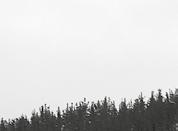




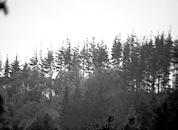




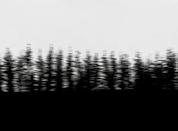




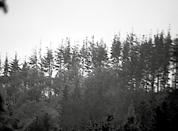




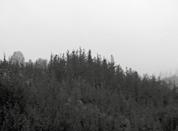




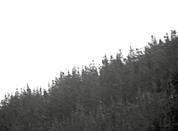




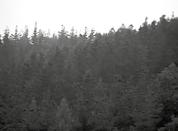




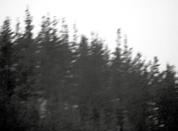




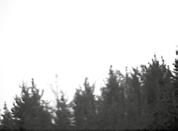




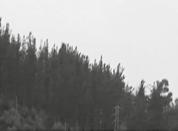




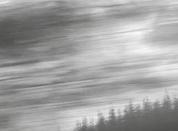




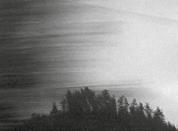

















Spruce wood and wood stain
Measurements of each board: 14 × 2 × 481 cm
Dimensions: 481 × 265 cm
The timber-slatted surface was conceived by the museum curators as a way to present archival material from various projects in the artist’s solo exhibition. Timber commonly used in DIY projects was stained in a dark color to match the floor of the exhibition hall, which has a late nineteenth-century hardwood finish.
It was originally intended as a raised horizontal platform on four trestles. This idea was discarded when the rest of the works resolved the exhibition on their own. However, a decision was made to keep it in the room as a freestanding material element, devoid of content, juxtaposed to the floor, without the trestles.
In the next exhibition, this surface was displayed as an autonomous form, in a vertical position leaning on the wall to emphasize its status. On subsequent occasions it was placed in various positions, adapting to the different architectural characteristics.
On each occasion, the surface is assembled from the boards with tongueand-groove joints. The handling of the timber during the assembly and dismantling of the surface leads to erosion and creates marks that remain visible, as consequences of its own past. After being in storage for several years, the boards have been reassembled to create the full surface, repeating the same exercise in the museum space.
Exhibited in:
1. Integration, Kunsthalle Basel, 2007
2. Disorder, Frankfurter Kunstverein, Frankfurt am Main, 2008
3. Organogramme, Fundació Antoni Tàpies, Barcelona, 2011
4. Partial View, Museo Reina Sofía, Madrid, 2023
5. Entresaka, Artium Museoa, Vitoria-Gasteiz, 2024



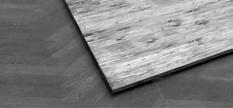

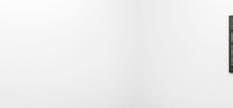
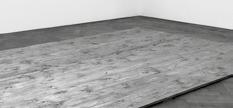

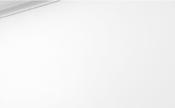
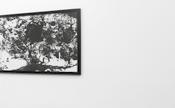
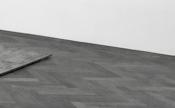
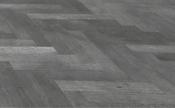
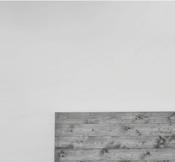


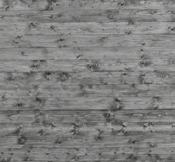
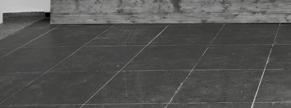


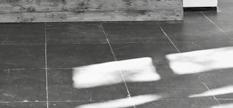
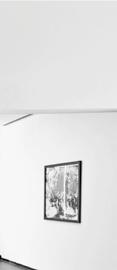


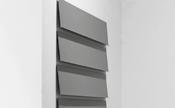
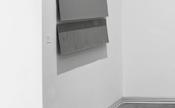
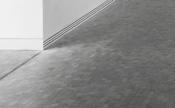
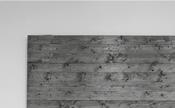

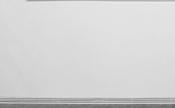
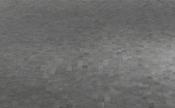

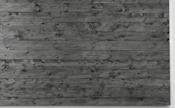
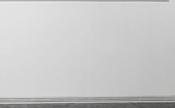
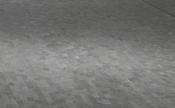
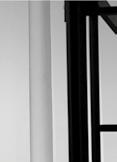
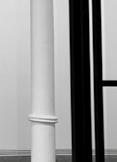
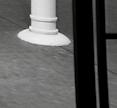
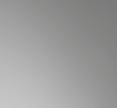

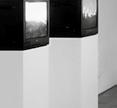
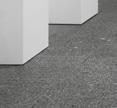

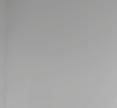

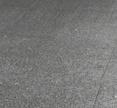
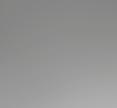

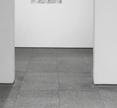
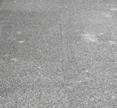


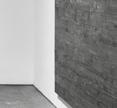
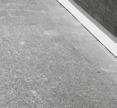
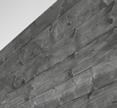
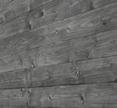

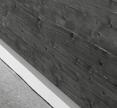


























































































Projection of 80 35mm slides
4 printed sheets, A4 format
Orographic map. India ink on onion paper, A3 format
90 screen-printed T-shirts
Project to Turn the Lemoniz Nuclear Power Plant and the Affected Lands into a Space for Public Use, 1998
Carmen Abad Ibáñez de Matauco, architect
Private collection
Untitled, 2007
Paper, cardboard, wood construction
Dimensions: 140 × 130 × 123 cm
Courtesy of the artist
Atlántida (Atlantis). Project for a Science Museum for Lemoniz Nuclear Power Plant, 2001–02
Néstor Basterretxea
Paper and cardboard construction
Museum of Contemporary Art of the Basque Country, Artium Museoa, Vitoria-Gasteiz
Banner. Printing on canvas
Measurements: 80 × 75 × 4 cm (collected)
Invited by consonni, a center for contemporary artistic practices, Ibon Aranberri’s project focused on the urban space of Bilbao, attuned to the work of other artists who had participated in this initiative since its launch in 1996. The period he was researching coincided with the changes associated with the 1997 opening of the Guggenheim Museum that substantially transformed ways of living in and understanding the city. The proposal involved revisiting the archetype of the contemporary city, taking the anachronistic setting of the Lemoniz nuclear power plant as a line of flight.
Located on the coast of Bizkaia, twenty kilometers as the crow flies from the city center, the nuclear power plant—which was never switched on—forms part of the industrial and social landscape that transformed the region in the second half of the twentieth century. Its construction—in line with a developmentalist economic model committed to industrial growth, increasingly dependent on energy supply—sparked strong opposition, giving rise to a social and cultural movement against the nuclear plan and in favor of protecting the environment and the identity of the region. In addition, the actions of ETA, with a campaign of harassment and deadly attacks against the plant, and the start of the transition period strengthened the political decision to declare a moratorium on the proposed nuclear projects. The plan came to a standstill in 1984, but the infrastructure—neglected and half-forgotten on the map— maintained a palpable emotional and symbolic weight.
The year 2000 came at a time of relaxation and optimism that seemed to offer the right conditions for revisiting this scenario with a certain critical distance.
It also offered the opportunity to implement elements of collective analysis and social participation. In this spirit, the idea was to revisit the physical site of the power plant as well as the enduring imaginary associated with it, through present-day points of view and forms of mediation such as drawing figurative maps, moving bodies in response to past events, a fireworks choreography designed for the site, visual reinterpretations of the iconography of the past, and graphic documentation (both reissued and specifically generated).
Three years after the official opening of the Guggenheim, the juxtaposition of the site, the industrial ruin, and the social mass was intended—the artist said—as a form of reparation and learning that drew on complex and traumatic elements. The proposal was suspended due to certain circumstances, but over time the images that had been created and the archives that had emerged during the process took on a meaning of their own. After several attempts, a projection of eighty slides in the form of a dynamic loop was completed. Thus, this visual narrative is presented in a different order each time.
Near the projection in the exhibition space, there is a heap of T-shirts originally intended to be offered to visitors. They had been stored in boxes without ever being used. They altered and combined commercial iconographies and graphics from the social opposition movement, emulating the concentration of a social mass in the open landscape that, once it ceased, never came to pass.
The content and appearance of this installation has been modified the few times it has been shown in public. It has also taken on a different title with each new staging, in a progressive revision of its narrative. On this occasion it is temporarily accompanied by three borrowed scale models, produced by different people, that propose interpretations and future uses of the Lemoniz nuclear power plant. They represent projects for the recovery and reuse of the infrastructure, which from to time to time are proposed but fail to crystallize. The models of these three projects have been sculpturally modified by Ibon Aranberri in various ways with the use of successive layers and additional perspectives.























































































































































































































































































































































































































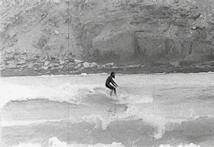
























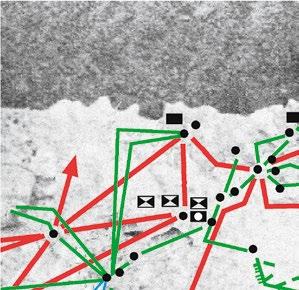

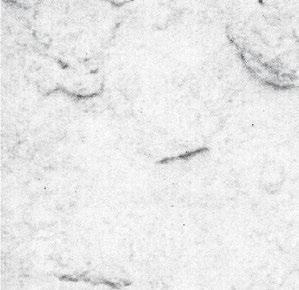
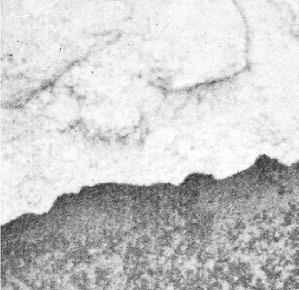
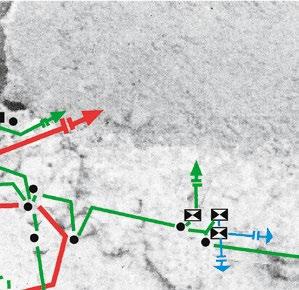

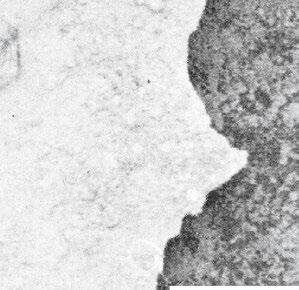
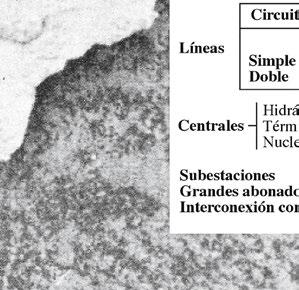


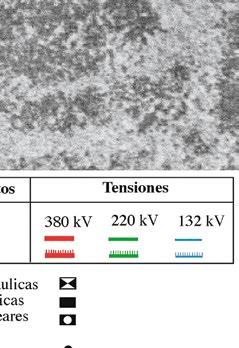
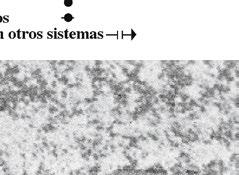






























































































































































































































































































































































































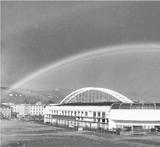








































































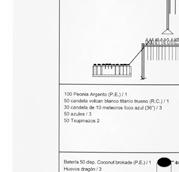

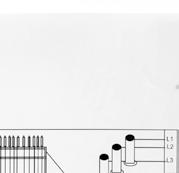
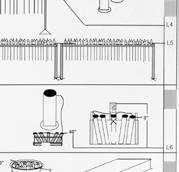


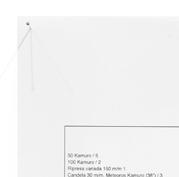


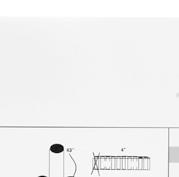

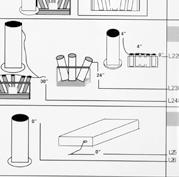

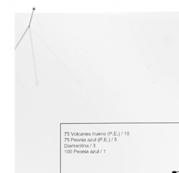
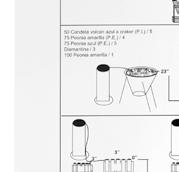
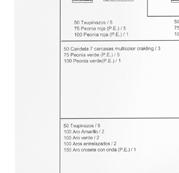
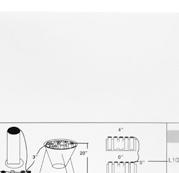
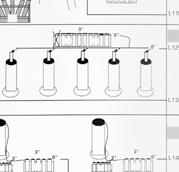
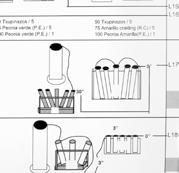



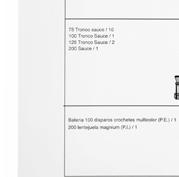
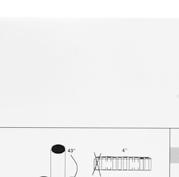

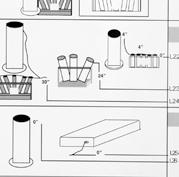
























































































































Carmen Abad Ibáñez de Matauco, 1998
These models are part of the 1998 final course project “Project to Turn the Lemoniz Nuclear Power Plant and the Affected Lands into a Space for Public Use,” as a basis for the development of a heritage park. Given that the models accompanied the development process, they are essentially working models. The project consists of two phases: Selective Destruction and Transformation. Models 3 and 4 can be dismantled to show the evolution of the building in the two phases of the project.
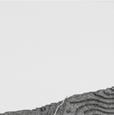
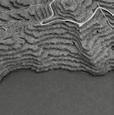

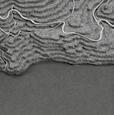

Working MODEL 1
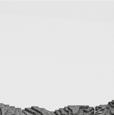
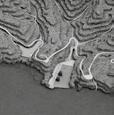


Setting of the site on the coastal strip between Armintza and Bakio
Scale: 1:10,000. Dimensions: 70 × 37 × 10 cm
Materials: cork, cardboard, wood
Made by Carmen and José Luis Abad
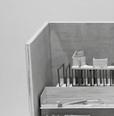
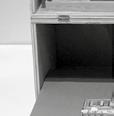
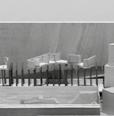

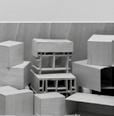
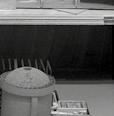



Working MODEL 3 (dismountable)
Main building: when fully assembled, the model represents the site in its current state. The removal of the pieces simulates the destruction, which is the first phase of the project. The model then becomes the ruins of the building, forming part of the landscape. On these ruins, the second phase of the project is carried out: the transformation of the administration building into a square, of the control building into a bridge building, of the north and south units into centrifugal containment and centripetal containment buildings, of the auxiliary buildings into labyrinths, of the turbine building into a sea island, etc.
Scale: 1:800. Dimensions: 62 × 45 × 15 cm
Materials: cork, cardboard, balsa wood, card stock
Made by Carmen Abad



































Working MODEL 2
Location of the site turned into a park and of the platform, which is the location of the Main Building, turned into a garden
Scale: 1:2,000. Dimensions: 86 × 72 × 15 cm
Materials: cork, cardboard, wood
Made by Carmen and José Luis Abad
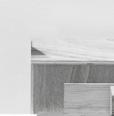

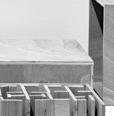
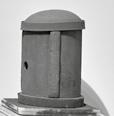
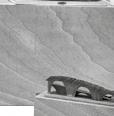


Working MODEL 4 (dismountable)

South containment building: when fully assembled, the model represents the site in its current state. The removal of the pieces simulates selective destruction, which is the first phase of the project (4 pieces). The second phase of the project is its transformation into a centripetal containment building.
Scale: 1:250. Dimensions: 26 × 26 × 36 cm
Materials: wood pulp, recycled packaging, balsa wood
Made by Carmen and José Luis Abad
Working MODEL 5
Section of the three walls of the southern part of the control building turned into the bridge building
Scale: 1:250. Dimensions: 20 × 6 × 6 cm
Materials: balsa wood
Made by Carmen Abad
Working MODEL 6
Section of the north auxiliary building turned into a labyrinth
Scale: 1:100. Dimensions: 46 × 33 × 12 cm
Materials: balsa wood, wire mesh, paper
Made by Carmen Abad
Paper, cardboard, and wood construction
Dimensions: 129 × 122 × 70 cm
Courtesy of the artist





































































This model, not created by anyone in particular, is a scaled-down representation of the nuclear power plant site as it would have looked once the work was completed, in the late 1970s. Interpreted in general terms based on existing models and plans, it shows the external appearance of the completed infrastructure, located in the bay that had previously been filled by earthworks.
Over time, the industrial components of the power plant have degraded, some elements have been dismantled, and plant life has taken over the open spaces. Despite occasional media announcements about new projects and various interests, the reality of the existing scene still prevails, as a trace of its own past. The materiality of the ruin persists in time, as a surface on which speculations are marked out.
The nuclear power plant site, unoccupied for decades, has generated its own image. In this sense, it has consolidated itself as a possible setting that reveals its memory and determines future hypotheses. The blue plexiglass casing placed upside down over the model posits a reversible alternative between the transparency and opacity of a saturated sky, generating a dual effect, part idyllic nature and part dystopian fiction.
Atlántida (Atlantis): Project for a Science Museum for the Lemoniz Nuclear Power Plant, 2001–02
Néstor Basterretxea
Paper and cardboard construction
Dimensions: 172 × 74 × 44 cm
Museum of Contemporary Art of the Basque Country, Artium Museoa, Vitoria-Gasteiz














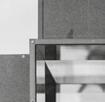
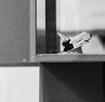














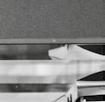















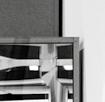
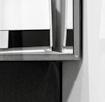







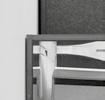
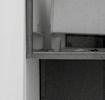

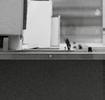
This model, created as a promotional image by Basque artist Néstor Basterretxea, was the first materialization of the project commissioned by the provincial council in collaboration with the university.
The Atlántida project proposed turning the structure of the nuclear power plant into a thematic park, and implementing it as a city of energy, science, technology, and the environment. The design was expressed in sketches first, and then in geometric volumes showing the architecture transformed into a sculptural concept. An enclosure was to cover the entire nuclear power plant structure, with a façade of approximately 54,000 m2 of white stone, glass, and stainless steel.
According to the proposed plan, Ciudad de Atlántida (City of Atlantis) would revolve around the emblematic building, with energy as the unifying thread and the nuclear power plant as the main element, and with a science and technology museum, an educational and training center, a theme and leisure park, astronomy and hospitality, a science park, a business incubator, an environmental center and space set aside for energy generation.
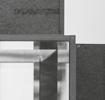
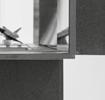
















































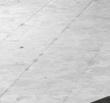
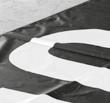
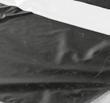
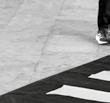

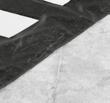

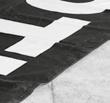


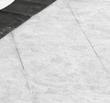
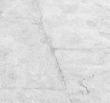








Mirando a Madrid desde la distancia (Looking at Madrid from a Distance), 2000–2024
72 framed 35mm slides, on a light box
This slide captures the moment of an improvised journey to the outskirts of Madrid, in response to an invitation to present projects in the context of the city’s public space.
The image reproduced here shows the artist in the shade of several trees, looking at the horizon through binoculars. Based on the direction he is facing, we deduce that he can see the city skyline in the distance. This movement can be interpreted as taking up a particular position in relation to the city. The fact that he is on the outskirts and looking from a distance suggests an ambivalent relation with the metropolis, perhaps as a result of misapprehensions and conflicting emotions.
The fragile slide—which has survived as one of a few existing images—has been stabilized and reproduced in order to update it as a pretext seeking to change its nature, shedding its original status as document.
The seventy-two copies of the same slide cover the surface of a light box, recreated here in its new role as a lamp that stands out in the exhibition. The light box, with the slides mounted on its external surface, generates an abstracted scene that becomes a focus within the museum space. The material fragility of these images—which will gradually fade as a result of prolonged contact with the light of the box—is in line with the transience of an action barely represented in time.
Over the course of several decades, the city’s inexorable sprawl swallowed up the site where the photograph was taken, and today it is no longer possible to identify the actual place.










Protopaisaje (Protolandscape, working title), 2003
Five analog photographs, b/w, gelatin silver prints on baryta paper Dimensions: 73 × 94 cm (each)
Photographs taken with no specific purpose by artist Ignacio Sáez while exploring inside the prehistoric cave. A printed map was handed out in advance, with the notice and instructions for walking to the site. The blanket of snow that had fallen the day before changed the perception of the landscape, causing participants to pay notable attention to the surrounding nature. The black-and-white photographs capture a timeless, almost archaic scene, in which the dark figures against the white backdrop mimic the chiaroscuro of the vegetation, the rocky hollow, and the stream flowing past it. The negatives taken on that excursion have been enlarged for the first time, and the views have been placed in a vertical sequence on the walls of the museum.

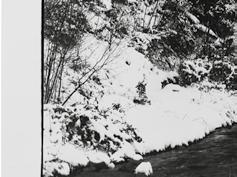

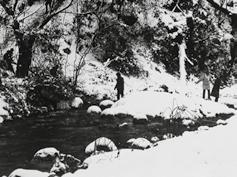




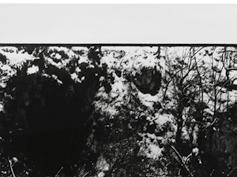




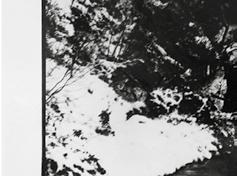
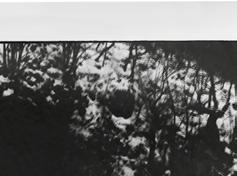
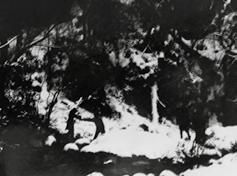

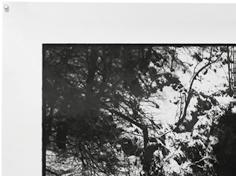
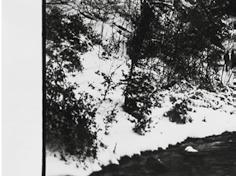






















Cataphoresis-treated steel, galvanized steel, and wood
21 modules (11 units of 100 × 175 × 5 cm, 10 units of variable sizes)
4 galvanized steel beams:
10 × 610.5 × 10 cm
10 × 597 × 10 cm
10 × 500 × 10 cm
10 × 296 × 10 cm
26 wooden slats: 3 × 104 × 9 cm (each)
34 wooden blocks: 3 × 9 × 9 cm (each)
Museo de Bellas Artes de Bilbao. Acquired in 2019
The metal sheets stand out against the granite floor. They are spaced apart and scattered over the surface of the exhibition hall. In a previous version they were stacked together in two blocks, arranged as they would be for commercial supply.
Some of the elements (half) are whole rectangular modules of the same size. Others have one or two irregular sides, with the metal surface outlining the relief of the rock—a different pattern in each case. One of the whole modules has a circular opening in the center, its diameter spanning almost the entire width of the surface. In another, integrated hinges and a lock protrude from the inside. All the modules in the room rest on wooden slats and rectangularsection blocks that lift them slightly off the floor.
Some parts show the wear and tear of the passing of time, with rusty corners and slight distortions of the surface. The matte, opaque black is covered by a whitish layer, which results from the lime deposits caused by rainwater running down the surface after falling through the limestone of the promontory where the cave is located.
There are also four square-section galvanized beams of different lengths, placed parallel to each other. Their ends are cut and capped at different angles, according to the slant of the rock at the point of contact, with a groove in which to embed the nuts of the eight threaded rods inserted into the walls, which held up the whole assemblage.
These modules and beams formed part of the structure that sealed the entrance of a prehistoric cave for almost two decades. The closing structure was dismantled when circumstances changed over time, returning the cave to its original state.
There is no rational explanation for the action of closing a cave. It was the consequence of an inner search, when the artist had temporarily distanced himself from the city where he had made his previous works. The rapid transformation of cities in the postindustrial era seemed to open up opportunities to expand artistic projects. However, the limitation of these aspirations soon became clear, with the tendency for ideas to be subjected to consensus and faced with the regulated and increasingly restrictive uses of public space.
…
The determination to probe, measure, and physically disrupt the status of the caves can be understood as an attempt to find a counterpoint to technical and social codes in the natural environment. After studying the various existing regulations and taking advantage of bureaucratic gaps, the closure of the cave was negotiated with the authorities. As a result, one of the caves that had been explored was made inaccessible. It was closed off to humans without obstructing the habitat inside. At the same time, the terrain could not be altered due to the heritage value of the subsoil. These parameters determined the technical aspects of the structure closing off the entrance. The blackened steel surface separated the inside from outside, connecting them by means of a hole cut into the sheet, allowing bats to fly in and out. A margin around the perimeter ensured temperature and humidity levels remained the same.
Almost two decades after that action, and contrary to the original discourse, the entire structure that sealed the cave was removed, returning it to its original state. The dismantled materials were gathered up for display in disassembled form. The result has been exhibited in various settings, uncoupled from its original function. The title and the time of this work pertain to that second action. It is displayed in the museum gallery without references that could help us understand its intra-history.
The original process of closing off a prehistoric cave also generated other images, some of which can be found in this exhibition (drawings of sleeping bats, a video recorded inside the sealed cave before returning it to its original state, a series of photographs taken by artist Ignacio Sáez on an excursion through the snow to the interior of the cave days before it was closed off, etc.).

















































































































































































































































































































































































































































































































































































































































































































Graphite pencil on paper
21 drawings
Dimensions: 210 × 297 mm (each)
The dark mass of the sleeping bat reveals a vague shape, different each time. It is like a body with no fixed anatomy; it could be a solid extension of the rock supporting it.
These drawings were made as automatic memory sketches after visiting the interior of numerous caves—which are abundant in the region—following the information on the archaeological maps. The expedition was carried out in the old-fashioned way, with the artist in the role of solitary naturalist, deliberately dispensing with means of representation. No photographic cameras or image-capturing devices were used, ensuring at every turn a purely contemplative journey.
The pencil lines with no clearly defined style are now a retrospective trace of an unrecorded gaze. So we could also read the sleeping bodies of the bats as a small extrapolation of the rocky formation of the interior of the caves.
Some time later, one of the caves explored during this expedition was, after obtaining the necessary permits, deliberately closed off. Years later, the materials used for this action were removed and used to create Zulo beltzen geometria (Geometry of the Black Holes, 2019), the work that shares the space with the drawings in the museum gallery. Spatially attached to one of the corners of the room, the drawings are shown together as a group for the first time: a personal testimony of that transformative quest.









































































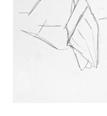
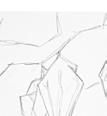
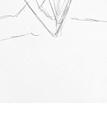
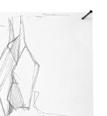
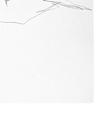

























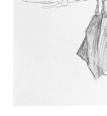
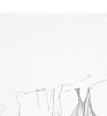

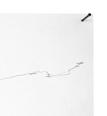
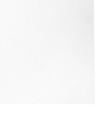
























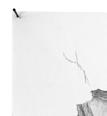
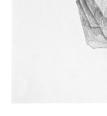

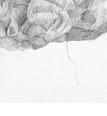
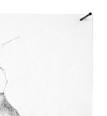

































































































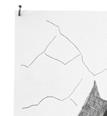
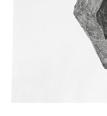
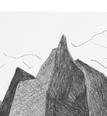

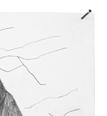
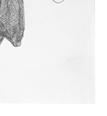




























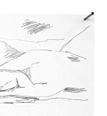
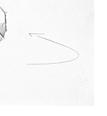

























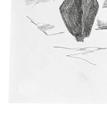



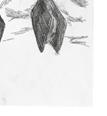

















































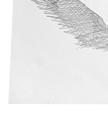
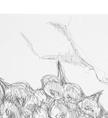
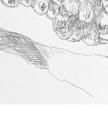


























S/T (Detour), 2011
Diameter 185 cm






















































Mar del Pirineo (Sea of the Pyrenees), 2006
Media: polyester resin and fiberglass
Dimensions: 6 modules, 244 × 122 × 35 cm (each)
Additional elements: photographic prints, log sections, etc. Colección Fundación Valentín de Madariaga y Oya-MP
This work is a three-dimensional scale model of the actual cartography of a valley transformed by the construction of water infrastructure. Its title seems to evoke a strange, fictional place—it sounds like the abstraction of a dual environment that can be both sea and mountain, blue and green. It is a reference to an actual existing site: a recreational complex built around the infrastructure that over time has lost its appeal.
Accurately reproducing the orography of the flooded valley, the six contiguous modules form the unreal place as negative space. The smooth surface of the water looks like a prairie plateau and the hills that rise in the surrounding area become dolines and hollows, like upside-down geographic features.
The synthetic neutral gray material standardizes the orographic variations. The irregularity perceived from the outside suggests a place reminiscent of an anthropological void—an imagined representation based on a model displayed on the wall as if it were a sculptural frieze. The gaps between the modules interrupt the continuity of the abstracted landscape, generating a repeated, specific progression in each case.
















































































































































































































































































































































For his solo exhibition at Parra & Romero gallery in Madrid in 2014, New York artist Lawrence Weiner (1942–2021) prepared a new statement. In keeping with his line of work, he was to graphically adapt the statement to the physical characteristics of the gallery, seeking a precise relationship in his distinctive typeface and using a vector design.
Because of his interest in linguistics, for this adaptation Lawrence Weiner decided to work with the official languages of the Spanish state, expanding the initial idea and de-hierarchizing it in order to collaborate with artists with cultural ties to those languages and a certain affinity with the methods of conceptual art. These artists were Isidoro Valcárcel Medina, working with Spanish, Antoni Muntadas with Catalan, David Lamelas with Galician, and Ibon Aranberri with Basque. Avoiding a purely literal translation of the proposed statement, each artist was asked to appropriate its polysemy and interpret its meaning in accordance with the use of words in Weiner’s practice.
The initial idea was to reproduce Lawrence Weiner’s statement PLACED SOMEPLACE WITH INTENT along with the adaptation in each of the four official languages in four versions, displaying them on each of the four walls of the gallery. The words of the English statement paired with each adaptation were graphically framed with borders the same width as the typeface. Their overlapping right angles intertwined, creating gaps and intersections. Ibon Aranberri formulated the Basque version as ASMOZ NONBAIT JARRIA
In the second part, during the exhibition, each artist added a new formalization, maintaining the idiomatic link through a text-object. Among Basque uses, which are often subject to symbolic prejudice, meteorology seemed to offer an apparently neutral field. An external lockable bulletin board fixed to the wall displayed the daily weather forecast for Madrid. First thing every morning, the glass case was unlocked and the new day’s updated forecast received by email was placed inside. Each new printed A4 sheet covered the previous ones, and was held in place by two magnets pressing against the metal base. They continued to overlap in successive layers until the last day of the exhibition.
The written weather forecasts were based on the variables used by meteorological bureaus, and sought to maintain a plausible expression. The descriptions were open to a contingent reading, given that they were written and presented without translation in a language unintelligible to most citizens of Madrid. At a time when meteorological reporting tends toward recognizable visual codes, this formulation suggested an anachronistic narrative, which today’s means would lead us to describe as perhaps more poetic than scientific writing.
In this exhibition, the two elements of Aranberri’s contribution to Lawrence Weiner’s work have been brought together again, removed from their original context. As such, they have been added to the list of works in the exhibition at the museum, with their own title and technical specifications. On the one hand, Placed Someplace with Intent / Asmoz nonbait jarria is listed as a work consisting of cut vinyl wall lettering, reproduced from the recovered file, and attributed to Lawrence Weiner. On the other, Pronóstico meteorológico de Madrid del 10/04/2014 al 06/06/2014 escrito en euskera (Madrid Weather Forecast from 4/10/2014 to 6/6/2014 Written in Basque) is listed as a lockable bulletin board containing all the forecasts, and attributed to Ibon Aranberri.
However, both elements—the glass bulletin board with the sheets of paper and the rolled-up vinyl lettering—have been placed on a shelf, away from the wall of the corridor where they were to have been displayed. Legal issues concerning ownership following the death of Lawrence Weiner and the museum’s code of ethics regarding the global geopolitical situation during the exhibition were a deterrent to the lettering and the bulletin board being displayed together, as intended. Thus, the wall remains empty, with the museum lighting maintained as planned. A sheet of paper with a draft of the text for the wall label, provisionally stuck to the wall with some masking tape, is the only reference to the idea.
Información cartela A:
Pronóstico meteorológico de Madrid del 10/04/2014 al 06/06/2014 escrito en euskera, 2014 (Madrid Weather Forecast f rom 4 4/10/2014 to 6/6/2014 Written in Basque)
Vitrina de pared de aluminio y vidrio, de medida 29 × 37 × 3 c cm, 37 impresiones de tinta sobre papel DINA4, imanes.
Aluminum and glass wall display case, measuring. 29 × 37 × 3 c cm, 37 ink prints on DINA4 paper, magnets.
PARED 1.4.4.
Información cartela B:
PLACED SOMEPLACE WITH INTENT / ASMOZ NONBAIT JARRIA, 2014
Vinilo de corte
304 × 53 cm
Cut vinyl
304 × 53 cm
Lawrence Weiner en colaboración con Ibon Aranberri
Lawrence Weiner in collaboration with Ibon Aranberri
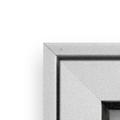
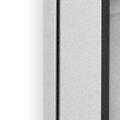
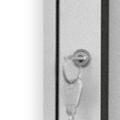
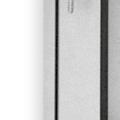
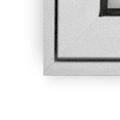
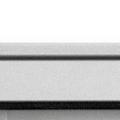
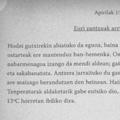
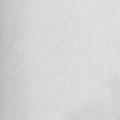
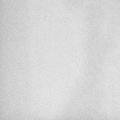
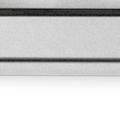

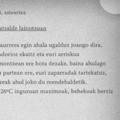
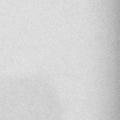
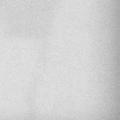
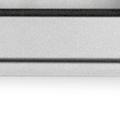

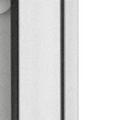
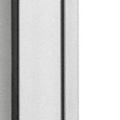

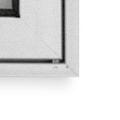
Apirilak10,osteguna
EGURALDIALDAKORRA
Lainotsuhasikodaeguna,erdietagoimailakohodeienmenpe.Ostarteakagertzekojoerahar lezakeeguerdialdera.Arratsaldeanordeahodeiaknagusitukodiraerabat,etalitekeena tartekaekaitzedotabanakakozaparradakbotatzea. Hego-ekialdekohaizea,5eta10km/oabiaduraz. Maximoak,27ºC.
Apirilak11,ostirala
EURIZAPARRADAKMENDEBALDETIK
Lainoetaostarteaktxandakatukodiragoizeanzehar.Arratsaldean,erdimailakoeta goi-hodeiakagertukodira,batezeremendialdean,tartetakoeuriaetaekaitza erakarriz.Giroaldakorragainontzean:lainoakugalduzhego-ekialdetik, noizbehinkakoeurijasakeragingodituhan-hemenka. Horrelaeutsikodiogauparteanere.
Tenperaturakbeheraegingodu,bainaezdaaskoigarriko.25ºcinguruan.
Apirilak12,igandea
Zaparradakarratsaldeanetaekaitzukitua
Asteburuarenhaseraipar-haizearenetorreraktenperaturarenhozteaekarrikodu, nahizetaorokorreanerkidegoarengehienean20ºCgainetikobatazbestekoaniraun. Erdietagoi-mailakohodeiekinargitukoduegunak.Ostarteknabarenduzjoangodira goizeanzehar.Arratsaldeanordeahodeitzarraknagusituzjoangodiraetaargiuneak urrituz,horrelaeuri-zaparradaetaekaitzarriskuaaldeguztietanemangodelarik. Mendialdeanbatezere.Gauparteanerejoeraberetsuakeutsikodio.
Apirilak13,igandea EgonkorragoErramuEgunean
IgandearekinbakeanabiatukodaAsteSantua.Goipresioatmosferikoeneraginez egonkortasunanagusitudaorokorrean.Euriarriskuakuxatuta,hodeimaila aldakorrekoegunaizangodugugaurkoa.Lainotzeetaargialdiakbateraibilikodira goizeanzehar.Eguerdialderakoargiuneakpixkanakaugalduzikusikoditugu. Goizekotankeraberetsuanigarokodaarratsaldean,hodeimailaaldakorrean.Antzeko joeran,gauparteanerehodeietaostarteaktxandakatuzjoangodira.
Epeltzeraegingodugutxienekotenperaturak,erabereanmaximoakeregoraegingo du.25ºCinguruanibilikodahiriburuan.
Apirilak22,asteartea
Eguzkiaageriagoyetaepeltzejoera
Atzokoabainoegonkorragoigarokodaeguna,Atlantikotikzeharkadatorrendepresio fronteberriarenesperoan.Edonolaereestalitasegikoduzeruak,noizbehinkakoeurilardatsarenmehatxuan.Mendialdeanbehetikibilikodalainoa,girobustianeguerdi bitartean.Arratsaldeakereeuriaekarlezake,ahulaetatartekakoagertatuarren. Lainoarenondoriozgutxienekotenperatutakfreskoibilikodira,maximoakaldizgora egingodu,21º/22ºCiristeraino.Hego-ekialdetikjokoduhaizeaktartekabolada zakarrakharrotuz.
Apirilak23,asteazkena, Eurigiroamendialdean
Barealdiarenondotik,aldakorjoangodaasteazkena.Ipar-mendebaldetiksartuzaigun fronteakeurigiroaekarridiguorokorrean,han-hemenka.Horrela,goizeanzehar hodeietaargiuneaktartekatukobadiraere,arratsaldeakbustitzeraegingodu, pixkanakazaparradakugalduz.Mendialdeanbotakodusarriago,gainontzeko eremuetanhodeietaostarteekberehorretaniraundezakete.
Tenperaturadidagokionez,aldaketahandirikez,beherakojoeran,7ºCeta19ºC bitartean.Hego-mendebaldetikjokoduhaizeak,18km/oabiaduraz,tarteka astinaldiakeraginez.
Apirilak24,asteazkena
Euriasarrietaekaitzatarteka
Atlantiarfronteakbatabestearenatzetikdatoz,etabeteanharrapatukogaituztegaur, eguraldiarenokertzeaeraginez.Aldakoragerikodazerua,ostarterenbathaseran, bainageroetalainotuagoetaeuritsu.Ondoriozekaitzaereigarrikoda,mendialdean batezere.Gainontzean,etaegunosoanzehareurizaparradakbotakoditu,arratsaldez batikbat.Mendebaldekohaizeakhozkirriaetagirozakarradakartza,udaberriaren gozoauxatuz.Termometroakbeheraegingoduarinki,9ºCeta15ºCbitarteanibiliko delarik.
Apirilak25,ostirala
Eguzkia,etalainorenbat
Fronteareneraginaapaldudelarikegonkorabiatukodaegunagaur,aspaldikopartez eguzkianagusituz,nahizetahodeizirriakgerturatunoizbehinka,hanetahemen zeruazurituz.Arratsaldeakereoskarbieutsikodioetaederkijokodueguzkiak. Epelduezinikdabiltenperatura,gorena18ºCinguruanibilikoda,hotzenakbehera egingoduelarik.Haizeakipar-mendebaldetikjokodu,apal.
Apirilak26,larunbata Lainoaldietazaparrada
Joaldiaezdabaretzen,izanereerasoberribatsartukozaiguatlantikoitsasotik, arratsaldetikaurrera.Zeruagoibelduzjoangodaeguneanzehar,euritantaeta zaparradazekarrikorduakigarohala.Txartzeamendialdeannabaritukodagehiago. Eguerdialdeanaterieutsikodiohalaere.Gainontzeanhodeietaostarteak txandakatukodira,eurilardatsaeraginezhan-hemenka,hiriareniparparteanbatez ere.Horrela,hego-mendebaldekohaizeaidartuzjoangodaeguneanzehar. Tenperaturaksamurtuzdoa,pittinka,20ºCinguruankokatuzgaurkorako,hotzena ordeaezda9ºC-tikpasako.






















































Single-channel digital video projection, 13 min.
In the images filmed in the dark interior of the cave at dusk and dawn, there is a hole in a flat black surface. Due to the contrast with the light outside, it resembles a vision of a full moon. When the camera lens is focused on the background of the scene, the branches of the trees outside can be seen, moving in the wind.
Every now and then, the erratic flight of bats is silhouetted against the light, entering and leaving in the semidarkness through the hole cut from the opaque surface. When the movement stops and the camera lens is pointed at the emptiness of the hole, it tends to lose focus due to the bats flying in and out, confusing the autofocus sensor.
Previously, the panning of the camera had captured in chiaroscuro the uneven surfaces inside the cave, revealing markings, inscriptions, and graffiti. Several views of the exterior complete the sequence. The flowing stream was filmed at dusk. It is probably where the rainwater seepage ends up after percolating through the limestone. At the beginning of the video, the image of an ancient leafy tree dominates the scene in the dim light. The camera zooms in and frames the hollowed-out trunk, which can be seen through. Throughout the video, the intermittent sound of drops of water can be heard hitting the puddle on the floor of the cave—created by the erosion caused by the water itself—which at a certain point merges with the sound of the stream.
The video has been edited as a series of shots filmed outside and inside the closed-off cave. Years later, the structure that had blocked the entrance to the cave for almost two decades was dismantled, and the site was returned to its natural state prior to the closure. It is present in several of the works in the exhibition.
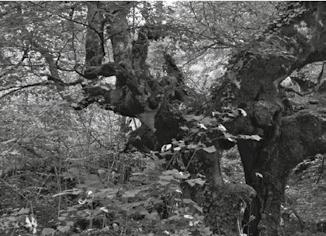


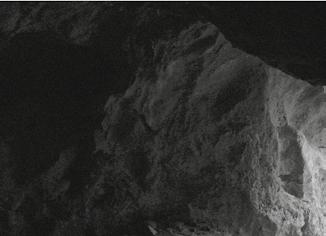

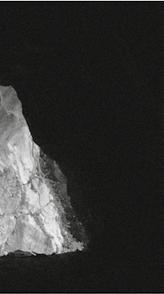
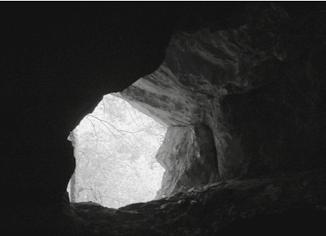


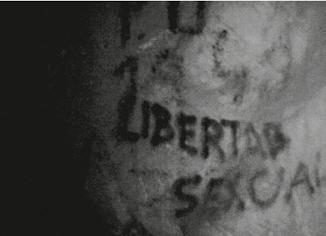


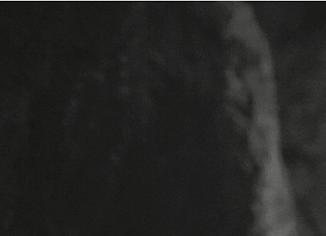

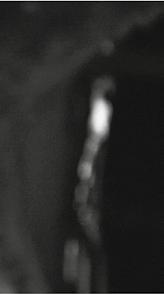


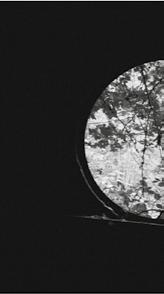
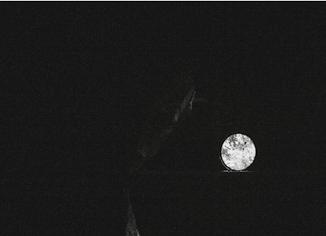

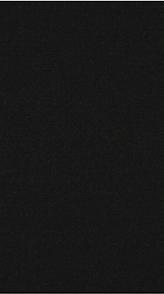
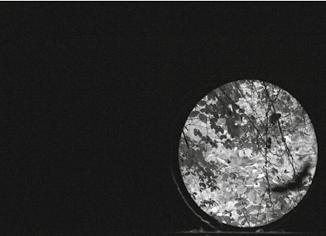


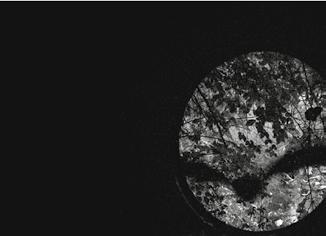

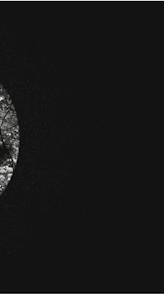
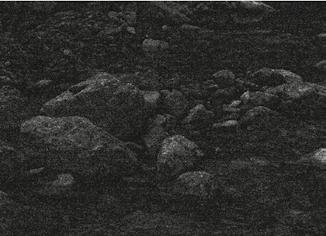

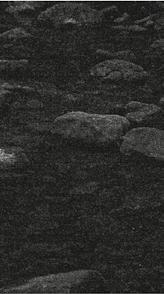
Two prints on canvas
Dimensions: 121 × 78.5 cm (each)


























































































































































































































































































































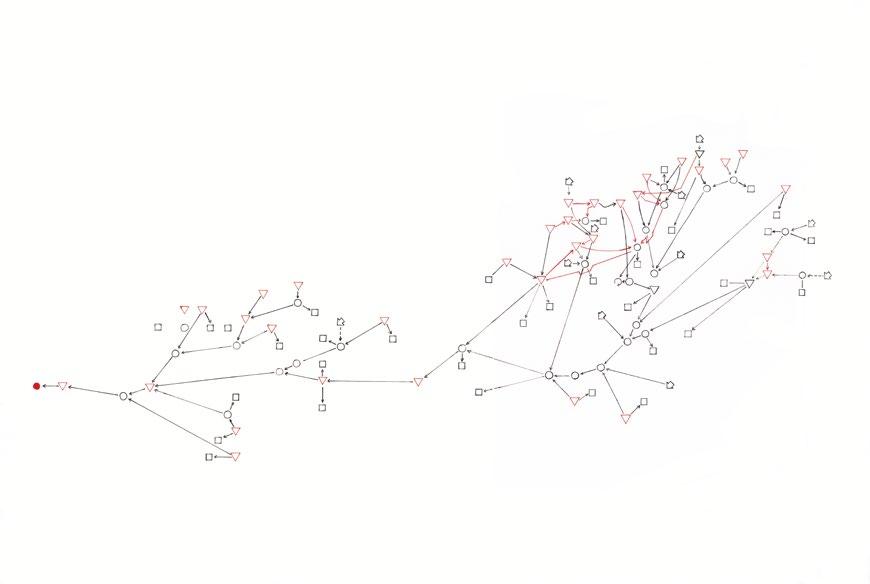
98 framed photographs
49.5 × 61.5 × 3 cm; 49.5 × 61.5 × 3 cm; 49.5 × 61.5 × 3 cm: 49.5 × 61.5 × 3 cm; 48.5 × 60 × 3 cm; 149 × 181 × 2.5 cm; 49.5 × 61.5 × 3 cm; 44 × 63 × 4 cm; 49.5 × 61.5 × 3 cm; 62 × 76 × 3.5 cm; 68 × 70 × 3 cm; 58 × 87 × 3.5 cm; 67.5 × 79 × 2 cm; 66 × 82 × 4 cm; 60 × 90.5 × 3.5 cm; 63 × 83 × 4.5 cm; 71 × 85 × 3.5 cm; 80.5 × 80.5 × 2.5 cm; 76 × 90 × 2 cm; 73 × 87.5 × 4 cm; 73 × 92.5 × 3.5 cm; 78 × 97.5 × 3 cm; 95 × 78 × 4 cm; 82.5 × 98 × 4 cm; 98 × 98 × 3.5 cm; 92 × 102.5 × 4.5 cm; 84 × 103.5 × 4.5 cm; 87 × 111 × 4 cm; 93 × 111 × 3.5 cm; 105 × 126.5 × 2 cm; 107 × 132.5 ×× 4 cm; 57 × 67 × 4 cm; 57 × 67 × 4 cm; 51.5 × 64 × 4 cm; 104 × 132.5 × 4 cm; 104 × 128 × 4.5 cm; 103 × 128 × 4.5 cm; 105 × 126.6 × 2 cm; 107.5 × 128 × 4 cm; 110 × 132.5 × 3 cm; 107.5 × 127.5 × 4 cm; 106 × 133 × 3 cm; 104 × 134.5 × 4 cm; 113 × 133 × 4.5 cm; 64 × 75 × 2 cm; 88 × 113 × 2.5 cm; 93 × 125.5 × 3.5 cm; 128 × 107.5 × 4 cm; 105.5 × 127 × 2 cm; 85.5 × 103.5 × 3 cm; 88 × 133 × 3.5 cm; 105 × 126.5 × 2 cm; 101.5 × 123.5 × 3 cm; 108.5 × 123 × 5 cm; 106 × 135 × 4.5 cm; 92 × 127 × 5 cm; 103 × 122 × 6 cm; 108.5 × 131 × 3.5 cm; 115 × 132 × 3.5 cm; 113 × 133 × 4.5 cm; 93 × 147 × 4.5 cm; 93 × 147 × 3 cm; 115 × 150 × 2 cm; 120 × 152 × 3.5 cm; 53 × 186 × 4 cm; 149 × 181 × 3 cm; 149 × 181 × 3 cm; 149 × 181 × 3 cm; 149 × 181 × 3 cm; 149 × 181 × 2.5 cm; 149 × 181 × 2.5 cm; 149 × 181 × 2.5 cm; 149 × 181 × 4.5 cm; 149 × 181 × 2.5 cm; 149 × 181 × 2.5 cm; 97.5 × 115.5 × 3.5 cm; 135.5 × 164.5 × 3 cm; 140.5 × 172 × 3 cm; 100 × 140 × 2 cm; 125 × 153.5 × 3.5 cm; 120.5 × 164.5 × 3 cm; 121 × 180 × 5 cm; 123 × 147 × 3 cm; 135.5 × 165.5 × 3 cm; 93 × 147 × 4.5 cm; 116 × 140 × 3.5 cm; 93 × 147 × 4.5 cm; 93 × 147 × 4.5 cm; 135 × 195 × 4 cm; 149 × 181 × 2.5 cm; 140 × 197.5 × 3 cm; 140 × 197.5 × 3 cm; 135 × 195 × 4 cm; 150.5 × 183 × 3.5 cm; 140 × 180.5 × 5 cm; 149 × 181 × 2.5 cm; 149 × 181 × 2.5 cm; 149 × 181 × 4.5 cm
Chromogenic print on photographic paper
Museo Reina Sofía
Through a boundless strategy of accumulation, Política hidráulica brings together almost a hundred photographs of dams and reservoirs dotted throughout the Iberian Peninsula. The emphasis on aerial views and certain framings lends a sculptural dimension to the engineering projects in the installation, embodying a factual archive that is almost unreal.
The accumulated images not only show how large infrastructures and industrialization processes definitively shaped the landscape—and our way of looking at it—but also draw attention to their role as mechanisms of appropriation and control. Thus, Política hidráulica springs from an approach that questions landscape representations as a space immune from connotation.
This series begins with an exploration of the first reservoir, which was still under construction at the time the photographs were taken. As part of the twentieth-century hydrological plan it is quite recent, and its construction gave rise to strong protests. The effects on the landscape and the anthropological effects were photographed first and foremost for documentary purposes. The camera captured the social context and actions opposing the huge infrastructure that would extinguish life in the area.
The realism of the images obtained was in line with this day-to-day space, and discouraged media coverage. However, this was the link that prompted the artist to look for the contrasting bird’s-eye view, and to approach the erasure of the place from the distance typical of images of power. As such, the photographers flew over the territory, adopting the perspective of corporate reportage.
These first photographs attempted to replicate the process used by specialists. Rather than turning to existing snapshots (from offices, etc.), there was an attempt to recreate the actual reality, using the codes of the period in which the discipline had a mission. A learning process was involved in following the technique of similar photographic reports. But the results of this approach revealed the problems involved in constructing images, insofar as the technology and ways of looking have changed over time.
For this reason, professionals were commissioned to take the photographs in Política hidráulica. Interpreting earlier instructions, they flew over each site, taking off from the nearest airfield. A methodology was thus established and the series was completed in several actions, over several years, shaping the historical sequence in reverse time.
This series of photographs is not intended to cover an entire geographical area, but rather follows the layout of the systems that have shaped resource extraction and distribution processes over the last century. The infrastructures, which are usually located in remote and unpopulated areas, produced the energy that was transmitted through power lines to the more industrialized regions, under the control of corporations.


























































































































































































































































































































































































































































































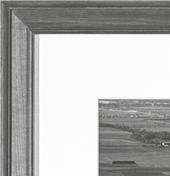
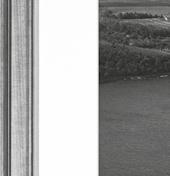
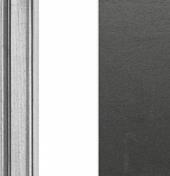

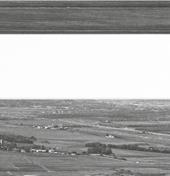

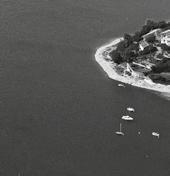
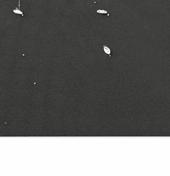
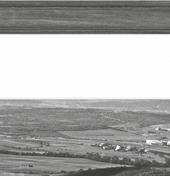
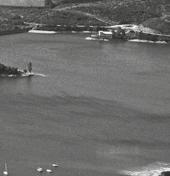
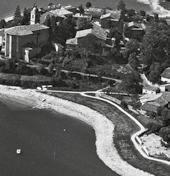
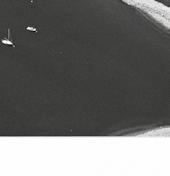

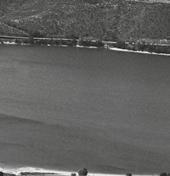
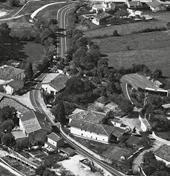
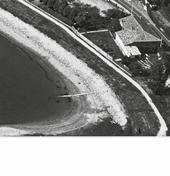

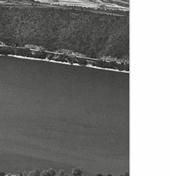
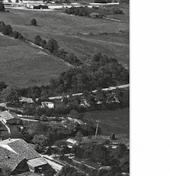
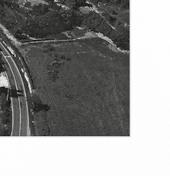





































































































































































































































































































































































































































































































































































































































































































1 sculpture-panel, made as an exhibition device for documenta 12, subsequently unused.
Dimensions: 204 × 365 × 18 cm
1 portable projection screen, adaptable. Dimensions: 200 × 200 × 25 cm
21 metal and wooden benches (7 Red: RAL-1018, 7 Green: RAL-3020, 7 Yellow: RAL-6037), based on a standard model Dimensions: 44 × 175 × 28 cm (each)
18 cork panels with enameled metal framing.
Dimensions: 189 × 103 × 3.5 cm (each). *1 of these cork panels displays a set of 120 photographs: 10 × 15 cm (each), obtained during pre-shoot preparation
6 metal and glass display cabinets: 98 × 123 × 75 cm (each)
Contents of the display cabinets:
2 metal ice axe-sculptures, with anchor bolts, based on a missing model.
Dimensions: 30.5 × 68 × 5.7 cm (each)
Metal parts, ice axe components
1 color print showing a rock base for the ice axe-sculpture.
Dimensions: 56 × 39 cm
127 b/w photocopies, with graphics including maps used.
Dimensions: 21 × 29.7 cm (each)
222 slides taken by a photographer during the shoots
42 b/w prints on acetate, with graphics including the film’s credits
Dimensions: 42 × 30 cm (each)
8 b/w photographs, gelatin silver prints on baryta paper mounted on foam board. They are views of the scenery from the film, modified with red marker.
Dimensions: 90 × 113.2 × 1 cm (each)
16mm film, color, no sound, 18 min.
The 16mm film projection consists of an accumulation of footage from a series of film exercises carried out as part of a learning process. The pretext for these tests was an attempt to make a mountain film—a goal that is inherently unattainable due to the impossibility of establishing a language structure that defines such a category.
In earlier works, the representations and journeys in the natural environment were mediated by physical elements or time frames that helped to sustain the narrative. In this case, as a separate result, the idea was to generate a brief situation—a particular relationship with the landscape—by approaching the image through common formal strategies easily identified in the archives consulted.
The young mountaineers repeatedly tried to take up the film camera to capture a series of movements and actions, with the aim of making a mountain film. The result of these exercises became the film itself, which is projected in a randomly edited loop.
Using the narrative strategies, topics, and tools that underpin this genre, images of high mountain landscapes and the movements that take place in them are projected. The projector showing the film on a loop is placed on a display cabinet—one of six arranged in a horizontal line in the exhibition room. The display cabinets contain acetates with possible credits for the film, maps, slides, and other materials relating to the process followed. A portable screen receives the projected images. Off to the side, another larger, heavier, and less flexible screen leans sideways against the wall. Several rows of stacked benches painted in three colors serve as seating for looking at the images in the room. On one side, a pile of corkboards suggests the possibility
…
of a room (such as a hiking club) in which these panels line the walls, as shown in the top panel on which photos can be seen. On top of one of the display cabinets there are eight black-and-white analog photographs mounted on cardboard, of a size similar to the width of the display cabinet. Lines drawn with a red marker show the movement followed on the film set.
All of this together makes up a multifaceted record of the languages used in representations of movement and action in rugged high country. The perspective of the fake epic style of twentieth-century film overlaps with the present-day vision of a group of young people walking up a glacier carrying old, heavy film cameras.
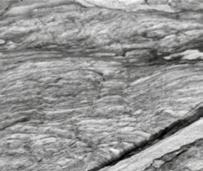

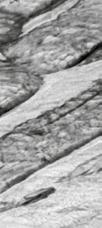


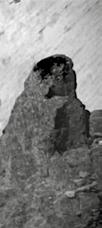
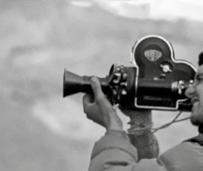




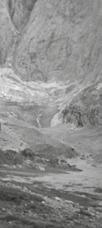
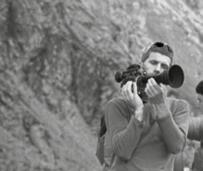

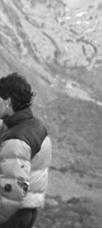
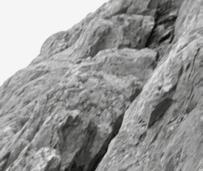

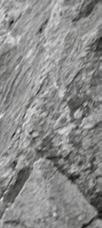
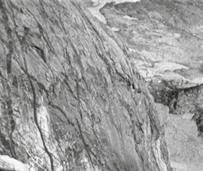

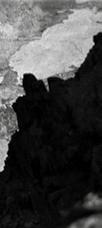
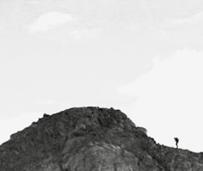

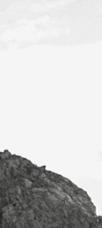
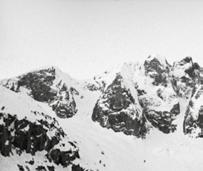

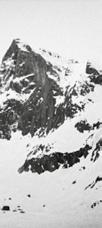



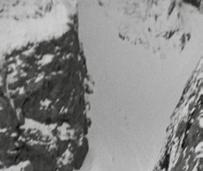


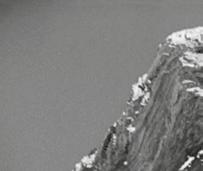

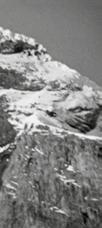







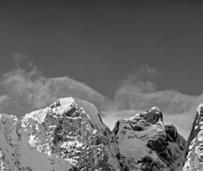

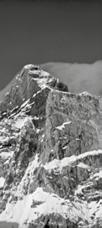
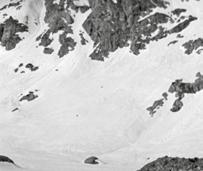

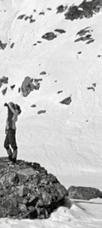


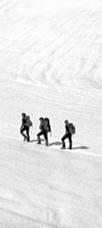
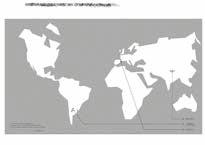


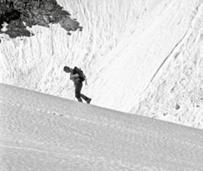

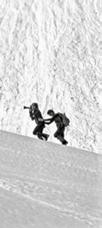
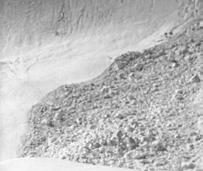

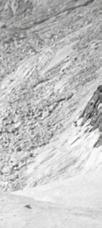
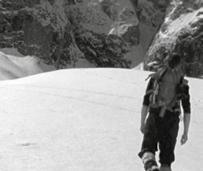

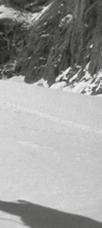



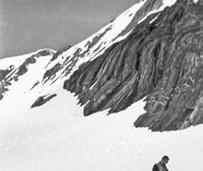

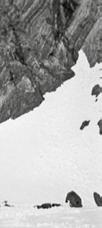
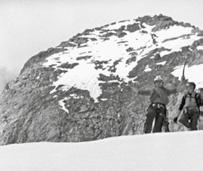

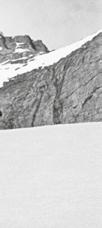




















Untitled, 1996
Lacquered steel
Dimensions: 212 × 212 × 51 cm
INJUVE Collection
Installation, 5 pieces:
Lacquered steel
Dimensions: 280 × 45 × 45 cm
Lacquered steel
Dimensions: 279 × 44 × 3.5 cm
Lacquered steel
Dimensions: 186 × 44 × 3.5 cm
Lacquered steel
Dimensions: 148 × 44 × 4 cm + 129 × 44 × 4 cm
Lacquered steel
Dimensions: 212 × 212 × 51 cm








































































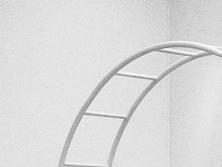
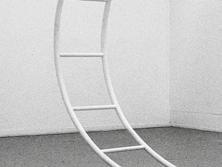

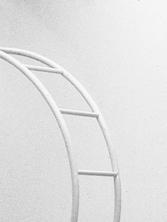
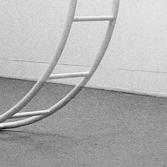








































































Cavity, 2005
Tinted northern pine platform on empty 750 ml San Pellegrino glass bottles. Variable dimensions
Following the architectural geometry of the space, empty bottles of San Pellegrino mineral water turned on their side are arranged in continuous lines. The bottles can be angled to fit the dimensions of the available space.
The area filled by the bottles is covered by a wooden platform, in which the slats are “staggered” and placed crosswise to the direction of the bottles.
The platform, approximately ten centimeters smaller on each side than the surface occupied by the bottles, follows the shape of the walls and the edges of the filled space, revealing some of the glass bottles beneath.
The raised floor, which appears to float over the bottles, is stable and solid enough to allow people to walk on the wooden surface. Underneath there is a hollow space, reminiscent of a double floor. Looking down from above, the gaps left by the bottles can be seen, revealing the actual floor of the space.
Exhibited in:
1. Galerie Isabella Bortolozzi, Berlin, 2005
2. Several Ways Out, UKS (Unge Kunstneres Samfund / Young Artists’ Society), Oslo, April 21 – May 21, 2006
3. Partial View, Museo Reina Sofía, Madrid, December 29, 2023 – March 11, 2024
S/T (San Pellegrino), 2016








































































Firestone, 1997
Single-channel video, color, no sound, 15:44 min.
Bergé Collection
The black tire keeps rolling down, suggesting that something might have happened at the top of the hill. Sometimes it veers off course, passing over natural barriers and onto the road, but as it is a low-traffic area there is very little danger. Quite a lot of force is required to throw the tire so that it will roll in a linear direction. Depending on the inertia, it can reach high speeds and become difficult to control. Sometimes two tires moving at different speeds cross each other’s paths. The hardest part is the strenuous physical effort of carrying the tire back to the starting point for each throw. The repeated descents create a loop effect, which is then reinforced in postproduction. The people who were watching also captured the action in photos and videos.






















































































































































































































































































































































Steel Forge, 106 × 64 × 150 cm
Legs, 106 × 64 × 50 cm
Sheet metal, 166 × 110 cm
Tube 1, 22 × 22 × 198.5 cm
Tube 2, 22 × 22 × 91.5 cm
Stitched and screen-printed fabric
Screen printing on T-shirts
Courtesy of the artist and Begoña Muñoz
Screen-printed T-shirts produced by the artist Begoña Muñoz for her solo exhibition basauri.nl, held at Casa Torre de Ariz museum in Basauri in 1998. Several of these T-shirts were included in the Ibon Aranberri exhibition that followed in the same space, overlapping with the works on display. The T-shirts have been issued again in collaboration with Begoña Muñoz. To recreate the original setup at Museo Reina Sofía, the T-shirts were incorporated into the sculpture Home & Country (2018), covering its base. The same T-shirts were presented as freestanding piles on the granite floor of the Artium Museoa exhibition room.































































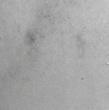
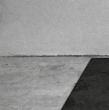

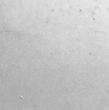
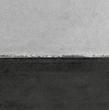


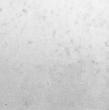
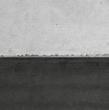
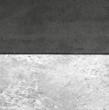
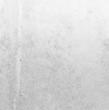
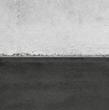
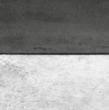


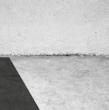
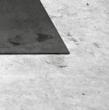































































































































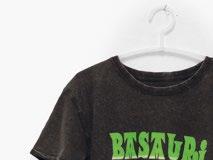
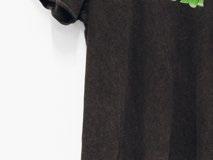
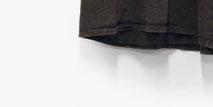


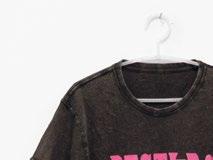

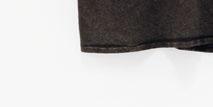


































































Dam Dreams, 2004
12 prints on paper
Dimensions: 29.7 × 21 cm (each)






























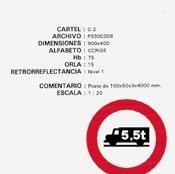




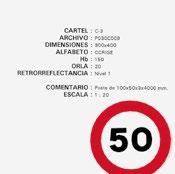

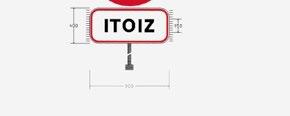


S/T (Territoire) (Untitled [Territory]), 1997–2024
Screen-printed and folded cardboard
Edition for Museo Reina Sofía: 9 pcs.
Edition for Artium Museoa: 226 pcs.
Dimensions: 100 × 80 cm (each)
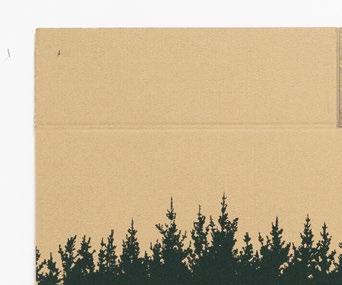
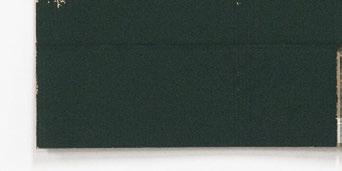
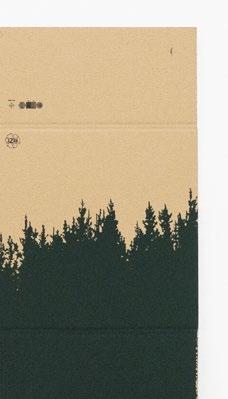

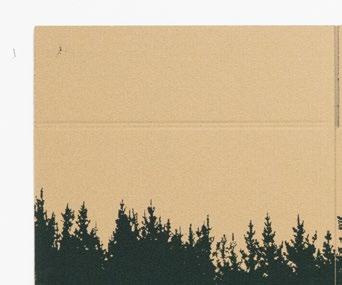
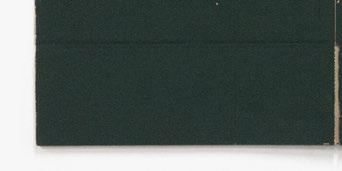


Transakzio denbora (The Timing of Transaction), 2003
Transakzio denbora: The Timing of Transaction was a closed-door meeting of artists and “parallel thinkers” from different geographical and professional backgrounds.
Following the closed-door discussions and after producing a post-meeting written statement, the thirty participants reflected on the role of the new aesthetic practices by establishing a new map of relationships between art and civil society. As well as participating in the discussions, several artists contributed ephemeral projects and interventions, creating forms of mediation and visual communication aimed at the public.
Donostia-San Sebastián, Palacio Miramar, 2003
Organized by Arteleku and consonni
S/T (Taula) (Untitled [Board]), 2003
30 laser-cut wooden boards. Rubber band, paper
This modified board in the shape of an oak leaf was handed out to participants as an instrument for personal use, without specific instructions. It was originally intended as a surface to support paper for taking notes during the meeting but soon found other uses, such as sampling cuisine. Later, the wooden board ended up having all kinds of domestic uses. This exhibition recovers several of those apparently spare boards with traces, erosion, and clear indications of the different uses they have been put to in the intervening time.
S/T (Retratos) (Untitled [Portraits]), 2003
Stencil portraits of the 30 participants drawn by José Antonio Iglesias Moreno “Blami” from photographs by Conny Beyreuther
These drawings were used on various graphic mediums that improvised their self-production and maintained a low-level visibility. A photomontage with beach views and the superimposed portraits of all participants was published in the media. For this exhibition, the portraits have been reprinted as stickers and pasted on a shelf in the museum in a chaotic way.

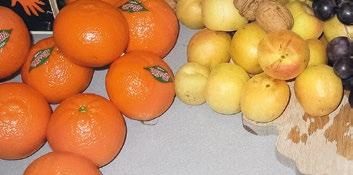
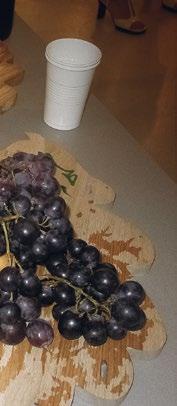
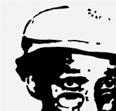
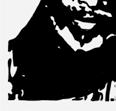


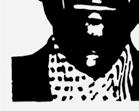

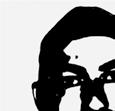
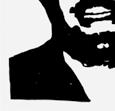

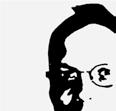
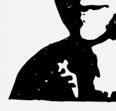

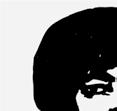


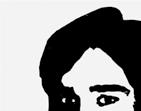


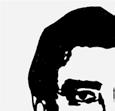
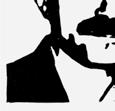

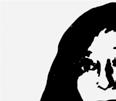
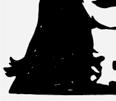
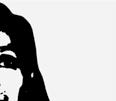
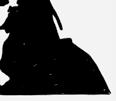
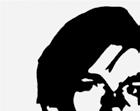



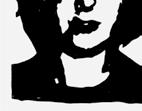

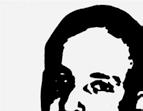
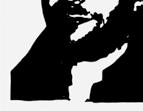

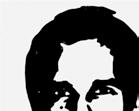
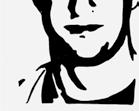

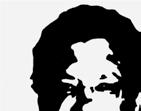


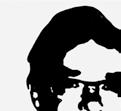



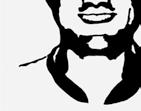

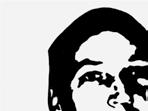
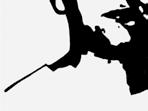

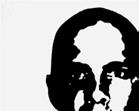
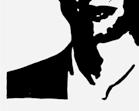

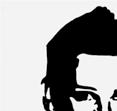
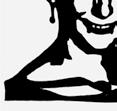

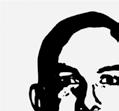
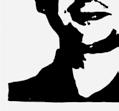

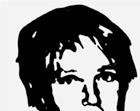
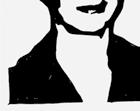

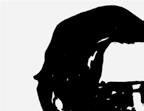


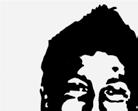



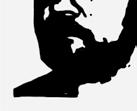

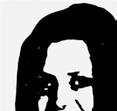



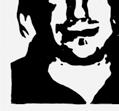

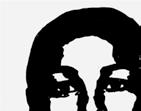
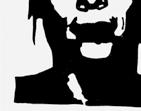

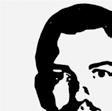
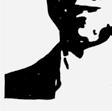


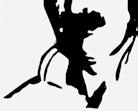

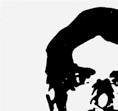
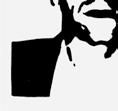
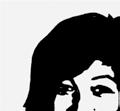
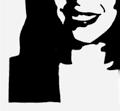


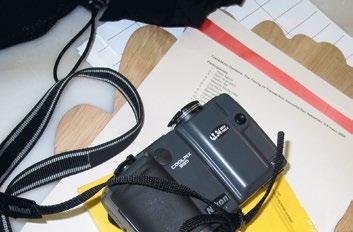


S/T (Blackout), 2003
Laser-cut lacquered steel: 5 pcs.
Dimensions:
91 × 67 cm (RAL 9005)
67 × 40 cm (RAL 6029)
96 × 69 cm (RAL 3020)
70 × 81 cm (RAL 1018)
73 × 69 cm (RAL 3020)








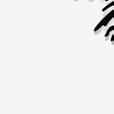







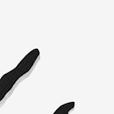
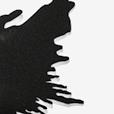















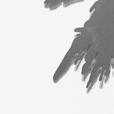
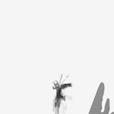
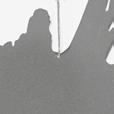
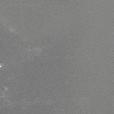
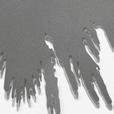


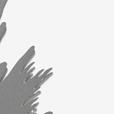

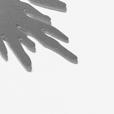










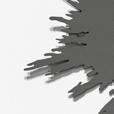

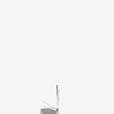
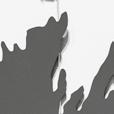
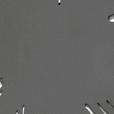
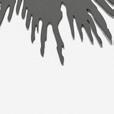

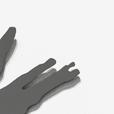










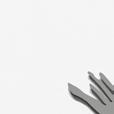

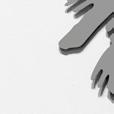




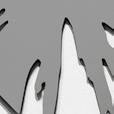
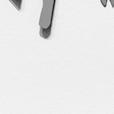


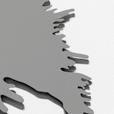
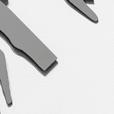
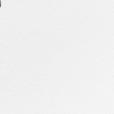









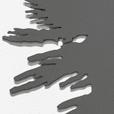


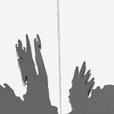

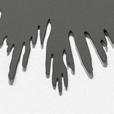


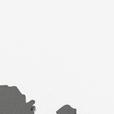
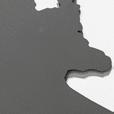
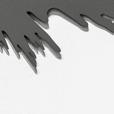


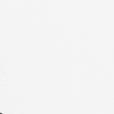
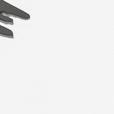
Untitled, 2005
107 analog color prints
Dimensions: 20 × 13 cm
Single edition
A shelf placed over the wall of the exhibition hall corridor holds a large number of photographs of surfaces of water. The photos were taken as a spontaneous record while visiting dams and reservoirs scattered through the land. Thus, this series is a kind of intimate counterpoint to the production of larger-scale images in the work Política hidráulica (Water Policy, 2004–10).
The almost monotonous images form a color chart of different shades of blue, each one slightly different from the others. There are very few indicators of place, beyond the flat expanse of water that fills each photograph. A more detailed color analysis shows that the dominant blue includes shades of brown, probably due to the effect of the clay soil deposited at the bottom of the bodies of water.
The photographs have been stacked in a pile, so that only the top image is visible. One surface is superimposed over the others, creating a continuous succession of layers.


































































































































































Piedra e intersección (Stone and Intersection), 1994
Polyester resin and fiberglass
Dimensions: 64 × 40 × 43 cm
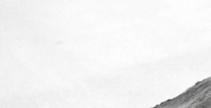
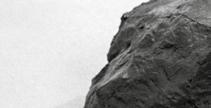
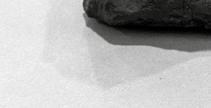
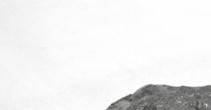

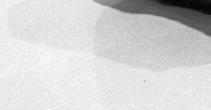

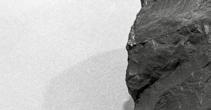
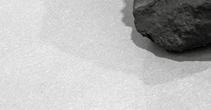
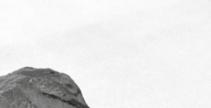
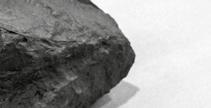
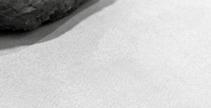
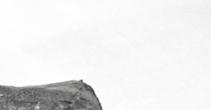

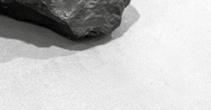
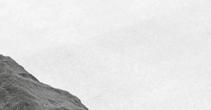
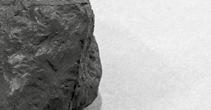
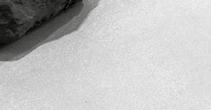
Charcoal, graphite, wax crayon, crayon, conté pencil, sanguine, India ink on tracing paper
Dimensions: 110 × 86 cm; 110 × 71 cm; 110 × 79 cm; 110 × 106 cm; 153 × 110 cm; 110 × 101 cm; 101 × 44 cm; 145 × 110 cm; 150 × 110 cm; 147 × 110 cm; 138 × 110 cm; 164 × 110 cm; 154 × 110 cm; 142 × 10 cm; 143 × 110 cm; 145 × 110 cm; 190 × 110 cm; 150 × 110 cm; 230 × 110 cm; 210 × 110 cm; 156 × 52 cm; 185 × 110 cm; 136 × 110 cm; 200 × 58 cm; 200 × 110 cm; 110 × 93 cm; 210 × 110 cm; 152 × 60 cm; 230 × 110 cm; 135 × 110 cm; 120 × 110 cm; 95 × 100 cm; 135 × 110 cm; 110 × 110 cm; 124 × 110 cm; 90 × 92 cm; 97 × 85 cm; 110 × 95 cm; 10 × 87 cm; 65 × 110 cm; 110 × 113 cm; 186 × 110 cm; 117 × 110 cm; 128 × 110 cm; 110 × 90 cm; 110 × 61 cm; 110 × 92 cm; 124 × 110 cm; 110 × 63 cm; 110 × 110 cm; 110 × 138 cm; 183 × 110 cm; 145 × 110 cm; 163 × 110 cm; 110 × 83 cm; 140 × 110 cm; 194 × 110 cm; 140 × 110 cm; 217 × 110 cm; 175 × 110 cm; 205 × 110 cm; 200 × 110 cm; 150 × 110 cm; 200 × 110 cm; 200 × 110 cm; 130 × 110 cm; 130 × 110 cm; 120 × 110 cm; 96 × 110 cm; 160 × 110 cm; 113 × 110 cm; 110 × 100 cm; 110 × 86 cm; 113 × 110 cm; 110 × 110 cm; 135 × 110 cm; 104 × 110 cm; 126 × 110 cm; 128 × 110 cm; 110 × 90 cm; 120 × 110 cm; 110 × 123 cm; 103 × 110 cm; 110 × 107 cm; 110 × 100 cm; 130 × 110 cm; 106 × 110 cm; 145 × 110 cm; 113 × 110 cm; 110 × 110 cm; 90 × 110 cm; 110 × 90 cm; 110 × 93 cm; 110 × 75 cm; 152 × 110 cm; 114 × 110 cm; 110 × 88 cm; 112 × 110 cm; 110 × 119 cm; 110 × 87,5 cm; 110 × 89 cm; 110 × 98 cm; 110 × 80 cm; 83 × 110 cm; 103 × 110 cm; 110 × 82 cm; 110 × 70 cm; 110 × 110 cm; 110 × 87,5 cm; 110 × 97 cm; 110 × 103 cm; 110 × 106 cm; 110 × 116 cm; 110 × 110 cm; 110 × 83 cm; 78 × 110 cm; 110 × 120 cm; 110 × 104 cm; 110 × 82 cm; 100 × 110 cm; 110 × 88 cm; 110 × 104 cm; 58 × 110 cm; 50 × 62 cm; 42 × 110 cm; 53 × 110 cm; 46 × 110 cm; 42 × 110 cm; 70 × 110 cm; 114 × 110 cm; 110 × 93 cm; 95 × 110 cm; 107 × 97 cm; 110 × 73 cm; 110 × 78 cm; 110 × 91 cm; 110 × 89 cm; 62 × 85 cm; 61 × 84 cm; 110 × 92 cm; 110 × 82 cm; 62 × 86 cm; 110 × 93 cm; 49 × 79 cm; 78 × 60 cm; 52 × 67 cm; 43 × 55 cm; 110 × 95 cm; 110 × 42 cm; 110 × 38 cm; 33 × 110 cm
Collection of San Telmo Museoa, Donostia-San Sebastián. Created as part of the Museo Bikoitza / Double Museum program
This installation, scaled to fit the room, is made up of numerous rubbings of tombstones on paper, made using the frottage technique.
Most of the tombstones traced have no special heritage or artistic status. They were carved centuries ago, as a marker of social distinction at burials on behalf of the new bourgeois class that emerged from the commercial boom in the local area, and thus imitate patterns of power in antiquity. As the city grew, the large number of tombstones were removed from church floors and stored in the rooms of the former convent, which became a municipal museum in the early twentieth century.
After the founding of the museum, these common tombstones were included in its inventory as an anomaly, protected as part of the city’s historical legacy. With a view to adding value to the permanent collection, the museum acquired other tombstones, which were chosen for their uniqueness and relocated from different geographical areas based on heritage preservation criteria. …
This wealth of funerary motifs shaped the museum’s collection. Over time, the initial jumble of spaces was emptied out to make room for the new services of a contemporary institution, improving circulation and increasing its versatility. As a result, many of the tombstones amassed ended up being relocated to different storerooms.
When this project was presented, the paper rubbings temporarily took over the transit areas and the space of the permanent collection. The procedures, lines, and materials used on the carved surfaces of the tombstones generated a series of images that were different in each case, thus calling into question the credibility of the means of reproduction. The same process was used on eroded tombstone reliefs, creating illegible stain-images. The rubbings scattered on the ground emulate their original position and overlap, eventually generating a continuous—arbitrary and unpredictable—image (shadow line).
In this exhibition, the rubbings are displayed on the floor of another museum, decontextualized from the original arrangement. In conversation with the other works in the exhibition, they give rise to a final image of ever-changing continuity. Moving from the hidden to the obvious, from abstraction to matter, it shows that, with the passage of time, the trend toward dematerialization means that identification with the past no longer requires a physical record, but access to the traces that remain.




















































































































































































































































































































































































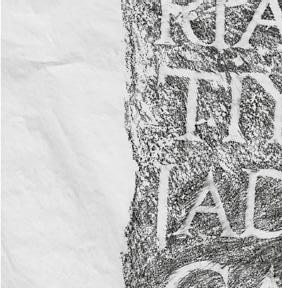
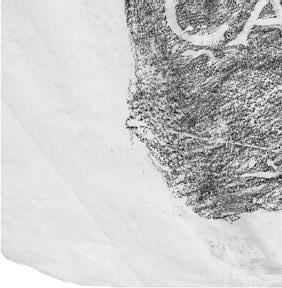


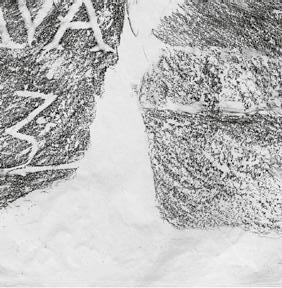

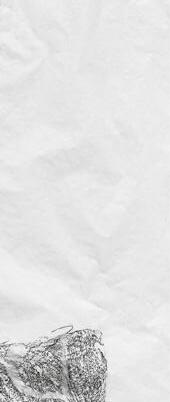





















































































































































































Modelos y constructos (Models and Constructs), 2014
Steel and polyester resin on fiberglass
This double body emerged as a result of applying the process of sculptural technique in reverse. A public bronze statue of an illustrious philosopher was used as a pretext. The sculptural form presented in the exhibition room is the negative mold, which is empty inside. Thus, this result of a process of industrial documentation deconstructs the intention of the monument through its own absence. The shell, made up of several detachable sections that are assembled together with screws, opens up the fictitious possibility of serial reproduction. In turn, the metal tube frame fitted to the outside to stabilize and reinforce the mold generates a double without any purpose, coexisting in the same room like a phantasmal presence.
Exhibited in:
1. Finite Location, Wiener Secession, Vienna, 2014
2. Galería Elba Benítez, Madrid, 2016
3 and 4. Unequal Diameters, Raven Row, London, 2023
5. Partial View, Museo Reina Sofía, Madrid, 2023
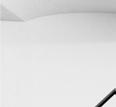

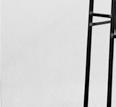
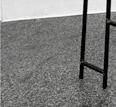
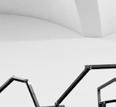
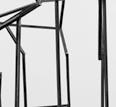
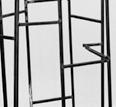
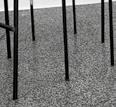


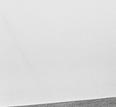
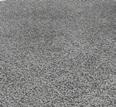
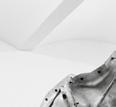
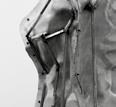


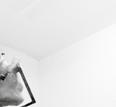
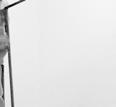
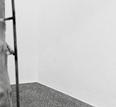











































































































































































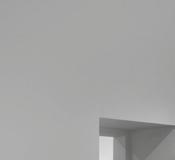
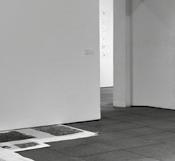

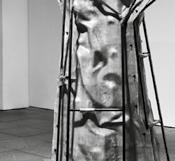

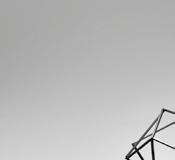

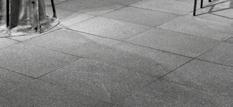
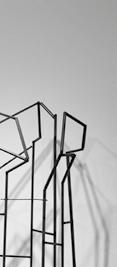
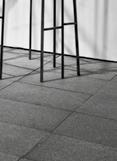
Obstáculos para la renovación (Obstacles for a Renovation), 2010–22
C-prints on wallpaper:
14 pieces, black and white, 125 × 100 cm (each)
6 pieces, color, 145 × 120 cm (each)
1 piece, color, 118 × 79 cm (each)
The numbers were occasionally printed with a standard die-cut stencil, resulting in a particular typography of uniform size. Most were painted freehand with a brush, and they lack symmetry. There seem to be no specific guidelines as to the use of color or the choice of technique. Taken as a whole, they appear to be signs from a larger plan.
In some cases, the numbers are traces of building displacements or changes that have been carried out, generally as a result of major works. They are presences abandoned at will that have not yet been erased by the passage of time. In other cases, the masonry remains unaltered in its original site, with the numbers painted on it, as if bearing witness to a failed plan that was never carried out.
The reformulation of historical elements necessarily implies a second life, in which they are stripped of their original sacred nature. In the exhibition, these modern versions of relocated “secondhand monuments” become a motif, generating new images and permutations.
Through the camera lens, as close as possible before losing focus, the numbers are abstracted and isolated from the broader overview. As such, they appear like signs without context. Depending on their position, cardinal points rather than numbers are shown on some of the key pieces of the displaced masonry. When the walls of the exhibition space are covered with the images printed on adhesive paper, the numbers and letters are rearranged, disrupting the continuity.
The occasional protection of heritage elements in the past can be compared to the philanthropic campaigns of corporations today, aimed at the limited preservation of historical and environmental assets in an attempt to transmit positive values.


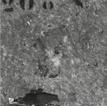
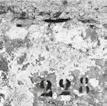
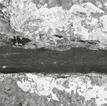
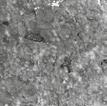
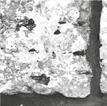
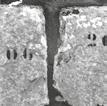
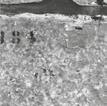
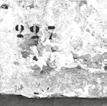
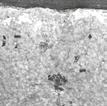
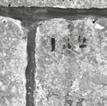

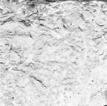
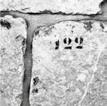
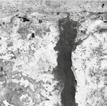
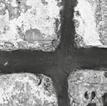
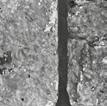


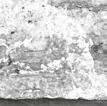

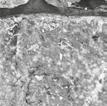



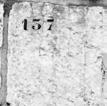
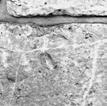

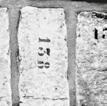



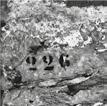
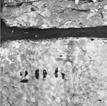
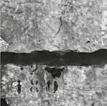
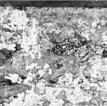


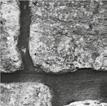
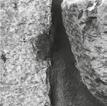
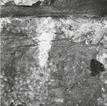


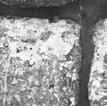
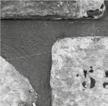
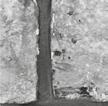
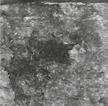
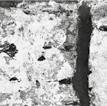

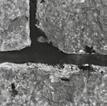


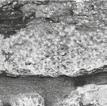
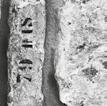
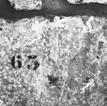



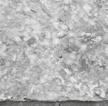
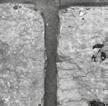
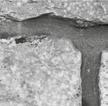




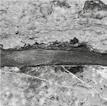

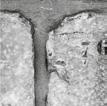

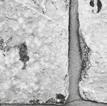
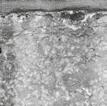
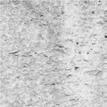

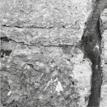
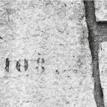
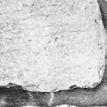
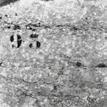
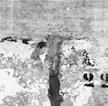
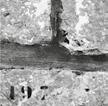

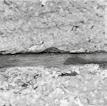
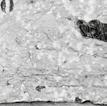
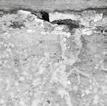


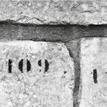
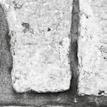
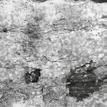


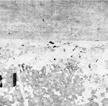
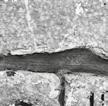
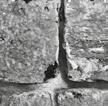
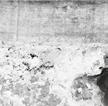
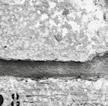



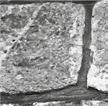

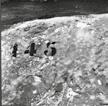
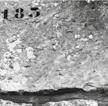
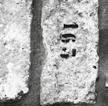
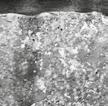

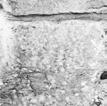
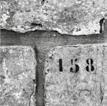

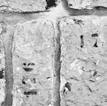

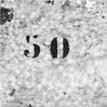
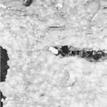
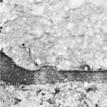

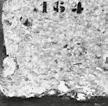
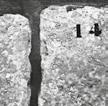


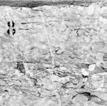
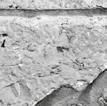
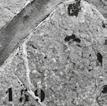


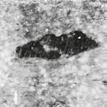
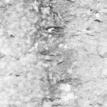
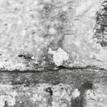
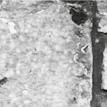
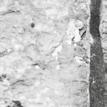
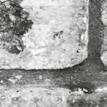








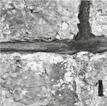
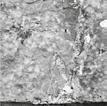
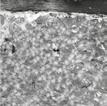









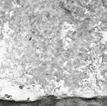
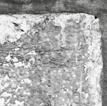


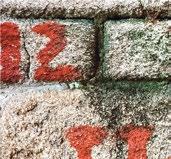
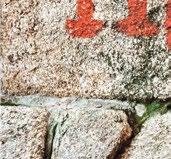
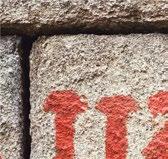


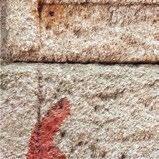
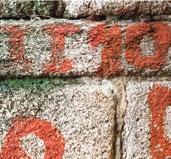
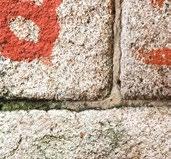

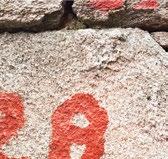
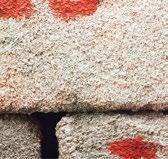

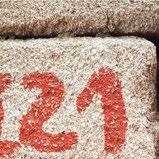
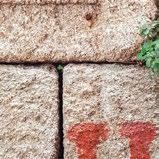



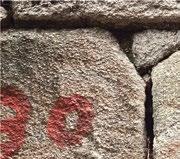
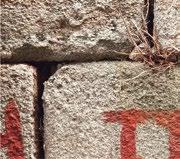

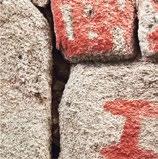
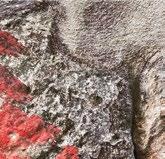


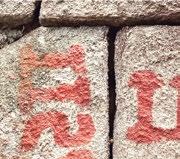
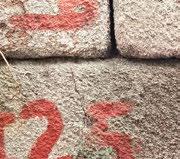

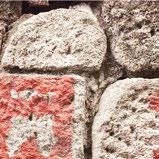
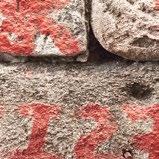


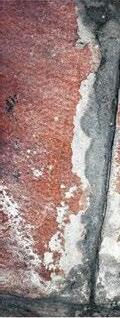

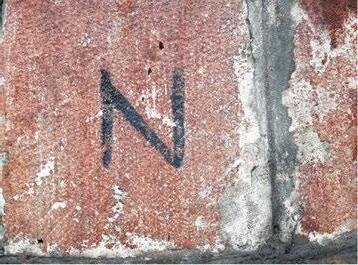

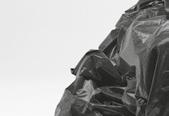


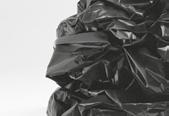
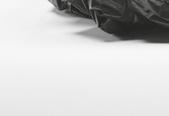
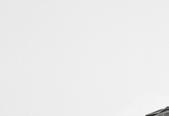
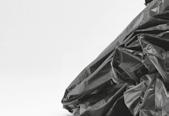


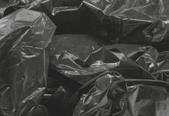
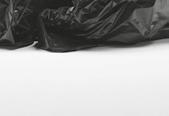
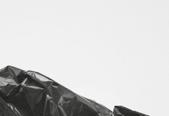

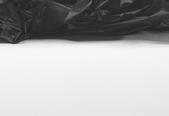
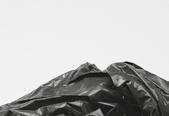

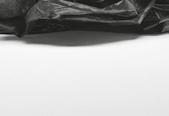


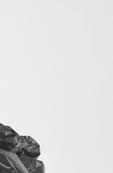

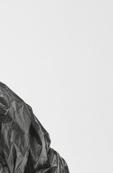
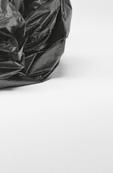
194 ink-on-paper prints (97 sheets recto and verso)
Dimensions, adjusted calendar format: 8.9 × 13.5 cm
Size of each printed sheet: 16 × 24 cm
This graphic edition emerged from graphic designer Filiep Tacq’s invitation to produce a temporary work for a wall in his studio, located in a village surrounded by forests. It is linked to Compendium, the artist’s first response to Tacq’s invitation. The two formulations coexisted ephemerally, mutually connected to each other.
The daily publication of Almanaque arose from the worktable in the studio and the need to organize the typologies and the narratives associated with the materiality of the farm tools lent by local residents following the initial call. One page was printed each day during the three-month exhibition period, in an attempt to record the fleeting nature of this intervention. The prints took the form of a calendar block, a format that was very popular in the rural world until recent times.
The front side of each page consisted of the daily information printed on traditional calendars, based on an analysis of historical trends and examples: the lunar phases, church saints’ days, sunrise and sunset times, and so on. The back of each page, written on a daily basis, contained knowledge related to the cycles of nature, oral wisdom transmitted by the valley’s inhabitants, information about endemic plants and trees, animal species spotted in the elapsed time, and social customs and special events that took place during the process. It also included descriptions of the tools and implements sourced for Compendium—mostly linked to timber extraction and processing—which were gradually gathered and displayed during the exhibition period.
In this second iteration, the calendar pages from the original intervention have been rearranged and displayed on the museum walls in the form of an uninterrupted timeline. They protrude longitudinally, creating an empty space around the central element of the tools grouped on the floor of the exhibition hall. Thus, the numbers on the calendar, which initially appear neutral, bear witness to the elapsed period of time.
258 — 2022 — 107
Sol: 7:53 a 20:28 – Luna: 23:09 a 13:20
Cuarto menguante el 17 de septiembre
Los Dolores Gloriosos de N. S.; Ss. Nicomedes, Teodoro. Ntra. Sra. del Camino, patrona de la Región Leonesa.
Un incendio ha destruido una vivienda familiar pasada la medianoche. No ha habido que lamentar daños personales, puesto que la propietaria, una persona de avanzada edad, pudo salir por sus propios medios. El dispositivo de bomberos consiguió que las llamas, que se iniciaron en la cocina, no afectaran a los edificios colindantes ni al sótano de la vivienda siniestrada, y evitaron que se propagaran a los alrededores. La casa donde se originó el fuego, una vivienda antigua de piedra y madera, situada en el centro de la aldea, ha quedado totalmente calcinada. El fuego, se inició en la cocina, y cuando llegaron los bomberos ya estaba muy desarrollado y afectaba a varias estancias de la casa. Apenas dos horas después de haberse producido el aviso, los bomberos dieron el fuego por extinguido. Iniciaron la extinción desde el interior y, tras el colapso de la cubierta, centraron el trabajo en controlar la propagación horizontal para salvar un pajar y una vivienda anexos. Una vez extinguido el incendio, procedieron a realizar labores de desescombro, refrigeración y revisión de temperatura de la zona afectada
Cotton fabric, tools, and implements on temporary loan: saw, jacks, miter saw, adze, filling blade, axe, hatchet, axe, chains, drag spike, strickle, bucksaw, gimlet, axe, saw set, pail, sickle, rasp, ropes, whetstone, mallet, etc.
This temporary intervention is directly linked to Almanaque (Almanac). Both works arose in the same space and time, in response to an invitation from Filiep Tacq.
For centuries, the economic livelihood of the valley’s inhabitants relied mainly on the exploitation of the surrounding communal woodland. With the advent of mechanization, many of the hand tools and implements associated with this way of life became obsolete and were kept for specific tasks or stored away for no particular purpose.
Some of the tools took on a second life as decorative elements inside domestic spaces—vestiges of times gone by. Often, these memory objects from the past, of no particular value, are also symbolically reappropriated by the tourist and hospitality economy.
In light of this, Aranberri collected a series of tools with the idea of holding a temporary exhibition in Tacq’s studio, located in the same area. The tools had been lent by local residents in response to a word-of-mouth request. However, the initial idea of displaying them as if in a mock museum was discarded, and in the end they were not hung on the walls. Instead, they were grouped together and scattered around the worktable in the studio for the duration of the intervention. In this improvised layout, a space was cleared so that the daily publication of the Almanaque calendar pages could take center stage.
Once the intervention had ended, each tool was photographed against the backdrop of a white sheet spread on the ground, before being returned to its owner. This approach is reminiscent of the methods of early twentiethcentury ethnographic studies in which frequent visits were made to rural areas to document their customs and material culture.
Echoing this gesture and thanks to the generosity of the residents of the village, the tools are now presented as a single group on the white sheet in the exhibition space at the museum.


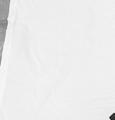

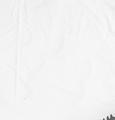
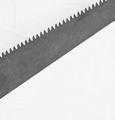
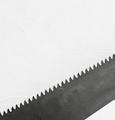

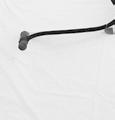
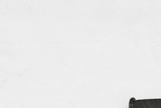
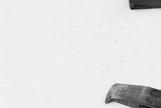


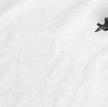

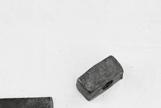
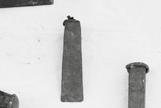
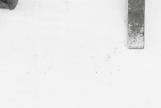


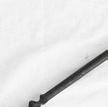
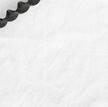

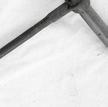
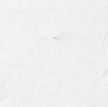
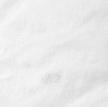
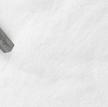
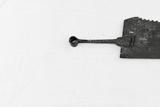



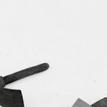
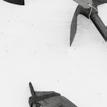
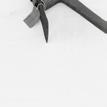
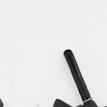
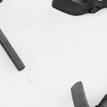
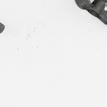
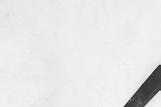

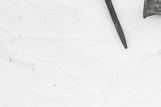
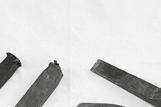
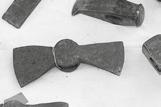
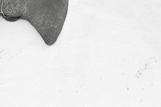


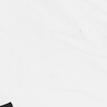

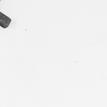
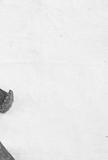
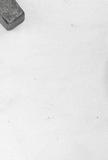
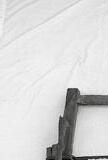
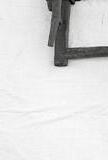
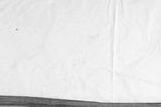
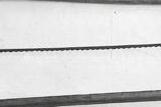

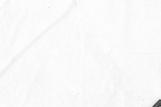
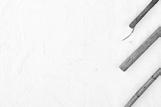
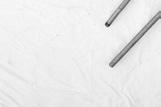

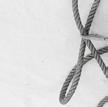
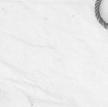
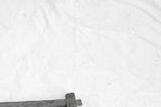
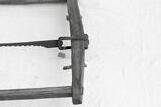
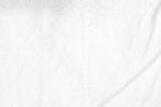
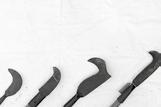
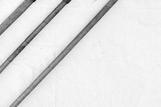
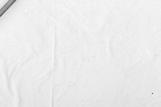


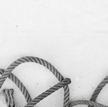
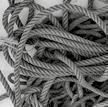
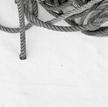
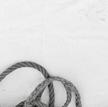
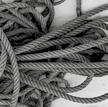
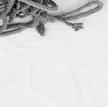
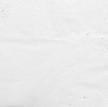
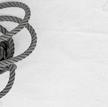
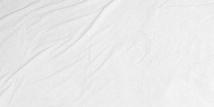
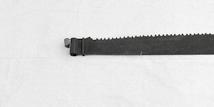
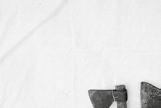
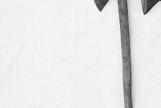
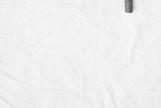
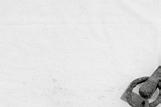
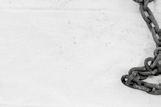
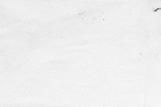

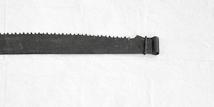
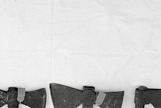

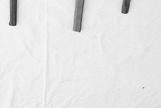
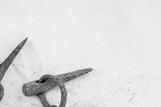
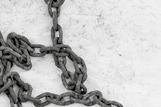
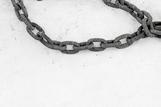
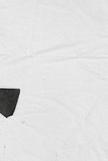
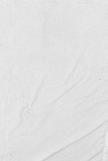
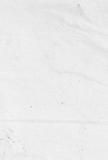
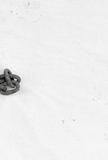
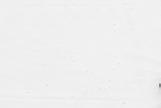
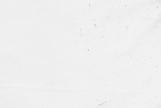
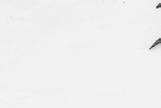
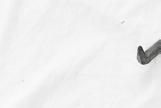

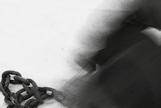


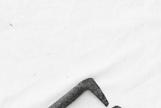
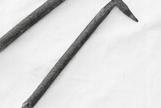

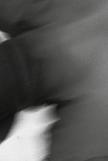
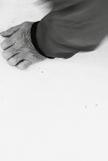

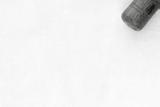
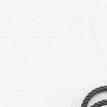
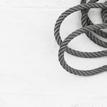
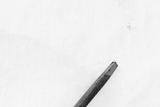
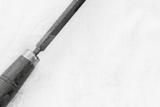

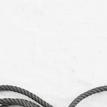
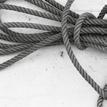
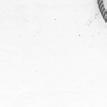
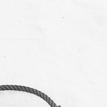
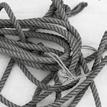
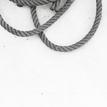

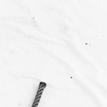
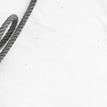
Operatori, 2021–ongoing
74 drawings, 21 × 29.7 cm (each)
Pencil and ink on paper
The technical drawings, reminiscent of plates from a textbook, are handdrawn. At first glance they resemble a diverse collection of geometric shapes and prototypes. On closer inspection, we can see ink lines drawn over faint pencil sketches. The drawings, copied from existing worksheets, are unfinished: there are blank boxes that seem to omit some of the original notes. The ink lines are imperfect and some are smudged. In some cases, mistakes in the drawings have been left uncorrected. Each drawing corresponds to a type of figure or model in preparation. The lines reveal the physical properties that determine scale, proportions, and volumes. Some text definitions, also written in ink on the paper, take on ambiguous connotations when detached from their educational purpose. The versions in different languages show the diverse origins of these exercises. And even though agendas change, the set of geometric shapes remains the same.
The educational worksheets on which the drawings are based were commonly used in the historical context of vocational training schools. Different variations of the exercises—of a more intuitive origin—were incorporated into general educational units to develop formal teaching programs in the industrial era. In addition to their role in professional technical training, we can identify an aspect of social discipline in the practices associated with these types of exercises, which, like other programs of modernity, have gradually regulated productive lives. There is thus a possible correlation between the originally technical terminology used in the exercises and their translation into the systems that surround us.
Over time, the learning of mechanical trades has been replaced by the programming of automated machines. However, while the production of industrial work has moved toward ubiquitous technical knowledge, the formal vocabulary and manufacturing methods have remained the same, albeit with different results.
Operatori focuses on the glossary of forms and programs that shape our material and immaterial realities. The term “operatori”—the plural of the Italian word for operator/worker, which describes object and subject as one—implicitly alludes to twentieth-century radical educational movements and models, and to a series of practices based on the potential of technical training as a means of emancipation. It thus suggests a vanishing point for the utilitarian training culture that the technical drawings seem at first glance to encapsulate.


























































































































































































































































































































































































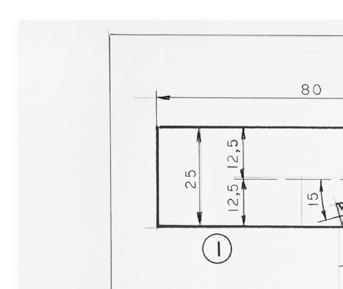
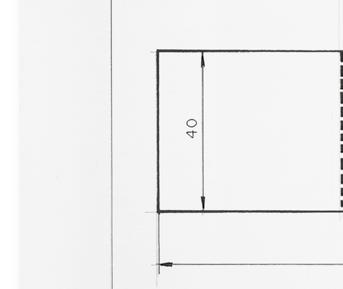
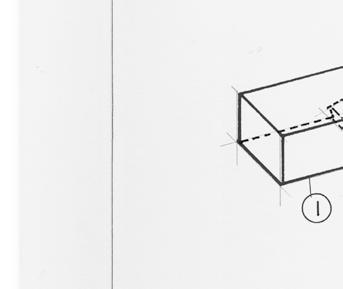
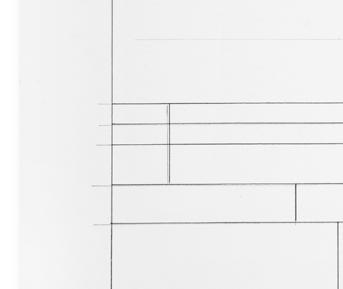
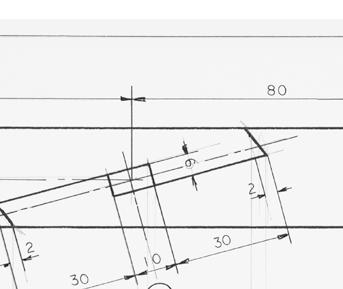
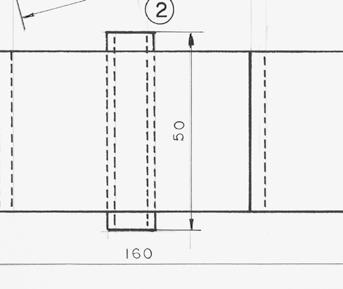

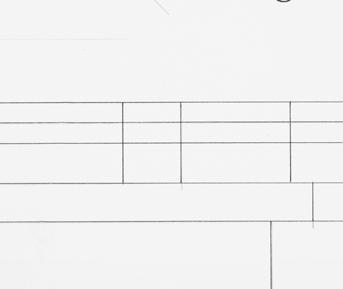
































































































































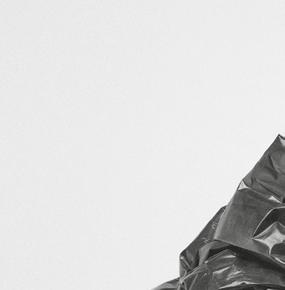
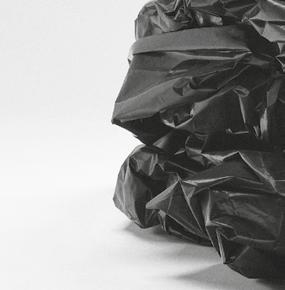
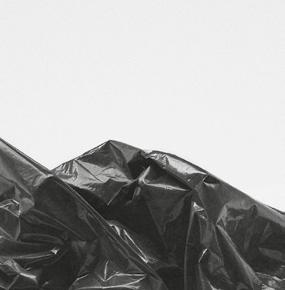
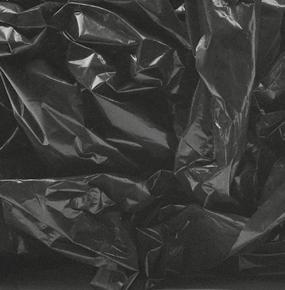
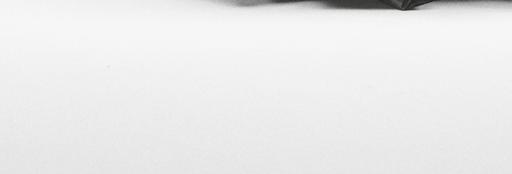
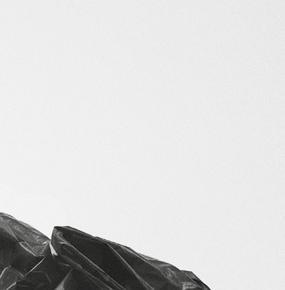

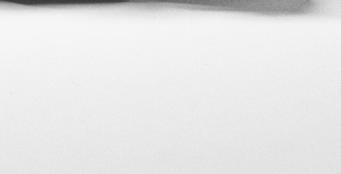

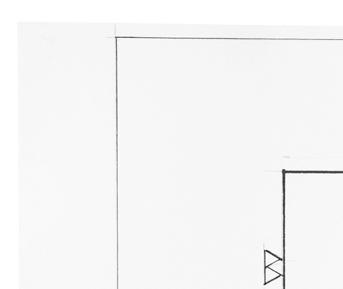
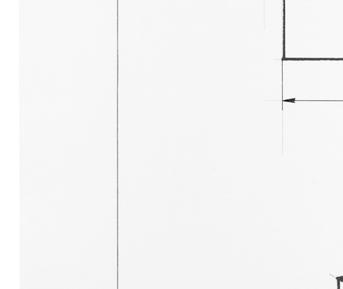

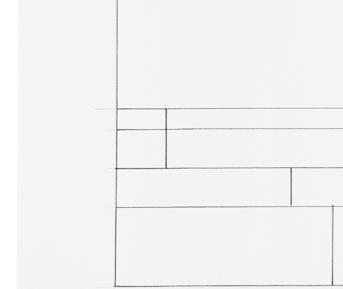

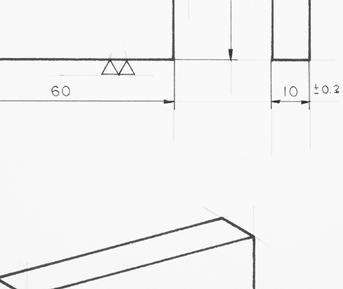
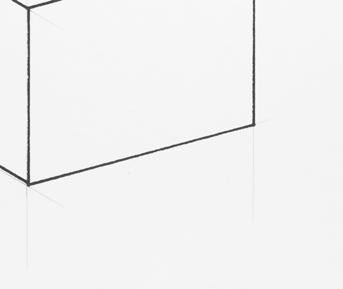
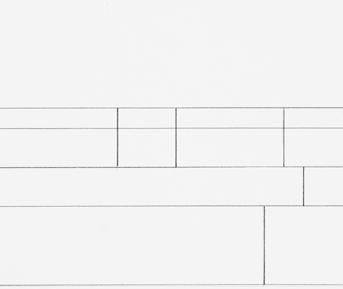













































































































































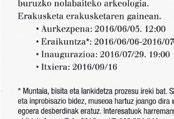
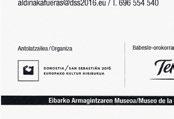















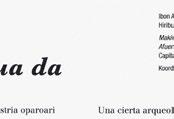
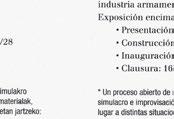
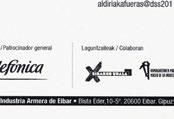
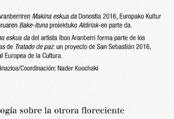


Steel parts/exercises, on temporary loan from local residents
Unformed steel sections
Wooden (okoume) tables, 1122 × 244 × 89 cm
Kraft paper rolls, 30 × 30 × 130 cm and 20 × 20 × 140 cm
Variable dimensions
The large wooden tables are placed across the space, from one side to the other, at an oblique angle with regard to the symmetry of the room’s architecture. When a table meets the wall, it is cut so as to continue on the other side, in the same direction, creating the effect of a drawn line. This layout is a smaller-scale version based on the original presentation, where various parallel rows of tables cut across whatever they encountered on their path: walls, artifacts on display, and exhibition devices. A table-sized gap interrupts the longitudinal row, in order to comply with the museum’s evacuation protocols and also to allow visitors to pass. The table removed to create the opening is placed upright against the adjoining wall, revealing the lightweight materiality of its construction, in contrast to its solid appearance. In the earlier exhibition the tables were arranged in a diagonal line, separated from each other, maintaining the angle and size of the space between them. Two tables with no apparent use were placed on top of each other, with the four legs facing upward. Several kraft paper rolls were placed vertically around the tables.
This work emerged in conjunction with the Peace Treaty project curated by Pedro G. Romero as part of the Donostia/San Sebastián European Capital of Culture program. Several artists were invited to respond to the theme of the main exhibition, which explored representations of peace in the history of art, culture, and the law.
Under this premise, the research focused on the context of the weapons industry, the roots of which went on evolving—sometimes in the same sector, but in most cases diversifying and opening up to other lines of production. Industrial growth has traditionally been linked to the logic of weapons production, and from the twentieth century on, following successive reforms, the technologies and knowledge developed in the arms industry started to move into civilian industry, particularly areas linked to the domestic sector.
Common practices carried out as training exercises in the context of industrial production produced certain shapes that harbor a kind of ambiguity—that of a material that is inoperative, fulfilling its purpose in the mere learning of the trade. They are geometric elements produced from solid steel sections as calibration, fitting, precision, and composition models.
As simple manual exercises, they have an abstract power that maintains a certain distance from what were originally gun-making learning models, later developing into the discipline of vocational schools of different levels.
…
Over time, these manual programs were moved out of workshops and replaced by increasingly mechanized production. This work recreates a small-scale version of the type of trade fairs that were historically organized as social events in areas associated with industrial culture.
This entailed gathering a series of common exercises sourced from private collections, schools, and stored crates that preserve the idiosyncrasy of this medium of discipline. Organized in the form of a temporary museum exhibit, they intermingled and contrasted with the permanent educational exhibition at the Museo de la Industria Armera in Eibar. The resulting intervention interfaced with the entire museum, recreating the repertoire of materials and exercises linked to learning the gunsmith’s trade.
Some of the materials shown—which their owners have kept for sentimental rather than heritage value—are brought together again in the material landscape of this exhibition, in which the set of exercises contrasts with the untreated steel sections displayed as hypothetical raw material for their production. This layout also reinstates the exhibition devices, seemingly creating an oblique intersection through the different spaces of the museum.

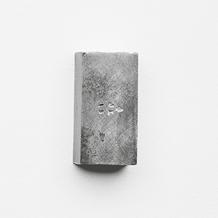
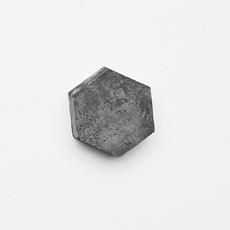

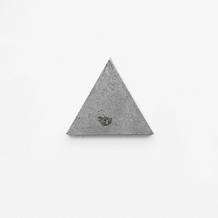

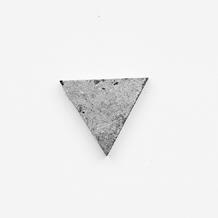
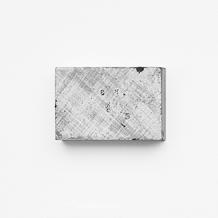
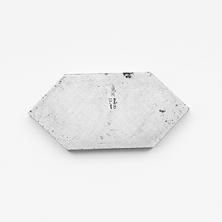

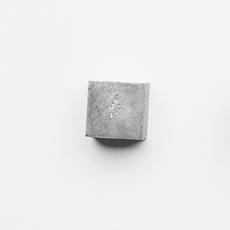
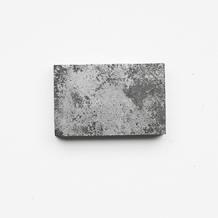
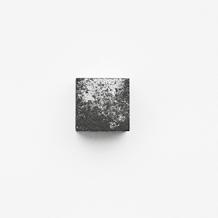
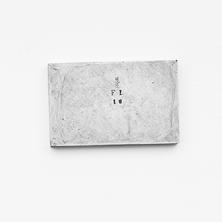
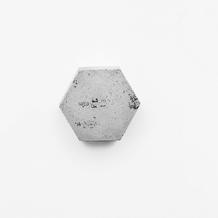
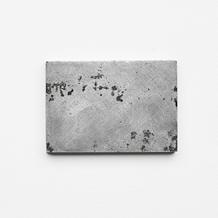
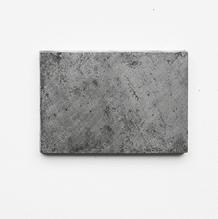

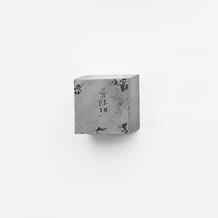


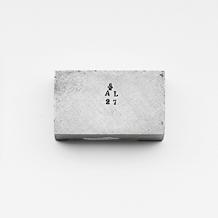

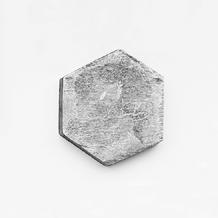

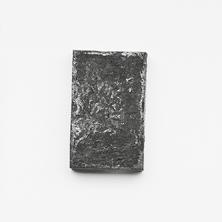
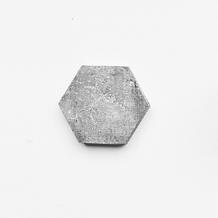
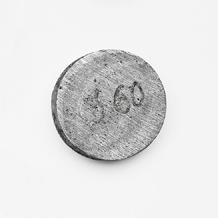
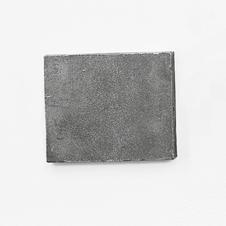
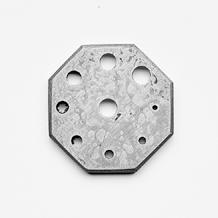
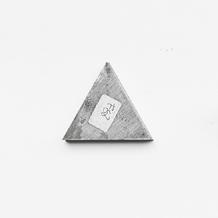
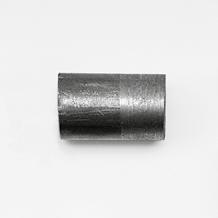

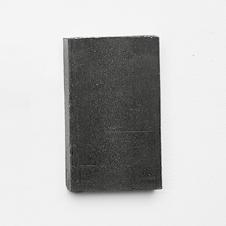
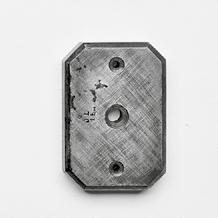
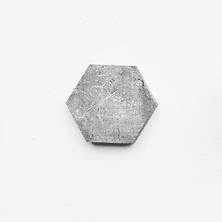
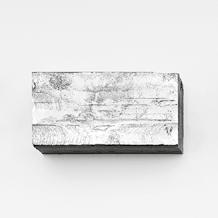
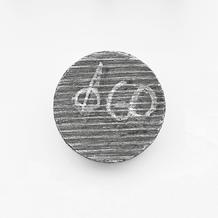

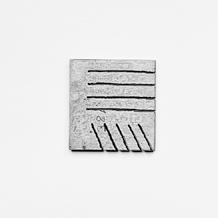
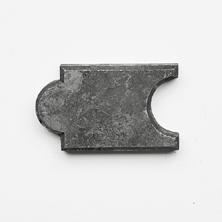
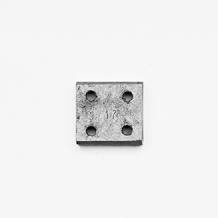

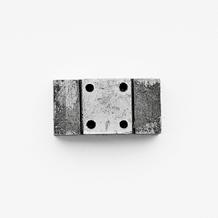
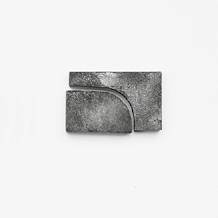
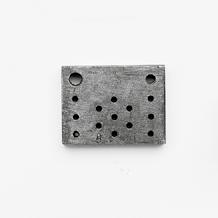
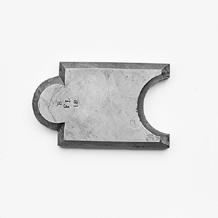
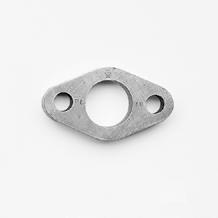
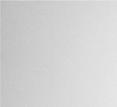
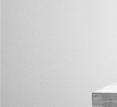

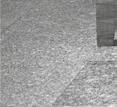

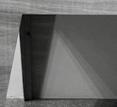
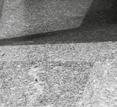

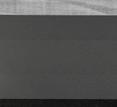
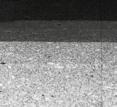

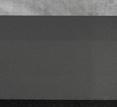
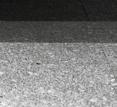

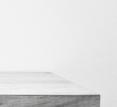





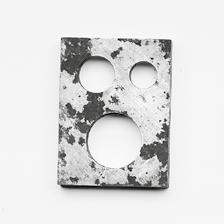
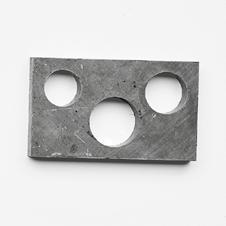
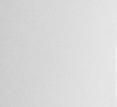

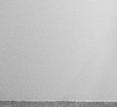

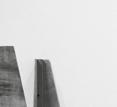
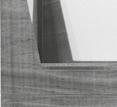

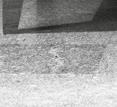

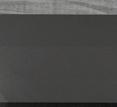

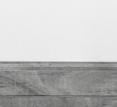
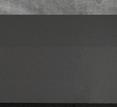
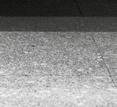


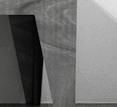
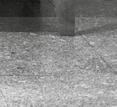


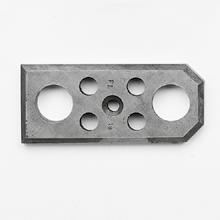
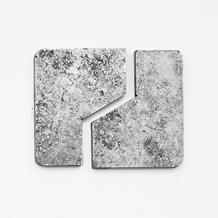

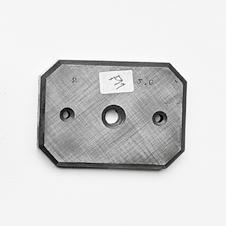
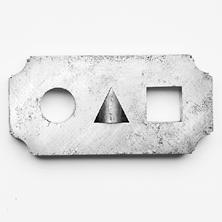
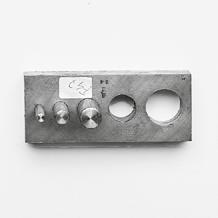

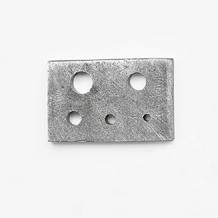

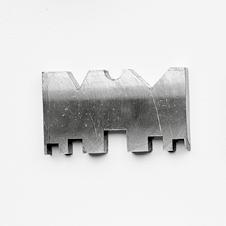
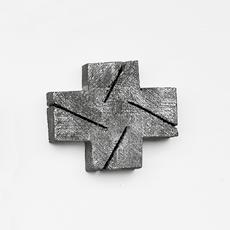
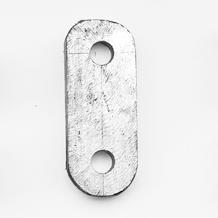
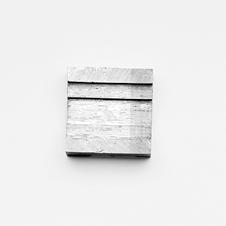

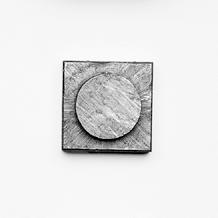
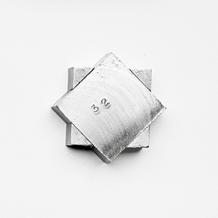
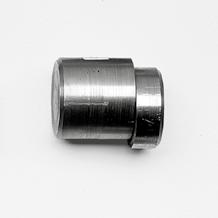
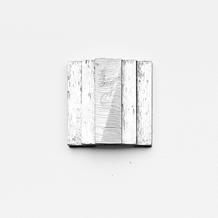
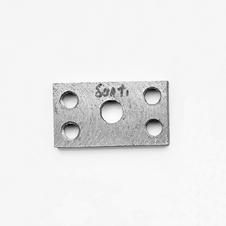
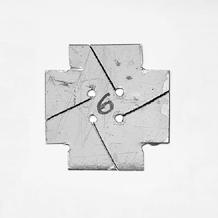

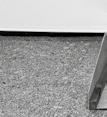
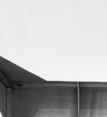
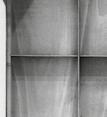
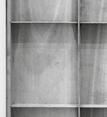
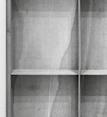
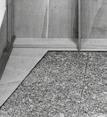
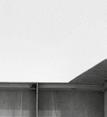

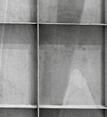



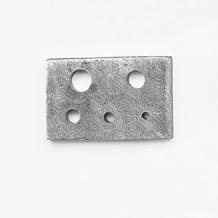

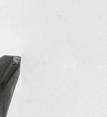
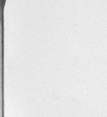
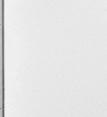
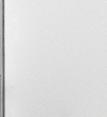
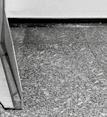

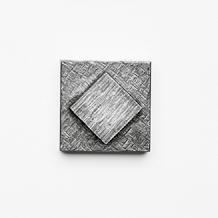
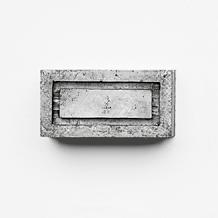
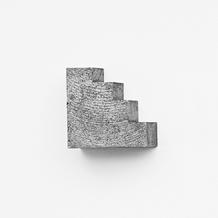
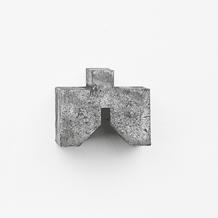
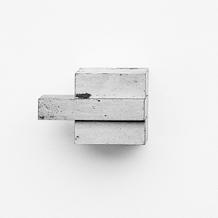
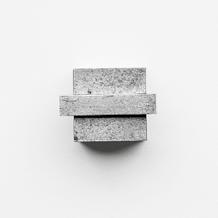
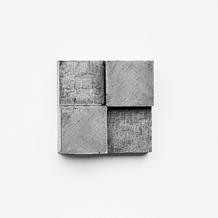
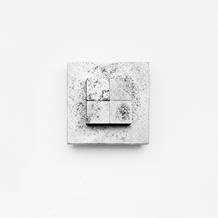






















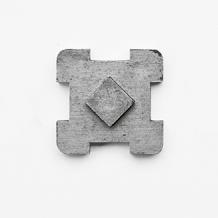






















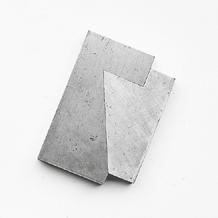

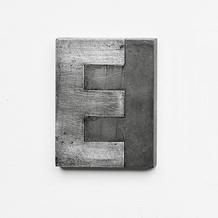
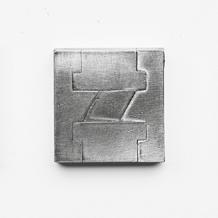
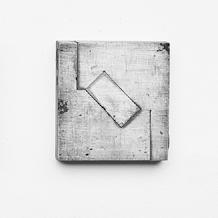

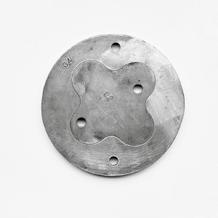
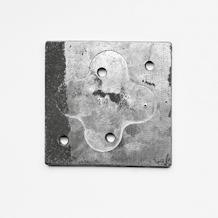
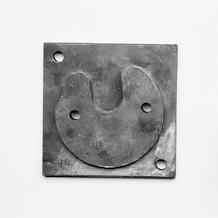
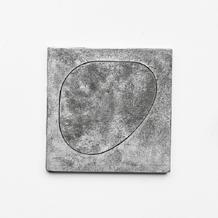
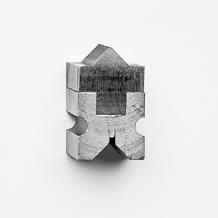
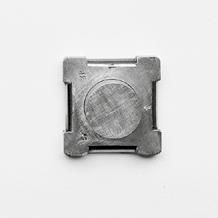
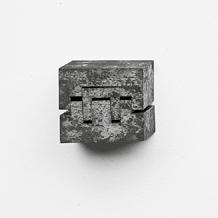
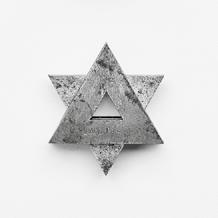
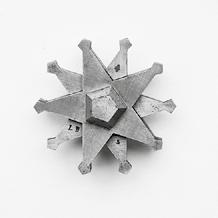
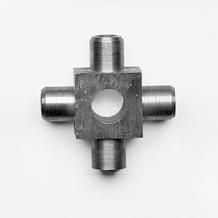
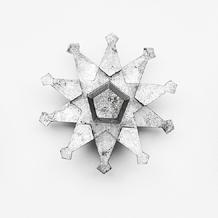
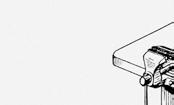

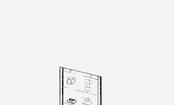
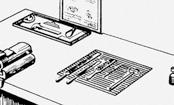
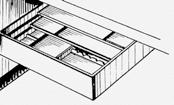
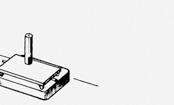




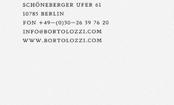





Steel shelving, 296 × 38 × 189 cm
Cut steel parts
Quadrangular: 3 × 1.5 × 1.8 cm; 2.5 × 2.5 × 10.5 cm; 3 × 2 × 23.5 cm; 3.5 × 3.5 × 14 cm; 4 × 2 × 8.5 cm; 5 × 5 × 10 cm; 4 × 4 × 12 cm; 5 × 1.5 × 9.5 cm; 6 × 4 × 10.5 cm
Cylindrical: 12.5 × ø 4 cm; 4 cm × ø 3 cm; 7 × ø 2.5 cm; 7 × ø 5 cm; 4.5 × ø 6 cm; 3 × ø 5 cm
Calibrated: 3 × 3 × 6.3 cm; 4.5 × 2 × 12 cm; 3.5 × 3.5 × 6.3 cm; 6 × 2 × 9.5 cm; 4.5 × 4.5 × 3 cm; 6 × 6 × 3 cm; 6 × 6 × 12.5 cm; 12 × 2 × 12 cm
Hexagonal calibrated: 5 × 5 × 12 cm; 2 × 2 × 12 cm
Cylindrical calibrated: 4 × ø 4.5 cm; 3 × ø 7 cm
Materials change, as does their meaning, until they end up differing from their original conception. We can see these obsolete solid forms as fossils from the twentieth century. A collection of recent history that reappears as antiquity.
The solid metal parts cut into sections present the potential of a hypothetical production. Each different size and ratio would thus be a different possible exercise. A square-shaped cabinet—which is also metal—provides compartments for storing the pieces in an orderly manner according to their width, ratio, and hardness, resulting in a formal cataloguing system.
However, the specifications of the exhibition room in which these materials were placed for the first time meant it was unable to support their full weight. Thus, the parts have been scattered around the floor of the room, distributing the excess load on the surface, away from the empty shelves.
On the floor of the museum, the parts and the shelves are again separated, as they far exceed the maximum recommended weight. In this case, the pieces have been scattered chaotically on the floor, extending horizontally to the area near the wall, in order to comply with the technical standards.



































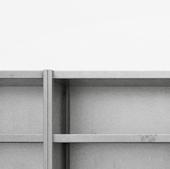
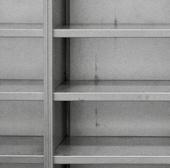
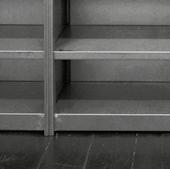
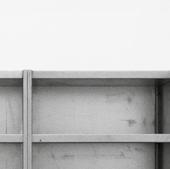


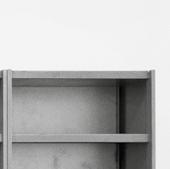
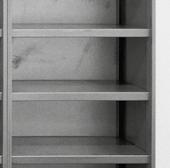

















































































































































































































































































Dana, 1994
Polyester resin and fiberglass
Dimensions: approx. 26 × 26 × 25 cm
Polyester resin and fiberglass
Dimensions: 33 × 41 × 8.5 cm


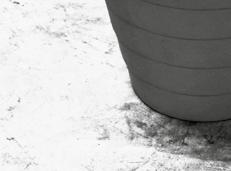

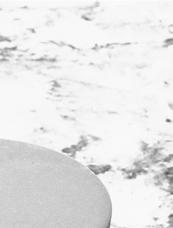





































Goetschmann projectors are custom-engineered for the most demanding applications. Due to their extremely bright and evenly illuminated screen images, they are preferred for large auditoriums like congress halls or stadiums.
If you have ever experienced how much more impressive a 6×7 transparency looks on a light table compared to a 35mm or even 6×6 slide, you will be even more enthusiastic when you see a 6×7 slide projected on a large screen, compared to the smaller formats. This is not surprising if you consider that a 6×7 transparency is 4.5 times larger than a 35mm slide. This also means superior sharpness, resolution, and color fidelity. In comparison with beamers with 2 million pixels, the G8585 AV offers approximately 50 million
Consider further the superb triple condenser, coated optical system, the finest Schneider projection lenses and the extreme brightness — light output 6000 lumens— of the Goetschmann projector, produced by a 400-watt quartz halogen lamp with dichroic reflector (250-watt or 300-watt projectors offer only 1000–1500 lumens).
These features combine to bring out the startling image quality, the fine detail, and the subtle tonal richness, which the best 6×7 camera lenses have created on your film. Your will experience an almost lifelike, three-dimensional quality, far superior to what you have seen with other projectors.
The Goetschmann G 8585 AV projectors will accept standard SAV-type multi-image dissolve controllers and can be used for fantastic multi-image shows. They can also be equipped with optional automatic lamp changers, as well as PC (Perspective Control) adapters.
Projection of 40 medium-format slides
The location of some of the projected images is not easily identifiable. Perhaps because they predate the major plans, they have shaped a new domesticated landscape. Some of the slides show the presence of humans, looking at, interpreting, and surveying the land, probably in anticipation of the changes yet to come.
The slides also show elements (material fragments) that have been lost, as well as repurposed remains subjected to processes that seek to reestablish an identity linked to the past with morphological and semantic changes. The highways, reservoirs, industrial parks, railways, high-voltage lines, bridges, and ski resorts that cause these effects are outside the frame of the images.
The projection presents a story of stories, or an interrupted continuity in which focused and concrete examples decontextualized from the original situation overlap, and images from different sources are interspersed. On the one hand, it includes copies of original photographs deposited in corporate archives and the private collections of amateur photographers. On the other, it incorporates images taken as a fortuitous result of an itinerant, updated approach to those same places.



























































































































































































































































































































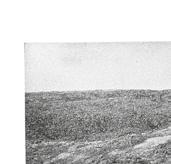




































































































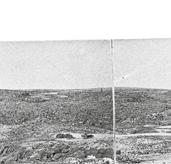






















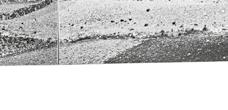

















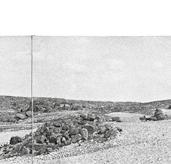
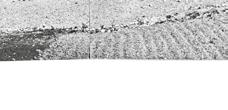














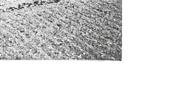





























































































































































































































































































































































































































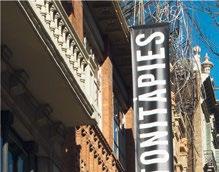
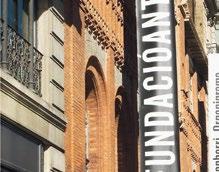



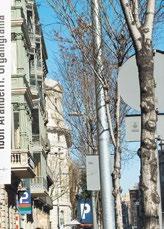
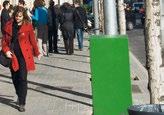
Modular system consisting of panels, columns, footings, extensions, and various additional elements.
23 steel panels:
13 grids, 324 × 194.4 cm (each)
6 filler panels with matte black lacquer finish, 324 × 194.4 cm (each)
2 filler panels with polished stainless-steel finish, 324 × 194.4 cm (each)
1 glazed panel, 324 × 194.4 cm (each)
1 tinted glazed panel, 324 × 194.4 cm (each)
1 grid with inlaid concrete, 324 × 194.4 cm (each)
29 steel columns:
19 matte black lacquered columns, 210 cm (each)
3 columns with raw stainless-steel finish, 210 cm (each)
3 columns with polished stainless-steel finish, 210 cm (each)
4 matte black lacquered columns, 420 cm (each)
11 footings:
9 matte black lacquered steel footings, 42 × 21 × 21 cm (each)
2 raw stainless-steel footings, 42 × 21 × 21 cm (each)
8 horizontal wall mounting rails, dimensions:
1.2 × 3.5 × 414 cm, 1.2 × 3.5 × 292 cm (2), 1.2 × 1.2 × 111 cm, 1.2 × 1.2 × 61 cm, 1.2 × 1.2 × 101 cm (2), 1.2 × 1.2 × 148 cm
Additional elements:
Unused canvas screen, 210 × 164 cm
Unused foamcore screen, 92.4 × 92.4 cm
Wood and metal wall rack, 270 × 12.5 × 10 cm, reclaimed from a collective action in which it was used for hanging clothes
Metal stand, 42 × 42 × 148 cm, for the medium-format slide projector from the work Gramática de meseta (Meseta Grammar)
8 lacquered steel shelves, 21.5 × 133.5 × 21 cm each, attachable to the pattern of the grid panels that, after previous uses, are shown empty here
12 gray PVC pipes, ø 10 cm, length between 210 and 240 cm, taken from other works 2 tires, 57 × 57 × 19 cm (each), shown as material related to the video Firestone 1 cm steel cable, ø 185 cm, previously used to carry materials
Various types of lashing straps used to strap down and stabilize the weak points of the Organigrama (Organogramme) system of panels and columns
As part of the architectural renovation of the modernist building that houses the Fundació Antoni Tàpies—now the Museu Tàpies—the exhibition hall was emptied out. When the walls were removed, only the cast-iron columns remained dotted around the open-plan space.
Thus, Ibon Aranberri’s ad hoc modular system enabled a new distribution in which the works could be temporarily displayed without interfering with the panoramic view of the remodeled interior. The symmetrical layout of the load-bearing columns in the space and the grid marked out by the multiple modular structure coexisted without touching each other, giving rise to asymmetrical sections and encounters. …
The modular system consists of panels with different finishes—gridded, opaque, with clear and tinted glass, and reflective stainless steel—generating different spatial perspectives in the exhibition. The panels are assembled in single- and double-height columns, creating a volumetry that intensifies the characteristics of the exhibition hall.
With a certain irreverence for modern design principles, these structures were manufactured directly, without preliminary technical sketches. The ideas imagined by the artist took shape in the industrial workshop, through the interpretation of the workers. As a result, the behavior of the system varies according to the properties of the site where it is installed, supported by anchors, bolts, and additional supports that compensate for its fragile balance.
The structure had previously been tested on a smaller scale in the temporary exhibition at the Santo Domingo de Silos Abbey. In both exhibitions, the spatial framework also provided a surface on which to display images, maps, and texts, connecting different artworks.
More than a decade later, the structure is presented as a freestanding formal element without images. Freed from its initial function as an exhibition device, it takes on a nature of its own. It is presented alongside a number of elements and material presences that complement, partially open, and obstruct the spaces that it generates, encouraging random paths through its interior. These components do not yet have a category of their own, and maintain their ambiguous status: in between a use value that they have gradually lost and a certain autonomy that they are yet to attain.























































































































































































































































































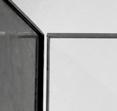
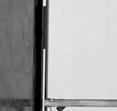
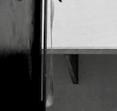
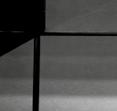
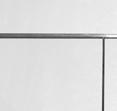

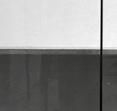
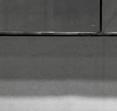
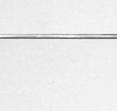
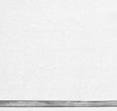

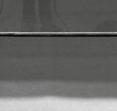
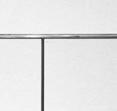
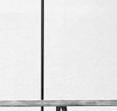
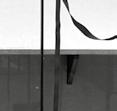


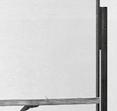

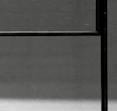




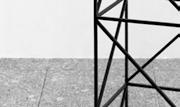
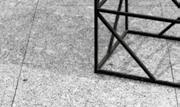











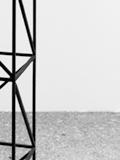
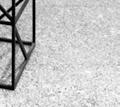



























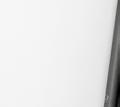


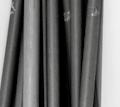
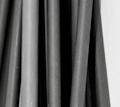
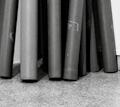








































































































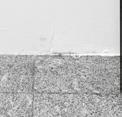






Despoblación (Depopulation, working title), 2010
8 images from contact sheets, selected from 6×7 b/w negatives of photographs taken in the Church of San Pedro de la Nave (Zamora).
Despoblación (Depopulation, working title), 2010
Granite, marble, and compact limestone carved stones, 23 pcs.
0701.01: 25 × 51 × 18 cm (total length 60 cm); 0701.02: 30 × 56 × 17 cm; 0701.03: 36 × 40 × 11 cm; 0701.04: 36 × 12 × 42 cm; 0701.05: 50 × 25 × 60 cm; 0701.06: 12 × 26 × 40 cm; 0701.07: 22 × 26 × 20 cm; 0701.08: 54 × 27 × 24 cm; 0701.09: 38 × 60 × 17 cm; 0701.10: 19 × 15 × 24 cm; 0701.11: 50 × 20 × 20 cm (column); 0701.12: 35 × 53 × 25 cm; 0701.13: 51 × 18 × 60 cm; 0701.14: 44 × 89 × 23 cm; 0701.15: 50 × 16 × 55 cm; 0701.16: 59 × 44 × 19 cm; 0701.17: 43 × 68 × 43 cm; 0701.18: 54 × 38 × 36 cm; 0701.19: 45 × 73 × 43 cm; 0701.20: 65 × 40 × 40 cm; 0701.21: 40 × 35 × 68 cm; 0701.22: 120 × 60 × 20 cm; 0701.23: 60 × 10 × 98 cm
As a technical precaution, of the twenty-three stones on loan, only those under the maximum weight allowed on the museum’s floor were selected.
Parish of San Pedro de la Nave (Zamora)
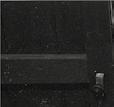

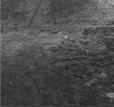
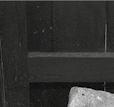


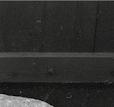
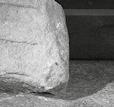
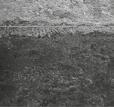



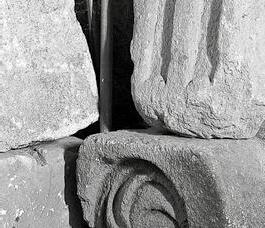

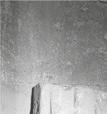
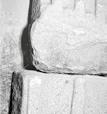

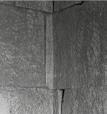
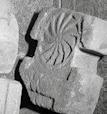
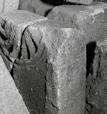

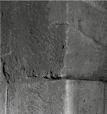
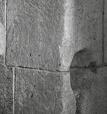
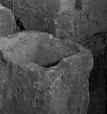




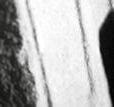
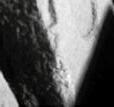
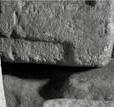
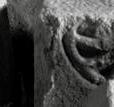
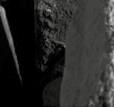

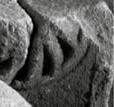


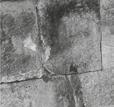
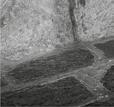
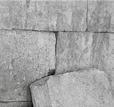
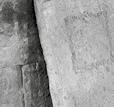
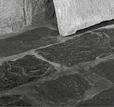
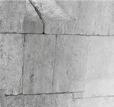
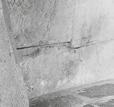
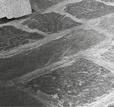


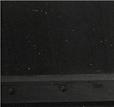

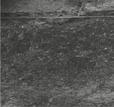
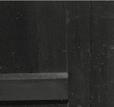


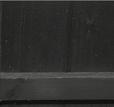
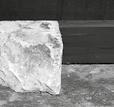
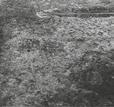


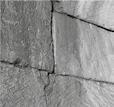
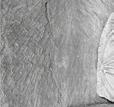
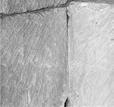
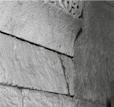

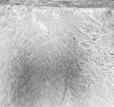
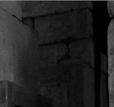
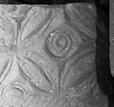
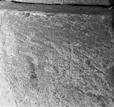



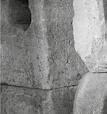
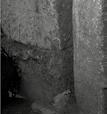
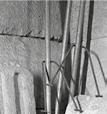



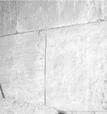
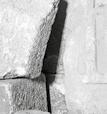
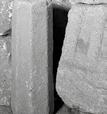

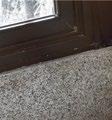
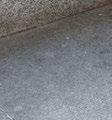
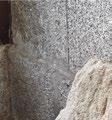
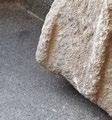

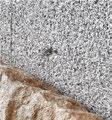
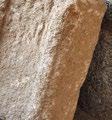
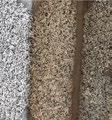
































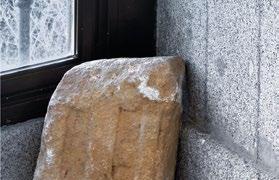
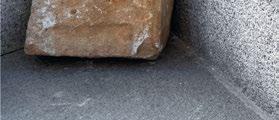





























































Sketch of the location of the requested stones in the warehouse of the interpretation center of San Pedro de la Nave (Zamora).
Apariencia tridimensional (Three-Dimensional Appearance), 2013
Color print on wallpaper
12 photographs in 3 sets of 4 photographs
Dimensions: 72 × 48 cm (each)
The close-up images obtained by bringing the camera lens close to the statue located in public space clearly show the textures, reliefs, hollows, and flaws in the bronze surface, reproduced using common modeling and casting processes. These classical sculpture techniques were taken up by artists in the modern period, adapting the expression of figurative sculpture in response to the need to give form to the tensions and interests of the thought of their time.
































































































































































































































































































































































































































































































Painted steel, 5 pieces
154 × 23.5 × 7 cm (each)
The display rack was placed on the wall near the entrance to the exhibition room; the reception desk was on the other side. The rack consists of five raw metal shelves, invoking the local steel-working tradition. The shelves were industrially folded to hold single catalogues of previous exhibitions published by the cultural center that hosted the show. The modest catalogues follow the same model, with only the name of the artist and the title of the exhibition changing in each case, as well as the monochrome pantone of the cover (with a few exceptions). From a distance, the display rack looked like an undefined color and tone chart.
Recreated for this exhibition, the rack is presented empty, without the publications it displayed the first time. And the now-rusted raw steel shelves have been restored and spray-painted red—a color that perhaps encapsulates and replaces the color range of the publications. Placed on the wall of the passageway between the exhibition rooms in the museum, they visually appear to form a three-dimensional sign, comparable to the museum signage beside them.
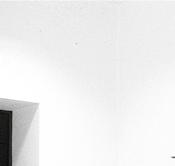



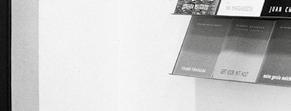
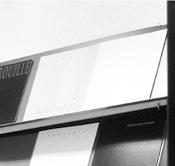
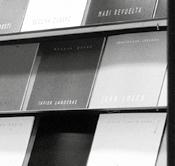
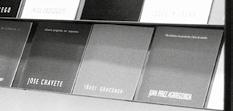
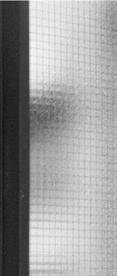

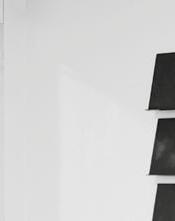
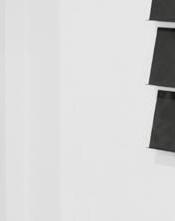

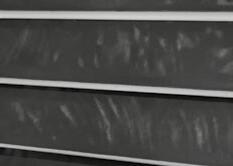

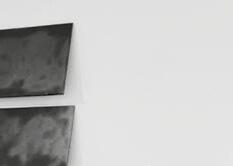




Untitled, 2010
3 cylinders, 151 cm (each), ø 30 cm (each) Reinforced concrete
The three reinforced concrete cylinders served as plinths in Ibon Aranberri’s solo exhibition at the Fundació Tàpies (now Museu Tàpies) in 2011. One of the cylinders held a slide projector, another held a sculpture/maquette, and the third was empty. In the time between then and now, technical safety regulations have become more stringent in museums and cultural institutions. Thus, at the Museo Reina Sofía the three cylinders were placed in storage, as they exceeded weight limits for an area of the historic building that had not yet been reinforced. In the exhibition at Artium Museoa, the cylinders have been arranged around the stairwell—resembling a minimalist installation— away from the main exhibition gallery where their vertical placement could not meet safety requirements.























































































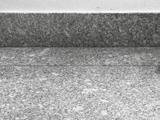
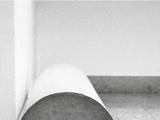
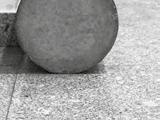

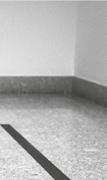






















Wood, MDF board, and electronics, radio receiver
Artium Museoa Collection, Vitoria-Gasteiz
The sculpture’s geometric form is not a direct replica, but an automatic blueprint made after looking at and mentally capturing successive media images and following the imprecise lines of newspaper photographs. The grandeur of a sculpture whose appearance and proportions were augmented by the perceptions of power structures thus gave rise to another form, larger than the original and also distorted.
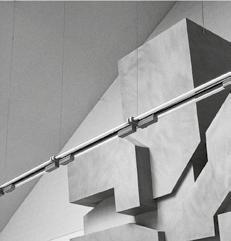
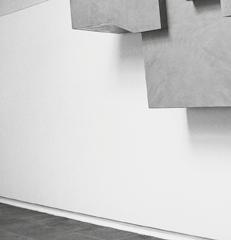


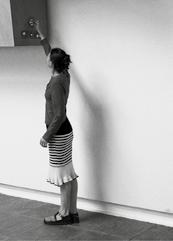
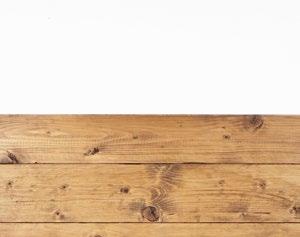

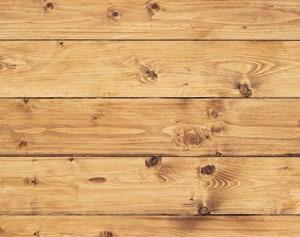
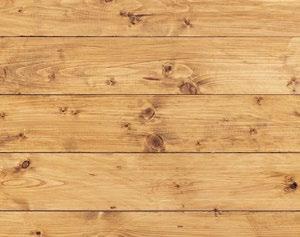
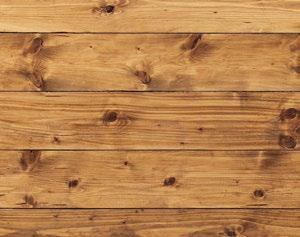
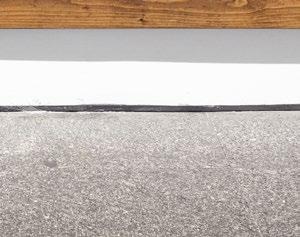

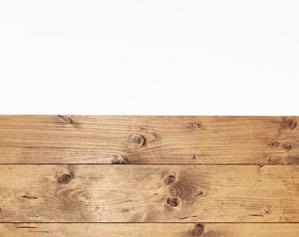
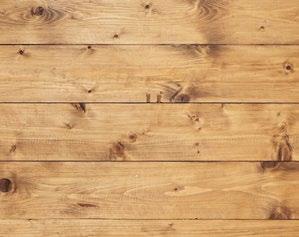
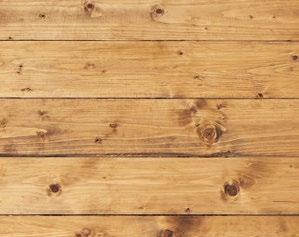


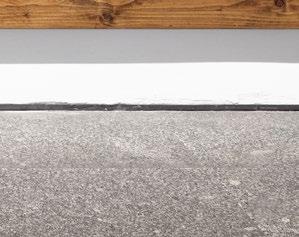

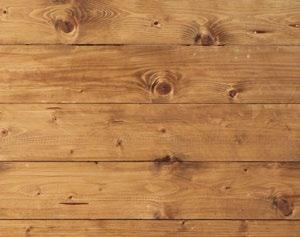

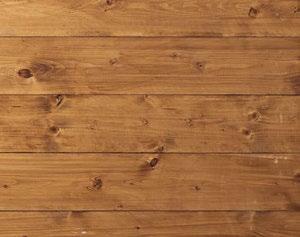
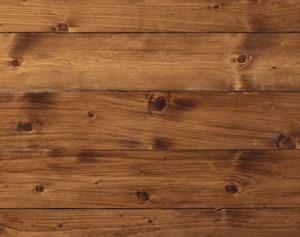


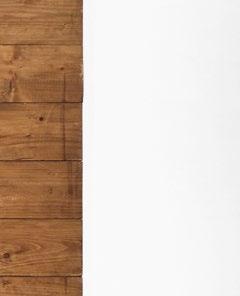
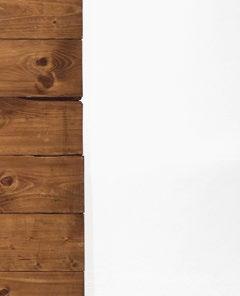
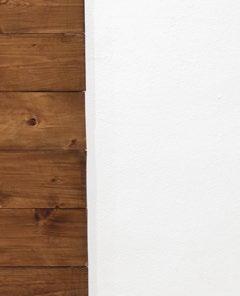
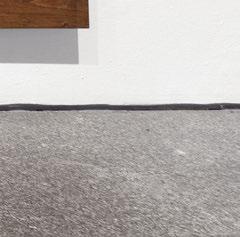
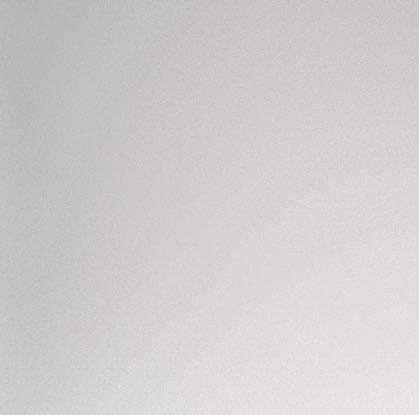


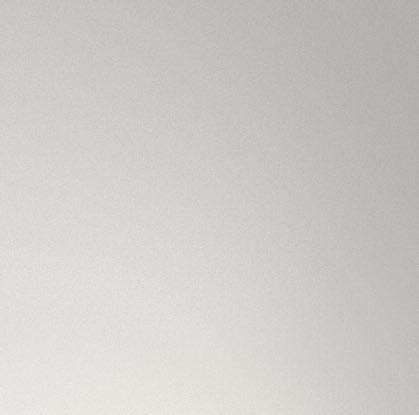
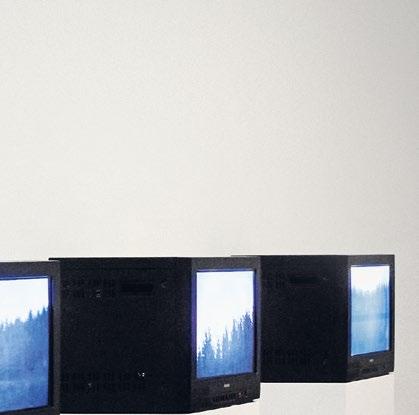



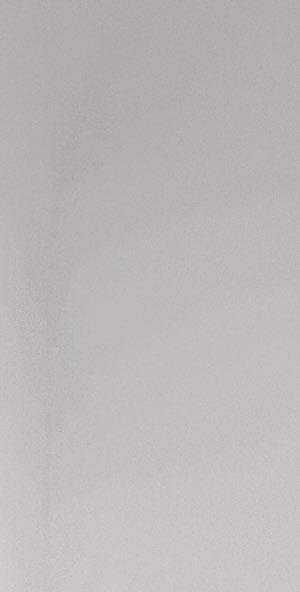
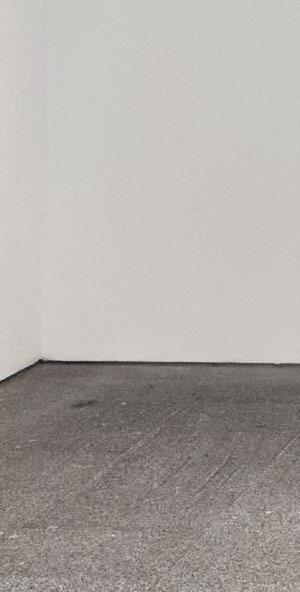
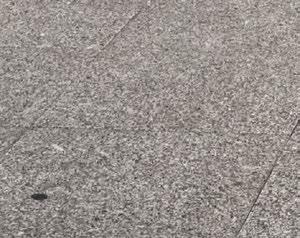

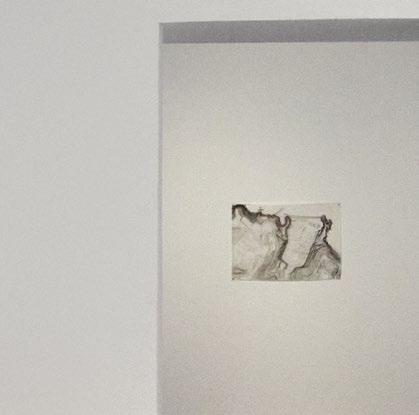

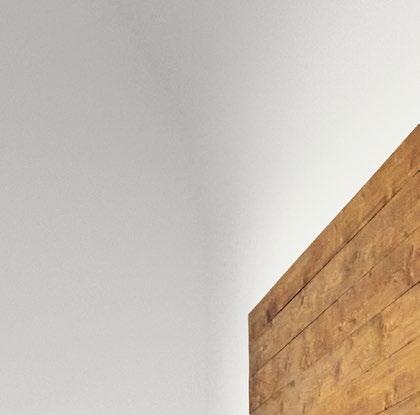



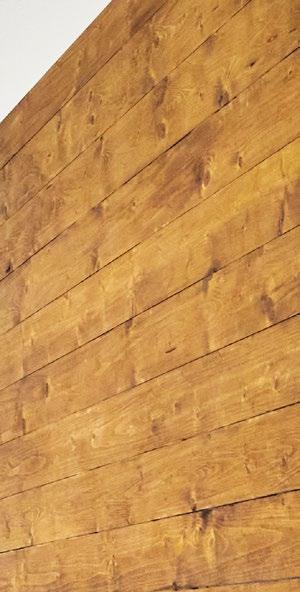
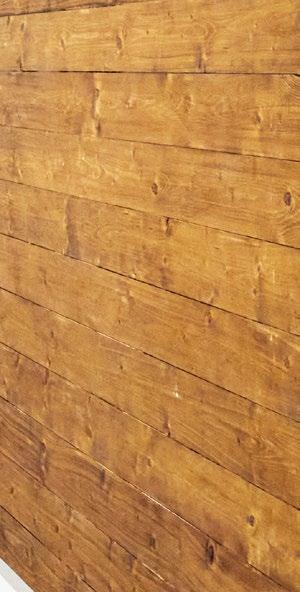
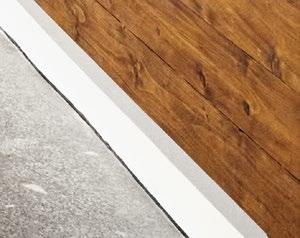


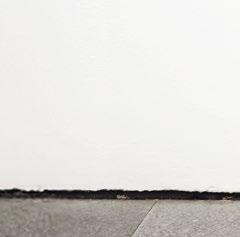

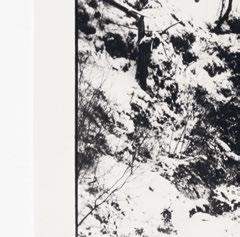
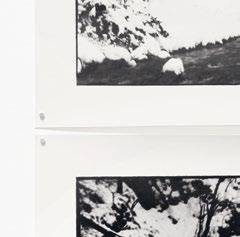
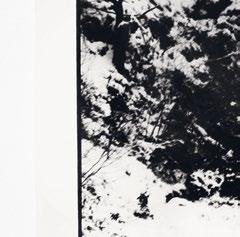

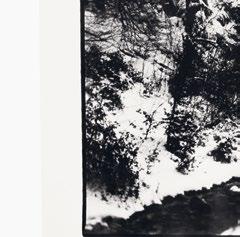


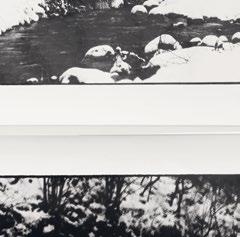



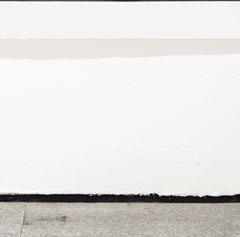


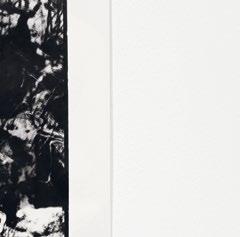

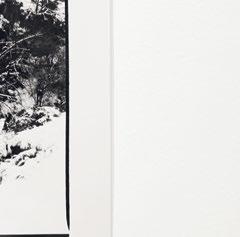
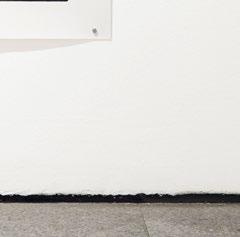


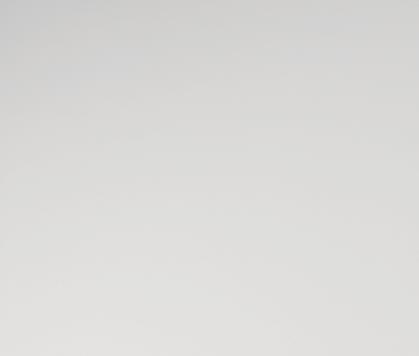

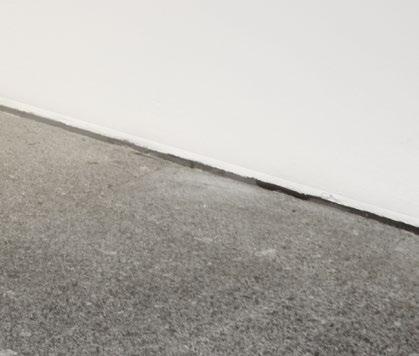


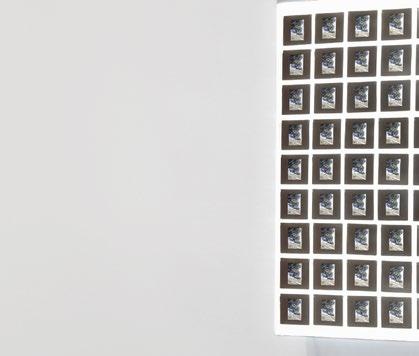

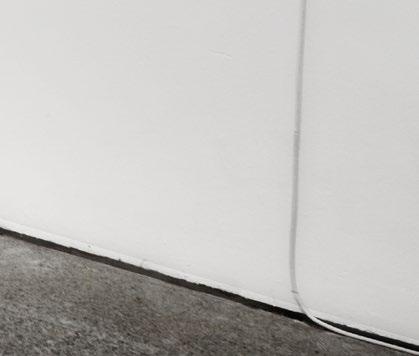
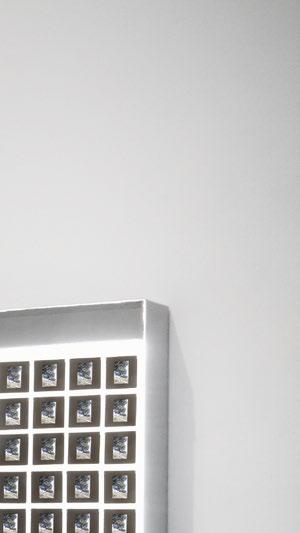

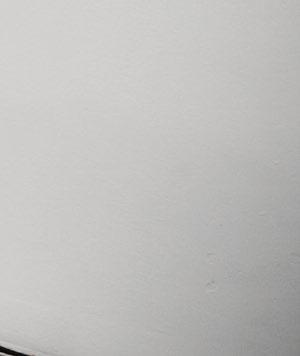
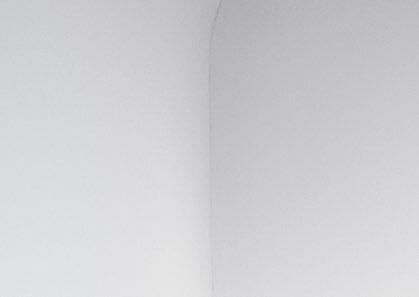


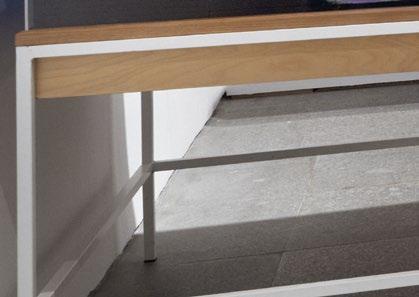
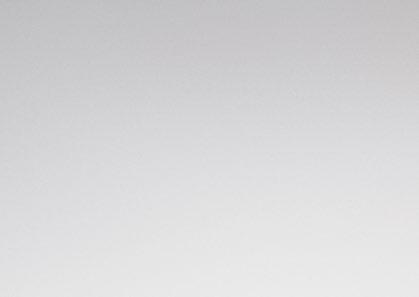

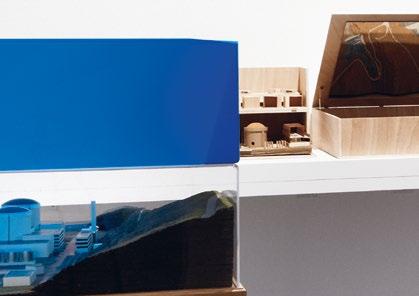
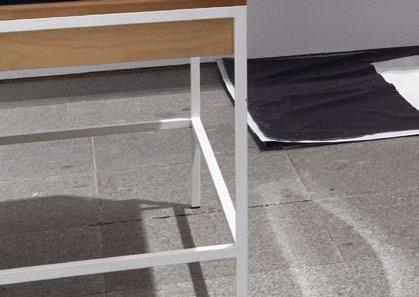
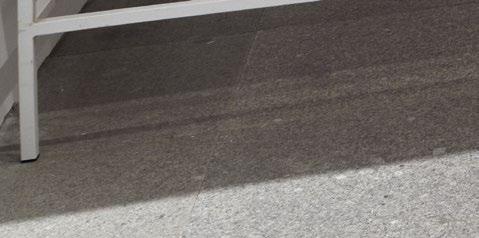

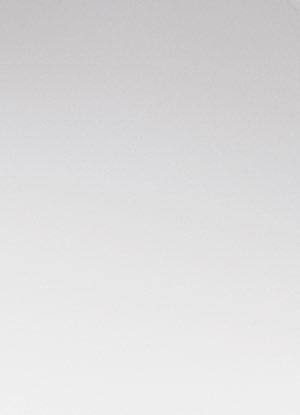

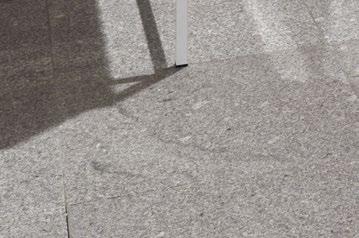
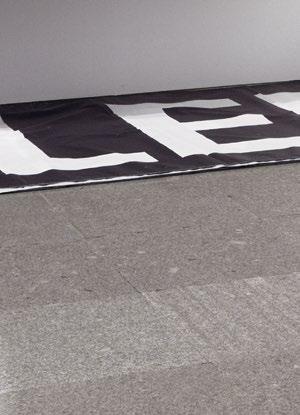
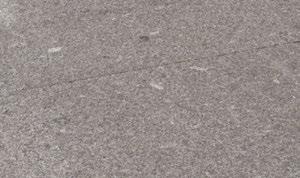
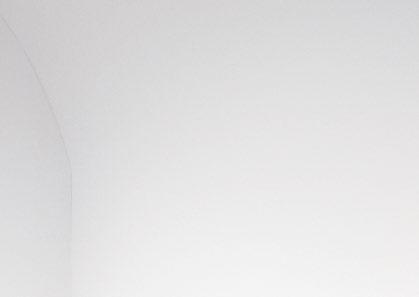


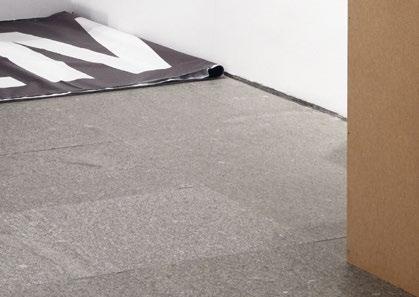
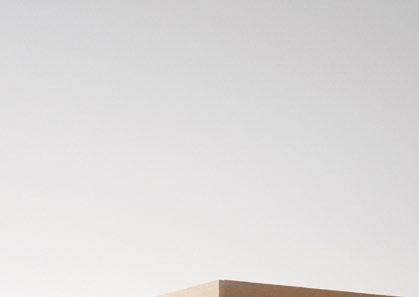

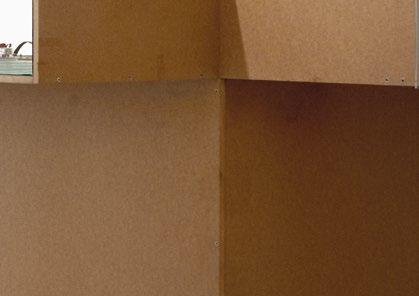
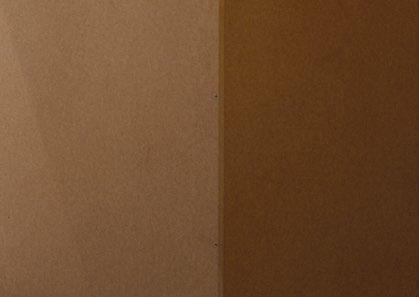
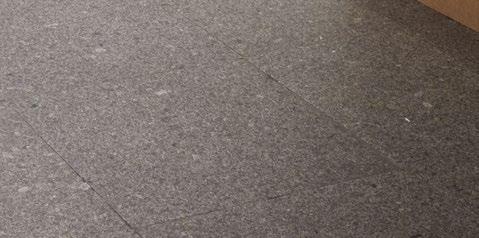
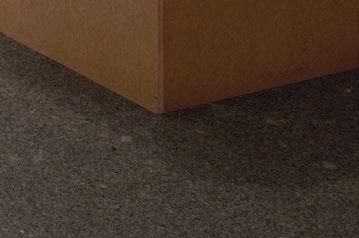

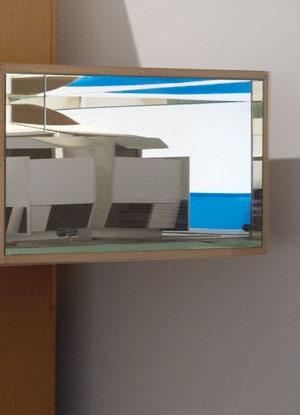
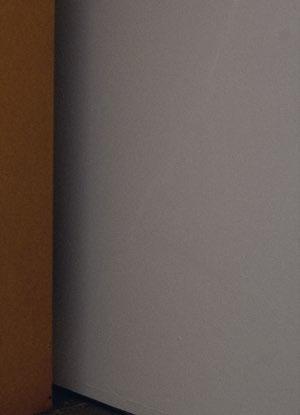

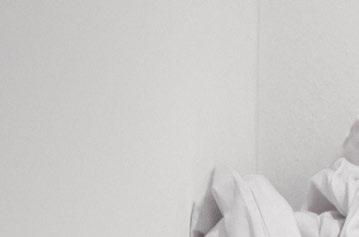
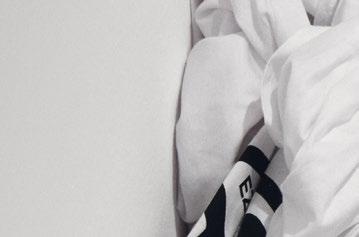
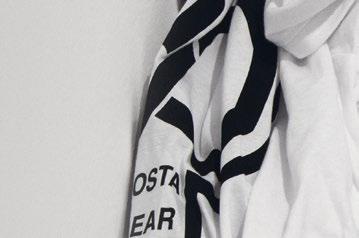
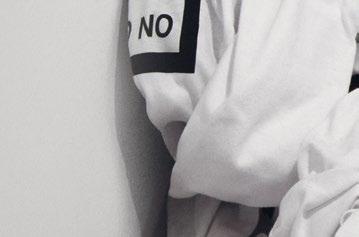
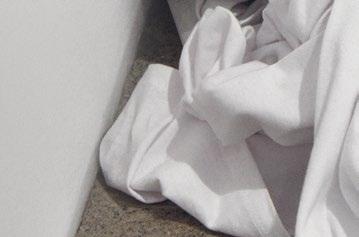


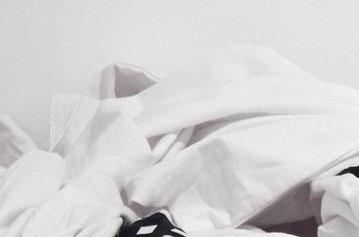
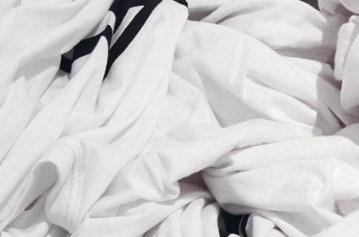
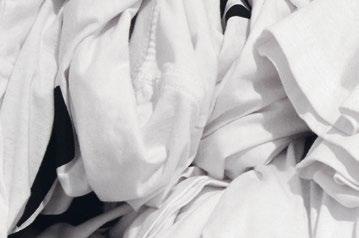
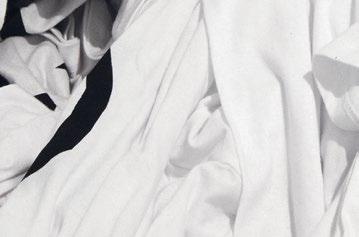
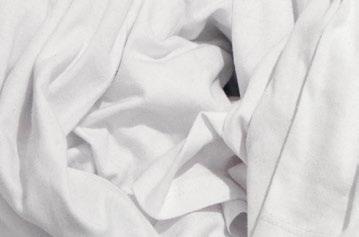
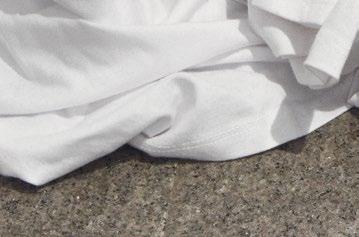
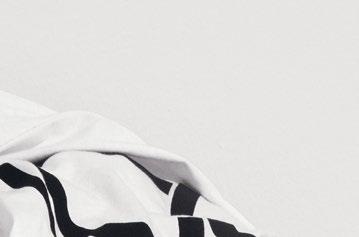
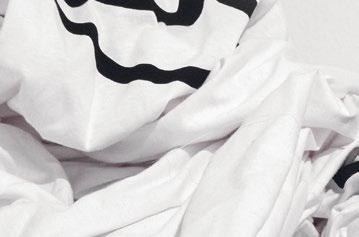

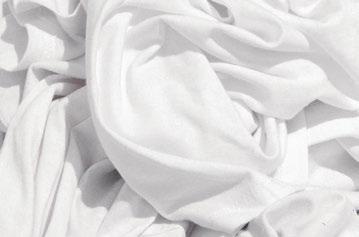

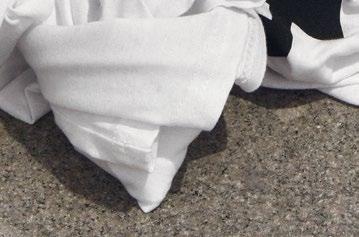
Ruth Noack
A few years ago, it became a thing to narrate lms on stage. People would compete against each other, recounting Mad Max: Fury Road or Mamma Roma in an e ort to win their audience’s praise. I’ve never participated in such an event and can only wonder: Did the audience like best the person who gave the most precise impression of the lm? Did they even care about the originals or did they simply delight in the act of storytelling? Or was this an instance of fandom—the collectively shared reenactment of a beloved cultural artifact.
Could one ever imagine a similar performance applied to works of contemporary art? Obviously, people talk to each other about works they have seen in exhibitions. I doubt, however, that there are many evenings spent reveling in the ritual of competitively recounting these. Although, come to think of it, the clever performances of auctioneers like Tobias Meyer or Olivia Hilton might trump the reenactment of lms in clubs and bars. And yet, the auctioneers’ drive is geared toward whittling down the crowd until all but one of the stakeholders is left. There is nothing participatory about an art auction’s storytelling. Thus, an art auction can be said to be a disenfranchising format of audience participation. Conversely, an exhibition at a public museum strives to widen a public’s access to the art object through all the tools available— among them, storytelling.
These thoughts came to me as I found myself walking through Partial View, Ibon Aranberri’s exhibition at the Museo Reina Sofía. I was searching for a way to understand “the gist” of the exhibition, so to say. Why was it here? What did it want? What was its story?
The rst of these questions is most easily answered. There are all sorts of automatisms that result in an exhibition and Ibon Aranberri’s international, national, and local career had steered him toward this moment. Moreover, it was probably the last moment at which this show could take place—on the cusp of an era of the Museo Reina Sofía’s museum-making, which had sought to evolve itself through rigorous interaction with artists and audience alike, bringing together aesthetic or intellectual concepts and sociopolitical e orts. But the other questions eluded me: What did the exhibition want? What was its meaning?
One might have expected that I would be pro cient in penetrating the meaning of Partial View. Not only had I read the introductory wall text, but I also came armed with contextual knowledge and expert insight into Ibon Aranberri’s oeuvre. After all, his work had appeared in several of my exhibitions. And yet, comprehension did not set in. Indeed, a profound crisis of signi cation beset me. My act of seeing the work was not translating into an act of (re)cognition.
When we are out of our depth, we tend to seek blame elsewhere: perchance the museum was not adept at storytelling? Indeed, there is an ambivalence imbued in any kind of institutional framing of a work of art. While it creates a space in which the work can appear, the speci c eld of visibility it relies on tends to set parameters that discourage the more wayward aspects of spectatorship. Sometimes, these parameters are directed toward a fetishization of the object. All aspects of the aesthetic experience that might prove a challenge to the viewer are suppressed and the story that can be told is lled with platitudes. Sometimes, the parameters that make up the museum’s eld of visuality are determined by the desire to educate the public. And they therefore privilege forms of knowledge that can be articulated clearly, systematically, xedly, in a canon. Complex meanings are translated into discernible units. Idiosyncrasies are strictly con ned to the object of artistic expression. In consequence, the museum’s storytelling risks becoming inhibited and leaden. But this was not the case in Partial View. In fact, as I was moving through the exhibition and back, I could not avoid noticing that the many lively visitors were undeniably not in a crisis of signi cation. Astonishingly, the guards were equally engaging, ready to answer questions and prompting visitors toward particular works. Clearly, the problem was mine. It was I who was leaden, possibly due to the stress of wanting to perform as the critic I was telling myself to be. A change in attitude was necessary. Maybe I could try to retell the exhibition, not from the vantage point of an expert, but from that of someone who is walking through the space? And maybe that horizontality of movement—where speci c vistas tempt one toward speci c works and lead, rather haphazardly, to speci c insights— would allow for the meaningful connection to the work that I had been missing. At the very least, it would be an attempt at a more uid narration of Partial View.
A rst narrow room, a kind of birth canal through which we must pass, quite austere. To the left, three black no-nonsense TV monitors on white pedestals, presenting grayish footage of forested hills. It looks like old material. Maybe it is degraded, copied from another digital format. Maybe the artist did not care for high resolution. Maybe he even strove for bleakness.
Not much going on here; I doubt the videos have sound. At least none that I can remember. There is nothing picturesque about this view of the landscape. It just exists. It just is.
To the right, mounted at to the wall, a board, made from wooden planks. This must be the most un-auratic work of art I have ever seen.
The board is covered with some kind of resin, a nish that one might nd on the oor of a rental apartment. Its haptic qualities tend toward zero. And it is too large. At least, too large for this narrow passage. Were it placed in a hall, one might still nd it nonsensical, but, at least, it would be so in the manner of other art. Here, the piece’s scale is just “o .”
Why would Ibon place this here, at the beginning of his exhibition? I know him to be a most precise artist, so there must be some reason for it. The captions might solve this puzzle, but I nd reading them too exhausting. It would
be the proper thing to do. Yet, if I read one caption, shouldn’t I not read them all? This is starting to sound like a chore. There seems to be quite an amount of text to take in, and while other people might be glad to be given access to the extra data, I am scared of being overwhelmed. I fear depleting my energy so early on. There is an entire exhibition to get through.
I thus opt out of reading the captions. Reduction is the ticket! Instead, an observation: One of the trees depicted in the video might have ended up as the board on the wall. First, it was in the forest, now it is hanging in the museum. First there and then here. My head swivels. Left, right. Left, right. Nature—Culture. Nature—Culture. A logical consequence.
The board is facing the videos. Maybe the board is watching the trees?
Another observation: The board is an artwork not by its properties, but by declaration. Its status is declared by way of its caption, which gives us a title, a year, and so on. (I don’t have to read the caption to take in its structure.) Is the board a conceptual work? I don’t think so. It does not impress me as the materialization of an artist’s idea. It feels more like an afterthought. Maybe it is simply that: a material. Albeit one with a poor form.
On to the next room. It is a conduit, o ering a choice of pathways. I hate choice. Anxiously, I almost pass without looking at the works on display. But then I notice that these are easy works to take in: A selection of slides mounted on a light box, referring to an action performed on the outskirts of Madrid. A drawing, referring to the volume of works about Lemoniz, a former nuclear power plant near Bilbao. Four photos, referring to the limestone cave in the mountains far from the city that became a central focus in Ibon’s oeuvre.
A quick peek into the adjoining rooms con rms that these three works are placed in lieu of signposts: The drawing leads us to a small space that hosts, among other things, the slideshow about Lemoniz. The cave photos announce the large-scale iteration of Zulo beltzen geometria (Geometry of the Black Holes, 2019), placed in the adjoining room. And the Madrid slides, well, they are… a dead end. And thus, they point us to where we ourselves are standing—in the capital of Spain.
And yet, we are not in Madrid. We are in a museum. The city is outside its walls. The action documented on the slides speaks of an even further “outside.” Tasked with creating a work of public art in Madrid, Ibon withdrew to the periphery of the city, where he spent the day. A stranger from the Basque Country, insisting on his status as a stranger. Now, the artist’s step back into the center—of the country/of the museum/of the canonizing machine—is taken deliberately, in full awareness of its ambivalences and repercussions. To me, this work is the secret beginning of the exhibition, beyond its institutional framing, and displaces the introductory exhibition text. It is a declaration of intent, an insistence on stepping in with one foot and staying outside with the other.
Let me be clear, ambivalence is something other than doubt. There is little room for artistic uncertainty here, not because it is impossible to feel doubtful, but because it would be impudent to remain so, given that few artists get the chance to attempt a show of this scale at the Museo Reina Sofía.
No, Ibon’s ambivalence is willful. Maybe it goes too far to call it a political stance, but surely it is grounded in a lifetime of thinking about the paradoxical relationship between art and its institutions.
I think that Ibon pulled some slides from the Lemoniz slideshow. Not everything needs to be seen everywhere and at all times. Sometimes the cost is too high. The battle around the Spanish government’s calculated placement of power plants and dams in the territory has a long history. That history might have to be narrated di erently in Bilbao than in Madrid.
Not everything needs to be seen everywhere and at all times. Yet, some items might still be presented, though not on full display. A textile banner from a demonstration against the power plant has been folded up and placed on the oor. From the letters visible on the top layer, we can infer it spells LEMONIZ. In a corner, white T-shirts have been heaped into a pile. They bear Eduardo Chillida’s drawing, originally designed as a logo for the antinuclear power movement, but in this jumble on the oor the powerful symbol is fractured. Such is the di erence between text and image. We may extrapolate a word from a few letters yet fail to piece together a fragmented visual form. The body of the banner speaks to me of potentiality—a form of archived energy. The carcassed T-shirts evoke failure—a form of abandonment. I soon notice that there is a plenitude of pieces placed directly on the oor. Pedestals, the standard tools of exhibitioning, are rarely used. Where works need support, other solutions are found. Ready-made tables are requisitioned or props from Ibon’s previous shows repurposed. These structures have all been incorporated into the installation itself. More often, Ibon seems to have decided that a particular work does not need support and will do just as well on the oor. In some cases this was always intended. The large corpus of aerial photographs of dams, for example, was always assembled by leaning the frames against each other, hugging a corner.
Is Ibon trying to deprecate his work by rejecting pedestals? Is this a form of humility? I don’t think so. It is more likely a distancing device, a way to claim autonomy from the museum, however ctional that might be. Although the institutional framing can, ultimately, not be evaded (and, anyway, there are good reasons not to attempt that), the downward move has an aspirational vibe to it. It is de nitely not humble.
After a while I become very conscious of the gravity of objects. There are some gravestones parked in window niches of the very last exhibition space, a corridor with windows opening up to the courtyard. The gravestones look heavy. I remember seeing a large number of these in Bilbao, where Ibon had taken frottages of them. Here, they appear almost forlorn. The whole corridor emanates inertia, perhaps because it is the last space and a cul-de-sac, obliging the viewer to turn back and retrace their steps through the exhibition.
If the rst space gures as birth canal, this one reminds me of an appendix, lled with a motley of addenda. Another afterthought. But I got ahead of myself. Let’s pick up the tale where I rst left it, not that far into the exhibition. I had been through rooms that primed me, oriented me, and asked me to engage with political activism. Now, the view opens up
onto a perfectly balanced space, beautiful and generous, sustaining a large sculpture as sculpture: Zulo beltzen geometria. Spread out in a casual grid across a large part of the oor are assorted metal sheets of diverse shapes, plus some rods. A large black hoop graces the front wall of the room in a manner that makes me think of a cross. In any case, it seems to say “I am signi cant! I have symbolic power!,” but what its power might be eludes me entirely. I think it is witty, though don’t ask me to argue the point.
High up in the corner farthest from me hangs a bevy of bats—well, drawings of bats. They are hanging o a cave ceiling, sleeping. I love these drawings and have shown some of them in one of my own exhibitions. Here, I especially like that they are hung in such a literal way, almost as if the A4 sheets of paper were themselves hanging in a cave. I like this literalness because I don’t expect it. It is another humorous move and, as such, wonderfully “uncool” for such a venerable museum.
Zulo beltzen geometria consists of the material (minus some screws, I fathom) that had been used to close the entrance to a limestone cave. In other words, Ibon lugged all this material far up into the mountains to make a cover for a huge hole. Then, years later, he dismantles the whole thing and schleps the stu back down. None of this was announced. Nor was it a secret as such. It was just something that was done. Finally, the material ends up in an exhibition, where it is stacked or spread out—an aesthetic o ering to the museumgoer.
It is one thing to adapt the shape of an installation to a speci c site. Many artists do this. And in a way, it is how this particular work functions. When covering a cave, the sheets of metal have one form. When displayed at the Museo Reina Sofía, they have another. In other words, what I am seeing here is one of several iterations of a work.
But there is an additional operation taking place and it is central to Ibon’s way of working. Ibon does not simply install work in diverse ways. He does not merely give work di erent shapes. By transforming the state of his material, he also changes its status, and thereby its meaning.
Let’s take the wooden board from the beginning of the exhibition as an example: At one time, it had been used as a platform for archival material. Now it has the status of an object with its own title and caption.
Later on in the exhibition I come across another example: A metal sca old that had, at one time, been a basic contraption used in the process of getting a cast made of a nineteenth-century public sculpture. Now, it has been turned into a sculpture itself by placing it next to its (much more cleanly crafted) copy.
Even a piece of black plastic that is thrown on the oor in the middle of the last room of the exhibition transforms something, though it does not turn into an artwork. To be honest, I doubt that many viewers would be able to nd aesthetic value in this item. It looks like a remnant from installing the show that has simply been abandoned, left on the ground in a crumpled, messy heap. Ibon might agree with this description. What is its purpose? It is not the plastic sheeting itself that is transformed, but the space around it. It is there because the room needed “something” to be complete. I will get back to this.
p. 73, pls. 12, 50, 56, 57
Looking at Zulo beltzen geometria, I wonder how something that was as monumental as the cave façade can be so completely realigned. Verticality has given way to sheer horizontality. A perfect surface has been shattered into an accretion of fragments. The grid gives structure to these fragments more than adhesion. As a sculptural intervention into nature, the original work derived its meaning (rather, one of its meanings) from the ambivalence of fusing itself into the shape of the large hole of the cave, elegantly merging with the landscape while, at the same time, demonstrating its outright strangeness to the environment. It was an absurd body, out of place. Here in the museum, the making of the sculpture is akin to a process of salvaging: a used material is taken by the artist and reshaped into a work of art.
I know, of course, that the material will never be rid of reference to its origin. There are enough signs here, even discounting the text on the caption, that draw our attention to that circumstance. Hoop and bat drawings give contextual reference, as does the black-and-white lm projected in an adjoining room that shows the view through a round hole from inside the cave toward the sky, a hole through which the bats could y in and out of the cave.
By this time, I am starting to become attuned to the latency with which this exhibition tells its stories. There is, of course, the o cial story, as given by the captions or the ordered progression of rooms. Nevertheless, there is also, for want of a better expression, a musical way in which the pieces are interlinked. Given that much of what we are presented with is what I would call “very intellectual” work—it is informed by background research and imbued with complexity, extrapolated knowledge, and self-referentiality—I nd it astonishing that the exhibition can also be surfed by following a rhythm of concentration and dispersion or by picking up on recurring motifs.
Cultured nature is such a motif, a topic that features strongly in the next few rooms, with works that tackle historicized, politicized, exploited landscape and geology. I’ve never seen Política hidráulica (Water Policy, 2004–10), a work rst shown at documenta 12, so awesome, in the literal sense of the word, as here. Ibon uses around a hundred framed aerial photographs of Spanish and Portuguese dams and reservoirs to construct a monumental curve, mimicking the utopian industrial architecture that developed in modernity.
On the oor in front of this are a few disks of rotten wood. A warning sign. They are cut from trees that reemerged from the bottom of a water reservoir when the water levels dropped due to climate change. Their placement in relation to the photographs is another mimicry, almost tongue-in-cheek, were it not for the sadness of the subject.
I notice that two drawings, hung across from Política hidráulica, are missing caption and text. They are schematics of the production and distribution of electricity. Where electricity is in demand—in other words, where big industry settles—dams are built, never mind the e ects on an already impoverished rural area. To me, the drawings look like linguistic word trees. Maybe they don’t need captions because they constitute their own text? Or maybe the captions were simply forgotten. I don’t know why, but the lack of caption makes me happy. I might still be feeling guilty over eschewing the information on o er.
Exercises on the North Side (2007), in the next room, is another old acquaintance of mine. The installation is dense, consisting of many parts and even more stories. Being, by now, a bit weary, I decide not to take a closer look. Instead, I turn back toward the main pathway through the exhibition, but not before I notice something peculiar in this version of the work, a detail that calls to me.
Twenty or so pinboards have been deposited in a corner, stacked up against the wall. All are empty, disused. Except for the one that slightly sticks out from the neat stack. From the sliver that we get to see, it looks like it is lled with the kind of pictures people take when they are in the mountains. Why is a major part of this picture board hidden behind the stack? Maybe Ibon has decided that they are entirely generic and therefore uninteresting. Their only importance lies in the fact that people used to have a habit of taking such photos.
Do you also delight in discovering small details like this in an exhibition? I guess there is an element of self-performance in my viewership and this is why I take pleasure from it. Or maybe it is just gratifying to come across such a simple but elegant gesture: someone pulled out one of several pinboards and, with these few centimeters, gives us something to contemplate. I also notice another prop, leaning on its side against the wall: the elaborate custom-built display system that Ibon had thought to use for his installation of Exercises on the North Side at documenta 12, but then decided to leave out. Here, it has found its way back into the work. In my mind, I add this instance to my collection of recycled materials, like a pearl threaded for a necklace.
The self-referentiality of these props is starting to click for me. Sometimes self-referentiality in art points to the artist-subject; it is a way to construct the genesis of an oeuvre. Here, it seems to point to the work’s genesis instead. To my mind, artistic self-indulgence is absent, despite the fact that, in many cases, the viewer might not know of the former life of a material—its vita, so to say—and so one might claim that this is like a secret language, spoken only by Ibon and those initiated.
It is a conundrum to me. How readable must a work of art be to be considered good/of value/useful? I know some of Ibon’s secrets and thus I can nd my way around his work, but is there a moment where lack of knowledge of the oeuvre/context/history makes artwork inaccessible? My own answer to this question is that access to Ibon’s work has less to do with knowledge of actual content or with the imprint of an aesthetic operation on the material itself and more with its larger formal qualities. Ibon understands form extremely well. He manages to create structures and use space in such a way that we can connect to it on a subliminal level, rather than consciously. We don’t need to nd literal links in order to attach: something we see might make sense to us (and thus be interesting) or seem very strange to us (and thus be intriguing).
Well, it is a partial answer. Maybe it is something I need to think about some more, after I nish walking through this exhibition. For now, I am intrigued p. 81, pls. 13–16
with Ibon’s recycling drive. Given his general topics, it is easy to relate this to issues of sustainability. If one would want to avoid an extractivist practice, wouldn’t it be sound to be attentive to the use of one’s resources?
Things can be reused. But I think that at the heart of the matter are other resources than wood and metal and plastic. These materials and objects only stand in for Ibon’s time. For his e orts to think and to create and to make. No, indulgence is not at the core of Ibon’s self-referentiality. Awareness and self-care are. Ibon acknowledges that his practice is work. And he is serious about that work.
But Ibon also knows how silly it is to be serious about art. And as a character, he is rather self-deprecating. Thus, irony creeps into some of his artistic gestures. Take Cavity (2005), a work that the exhibition guard invites me to experience. I am walking past a series of smaller works when she beckons: “Come, come… stand on this low wooden platform… don’t be afraid… yes, it is balanced on a thousand Pellegrini bottles… but it is quite safe to walk on this… the bottles will not roll away… isn’t it fun?”
I wonder why the guard is so invested in my participation. She is truly showing o now. Maybe she has been successful before in making visitors perform for her? Maybe it breaks up the monotony of her job. Maybe she simply likes the piece. It is quirky and a bit frivolous. Its frivolity rests on a gesture: tipping a thousand bottles of mineral water on their bellies and covering it all with a piece of wood is quite a simple act. Who would think of it?
Its quirkiness is an e ect: while most of us will understand inherently that our weight, distributed over the large number of bottles via a wooden board, is not going to destabilize the construction one bit, we might still feel uneasy about the proposal of walking on this construction. Hence the guard’s entreaty.
Cavity is another lesson in gravity. Placed in a niche, the installation levels with the oor and thus my movement onto the work of art is horizontal. I know that I am standing on di erent ground, though, and become sensitive to the act of standing itself: isn’t all that is keeping me from falling down the rm placement of my feet on the ground? It is a mind game, yet, slowly, I start feeling my weight.
This whole story is, of course, a construction. My narrative has passed over many works that should or might have been relayed to you. The linearity I have mapped out (and from time to time abandoned) does not mirror the exhibition precisely. It is only “good enough,” to use a term that Donald Winnicott coined in respect to motherhood.
My aim is to transmit to you some of what I previously called the “gist of the exhibition”—an impression or essence or version of it, and the struggle is how to provide you with enough material to create an image in your own mind without getting lost in a description of details, how to bring some kind of plasticity into the text.
There is the plasticity of the narrative drive itself. But works of art, as well as the spaces they are in, have their own plasticity. And then there is yet another dimension: time—the time spent to look at the works, the time spent walking through the rooms, and the time writing and reading this story. Time
pulls me into multiple directions. Can I establish a rhythm in my cacophony and will it be good enough to represent the musicality I have sensed in Ibon’s steps through his oeuvre? The goal seems impossible to reach.
One thing is clear: I must speed up or I lose my readership. Fast forward, then, to a lengthy tube of a room, a vast space, to be entered from the narrow side. In a weak moment, the onset of hysteria grips me: I wonder whether one might call this room the exhibition’s intestine? This thought has me veering o into a reverie about bodily metaphors for architectural cavities and what they might signify, what with the birth canal at the beginning and now the intestines, through which we are…—“Nonsense! Do concentrate,” I admonish myself. The truth is, this room scares me a bit.
Let me start by describing what is there to see. The tube must be more than thirty- ve meters long, with a curved ceiling. For the rst time since walking this exhibition, I am reminded that the Museo Reina Sofía once was a hospital. Imagine rows and rows of patient’s beds. It is an unusual space for an exhibition, di cult to organize, because it seems too long and narrow, despite its ten-meter width.
This is where the previously mentioned large heap of black plastic sheeting comes in. It punctures the space. Placed in the middle of the room, but not quite, it disturbs the central axes of an architectural volume that might easily force its grand uniformity upon any being in the space, whether animal, vegetable, or mineral.
The plastic heap transforms the space. Not completely, only slightly, but enough to make a di erence to the viewer. It is also another conduit, this time interlinking the architecture with the artworks installed here. I think this is why it couldn’t be an artwork with its own caption, claiming its own autonomy. An artwork would not be able to serve so neatly as an interface for space and objects. In this function, it is also a grounding device for the viewers.
On my right, a row of large photo prints, pasted onto the wall. Were I to follow its serial pull, I would soon stumble back out of the room, into the last corridor, the one I called an appendix. Its formal and material correspondences, this row of images depicting paving stones that have for some mysterious reason been marked with numbers as if they were being catalogued, works well as a joint between the physically disconnected anterior and posterior rooms. But for the same reason, I am tempted to disregard the photos as proper contributors to the space I am standing in.
To the left, a large number of pages from a block calendar are pinned up on the wall. The long line snakes around a corner, the top row chronicling time by date, the lower one by text. The text is in Spanish, so I cannot understand it. Later on, Ibon will tell me that this work came out of a collaboration with a friend who lives in the mountains. He regularly invites artists to make a work for a wall in his studio.
I imagine—this my own fantasy, a complete ction—that Ibon, confronted with this kind invitation, was, for a moment, struck by panic, in a proper horror vacui. There is something obscene about an empty white wall that lies in wait for a piece of art, a hungry mouth in a house in the mountains. And yet,
it is equally an enticing task, since, of course, all the tasks that bear the danger of us doing something a little too cute or too smart or too trite or too banal are enticing.
It is in this situation, I imagine, that Ibon turned to the everyday uses of walls, in a double gesture of rejecting art in order to create art. What were people in the area using their empty wall space for? He noted block calendars and proceeded, with the friend, who conveniently is a book designer with a printing press, to fashion his own block calendar, replete with his own texts—stories, descriptions, anecdotes.
Ibon also noted that people were displaying their own disused farming or tree-felling tools on their walls. I remember reading that the concept of folk art was conceived at the intersection of nineteenth-century nationalism (aka “nation-building”) and industrialization. Only at the end of rural subsistence, when a vast amount of farm workers has been forced into industrial labor, does the rural as a cultural value enter public discourse. And with it, folk art appears at world fairs and in museums. So, it must be with ambivalence to realize that the very people whose parents and grandparents have been disenfranchised in the economic development of the area are performing their own museal gestures.
Ibon decides to ask if he can borrow these tools in order to photograph each of them on a white bedsheet on the ground, mimicking an ethnographic documentary style. It is more di cult to get the same people to comply with lending the tools for the exhibition at the Museo Reina Sofía, where they are again displayed on a white bedsheet. On the ground. Now, they are assembled into one group, forming a at, layered rectangle. Not every tool can be seen in full.
This is playing with re—and possibly Ibon’s sharpest critique of what a museum can be, in the worst case: a vessel for the plunder of cultural artifacts, collecting and displaying without respect for those who have, with their labor, enabled the capitalist accumulation, which in turn allows for culture to appear as culture in the public sphere.
Ibon does not shy away from the implications. He talks to every potential lender, convinces them and credits them by name in the captions. My perception of this piece is not redemptive though. Rather, I see it in a long line of works in the exhibition which Ibon placed on the oor, thereby removing them to some degree out of the realm of the museum’s territory. I think that Ibon is “speaking nearby” the ethnological and museum discourse, to borrow a term from Trinh T. Minh-ha.
The longer I look at this accumulation of tools for rural work, the more it seems that they are exuding a stubborn energy. They are rusty and dented from use and not very uniform. I guess, as a material, they bear the same fascination for viewers of art as any other haptic substance taken out of everyday life and brought into an aesthetic form. It draws us into spectatorial cathexis.
The group of works convened at the other end of the room stands in sharp contrast to the assembly on the oor. Three large tables hold items associated with teaching metalwork. Their shape is inspired by the workbenches found in
industrial training centers. Ibon’s own drawings, copies of technical plans for instructing apprentices to forge standardized metal forms, are laid out on one table. One might nd these kinds of plans in Belgium, Germany, England, Spain, or just about any other steel-processing nation. The second table holds hundreds of little metal sample pieces, forged by apprentices during training. They almost look like little sculptures, and the association with Jorge Oteiza’s laboratory is not too far-fetched. Yet they are of the family of machine parts that are used in war industry. The third table holds the standardized metal forms given to apprentices to copy—3D versions of the technical plans.
Two more tables are standing nearby, one ipped over and placed on top of the other, ready for use, as if they were restaurant tables stacked while the oor is being cleaned. It is a simple act, yet it conveys so much; namely, that the number of tables—and their riches—could be (almost) in nitely extended, because this is all part of a serialized production line. It is a line that starts with teaching apprentices to make machines and ends with children being bombed in humanitarian zones.
Ibon is holding on to the sample pieces for the apprentices and their families, who retain ownership. Thus, they are not turned into art, but remain material objects, which function as claims in an artist’s line of reasoning. And yet, the two realms of life world and aesthetic world cannot but be contaminated in this operation. At the very least, art comes into close proximity with the nexus of teaching/manufacturing/killing. I am reminded of Allan Sekula’s scathing early critique of the role of art schools in post-World War II industry, School Is a Factory (1978–80).
Coming into close proximity with something that is dangerous or simply to be criticized—is this a bad thing? More relevantly, can we be sure that our critical re ections, our political actions, and our ways of dwelling in ourselves and in the world can save us from contamination with what we abhor?
At this present moment, Europe seems to have decided that the necessity to uphold its own self-image as pure and good and just eclipses any attempt to acknowledge our own role in structural violence. Therefore, the signs of contamination and the complexity of ambivalence are feared. This, however, is not Ibon’s issue.
Our entanglement in the violent structures shaping our reality is a given for Ibon. Several of the works in this exhibition examine speci c aspects of this entanglement. The many surfaces that lack markings of individual craftmanship are not simply an e ect of an aesthetic formation, in which certain material elements are used. They are equally speaking of our violently shaped reality.
And yet, this nal room of works also allows me to see beyond this, and most astonishingly, it is the metal worker’s little objects, products of an assembly line from school to factory, that make me realize this: materials, objects, structures, as alienated or alienating as they are, also speak of us. The hands of the lumberjacks, of the metal workers, of those who carried the tables into this very room, and of those uncrating the artworks all touched or even formed what I am now perceiving. Their liminality is glowing like luminol in the dark.
p. 185, pls. 31, 35
And what about the artist’s hand? Partially hidden by the tables and next to a few roles of industrial-grade packing paper hangs Ibon’s earliest work presented in this exhibition. Laranjak (Oranges), from 1994, is a simple work, a polyester-and- berglass cast of eleven orange halves. They form a rhizomatic structure, held together by the remnant material of the casting process. Were this the beginning of my narrative, instead of the end of the exhibition, I might be tempted to wax on about the cultural and economic signi cance of the orange, but here, all that is left for me to say is: this work is a true second pole to the Madrid work described early on and, as such, the artist’s enigmatic ending point to his show. Oh, and one very last remark: this little sculpture is handcrafted. What the artist’s hand can give us, here, is a heightened awareness of the signi cance of someone’s hands. For, where someone’s hands are involved, we can imagine that this person can also stop using their hands. Or do something else with them.
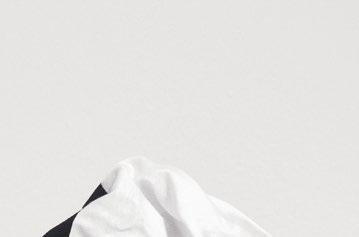

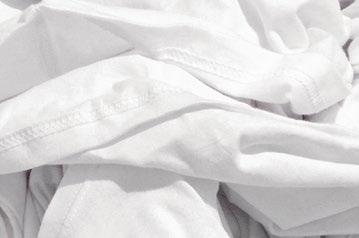


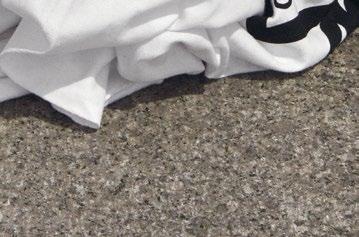
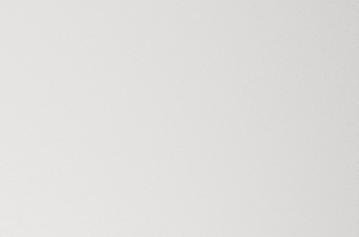
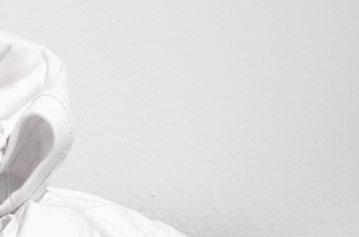
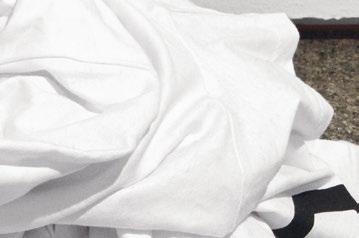
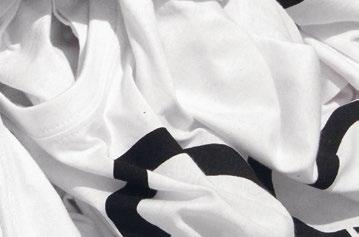
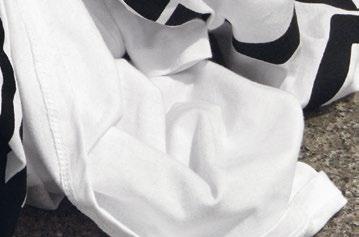
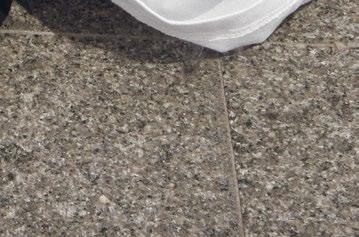

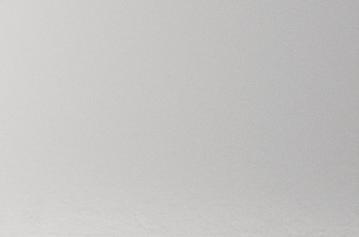
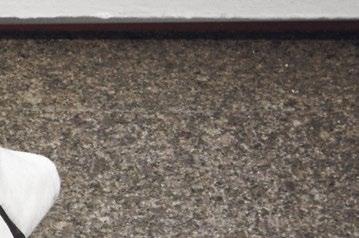

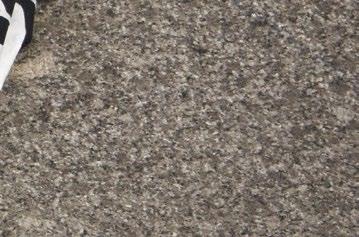

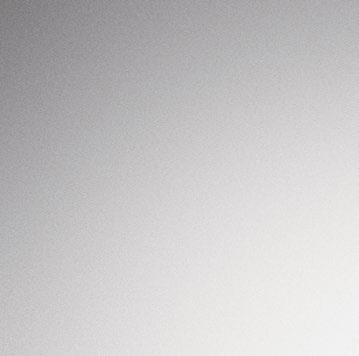

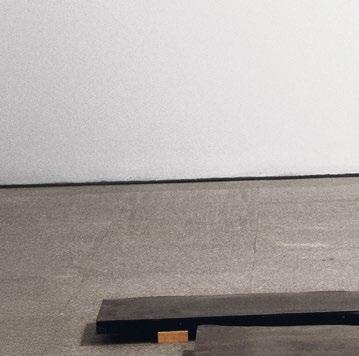
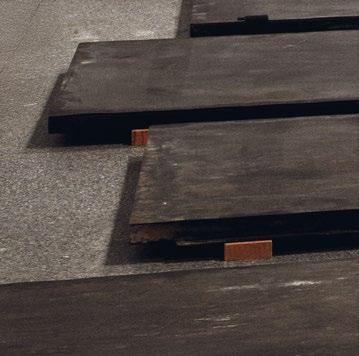

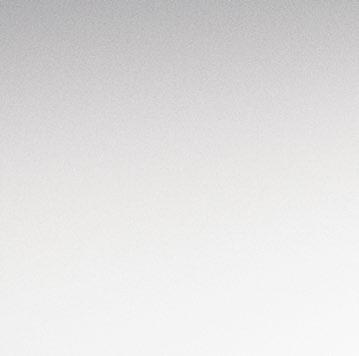



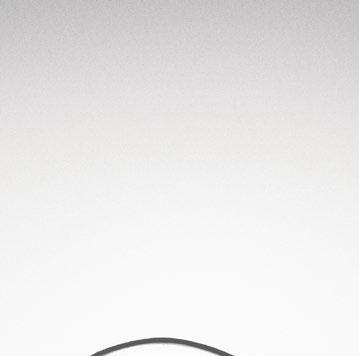
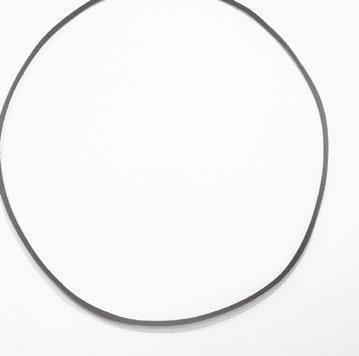
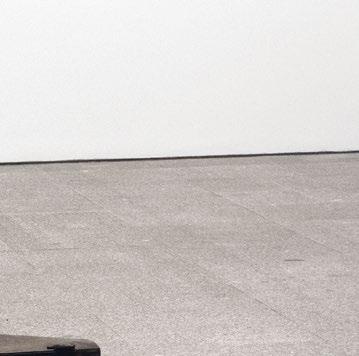
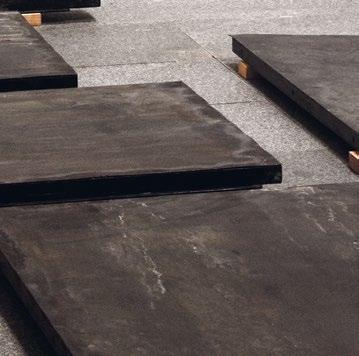





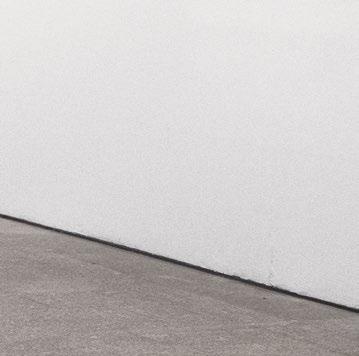

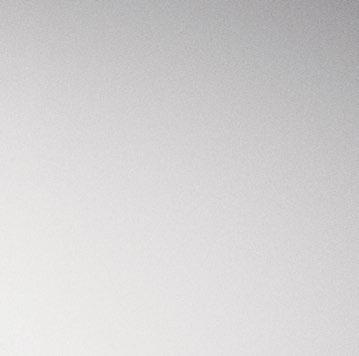
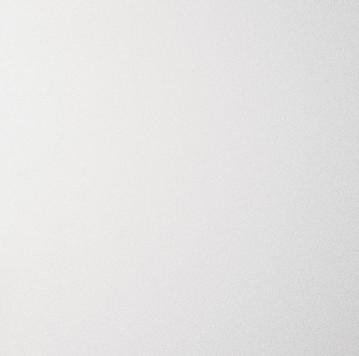
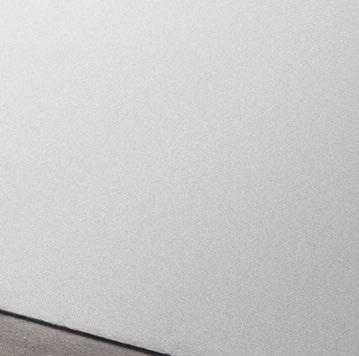
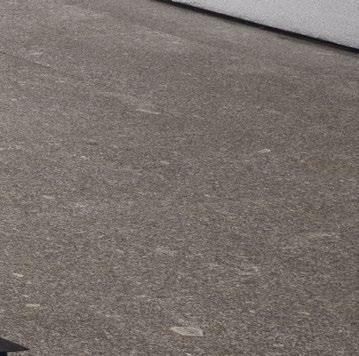

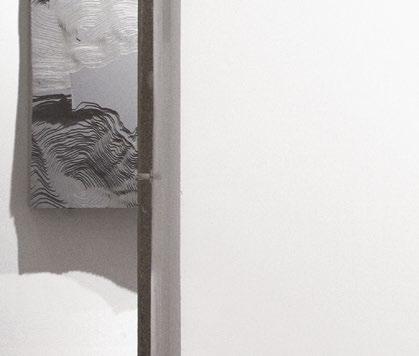
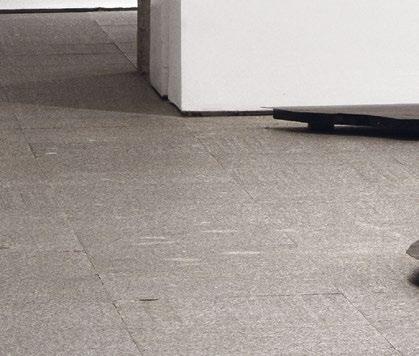




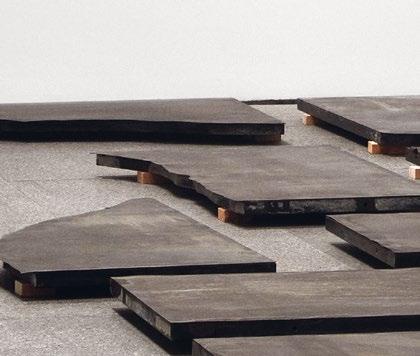
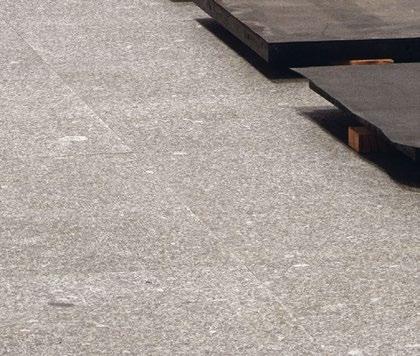
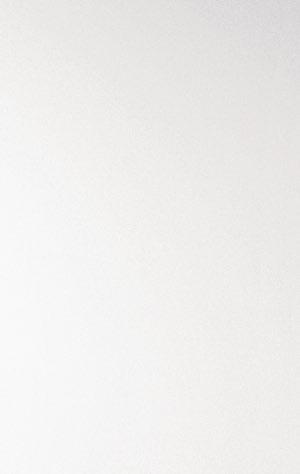
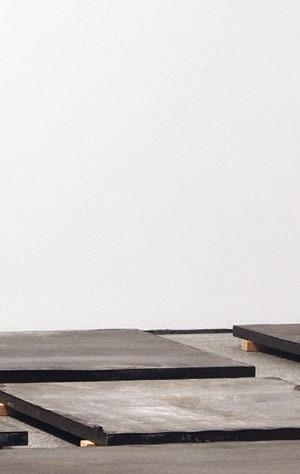
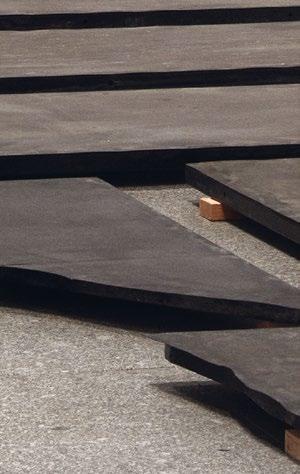
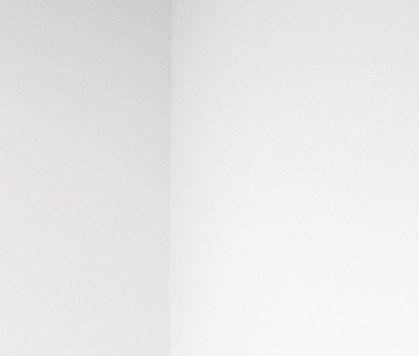
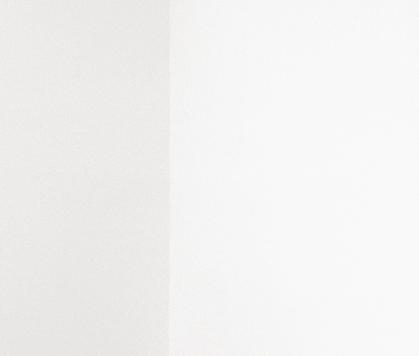
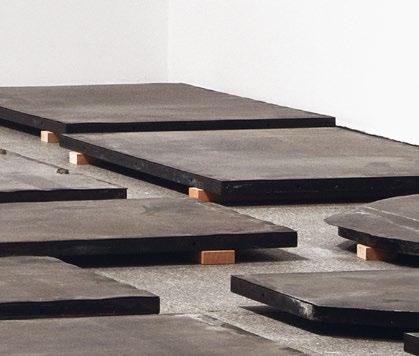
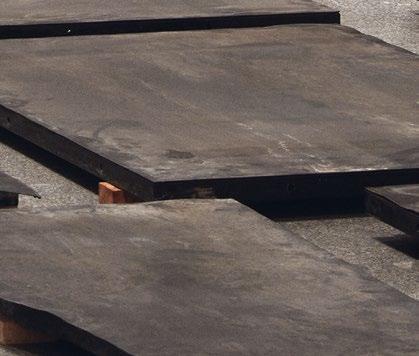
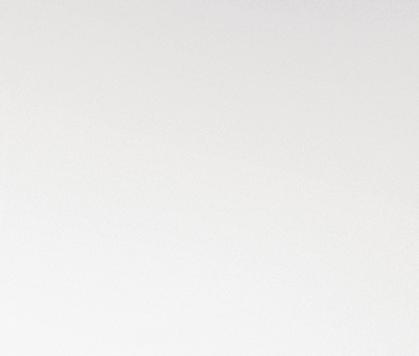

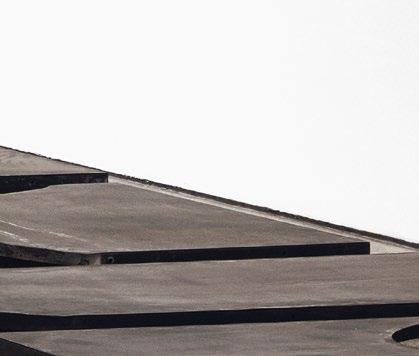

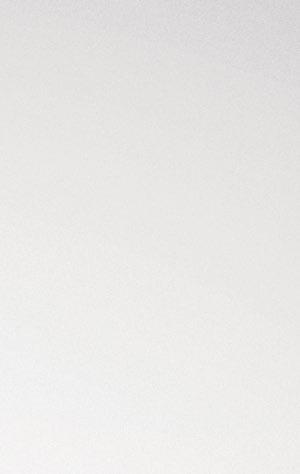
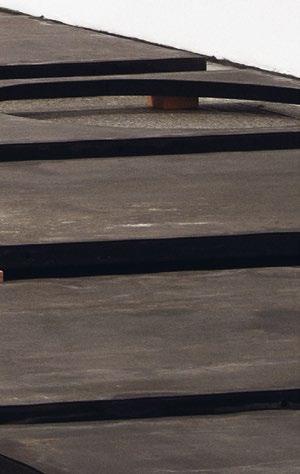



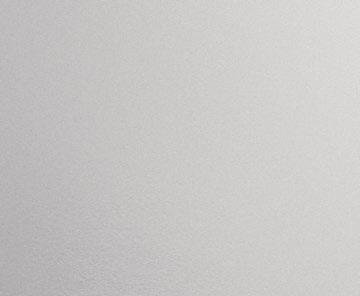

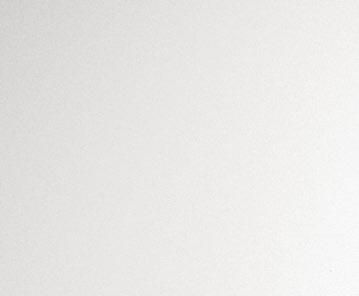
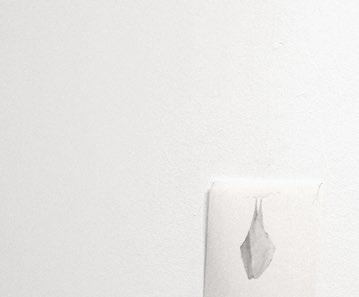
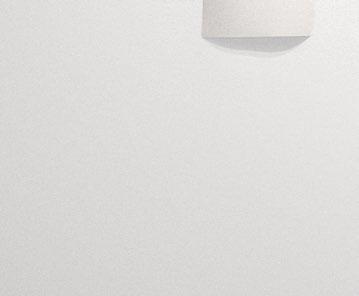




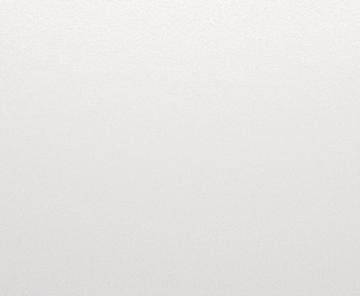


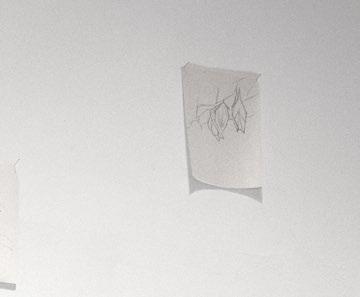
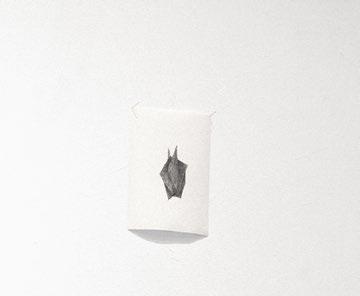
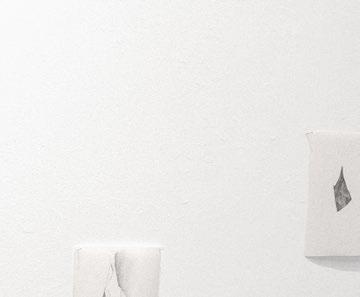
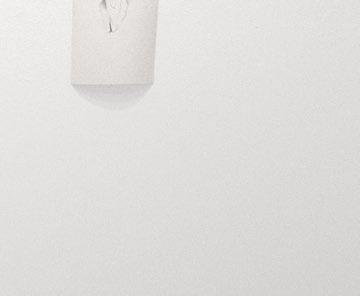
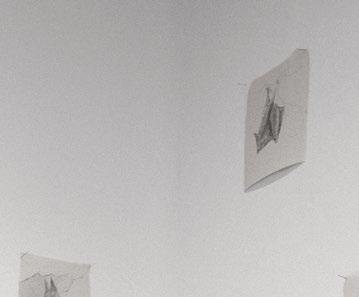

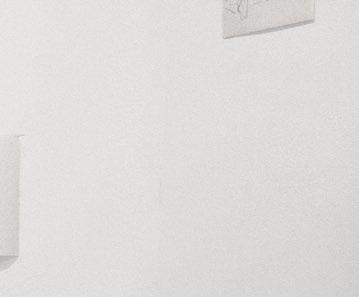

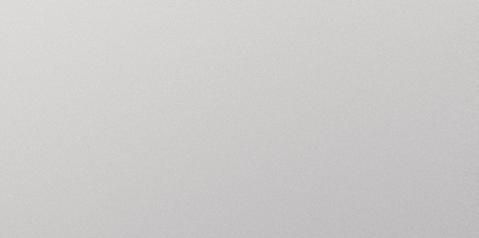

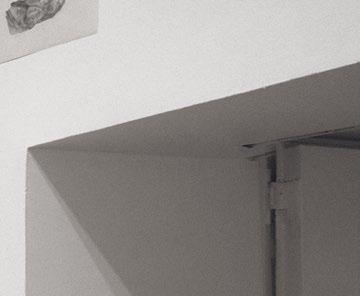

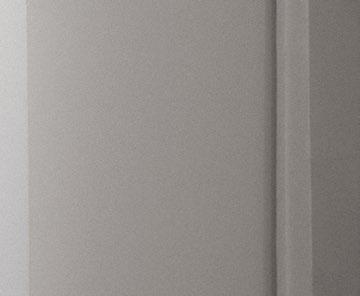
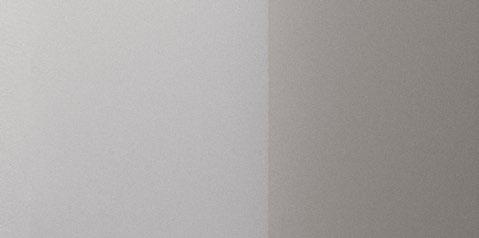
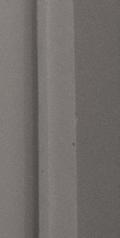
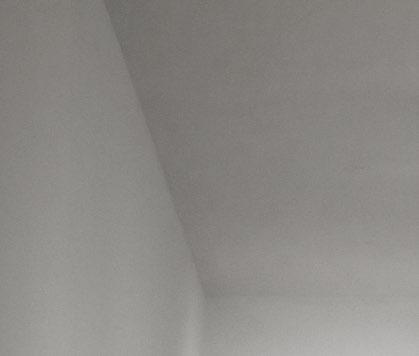
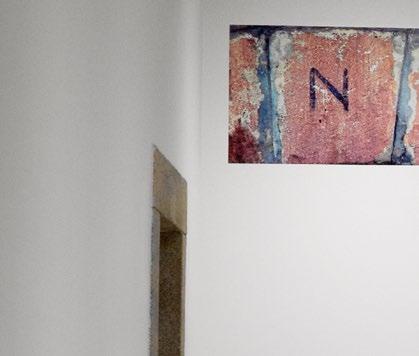
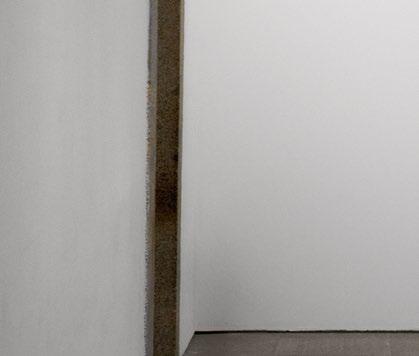
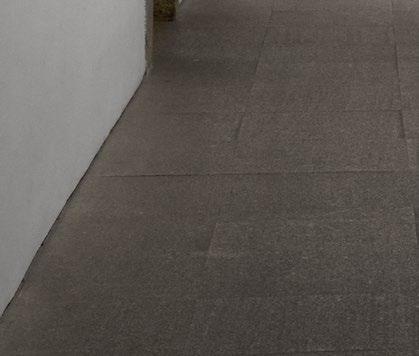

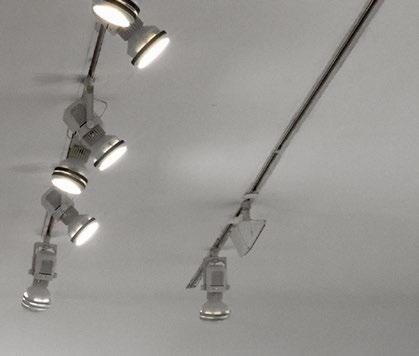
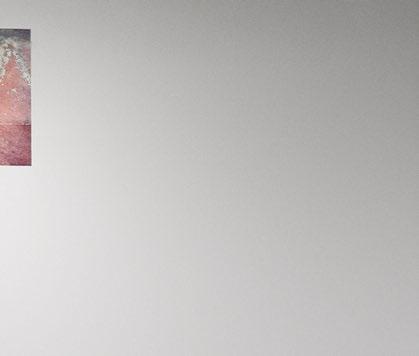
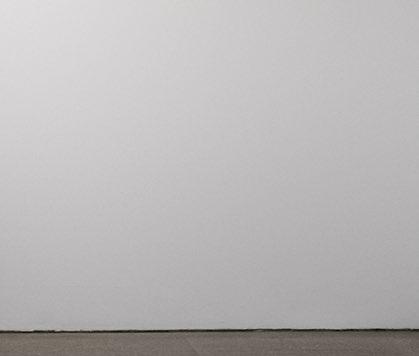
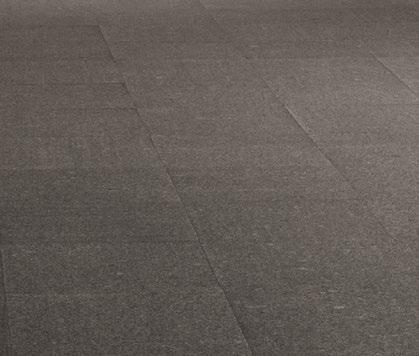
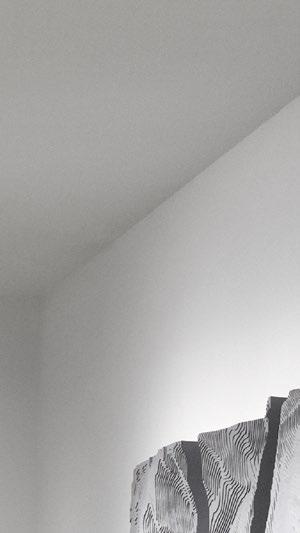
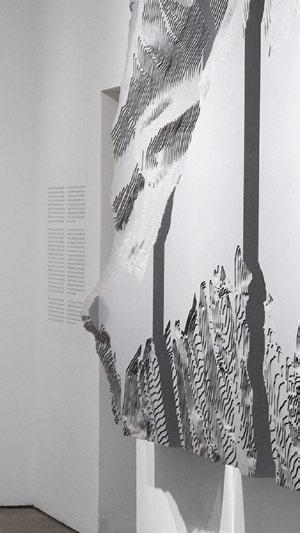


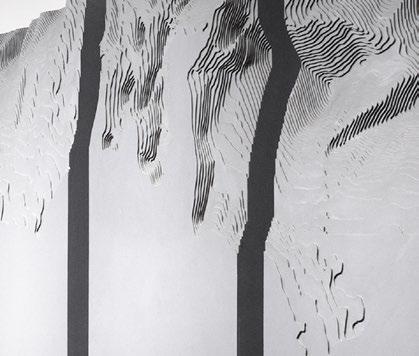
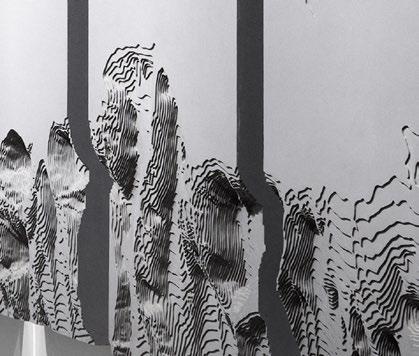
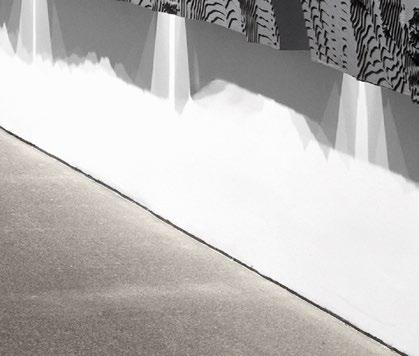
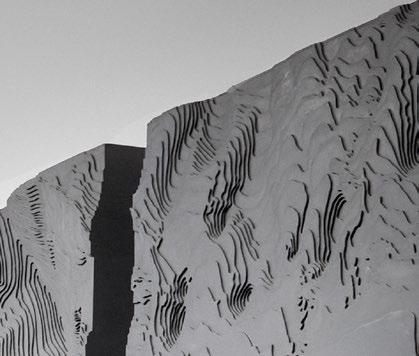
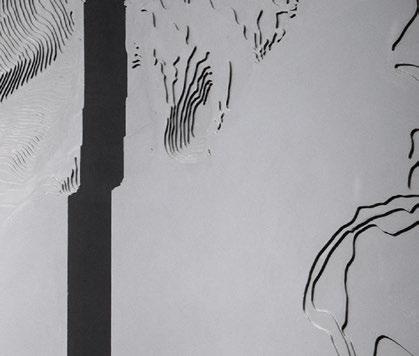


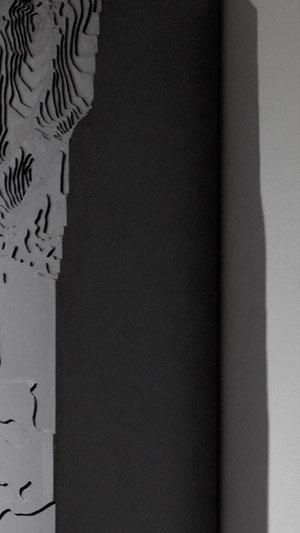

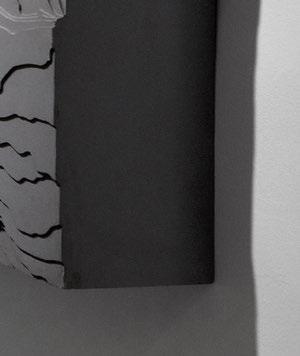
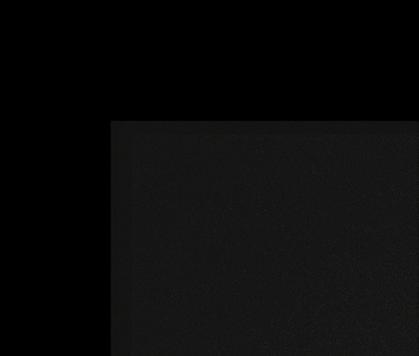
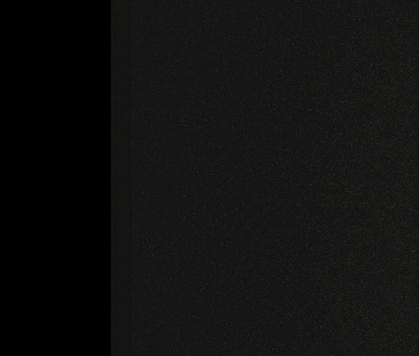
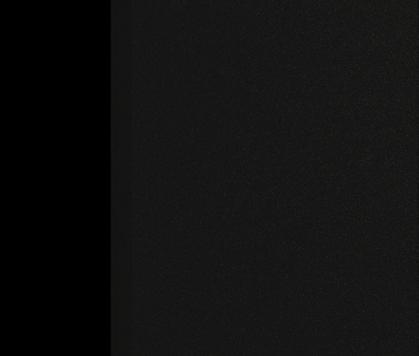
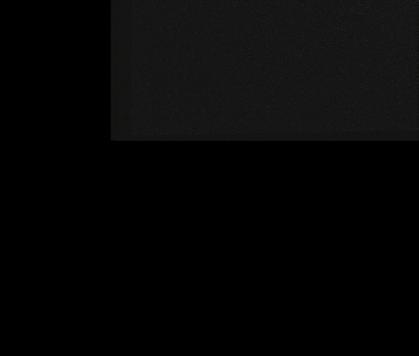

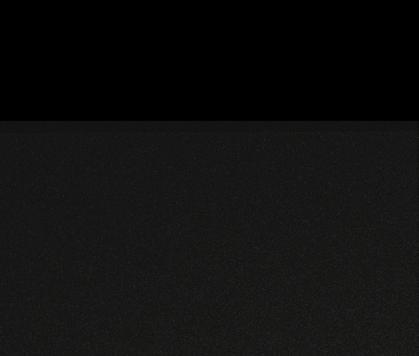
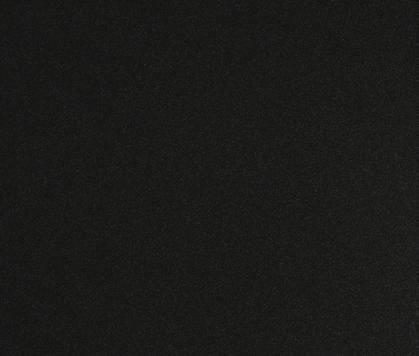
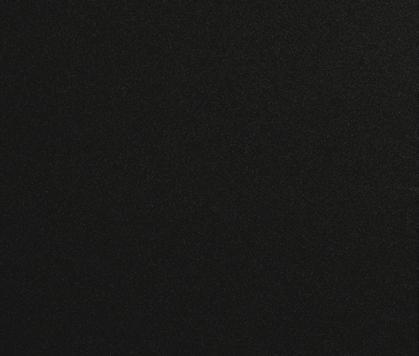
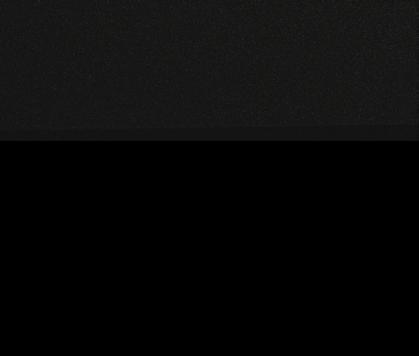
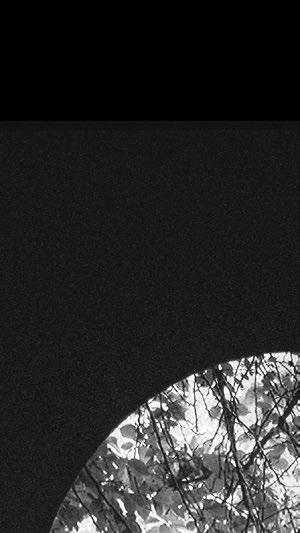
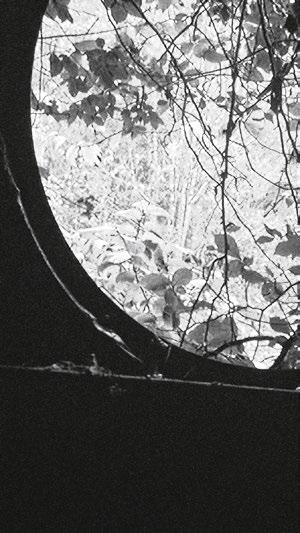
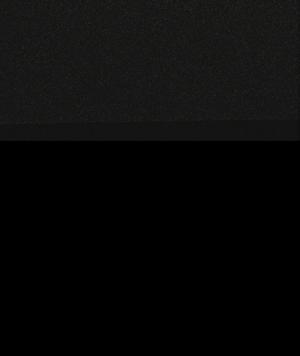
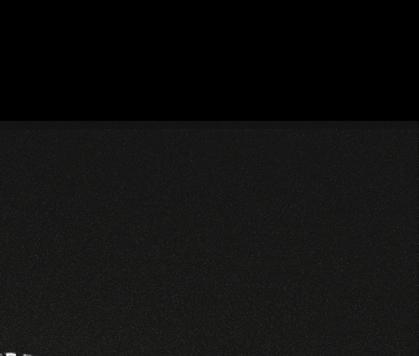
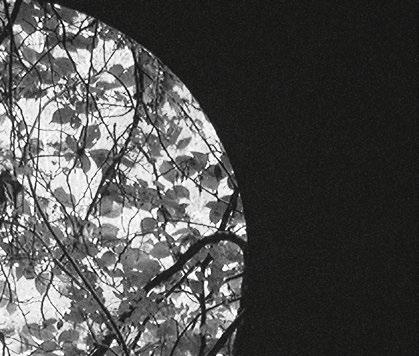
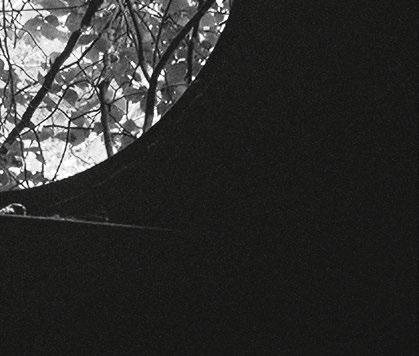
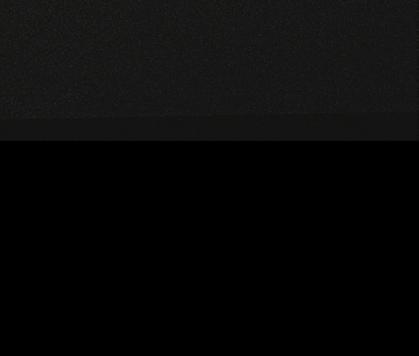
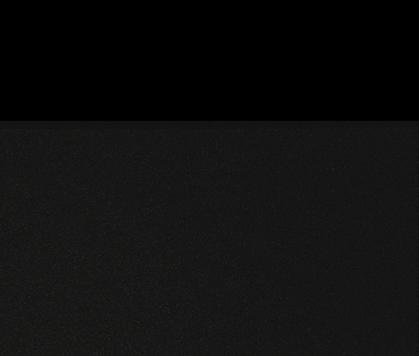
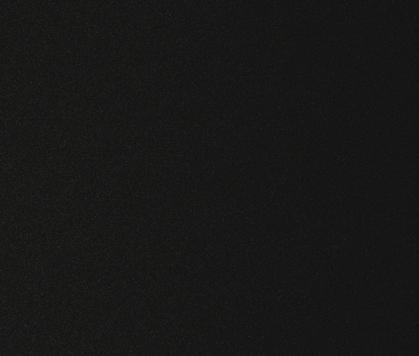
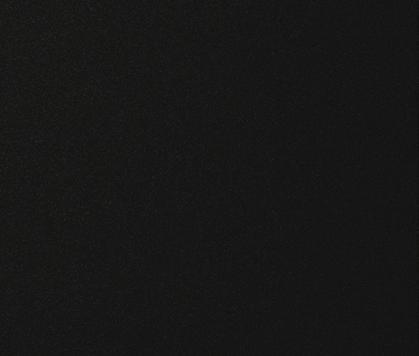
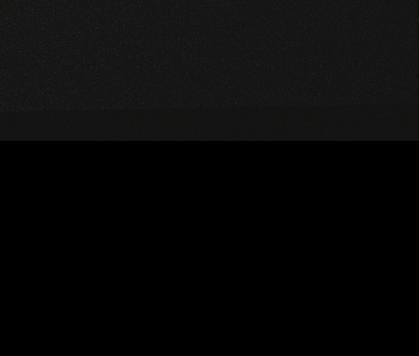
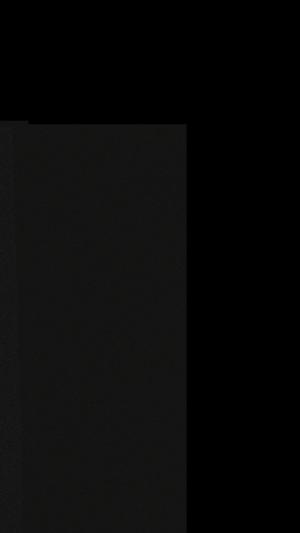
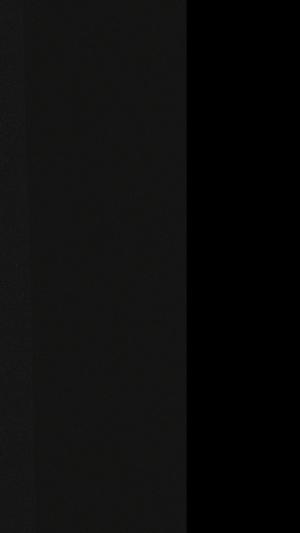
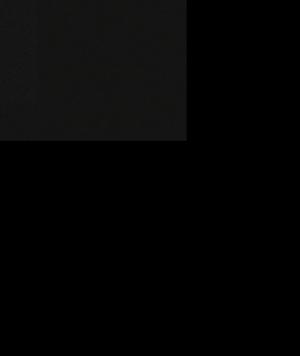
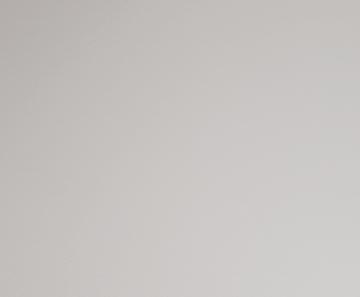

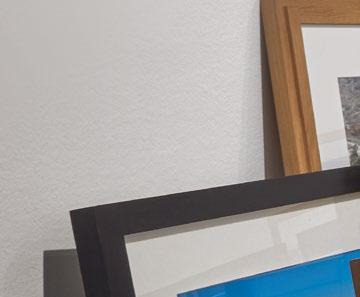
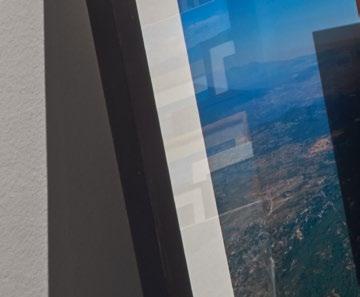
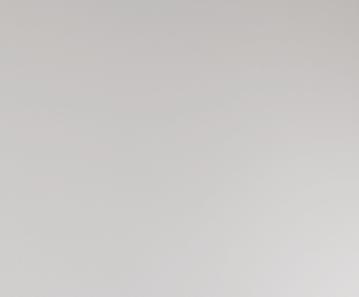

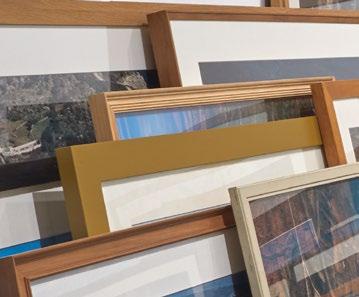
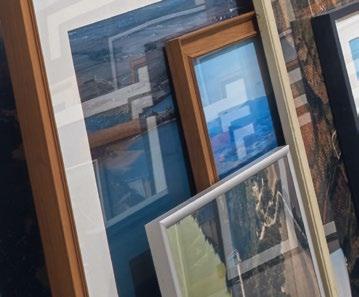


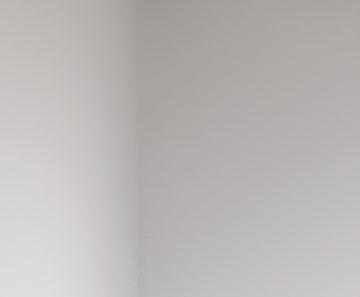
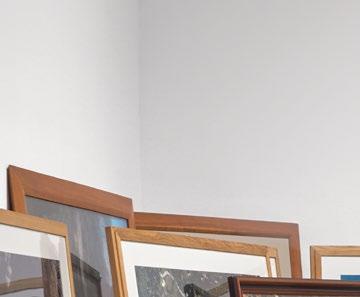




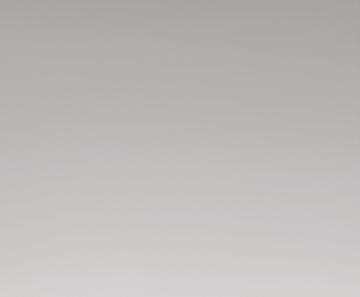
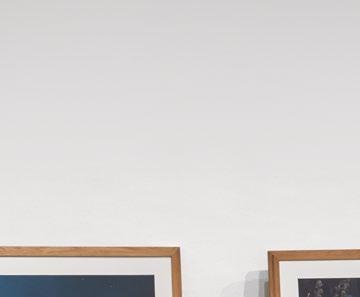


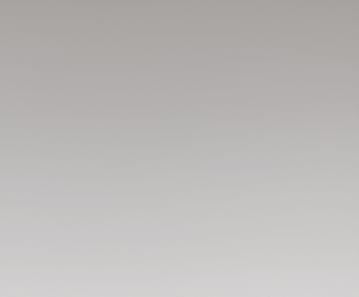
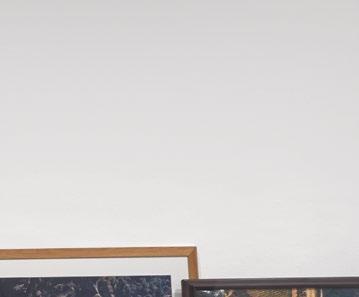
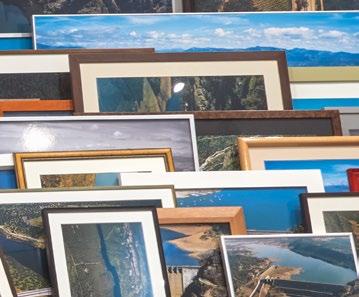
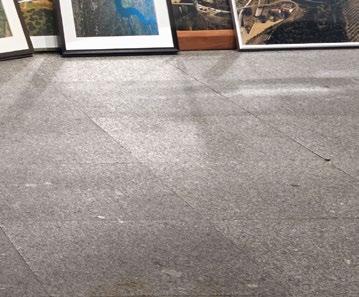
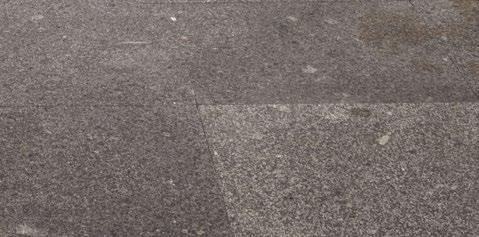
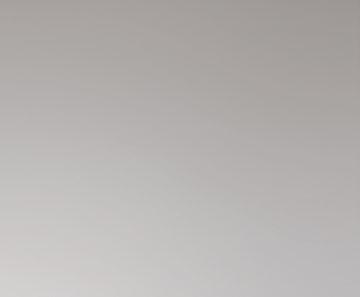
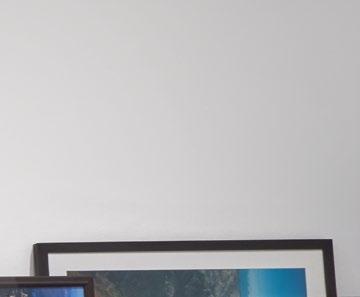
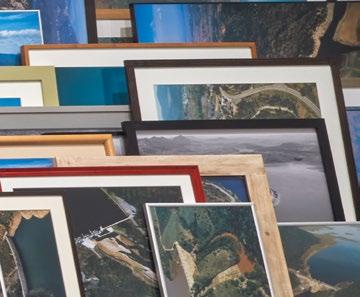
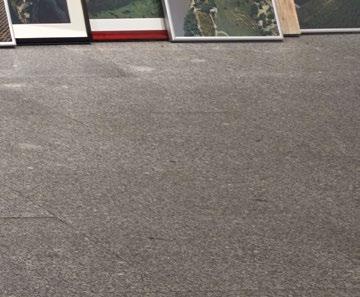
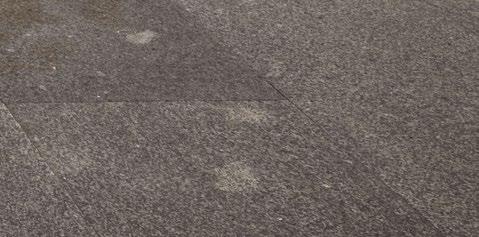
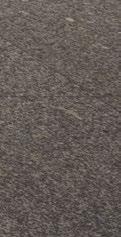
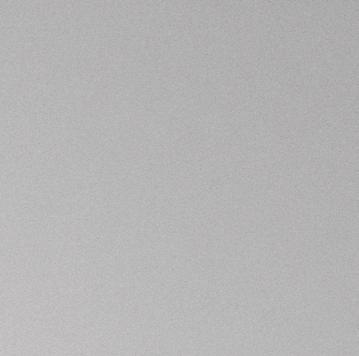
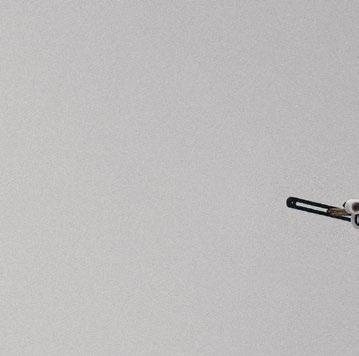
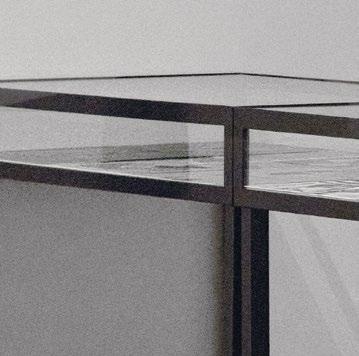
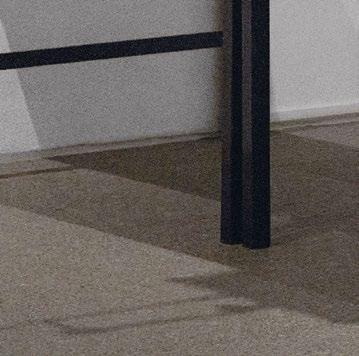

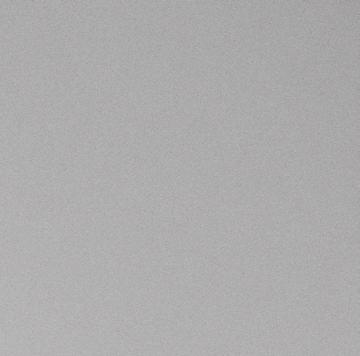

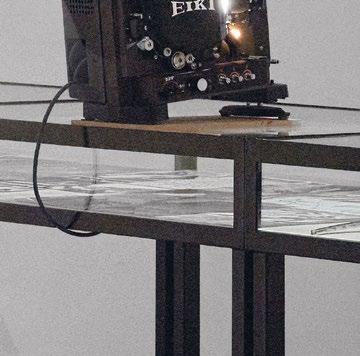

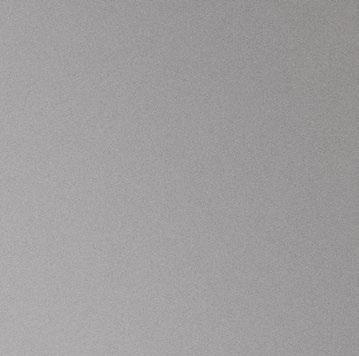

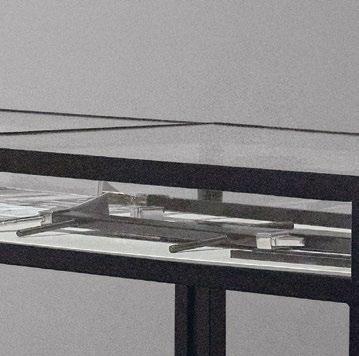
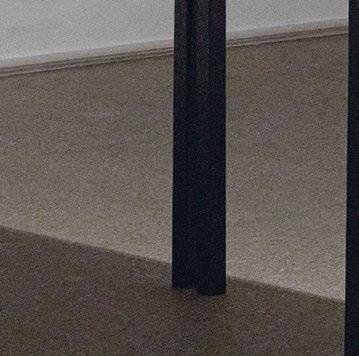
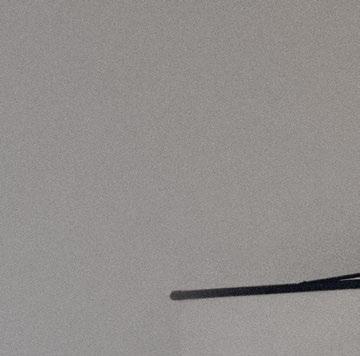
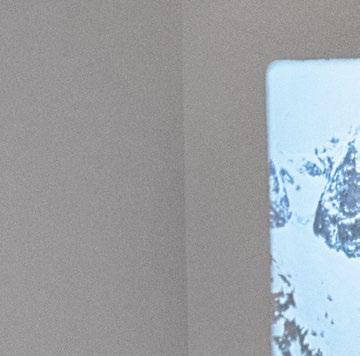
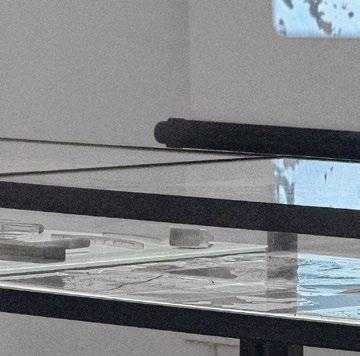


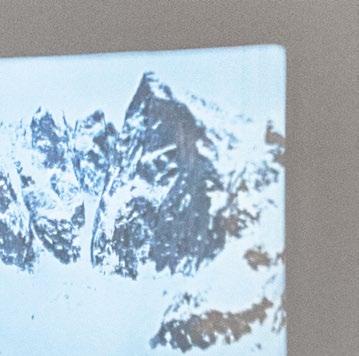
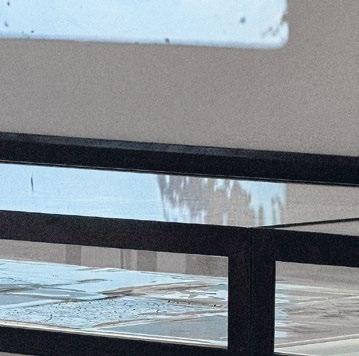


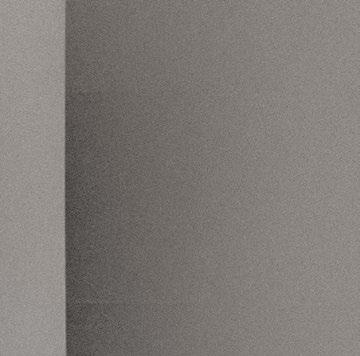

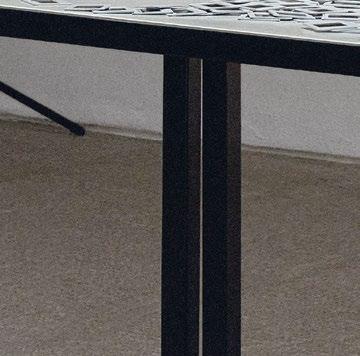




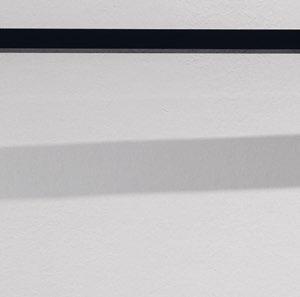
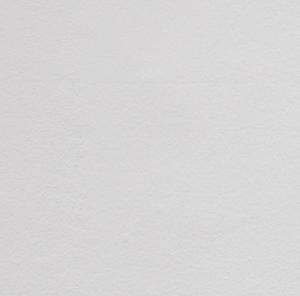
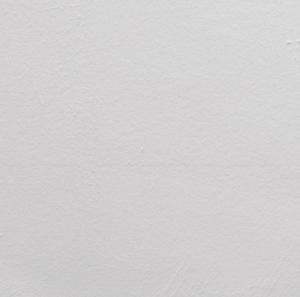
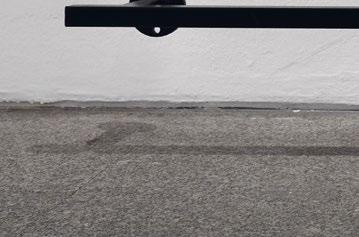

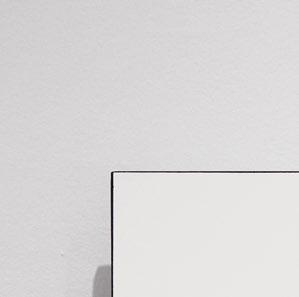
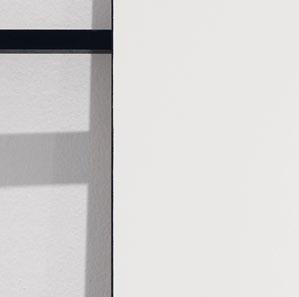
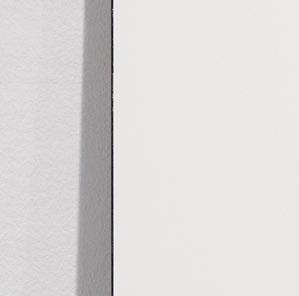
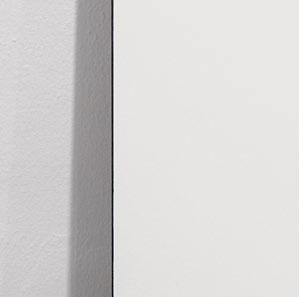
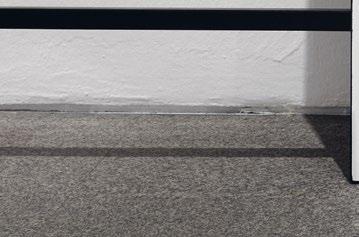

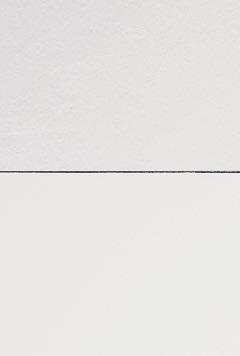

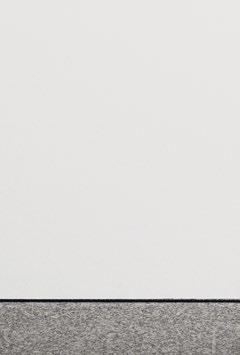
If we are to approach the work of Ibon Aranberri in a rigorous manner, attention to singular works as well as the movement within them is crucial. Aranberri’s disparate projects, so easily reducible to a set of empirical studies on the concrete realities of identity, the management of natural resources, and, more broadly still, the economic, sociological, and political structures that constitute modernism—all worthy and expansive topics in themselves—are revealed as something of an abbreviation of the proper object of analysis. More crucial than these surface manifestations of power that occur across parallel disciplines, at the very largest scale, as landscape at any one moment, and which tend to serve as the primary target of ideology critique, are the discreet symptoms of power that happen at the local level and as an operational aspect of form. We can describe these microtextual indices that occur over time as instances of the variable processes of formalization or aestheticization constitutive of hegemony. Form in the process of coming into being (forma formans), as opposed to nished form (forma formata), is the crux here: it brings the array of knowledge and work in the empirical sciences mustered in Aranberri’s projects—and typically marked as lying outside the scope of art—into the fold of the art eld.
In the analysis that follows, we key our comments to this secret fold or pleat, which is understood as an aesthetic suture that is speci c to singular works, unbroachable without immanent criticism, and inseparable from use-value. The trace of its stitching is nowhere present but inscribed everywhere. As our delimited object of study we take two of Aranberri’s lmworks: (Ir. T. n. 513) zuloa ([Ir. T. n.°513] The Cave, 2003–05),2 and
1. An early version of this text was written for Organigrama, Ibon Aranberri’s exhibition held at the Fundació Antoni Tàpies in Barcelona from January 28 to May 15, 2011, curated by Nuria Enguita, under the direction of Laurence Rassel.
2. The video (Ir. T. n. 513) zuloa is part of a series of materials (including documents, photographs, maps, and physical remains) that were brought together in order to be incorporated—under the same name—into an installation consisting of eighteen display cabinets. The installation serves as a repository for doc-
uments compiled during a search culminating in the closure of a prehistoric cave. The title is based on the archaeological name of said cave, with the term zuloa—which means something like hole/hollow/void in Basque added to it. The display cabinets with the video (absent from the exhibitions Partial View and Entresaka) were shown in the exhibition Organigrama, held at the Fundació Antoni Tàpies in 2011. The video is a compilation of images from spontaneous footage lmed during an excursion that took place before the closure of the cave. Eighteen years later,
E p. 81, pls. 13–16
Exercises on the North Side (2007). Though each project is bounded by the sharpest outlines, one in a massif far from Bilbao, the other in the French Pyrenees, both also bear the traces of the arti cially circumscribed case study, which bear the burden of far larger issues. In Aranberri’s corpus, these locations sit alongside other geopolitical entities as equally signi cant. Each of these is a totalizing construction out of which we will tease a thread of correspondence. (Ir. T. n. 513) zuloa and Exercises on the North Side betray a certain continuity, though not on the level of nished form. What emerges instead is an emphasis on the transitional state of becoming, which is the most rare and fragile placeholder in representation. As will become evident, this is a particularly di cult topography to map. Indeed, it is the slipperiest dimension of form to capture because it is not exclusively housed within the object, but equally tucked away in the subject’s encounter with the work, precisely as the beholders share in making and remaking the work. Further, it should be recognized as an aspect in and of the divided subject, pointing to the pragmatic mindset of the artist within us—never satis ed with form, always believing the work to require more ddling and rearranging of details— rather than the mindset of the spectator who takes the work as nished or complete, or a fact.
For Aranberri the topography and timelines of modernity in the Iberian Peninsula, the north of Spain, or the location of the Itoiz reservoir are uneven, accumulations of singular examples, each with distinct ceilings and grounds of possibility, variously impacted by history and local memory, in di erent stages of transformation, but overlapping in many regards and sharing subtle modi cations of the same backstory. In this respect, his works are projects conceived in parallel, in succession, from di erent perspectives, and as so many supplementary studies that augment work already undertaken. They do not coalesce against the larger backdrop of a single experiential or interpretative horizon, such as the artist’s biography or the medium of lm or sculpture, the landform we know to be the Iberian Peninsula, or, for that matter, the cultural entity, economic phenomenon, or political body and bodies making up contemporary Spain. On the contrary, the knitting point of his projects turns on a mechanism upstream from these totalizations, an impossible moment within all gural language that should be understood as the material instantiation of discourse proper, and hence a repetitive event-like structure that analogically links all of the disciplinary elds or enclosures within which he works. In his work we nd an alternative genealogy of power that constitutes and marks the processes of modernity on the Iberian Peninsula. Though globally manifest, it is a texture of local di erences with varying time stamps, rain shadows,
the structure closing o the cave was dismantled, returning the environment to its natural state. Images recorded before this removal
gave rise to a second video, entitled Barrutik kanpora (Inside Out, 2019).—Artist’s note.
and centers of high and low pressure. Hegemony, here, is no longer conceived of as a monolithic ideological entity but gured more as a supremely complex set of limits on discourse that bleed into various natural processes that precipitate change. And if he initially conceived of power as a kind of circulating climatic system with a set of speci c meteorological e ects seeded during the Franco era, it seems he increasingly would have us acknowledge such processes in terms of what he describes as “technolog[ies] stripped of all ideological commitment.”3 All of this suggests that an older, outworn notion of politics has been tossed onto the scrap heap of history and replaced with another. The two projects we have singled out are paradigmatic of this relationship and these processes. They amount to a semi-articulated set of situationally speci c, discursively adjusted, and linguistically tuned investigations into power.
(Ir. T. n. 513) zuloa is a microcosm of the practice as a whole. It hinges upon research and knowledge drawn from a wide variety of disciplines presented in a range of media. For example, the lm is itself a condensation of preliminary work, background concerns, documents, wandering, and rsthand experiences culled from a much wider project. The assemblage of materials—a map, a species of bat, lm, photographs, the location, and site visits—narrate a rather telescopic story. What emerges is a cave that has become the site of a sculptural modi cation. The lm is a supplement to the sculptural modi cation and partly a document of an event Aranberri staged in the cave after the fact. Though the alteration to the cave is slim and lost in the massif to all but the most intrepid of art tourists, the modi cation represents the di erence between a philosophical anthropology whose emphasis on the empirical study of human history is capable of recuperating truths and the positing of origins as a constitutive category.
In the lm, establishing shots of cli s, clouds, and a rushing stream situate the viewer alongside an archaeological map dotted with a plethora of caves. An exaggerated zoom in on the unassuming mouth of the cave reveals the site as a point of focus and worry. The sculptural project proper involved capping the mouth of the cave with a tted black panel, literally blocking access to a deeply meaningful space for the local community. However, in Aranberri’s hands lm does not serve as a transparent document of this idea, nor does it function as a record of the original motivations, process and evolution, design, fabrication, or installation of the sculpture that is understood to be at the core of the project. Rather, the lm presents a bare minimum of the artist’s activities involving the cave. Questions abound. Absences are notable. In fact, editing and
3. Ibon Aranberri Landa, “Dam-dreams,” in Tour-isms: The Defeat of Dissent; Critical Itineraries, ed. Nuria Enguita Mayo, Jorge
Luis Marzo, and Montse Romaní, exh. cat. Fundació Antoni Tapies (Barcelona: Fundació Antoni Tàpies, 2004), 250
postproduction are palpably felt throughout, at many moments in a jarring way, especially when silent still images punctuate the richer durational ow of the footage and soundtrack and, of course, at the juncture between what comes o as before-and-after shots. Against a backdrop that we can assume makes up a very small part of the preparation and groundwork Aranberri did in the region and at the site (both alone and in the company of others, including preliminary sketches, the redrafting of maps with his sculptural modi cation marked, etc.), we are shown footage of the unveiling of the modi cation to a small group of interested friends and curious acquaintances.
In stark contrast to the establishing shots of the isolated valley, set in late summer or autumn, we see the group walking up a now snow-covered valley, crossing a stream, gathering in front of the newly installed modi cation, and nally entering the cave. Inside, a lit re speaks of simply staying warm, and yet the moment seems loaded. The gathering speaks of ritual and initiation as loudly as what emerges to my mind as the true mystery of the work. In the next sequence we see a slow pan up and zoom to a small aperture that we glean from the sequential montage will allow two species of bats to enter and exit the cave. This image of an outside seen from the perspective of a Dionysian interior takes on the strange e ect of a full moon. There is something demonic being marked here: not only a reversal and substitution of Platonic hierarchies—with an imagined moon in the place of the sun as the gure of reason at an apex—but a troubling of the “unity” that that indominable theorist of the chthonic, Jan Patocˇka, nds lurking between the “essence of reason” and the “essence of the soul.”4 We might pro tably push this aporia of competing essences further, but simply acknowledging the emphasis on prehistory (one essence) alongside the distance from the cluster of time stamps marking Enlightenment, progress, and postproduction (another set of essences) no doubt su ces. The aesthetic suture cannot be made plainer. Of course, the condensation and reduction of a large amount of background work and research to a minimum, the compression of an expanded time span into a short synopsis of events, and the loss of the original set of motivations and intentions that drove the project, are no less marked. Adding to these losses, we know that extensive backroom negotiations and legal wrangling with a local paleontological association and anthropologists, biologists, and fabricators, among others, were necessary for the project’s realization. All of this suggests that the lm is a highly abstracted and highly wrought entity in spite of the production values. Rather than a simple document that would record the project, the lm is structured on the model of a spare presentation of select goings-on at the site, o -site, on a speci c day, before that day, and
after completing the modi cation. The form chosen, which the artist describes as a “demo-tape,” can only inadequately present the broader project. In fact, the work is built around a cluster of ellipses (…), which is precisely the experience to be contemplated by the viewer. And these temporal questions are even more thrown into relief given the fact that Aranberri has recently removed the threshold and returned the cave entrance to its original state.
I do not think that the disassembly and removal of the cave door is evidence that Aranberri’s original motivations and project were misguided. Given the artist’s preoccupation with time, it is more likely that the conditions that originally precipitated his action and modi cation had passed and that the new conjuncture warranted removal. Almost twenty years ago now, Aranberri described the project as aiming “to create a disturbance in nature, an alteration in the relationship between the primordial environment and technology.” Inasmuch, the sculptural modi cation of (Ir. T. n. 513) zuloa was to interrupt a naturalized or aesthetic state. Here one might productively refer to the relationship between the coincidental snowfall and the responses of the group to the physical transformation of the valley under that fresh snow. Recuperating the congeries of events that lay underneath this fresh blanket and at the time escaped recognition might well be the key point of (Ir. T. n. 513) zuloa. This transitive response to the snow, which is absent in the subsidiary material around the project, forms the groundwork for Aranberri’s intervention into mountain lmmaking, Exercises on the North Side. We can take this transformative moment as a critical instance of form coming into being and mark its wider symptomology in the corpus by agging the artist’s visible frustration with form, the constant work of formalization and reformalization, the recycling of old projects into new and more ideal ones, the insistence on un nishedness, failing forward, and a resistance on the artist’s part to the format of the retrospective exhibition.
Exercises on the North Side itself is a lmwork with a slightly dated feel, potentially pointing to a halcyon summer long ago and a life once lived to the fullest. Every aspiring alpinist will know this setting in Pyrenees National Park: the spectacular hanging valley of the Oulettes de Gaube crowned by the Vignemale massif. Midway through the lm we see the classic panorama at sunrise: from left to right the Petit Vignemale, the triangular form of the Aiguille des Glaciers, directly to its right the oblong jumble of the Pointe Chausenque and the Piton Carré, and, nally, the towering summit of the Grand Vignemale with the striking headwall of the Arête de Gaube just to its right and below.
The main action (i.e., the actual climbing footage taken by a member of the party of three while climbing) takes place in two distinct segments that correspond to the two halves into which the lm can be divided. First, on what
appears to be the beginning of the di culties on the northeast buttress of the Petit Vignemale (AD+, 350 m), we see a climber at the top of the approach slabs belaying his leader on steeper rock. Second, we see the beautiful snow and ice route known as the Couloir de Gaube (IV+, 600 m) that separates the Piton Carré from the Grand Vignemale. Spliced in between these episodes is what might be termed a range of supplementary actions. For instance, the lm begins with a horizontal pan across a glacier that is punctuated with a double take, presumably to reproduce the e ect of a climber literally catching sight of tracks wending their way up through the crevasses. Not much later we see three pregnant pans up a ridge, taken from what appears to be the top of the Col des Glaciers and which looks like the northeast buttress of the Aiguille des Glaciers, a di cult 350-meter alpine rock route. Very often climbers will do an easy route (like the northeast buttress of the Petit Vignemale) in order to “scope” a more di cult route for a future attempt. Or perhaps this is just the excess zeal that comes from wanting to conquer more routes and climb always greater peaks? The slow pans up the ridge possess this kind of futurity to them, but something very curious will happen in the second part of the lm.
Thus, in a later instance, prefaced by a close-up shot of a gure in a motley red downy ddling with the focal length of the lens on his motion picture camera, we see a zoom in, then out, and then in again on the so-called Voie des Séracs (III/3, 350 m), a route on the wedge-shaped Col des Glaciers that separates the Petit Vignemale from the Aiguille des Glaciers. Apparently, we are to read this sequence as a real-time example of the actor-operator coming to terms with what seems like unfamiliar, perhaps antiquated equipment. This is con rmed in the scene that follows, during which three central gures look like they are discussing technical matters about the equipment and show their clumsiness with the gear in the process. Soon after we see a sequence of telephoto shots taken very late in the day, presumably of the same three gures on the summit of the Petit Vignemale. These shots—as with the preceding scene—are taken by a fourth person wielding a camera who remains behind the scenes and who we are tempted to identify as the artist. Finally, a jump cut takes us from the increasing darkness enveloping the surrounding peaks to a mid-morning scene ooded with light, where two unknown climbing parties negotiate the di culties on the Voie des Séracs, and the classic panorama of the Vignemale massif at sunrise. What is brought to our attention through a variety of slow pans, stills focusing on unidenti ed rope teams on their approach up the glacier, and various shots showing the increasingly cloudy conditions, is the blanketing of fresh snow that has fallen overnight. All of which is to say that the supplementary action includes a range of minor narratives that impact and inform the main narrative thread: that the action comprises unknown parties climbing in the vicinity, episodes that read as potentially past and future events, passages that index the metacritical touches of the artist who seems not uninterested in leaving the traces of
intricate planning and postproduction work done in the editing room, and nally reaches a saturation point with that ckle phenomenon known as mountain weather gone bad.
I catalogue all these markers in the rst part of the lm because legibility is a real problem one encounters when looking at Exercises on the North Side. Though at rst glance the lm may have the look of found or archival footage from an amateur trip to the mountains, the montage of images does possess a main storyline and a series of subplots. It is a cryptic narrative if one does not spend the requisite time tting the pieces together; if one is not a climber, has never been red up to pack in as many routes into a short trip to the mountains as possible, or has not sat out stormy conditions in the refuge of the Oulettes de Gaube for days on end and then with new conditions afoot had to reassess objectives. The fact is that the chronology of events is mixed and matched; the narrative is layered; the montage of images feels repetitive. Sequences happen in reverse; past, present, and future tend to telescope into one another; early morning approaches to routes are staged in perfect sunshine the next day. Similarly, the editing is at times rough, at other moments delicate, and in still other instances sharply evocative in its capacity to present a startlingly di erent array of lmic types and points of view. Alongside self-re exive moments that smack of the auteur, we note the unedited stream of deteriorating and overexposed lm stock typical of the novice Super 8 lmmaker. Finally, with the repetitive pans across glaciers, up buttresses, and down ridges, we come into dialogue with the business and competencies necessary for climbing in the mountain environment. Tomorrow’s plans, next season’s dreams, objective hazards and worries that beset the team—all are present alongside the identi cation of previously established routes.
The second part of the lm opens with the dawning realization that fresh snow has transformed the landscape. It calls up that moment in (Ir. T. n. 513) zuloa I have already isolated. Performing in the role of an unintentional modi cation of the landscape, the “unpredicted” fresh snowfall shifts Aranberri’s lm into the vicinity of his sculptural practice and toward what he calls “pure displacements” where narration is driven by action and transformation alone. Thus, the series of three consecutive zooms on the narrows, and particularly the bergschrund one-quarter of the way up the Couloir de Gaube, cannot fail to catch even the armchair mountaineer’s attention. The sequence marks a new focus for the climbers as well as a new set of concerns. The previous project of climbing a rock route on the Aiguille des Glaciers has been exchanged in favor of a snow and ice route. With the former out of condition, a new objective is sought. It is a crucial moment in the work. And not only because it marks a turning point in the narrative, or hinges on a narrative device natural to the mountain environment, but ultimately because a ready-made event with an easy purchase on the visible world provides a spur to think of the
un nishedness of form. Against the project that Michel Foucault will call the “archaeology of ideas,” intentionality here seeks out “the root of its own history.”5 The sequence appears to have been shot from the balcony of the refuge of the Oulettes de Gaube shown earlier in the lm. In the zooms we move past a prominent boulder that is centrally featured in the next sequence and upon which stand two of the climbers we “know.” Perhaps they are checking the new conditions, getting their bearings for the climb ahead, or simply gaining courage from being out with the other, more experienced parties already on the route? All of this is an important preamble for setting up the successful ascent of the Couloir de Gaube by the team of three, as is a telephoto montage sequence showing a team of two climbers passing the bergschrund, a montage of three climbers belaying a steeper section and then cutting tracks in deep snow higher up, and nally a team of two climbers tackling the near-vertical ice waterfall at the top of the Couloir.
The sequence works to establish what should have come into focus by now as an impossible object of desire. For the alpine climber in us, it is the doubt and worry that precedes the decision to choose a new route that is necessitated by transformed conditions. For the artist in us, it is the mechanism within the self that enacts the law of substitution and exchange, which is the very possibility of galvanizing a salience condition around any object whatsoever. And for the philosopher in us, it is brushing up against the unstable ground of temporality upon which we all stand and that determines volition or the heroic acts of will that have driven individuals like Anderl Heckmair or Edmund Hillary to conquer the world’s mighty peaks in the name of the nation-state or empire. It is noteworthy that the motive force behind the climber, artist, and philosopher in Aranberri has been precipitated by what is not an object in the traditional sense, but precisely a proxied and fugitive form of the sculptural that marks, above all, the latter’s absence. Hinging on the preestablished circuitry between we Eiger birds and the climbers, one feels the way in which the events transpiring galvanize the fortitude of our three would-be-alpinist/ lmmakers, for it tickles one’s imaginative life. As ighty spectators, we are slyly placed in the position of a fourth party member, with the added exibility of being a kind of free agent with the ability also to assume the position of the authorial eye, as well as other subject positions just in the neighborhood. We can brie y point to the cardinal perspectives exampled, all occurring in the nal minutes.
Around the seven-minute mark we glimpse the broadest dimension of the metacritical frame o ered by the lm. We see one of the team members
5. See especially the way Paul de Man singles out this tension from Foucault’s Archaeology of Ideas and his subsequent critique of Ludwig Binswanger’s great essay on mountain climbing, “Verstiegenheit.” Paul
de Man, “Ludwig Binswanger and the Sublimation of the Self,” in Blindness and Insight: Essays in the Rhetoric of Contemporary Criticism (Minneapolis: University of Minnesota Press, 1983), 37
lming through a rst camera, followed by a medium-distance shot of two gures standing on a prominence, one recording the progress of the three main characters through a second camera mounted on a tripod, while the other gure (the artist, I believe) looks idly in the direction of a third camera that doubles for the perspective of the viewer (which in turn I believe must nally be that of the artist). The viewing subject is placed under considerable pressure here, for these conditions place the spectator outside of the web of relationships that have heretofore governed the structure of the lm. The identities established, the desires cathected, and the distance or objectivity a orded on the problem of narration are thrown into disarray. Given the self-re exivity of the moment, the narrative progress of the three main climbers is clearly staged as secondary to the main object of analysis. Further, take the shots (occurring just after this) that document in fairly clinical fashion the progress of one team member as he plods up the summer snow. The sequence seems intent on exposing the ction of real-time footage shot from the rst-person perspective. We see who is taking the shot, and then we see the shot. More complex still is the supplementary action that furnishes the new miseen-scène. Signi cantly di erent than the distanced perspectives on the climbing team preceding, our own fears and worries are wired directly into the circuitry of the climbers. During the long approach up the glacier to the base of the route we are placed in the thick of the objective hazards the team confronts. Three avalanches roar down: a heavy wind slab on the west side of the Col des Glaciers; a slu high up on the Goulotte Espagnole on the Arête de Gaube; and, nally, the last remnants of spindrift that has accumulated speed from high up on the Pointe Chausenque or the Piton Carré. What viewer will fail to identify with these worries? After which we see the actual footage recorded by the team as they climb the Couloir de Gaube, top out, and lastly victoriously descend the gentle snow slopes on the south side of the massif.
In a word, the lm is wrought. What legibility Exercises on the North Side lacks on a rst viewing is more than made up for if one pays attention to the careful crafting of the sequential montage, especially the narrative drive of the lm that is curiously emptied of real content other than getting to the top or summiting, though easily enough loaded up with it. In e ect, illegibility is merely the most visible by-product of the assembly of lmic parts that is in fact keyed to a narrative operating upstream from content, as a series of shifts between di erent existential levels. This is an incredibly hollow work for a reason! Unlike Aranberri’s earliest lmwork, Firestone (1997), where the artist presumably appears as the long-haired gure rolling a tire down progressively larger hills, or even (Ir. T. n. 513) zuloa, where the artist is present in the form of the sculptural modi cation in the landscape though lost in the crowd, it seems that in Exercises on the North Side all that remains of the authorial persona is a tissue of ctions precipitated through a range of formal conventions or tropes intrinsic to p. 99
p. 143, pls. 10, 30, 36, 47
lm. Because action, transformation of the environment, and reaction are the only basis of the “thin” narration, the real critical work transpires elsewhere; not in the object at all, but again, within the subject, which is used as a springboard to imagine what is upstream of the self from a position downstream. Framed from a slightly di erent perspective, we could say that compared to (Ir. T. n. 513) zuloa, where the sculptural intervention is to create a moment of symbolic disorder in the reality of an aesthetic state, in Exercises on the North Side the sculptural intervention is an event used to mark a barely recognizable modi cation to the smooth ow of narration. Yet, in both cases, the function of sculpture is to interrupt a preestablished wiring or pathway for experiencing and processing the world in order to mark the place of an impossible object: action keyed to a discrete temporal and spatial coordinate.
p. 73, pls. 12, 50, 56, 57
A related point is raised in two projects that roughly overlap with the making of (Ir. T. n. 513) zuloa and Exercises on the North Side . Arid formalizations and ellipses also characterize these works and place an equal strain on legibility. Further, given their focus on water, it is tempting to think these two projects exist downstream from the fresh snow that exerts such an importance in the latter lmworks, but origin and ow are never clear-cut in this artist’s corpus. Metaleptic reversals are always closely tethered to genius loci. Here, I refer to Aranberri’s series of twenty-three photographs titled Obstáculos para la renovación (Obstacles for a Renovation, 2005–15). From the title and the close cropping of the numbered stones pictured, we glean that the images present a patrimony of ancient monasteries and churches near the artist’s home that were dismantled, reconstructed, and then relocated to make way for various projects of modernization. Although the modest query that the artist attached to the work was whether these reconstructed buildings would preserve the “historical spirit” of the original structure, the mute resistance these stones present to the hydroelectric projects that displaced them is equally at issue. Obstáculos para la renovación itself emerged as a branch or extension of another of Aranberri’s long-term research projects that came to a provisional conclusion in the artist’s well-known photo installation Política hidráulica (Water Policy, 2004–10). This was rst shown at documenta 12 in 2007 alongside Exercises on the North Side . With its palimpsest-like stacking, covering, and leaning of framed aerial photographs of dams in the Iberian Peninsula against the gallery walls, Política hidráulica not only brought the artist’s interest in illegibility and the sculptural aspects of the image to a new focus, but also oriented the viewer to the importance of duration. Here I mean the sense that form only completes itself over time—say, as a projective function of lea ng through the stacked photos—and more precisely out of the darkness of an unknown future. Política hidráulica crystallizes many of the artist’s recurrent motifs of generational land use and abuse, solitary wandering, ecological observation and critical activism, intergenerational tensions and relations,
and the slow processes of historical transformation where ideology becomes visible by virtue of incremental changes over the longue durée . This is what Jacques Rancière describes as the labor performed by an “aesthetic practice” on the ground of a “primary aesthetics.”6
The valley containing the Itoiz reservoir, the Pyrenees, and their environs have always served as a special focus for the artist, but his projects always expand beyond these time-stamped locales to other totalities. Thus, the importance of documenta 12. At minimum, Aranberri’s projects reach from the site of the neolithic cave and the ancient patrimony of Itoiz, through the processes of modernization in the Iberian Peninsula under fascism, to the presentational contexts of documenta as much as that of the retrospectives Ibon Aranberri: Partial View (Museo Reina Sofía, 2023 – 24 ) and Ibon Aranberri. Entresaka (Artium Museoa, 2024 ). Of course, we know that Aranberri’s research on the administration and management of water in Spain began with investigation keyed to Itoiz and then, over a period of years, grew to include many other reservoirs in the Iberian Peninsula. But Aranberri resists the traps of a romantic notion of landscape championed by many of his generation and equally distances himself from the monumental restructurings of the environment that were typical of the provincial modernisms celebrated by his parents’ generation. His universe is one that constantly reinvents, updates, extends, and, lastly, interrupts a recursive structure rooted in Spanish modernization. Works emerge from other works, readymade works crop up in the landscape as leftovers of another time, mega-projects shape water in ways that geology does and does not, and, nally, the institutional context as much as the spectator reshapes these projects according to other limitations, expectations, and logics.
What the Italian avant-garde of the 1960s would call the “continuous monument” is decisive here, for this artist has a totalizing notion of development plugged into the heart of his work that e ectively extends to the interpretative machinery levied by the viewer. Thus, the illegibility, abbreviation, provisional arrangement, and un nishedness of Aranberri’s projects. His privative form of abstraction puts us to work. It aims to tease into visibility the institutional presuppositions, desires, and historical criteria that each one of us mobilizes and embodies as a viewer, thus marking the subject as symptomatic of the never-ending story of colonization, modernization, and imperialist objectives that is the passage of time. If one is to go beyond formalism, the artist once told me, formalism has to be taken seriously. Aranberri’s great hunch here is that, in form, the image possesses a kind of primordial possibility that its dialectical reconciliation prohibits.
6. Jacques Rancière, The Politics of Aesthetics: The Distribution of the Sensible, trans. Gabriel Rockhill (London: Continuum Books, 2004), 12
And possessed of so little content, it is as if the ruination of form begs the kind of threshold condition of a vacuum where the world can’t help but to rush in and ll the void in a new way—perhaps, this next time, with content edging out form to create undreamt-of possibilities. This is progress for Aranberri. It makes dam-busting more poietic than it has ever been and new forms of capture and control an inescapable horizon.
Provisional and telescopic conclusions I realize, but given the obstacles to thinking outsides that are adumbrated by Aranberri’s projects, it is no doubt best to wait for a moment some time in the future when retrospection, new projects, or the representation of the present projects o er a far better grip on formal problems that are just now in the process of coming into being…

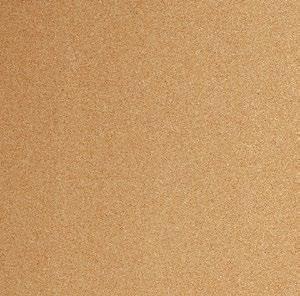
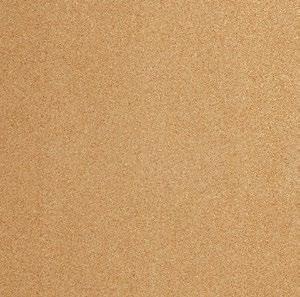

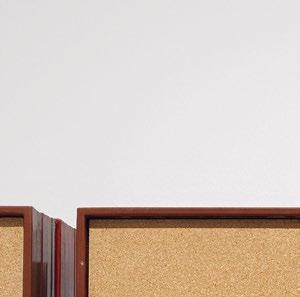
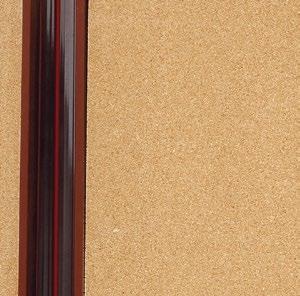
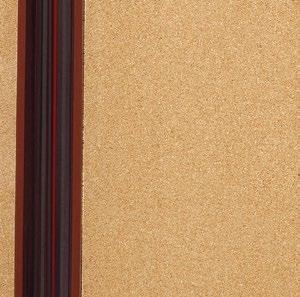
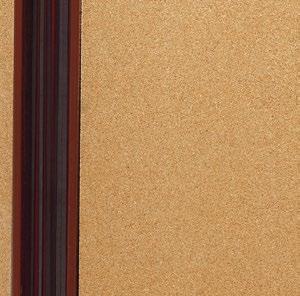


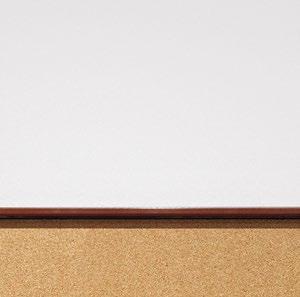

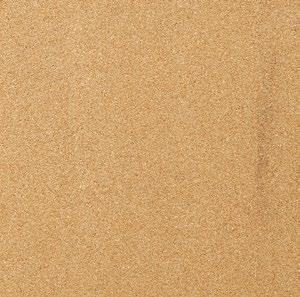

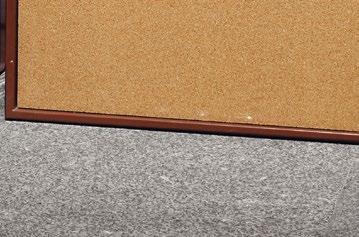
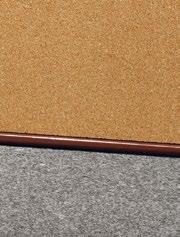



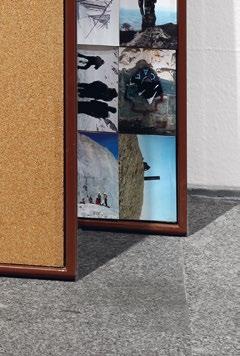
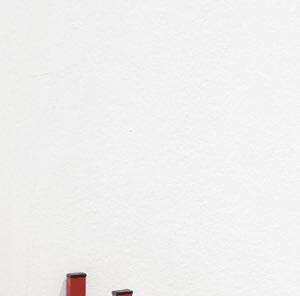
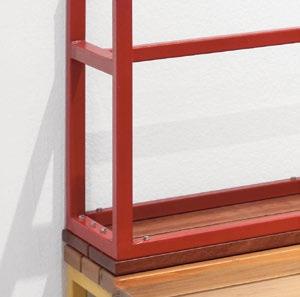

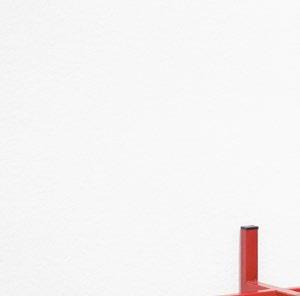
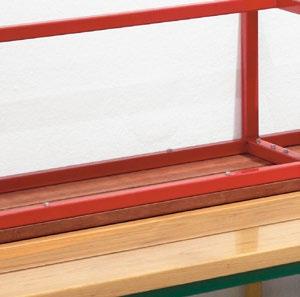
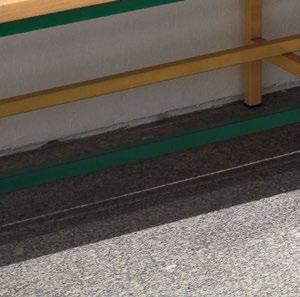


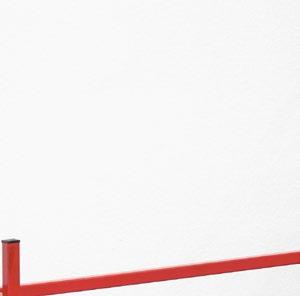
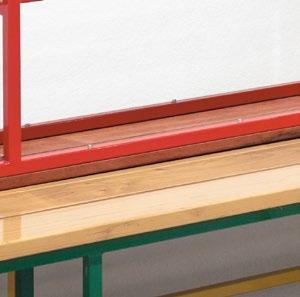
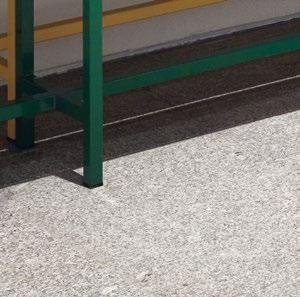
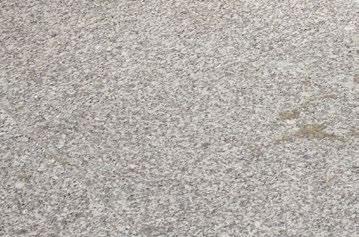
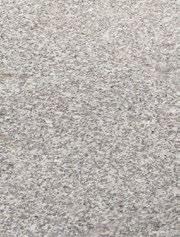
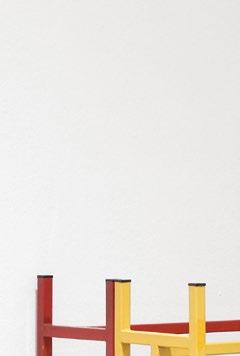

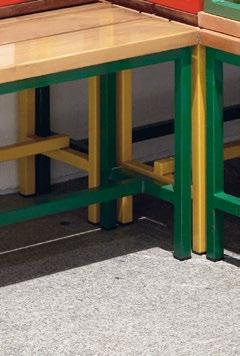
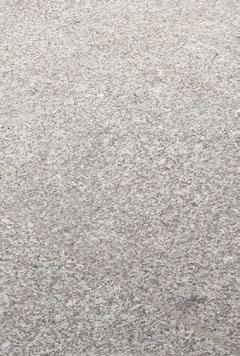
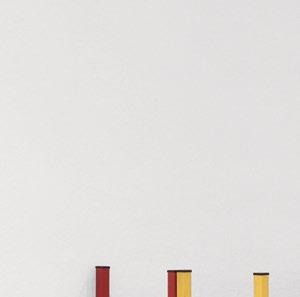
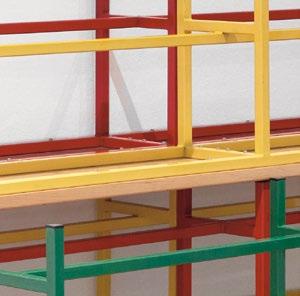
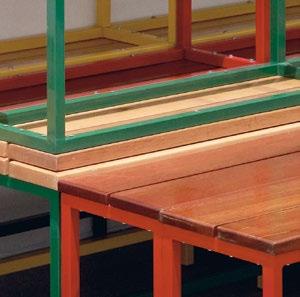
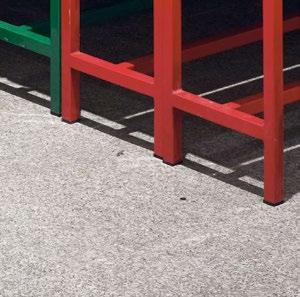

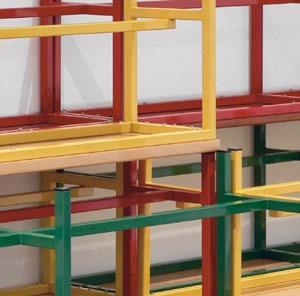

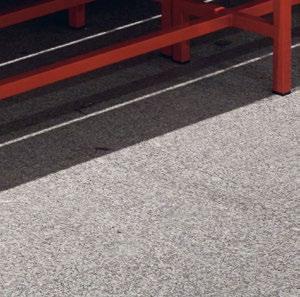
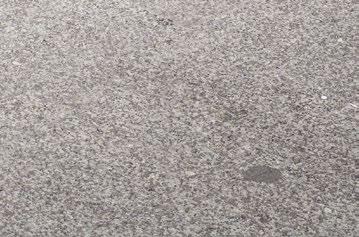
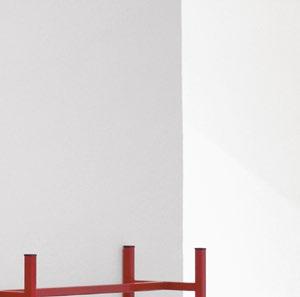

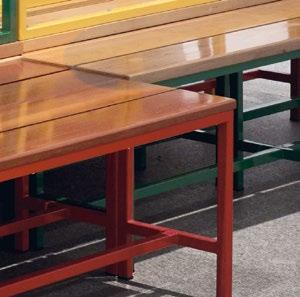
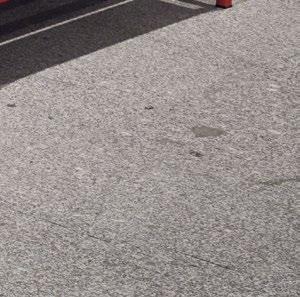
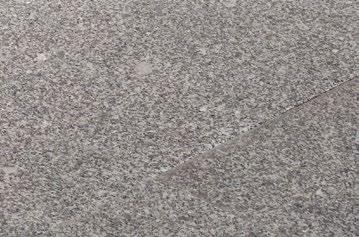
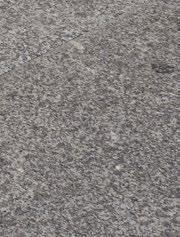
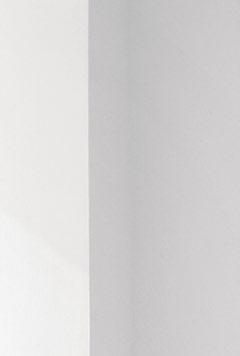
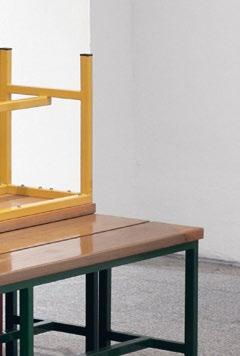
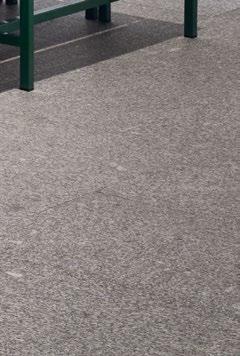
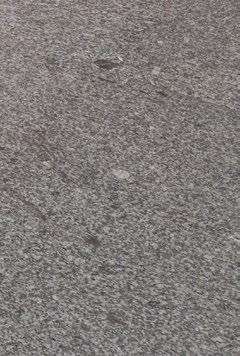

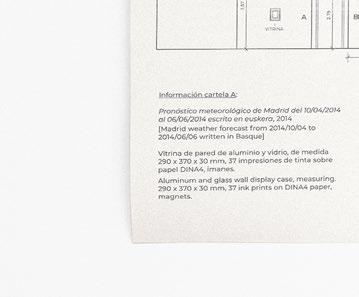

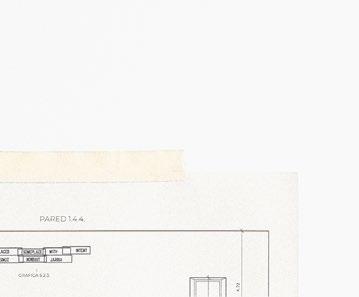
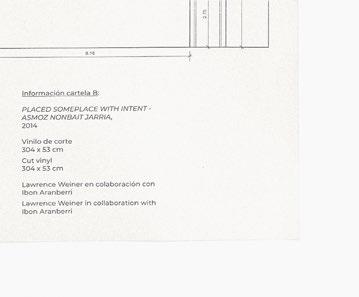




















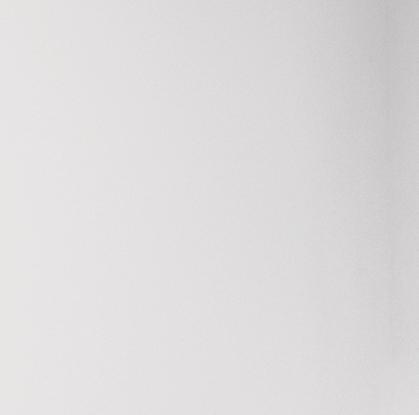
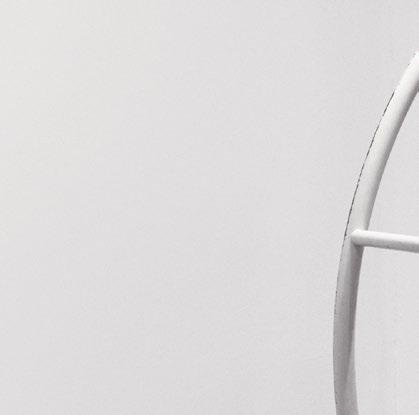



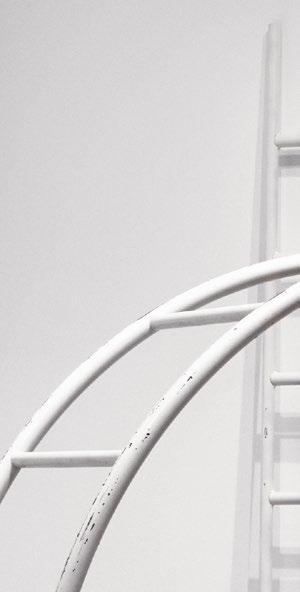
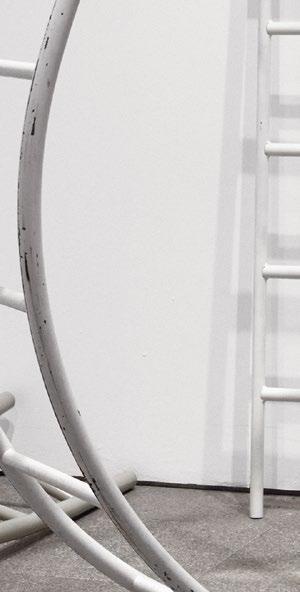
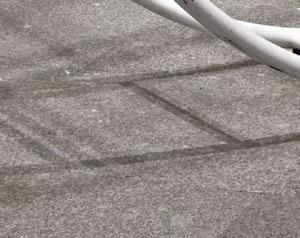
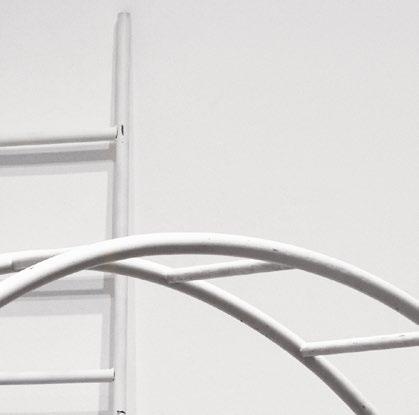

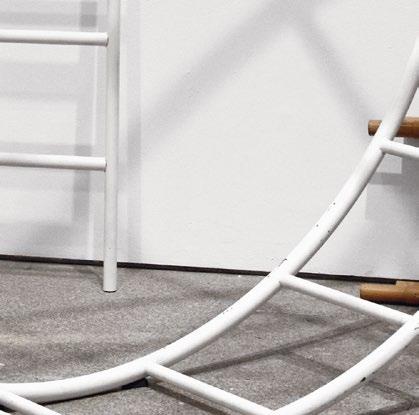
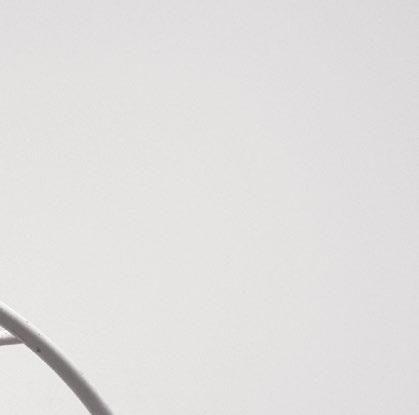



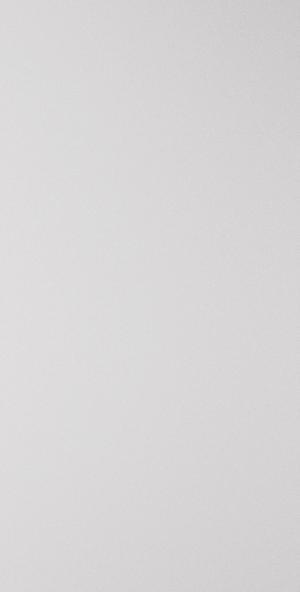

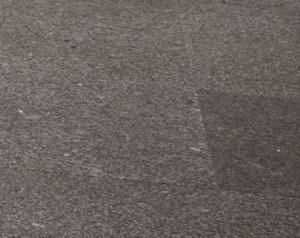

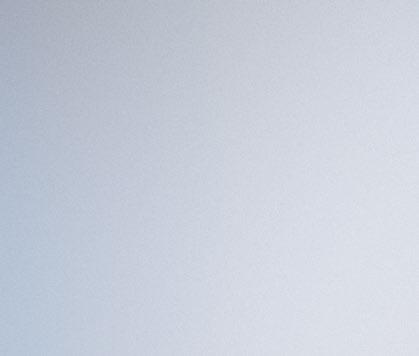

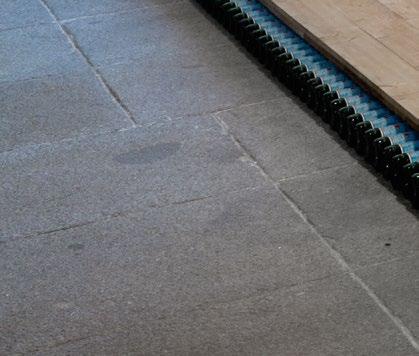

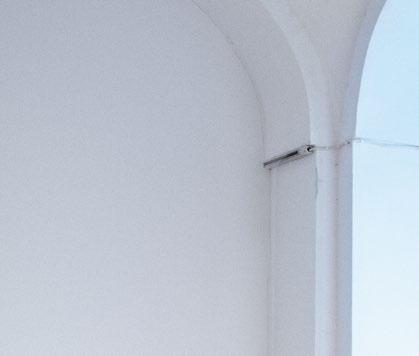
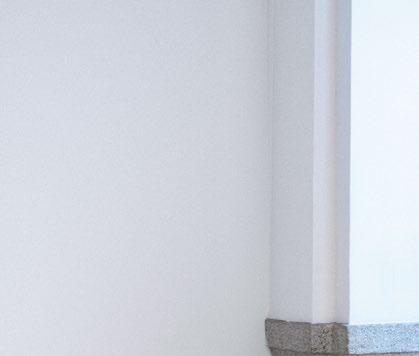
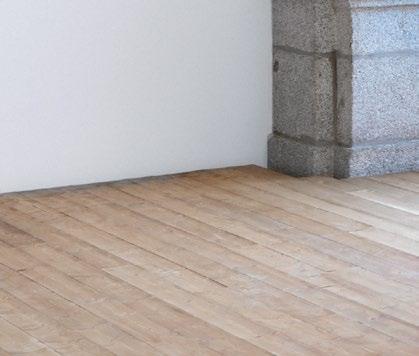
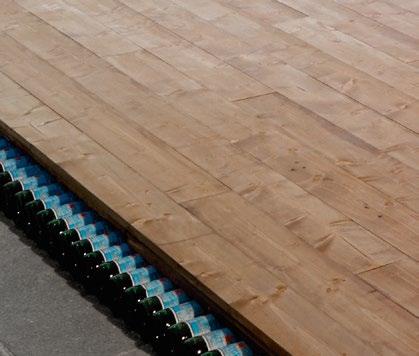

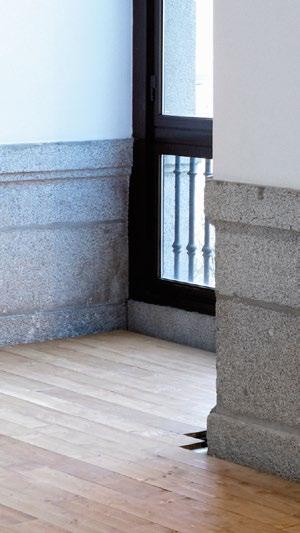
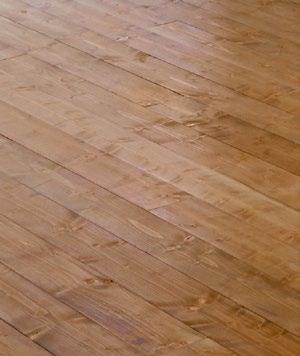
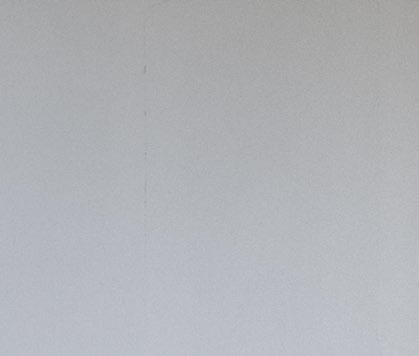
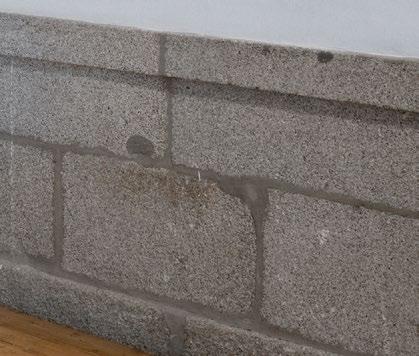
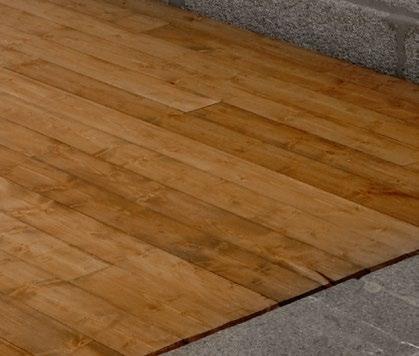

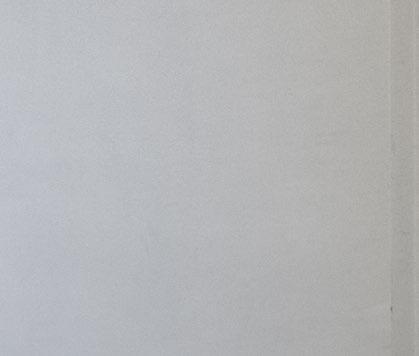

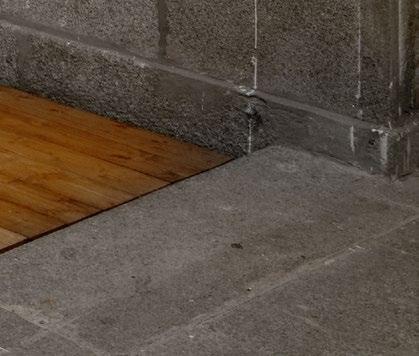

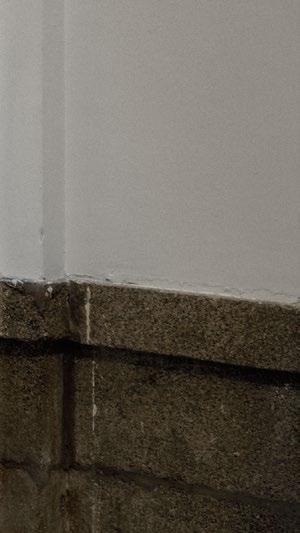
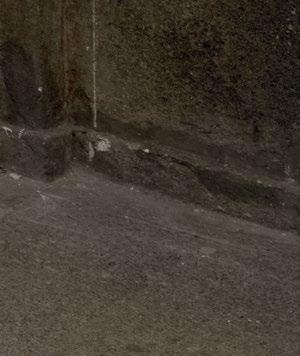
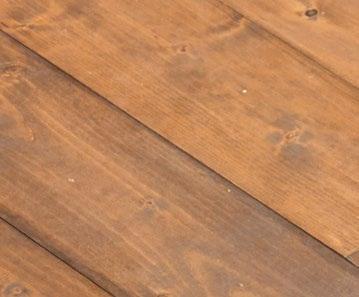


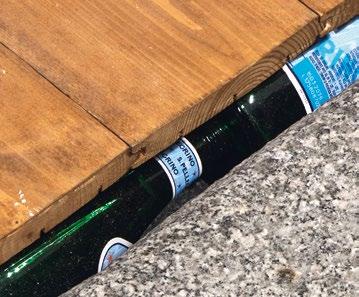

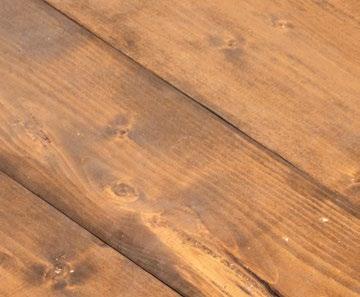
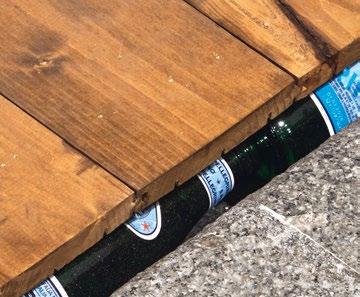
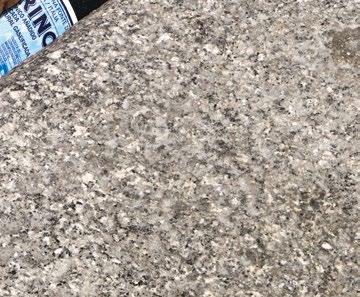


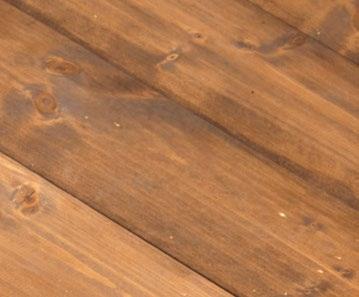
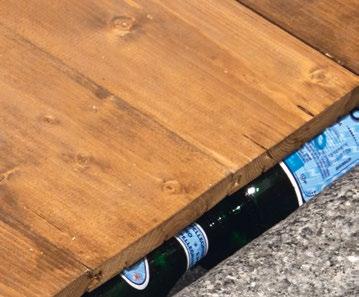
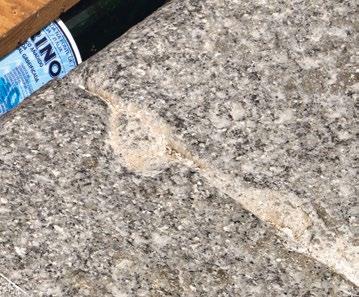
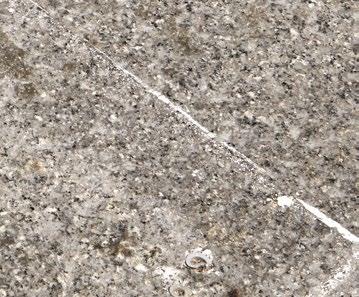
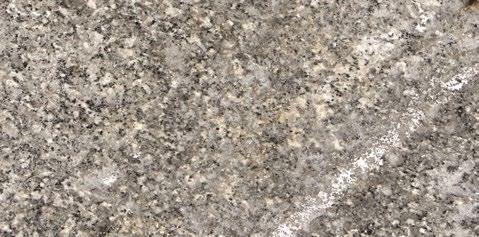
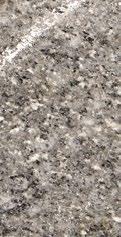

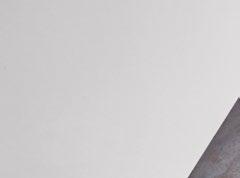
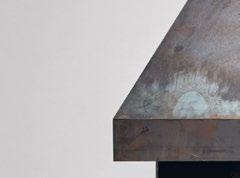
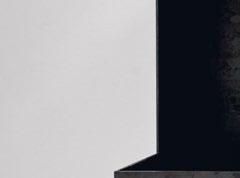
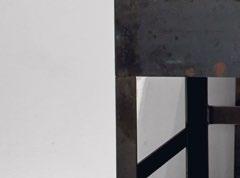
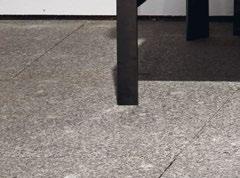
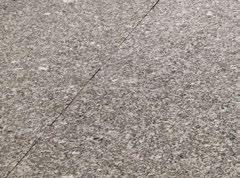



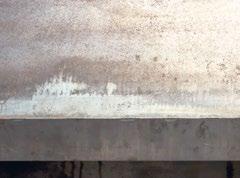
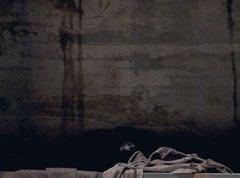
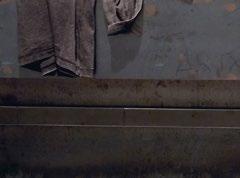


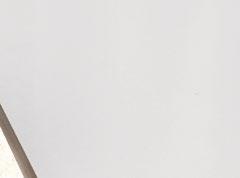
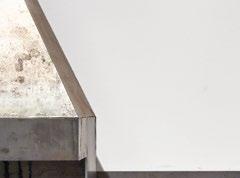
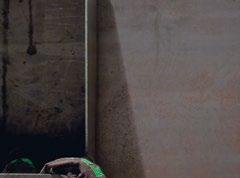

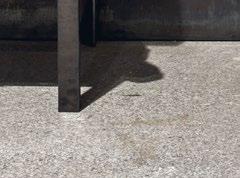

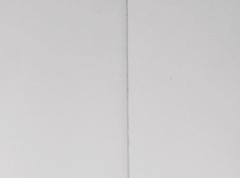
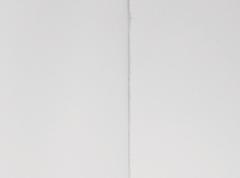
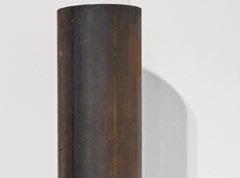


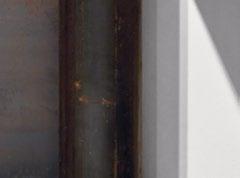

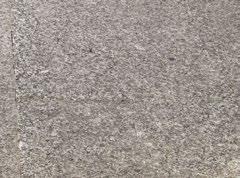

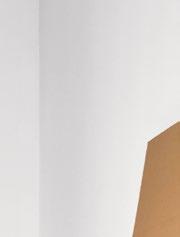
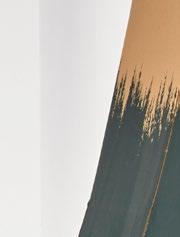

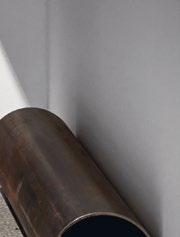
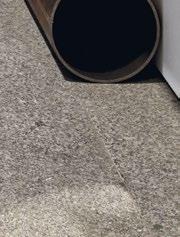
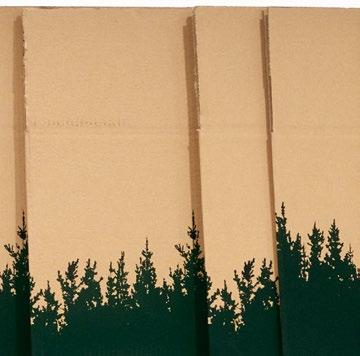
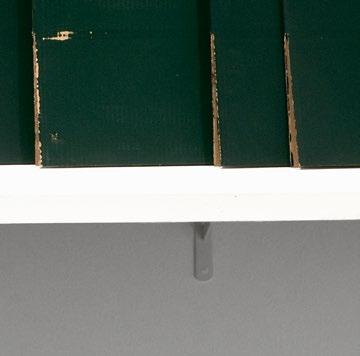

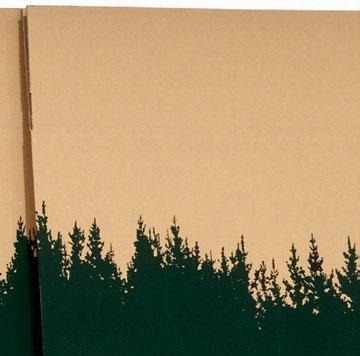
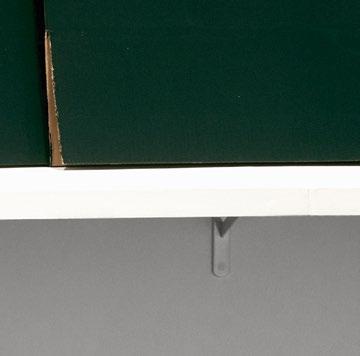
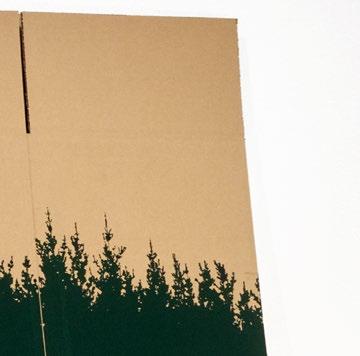
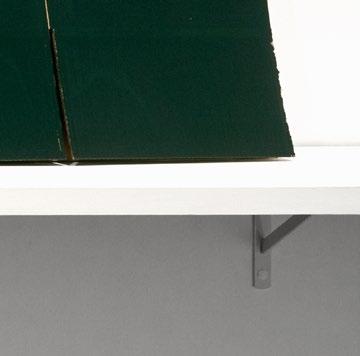
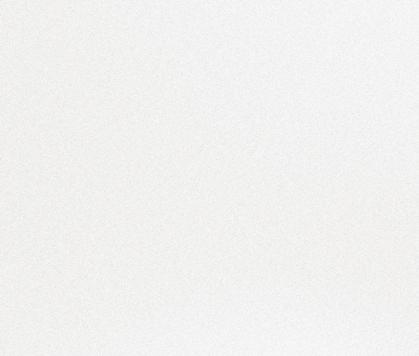
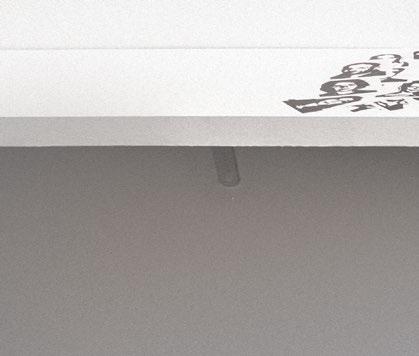
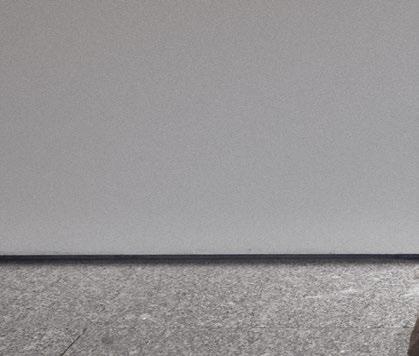
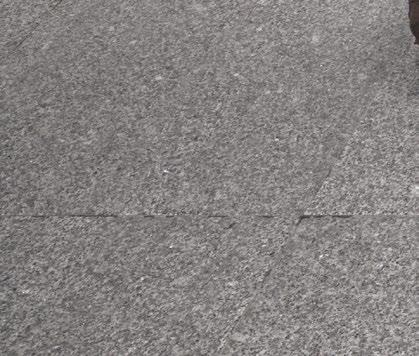

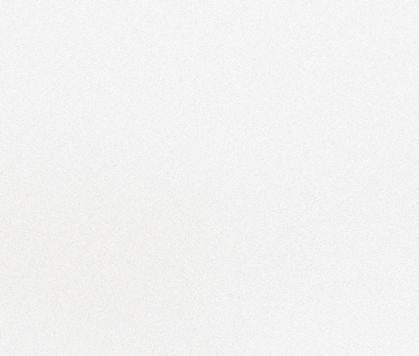
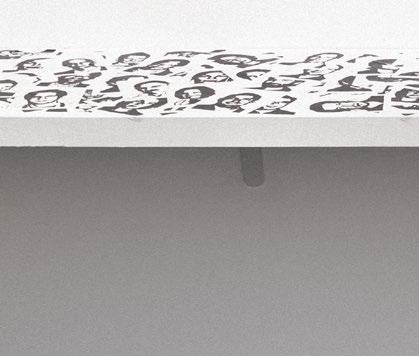
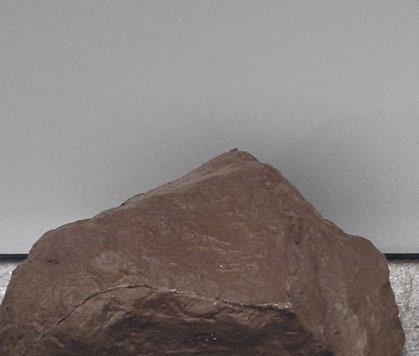
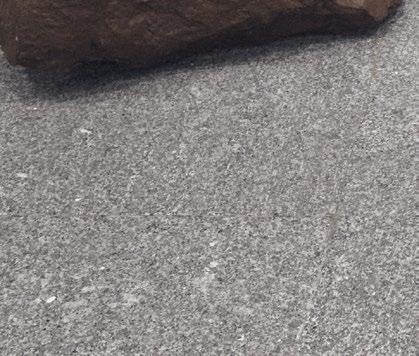
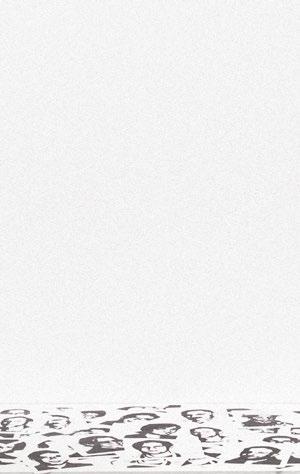



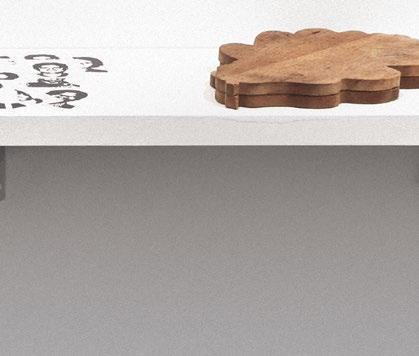

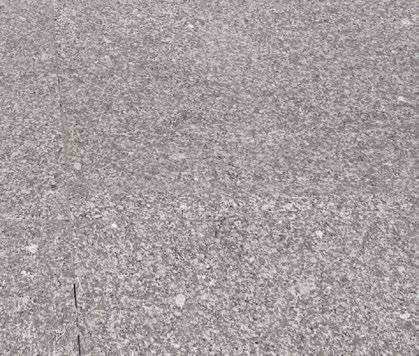
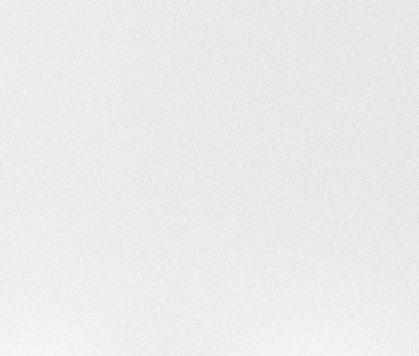
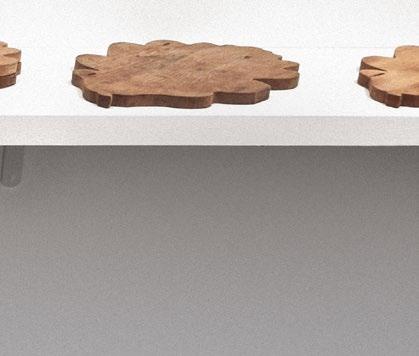


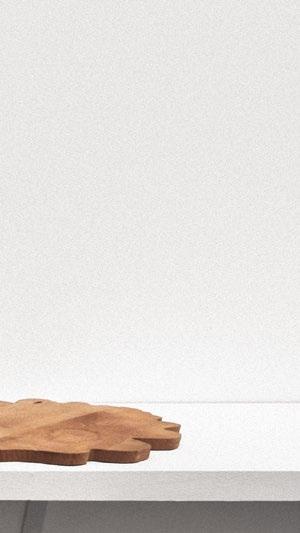
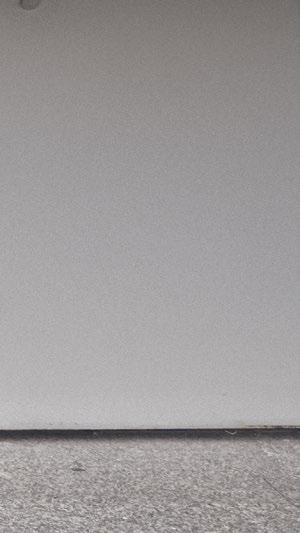


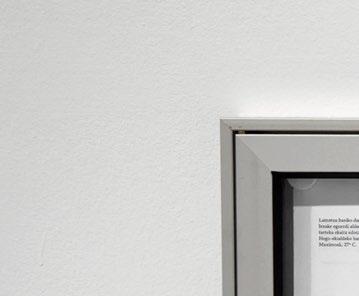
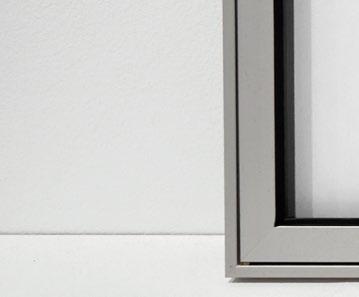
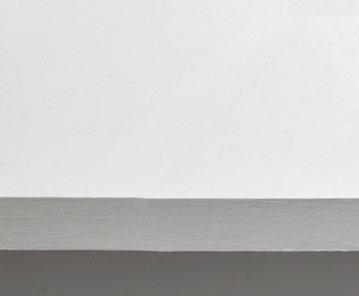
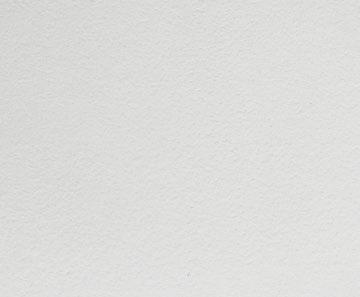
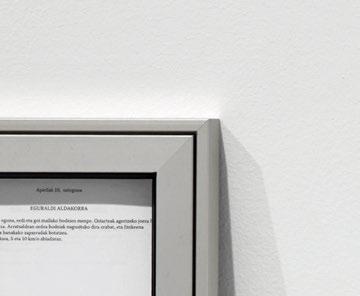

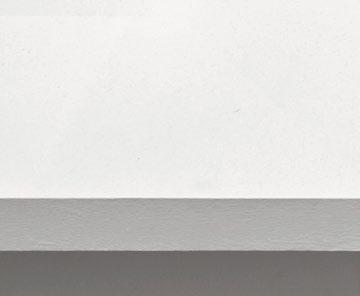


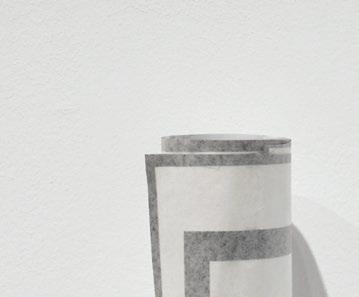
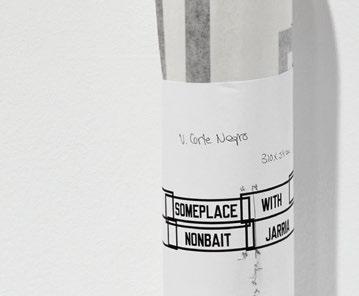
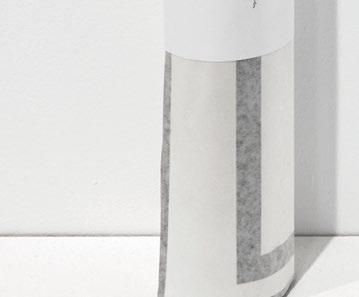

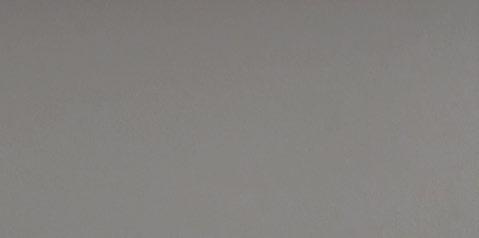
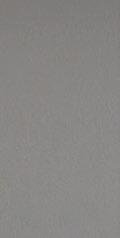
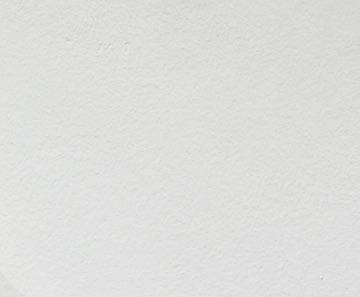


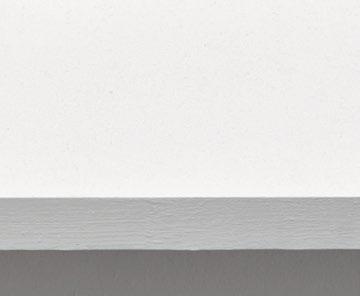
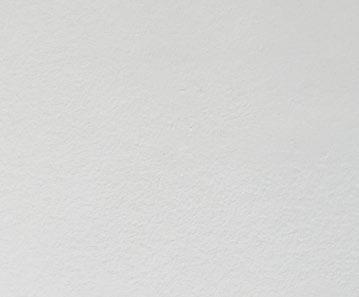

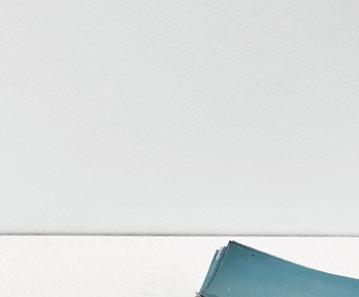
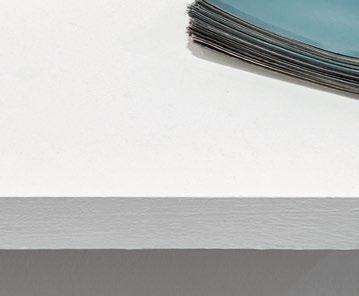


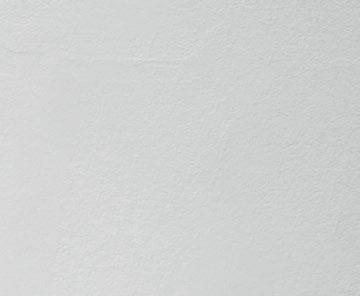
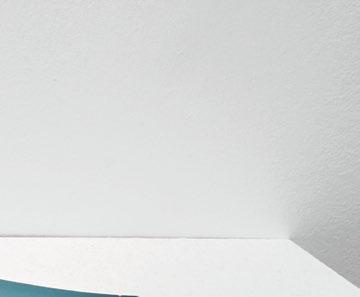

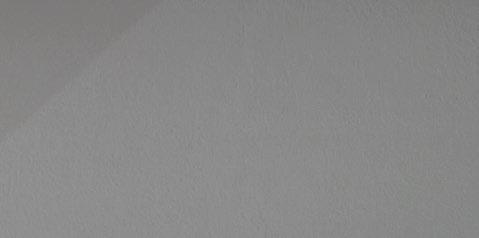


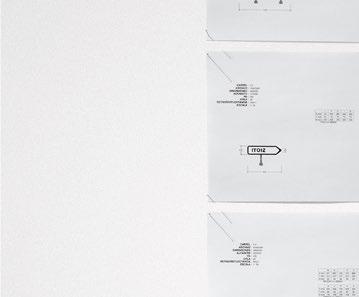
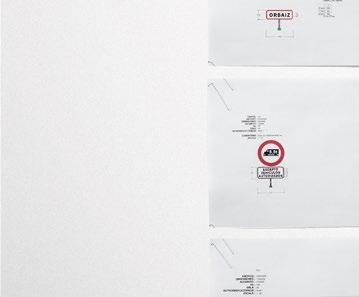
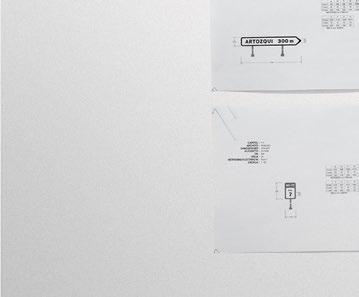

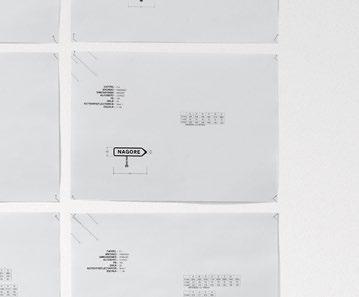


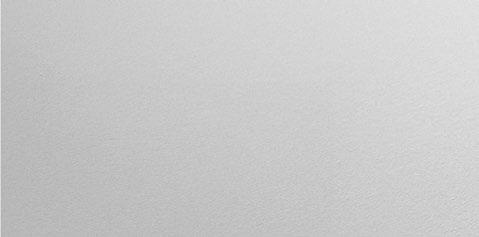


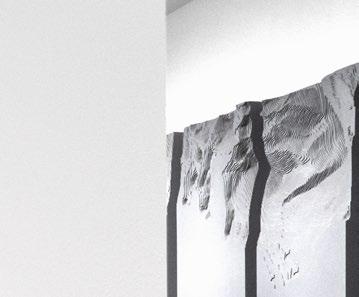
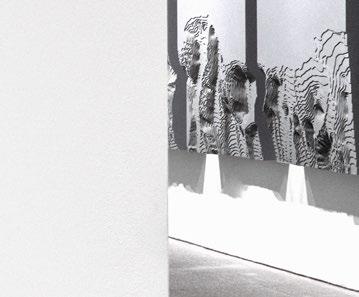
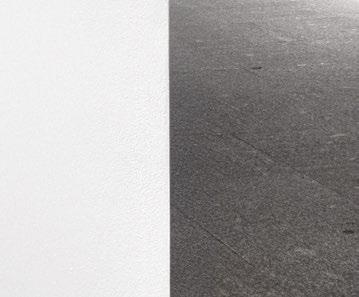
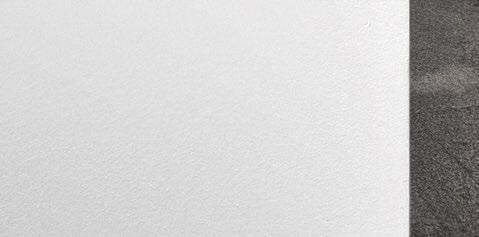
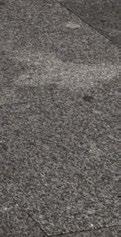

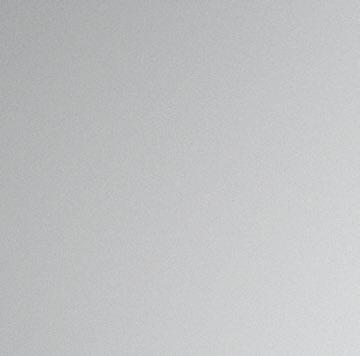

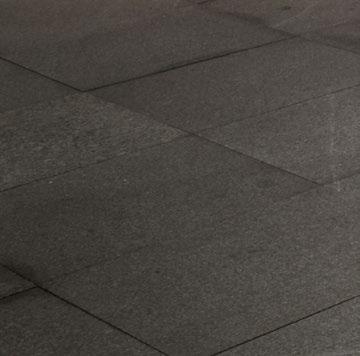

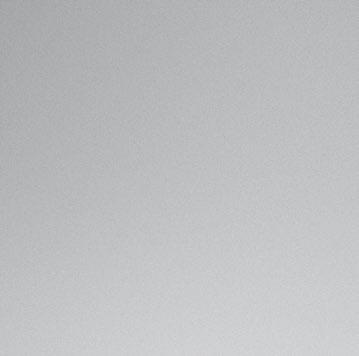


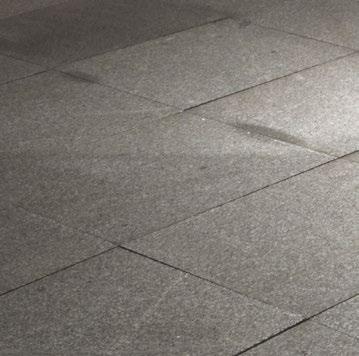
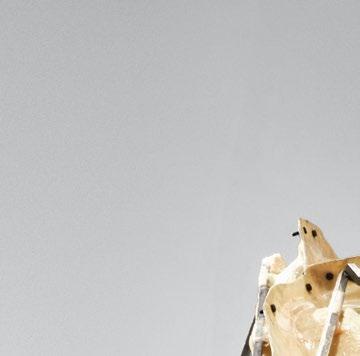
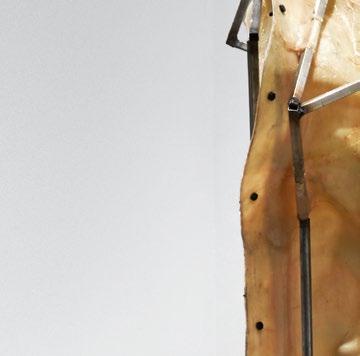
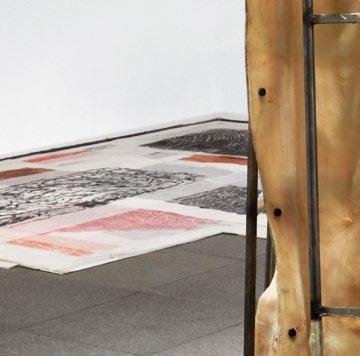

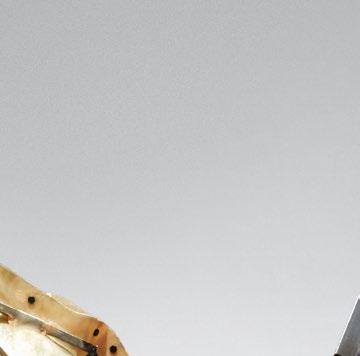
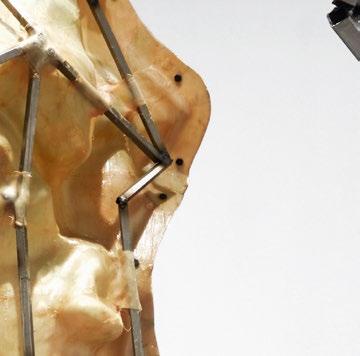

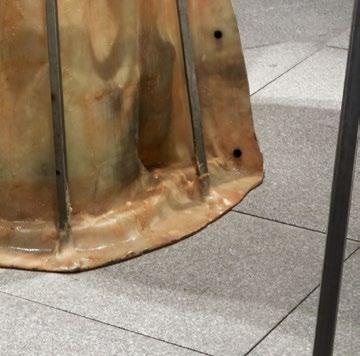
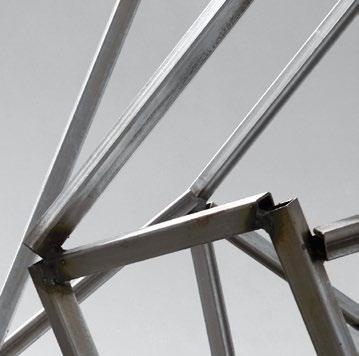
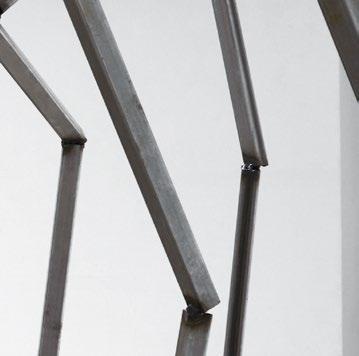


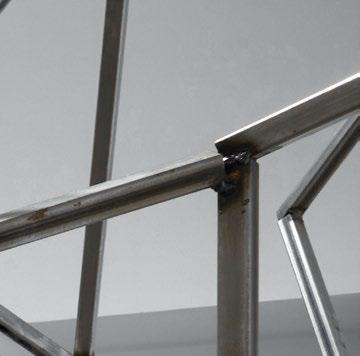
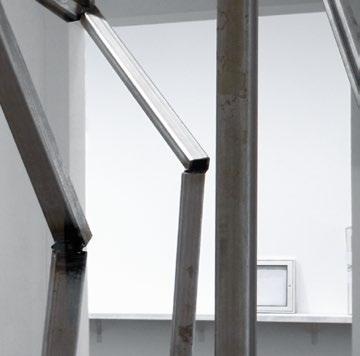
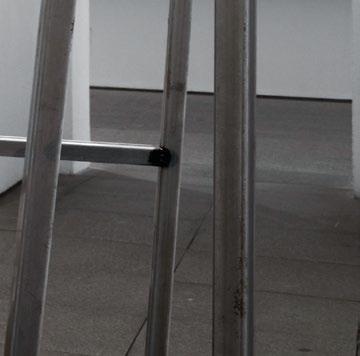
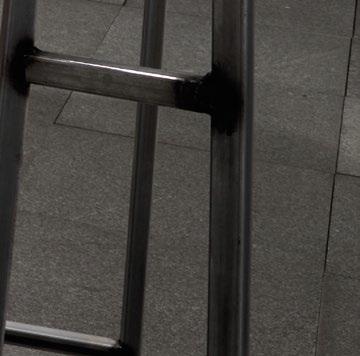
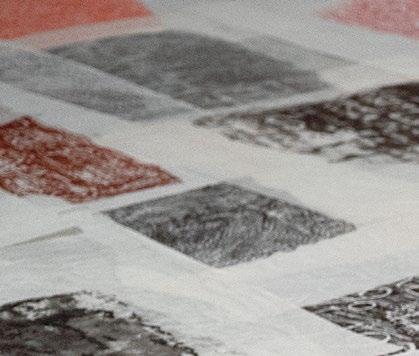
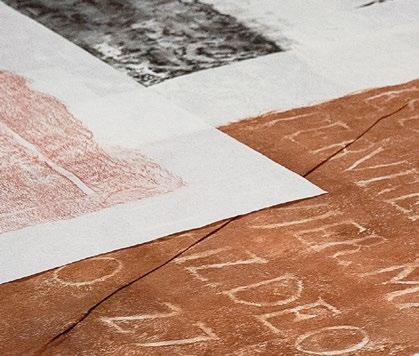
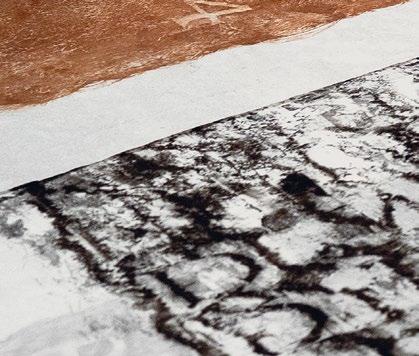
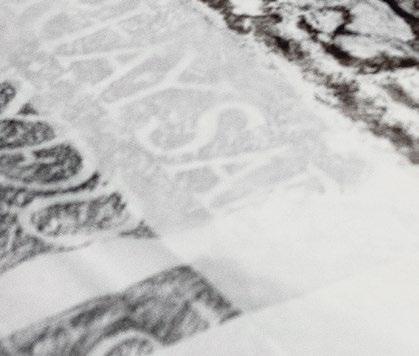

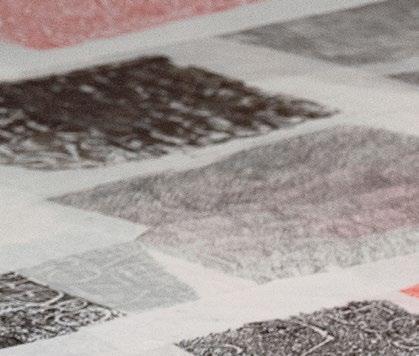
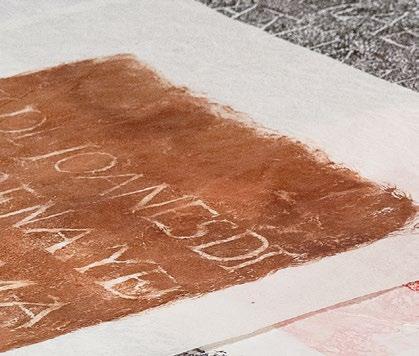
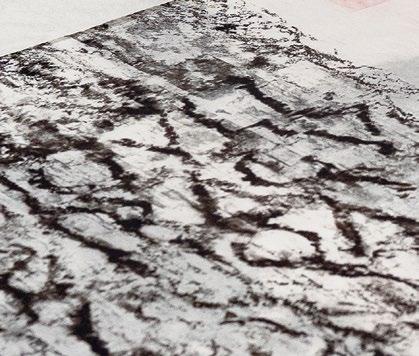
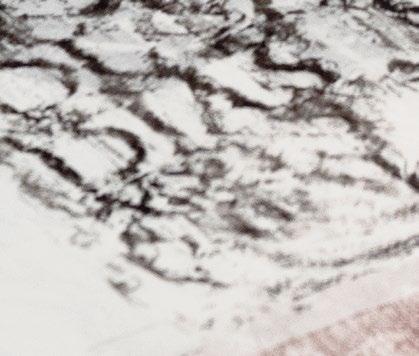
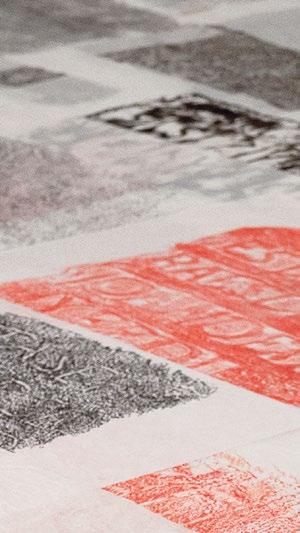
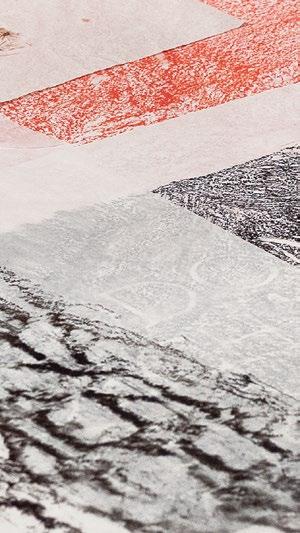
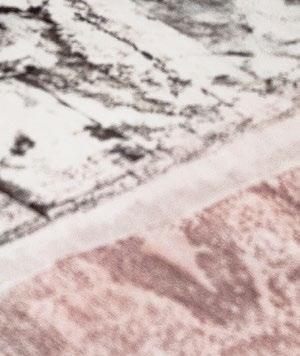
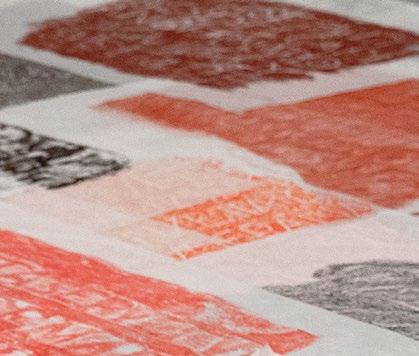
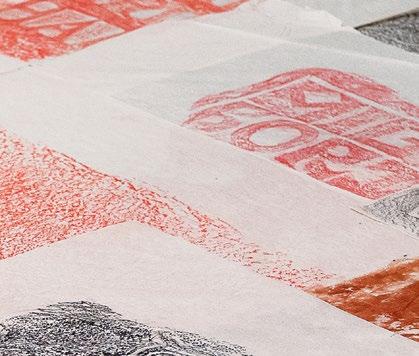
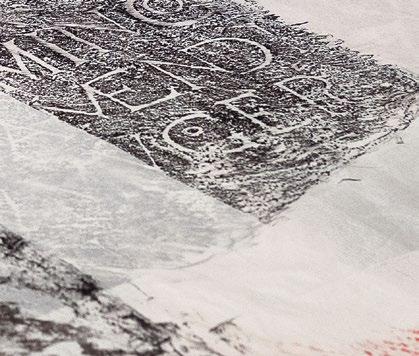
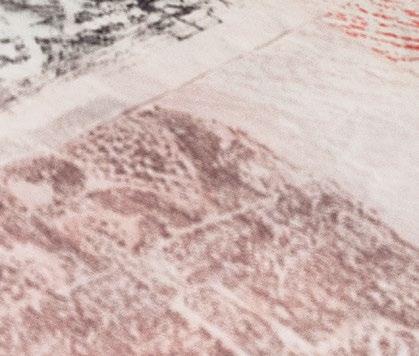
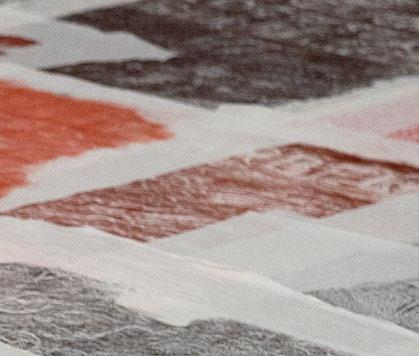
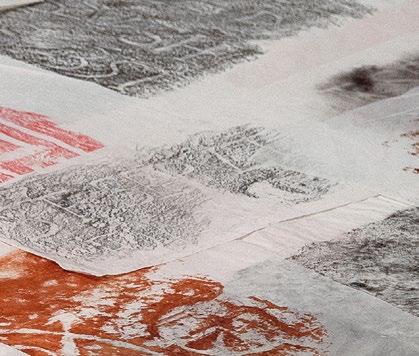


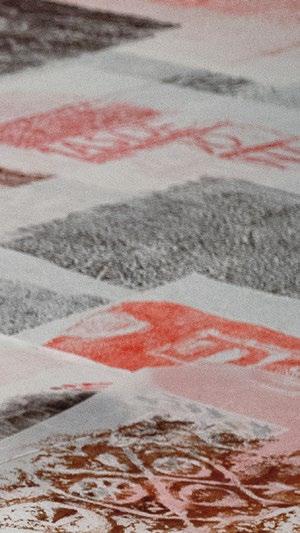
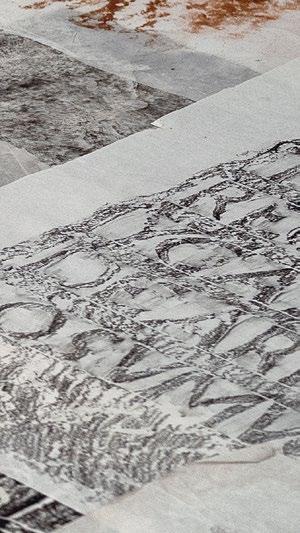
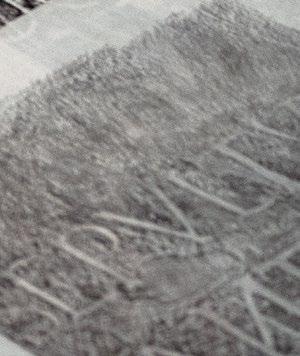
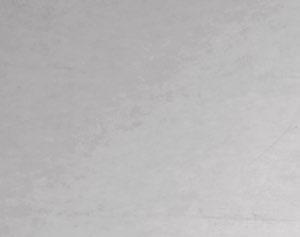
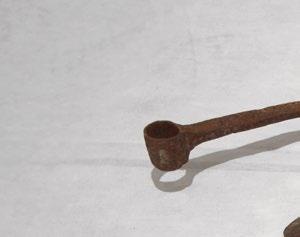
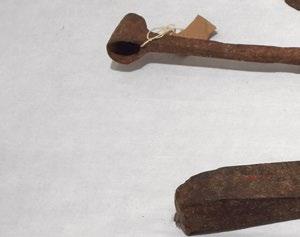
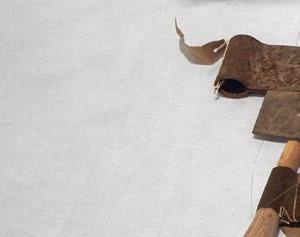
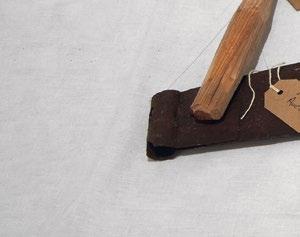
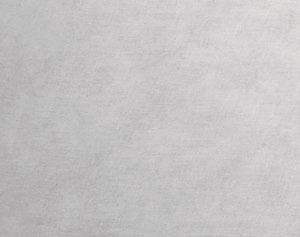

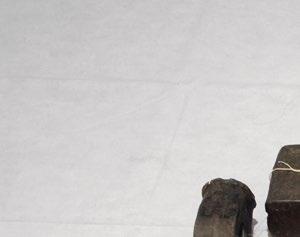


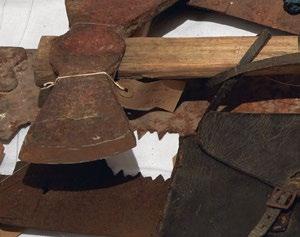

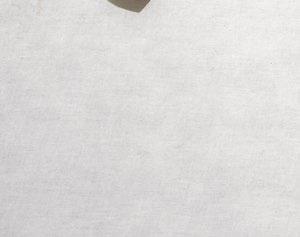
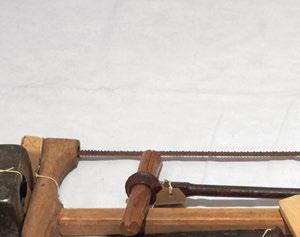
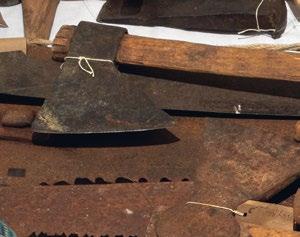

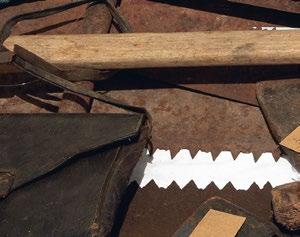

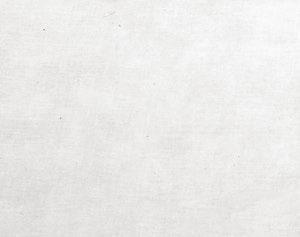
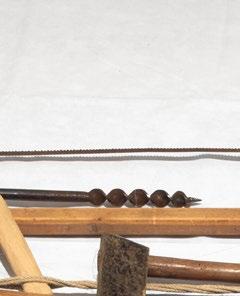
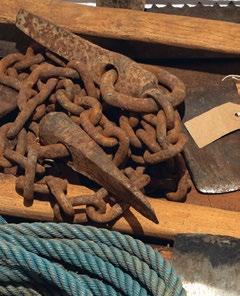
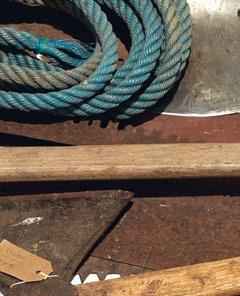
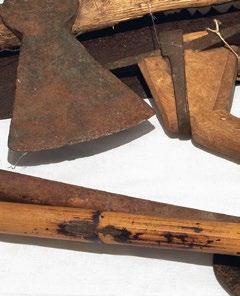


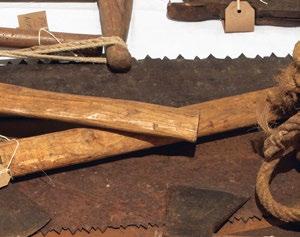
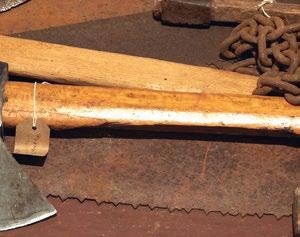

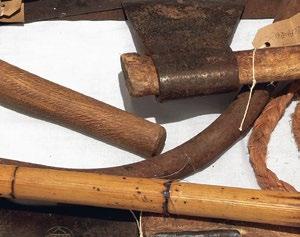

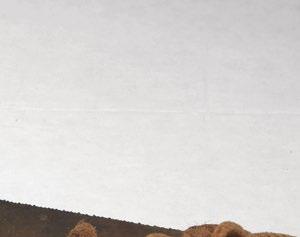
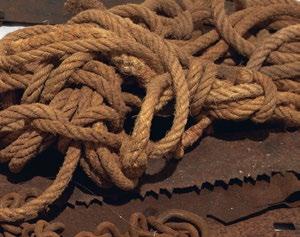
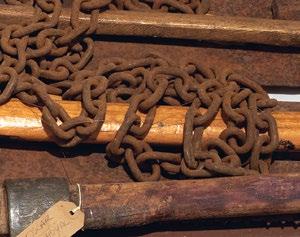
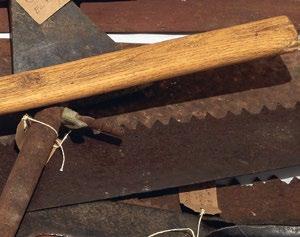
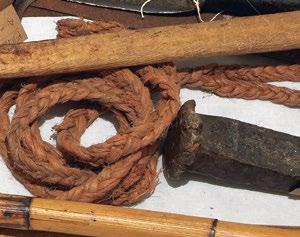
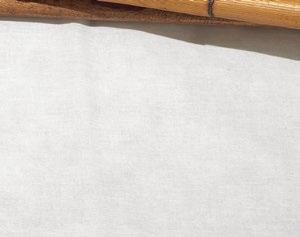
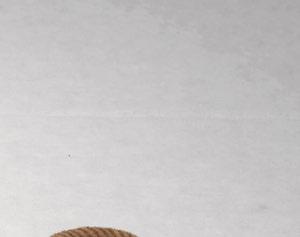
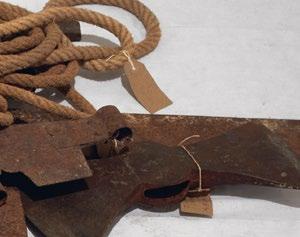

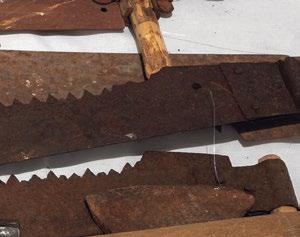
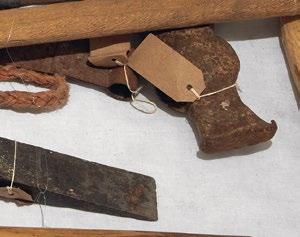

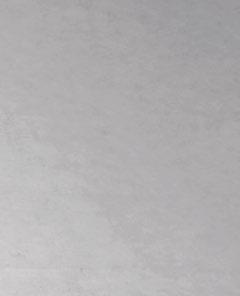

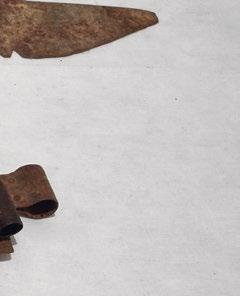
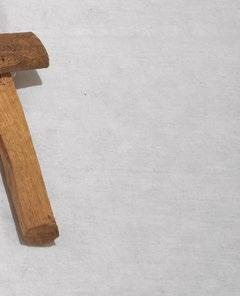
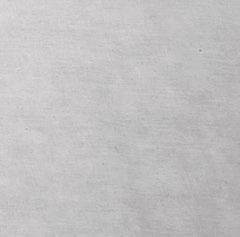


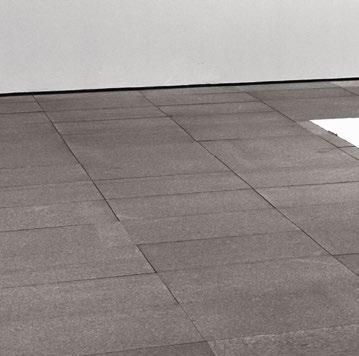
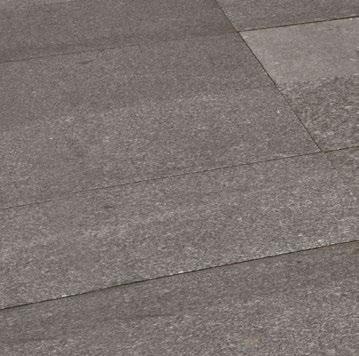

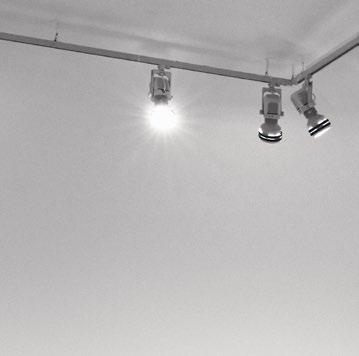
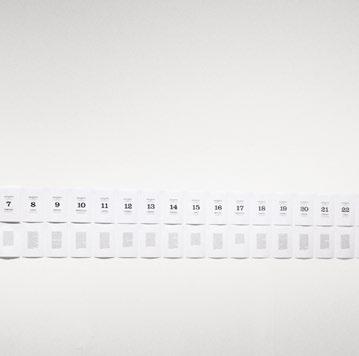

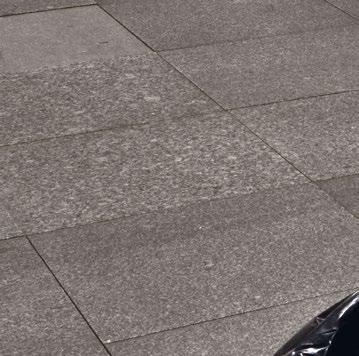

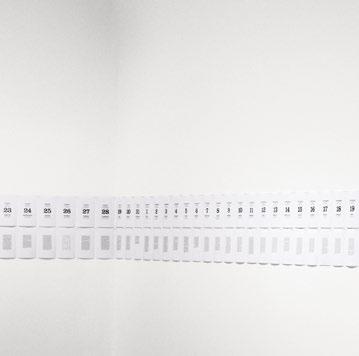
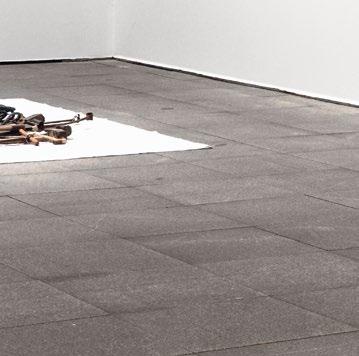


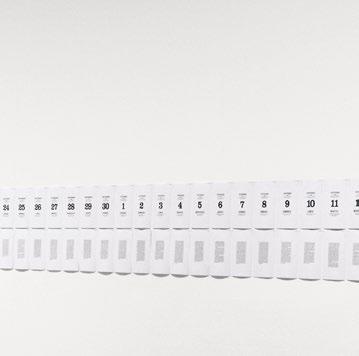

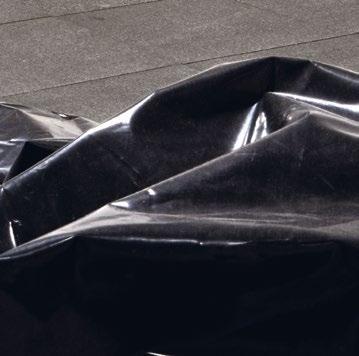
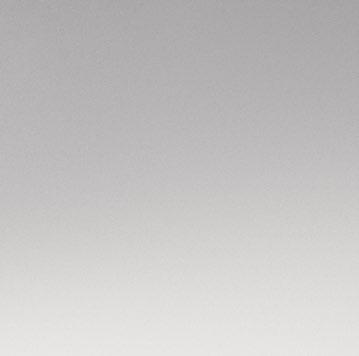


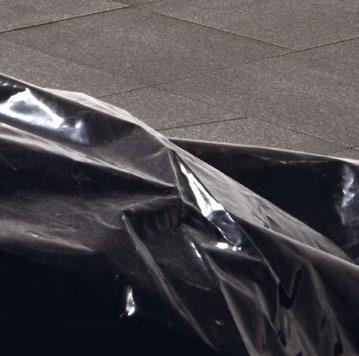
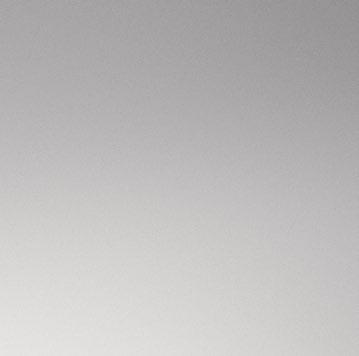
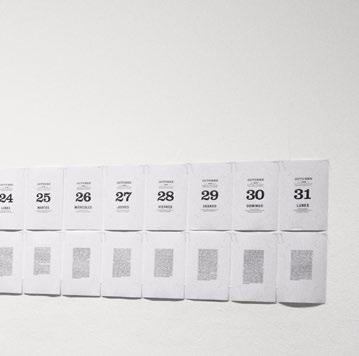

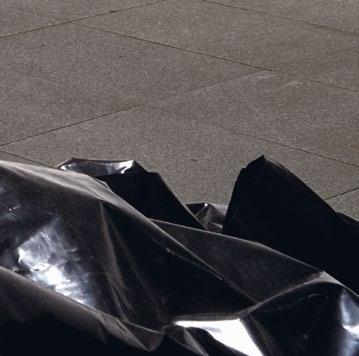
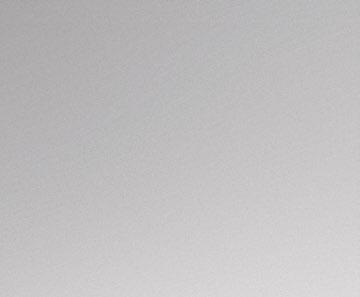

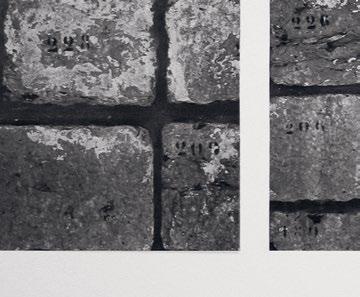
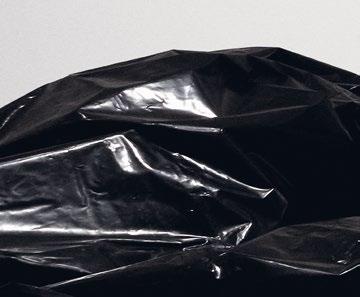


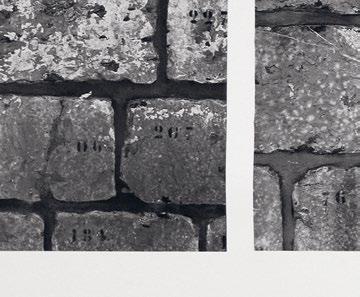
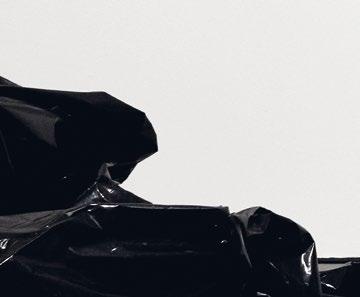
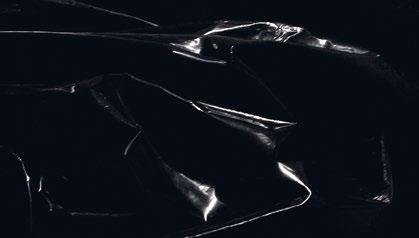

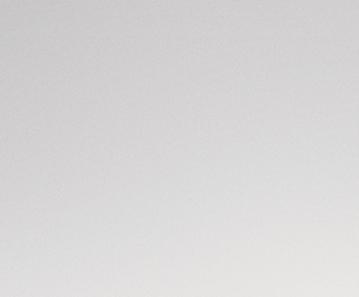
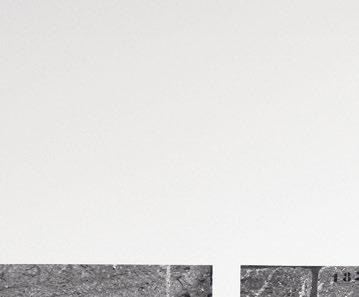
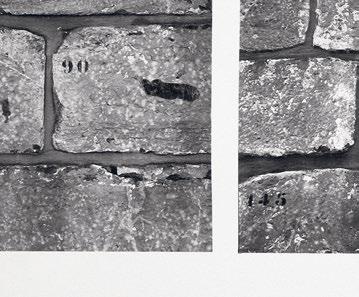
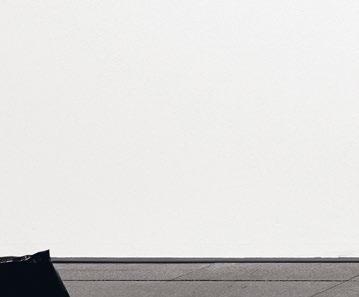
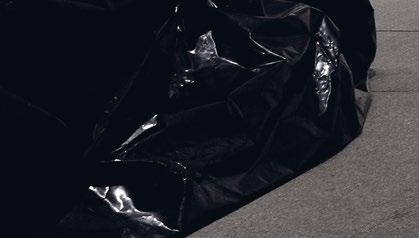

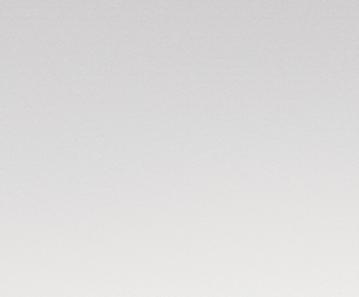
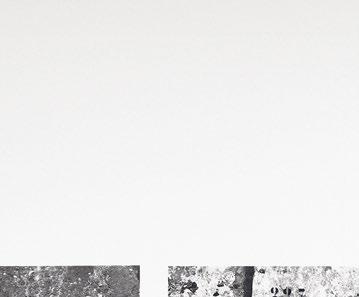
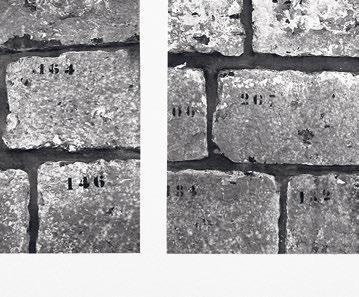
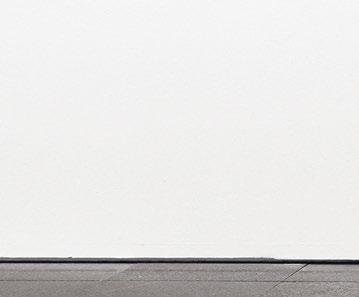
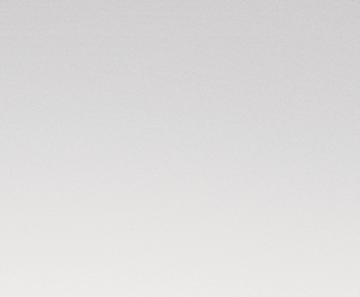

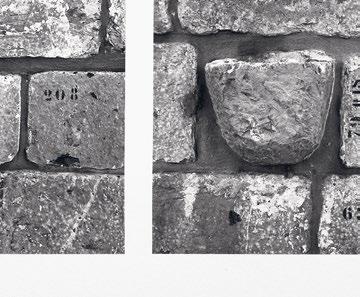

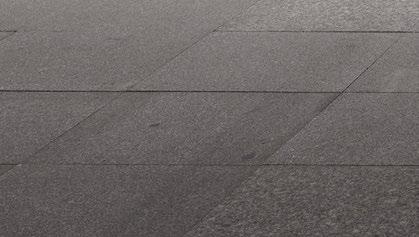
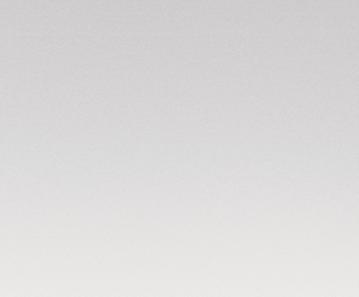


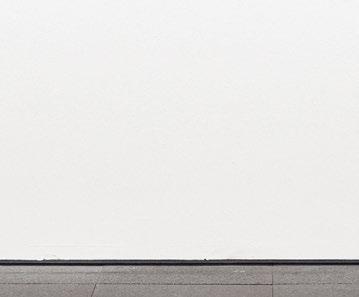
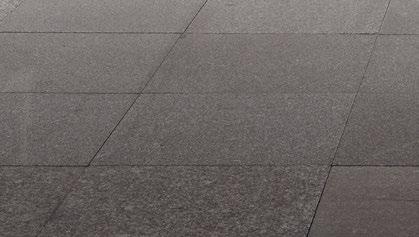

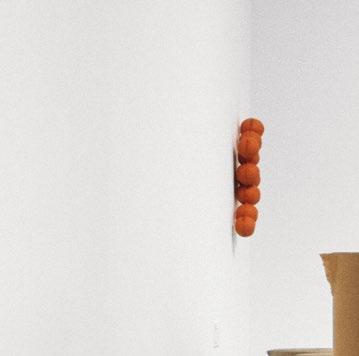
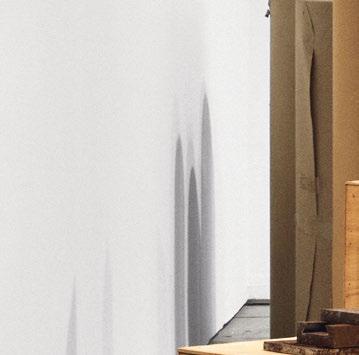
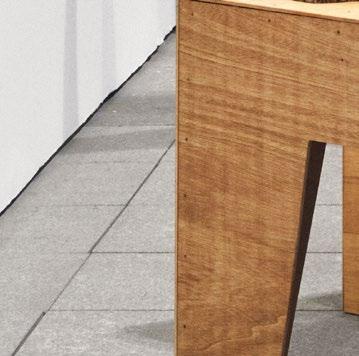
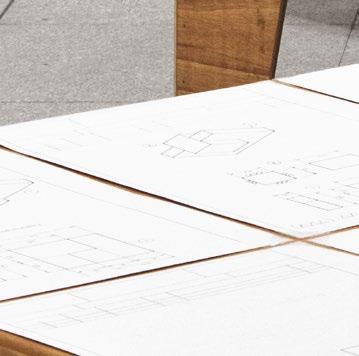

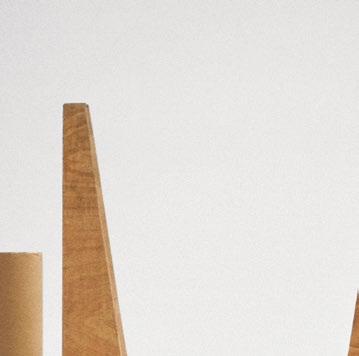
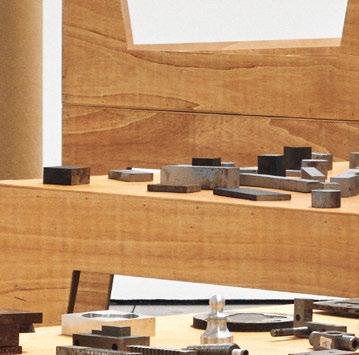
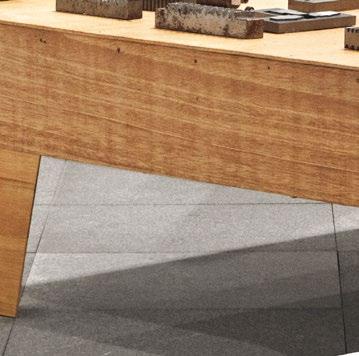

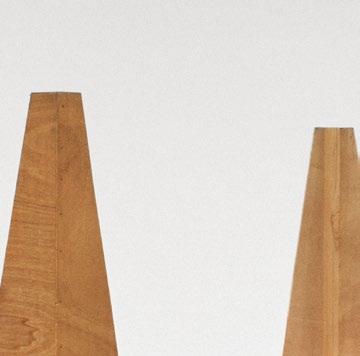
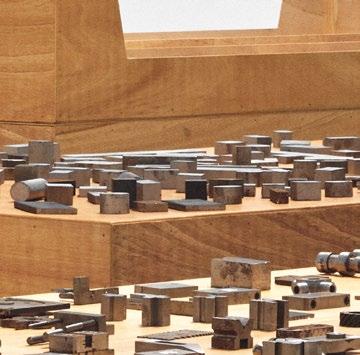

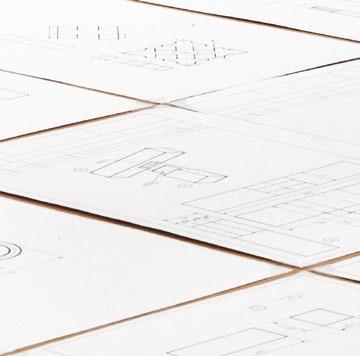


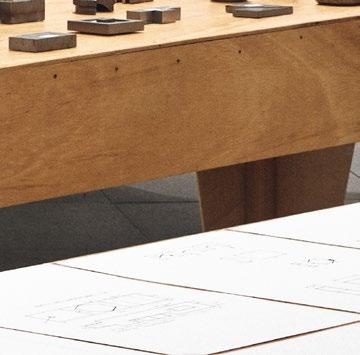

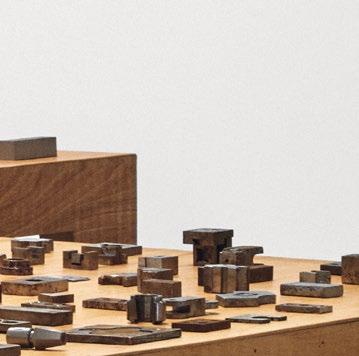
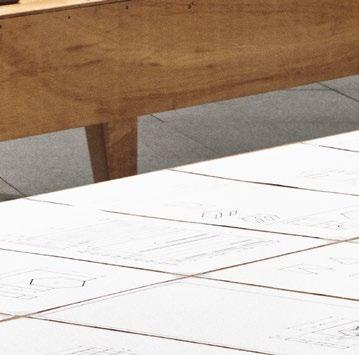
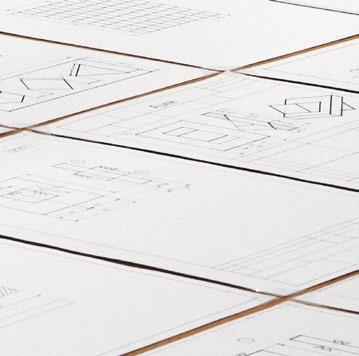
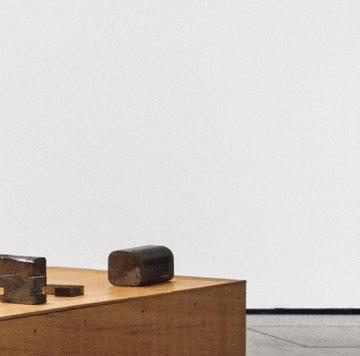

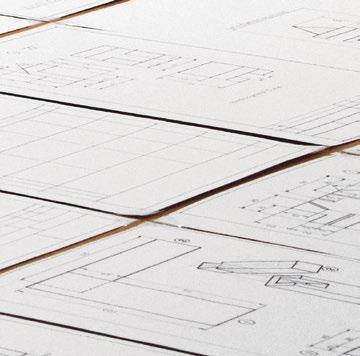
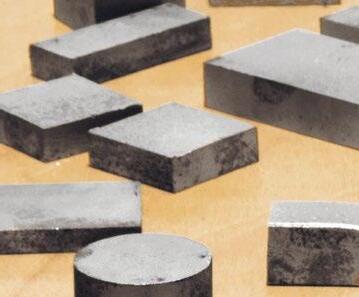

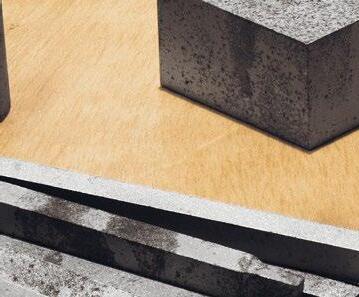



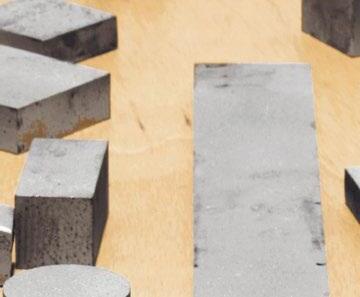
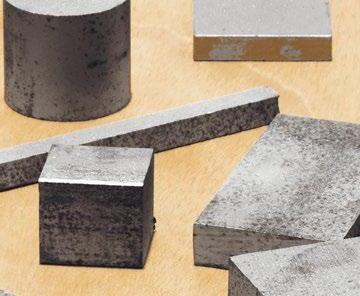

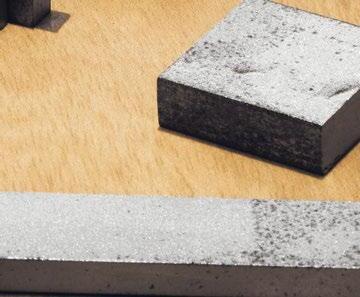

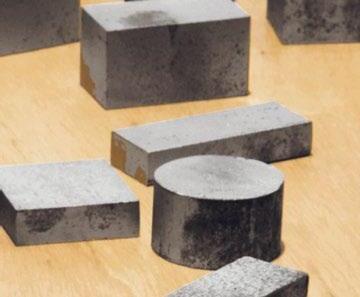
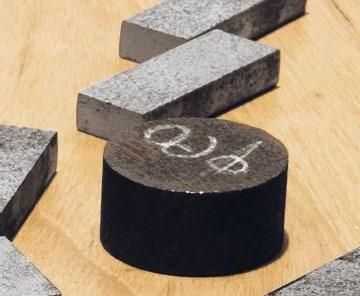

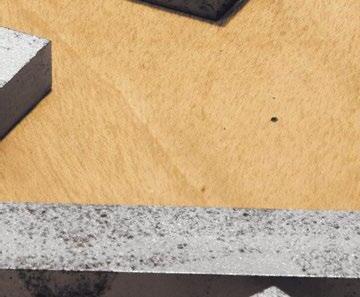
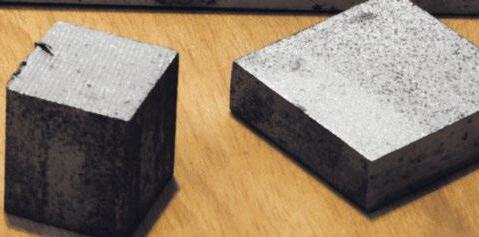
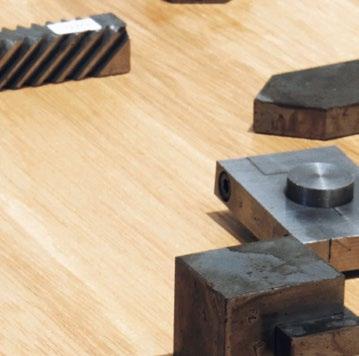

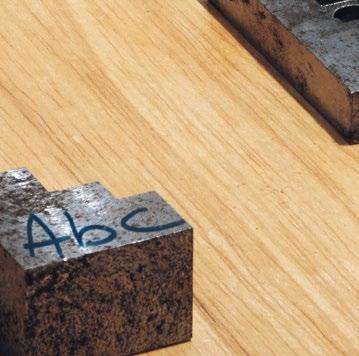
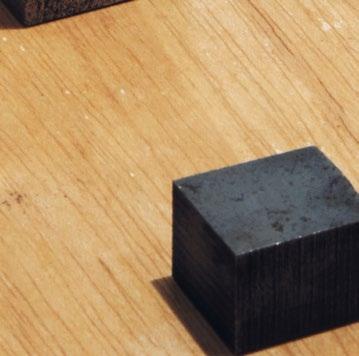


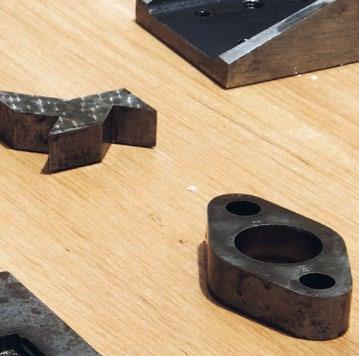

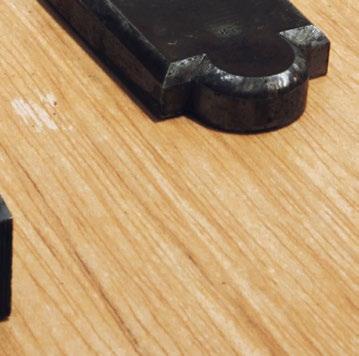
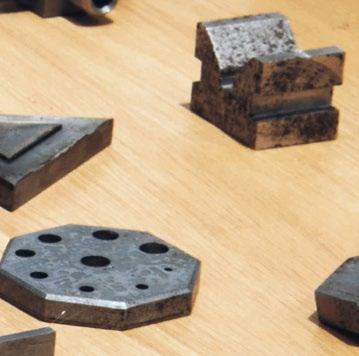
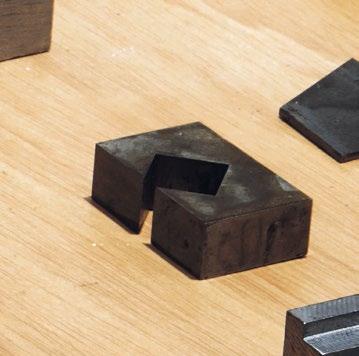
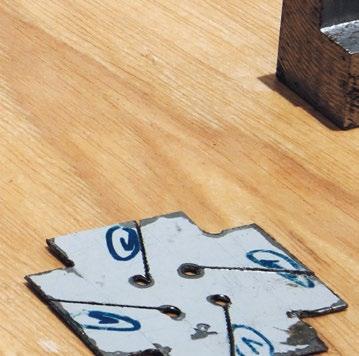
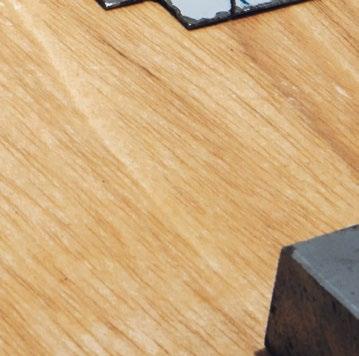
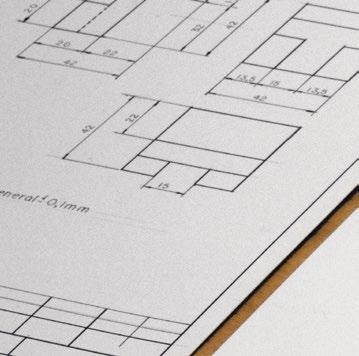
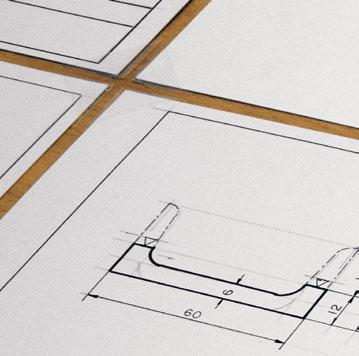
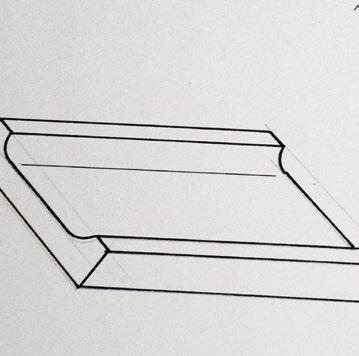


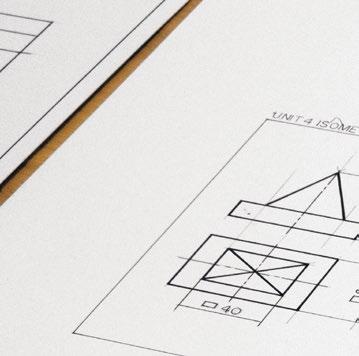
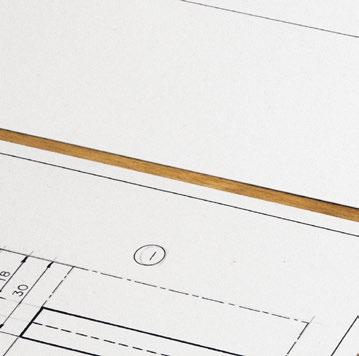


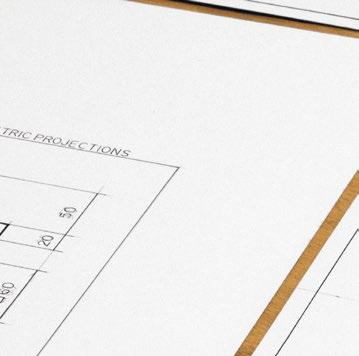
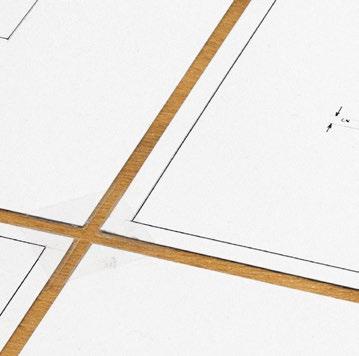
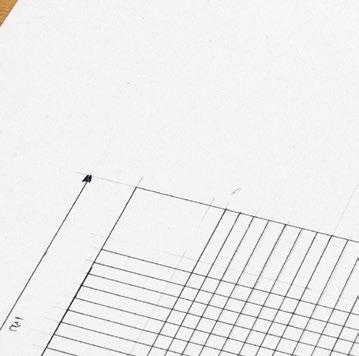
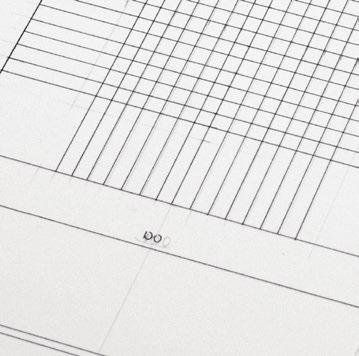
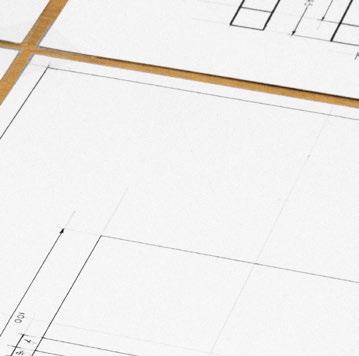
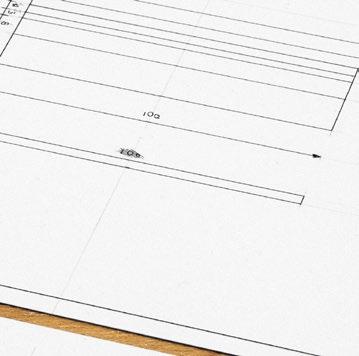

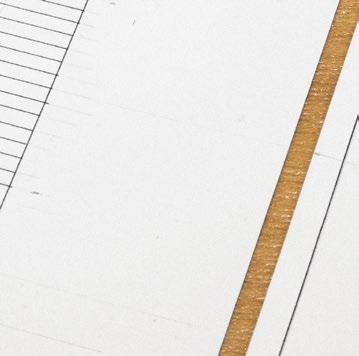
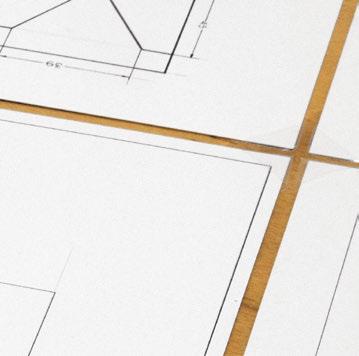
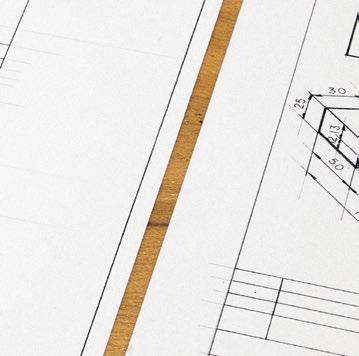
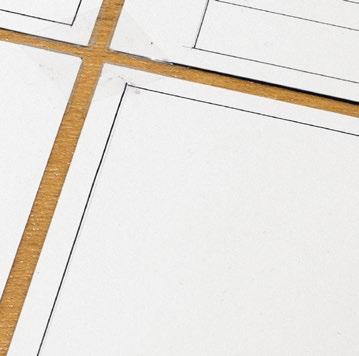
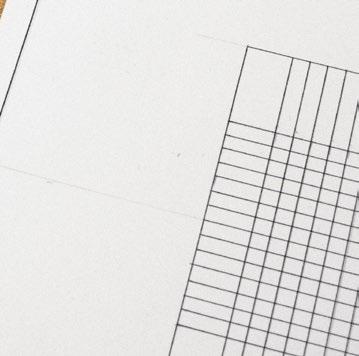

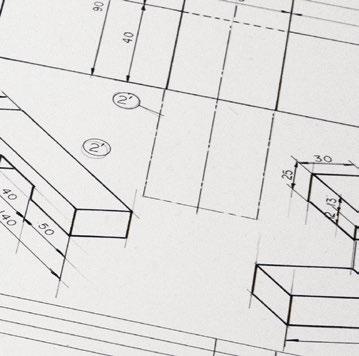

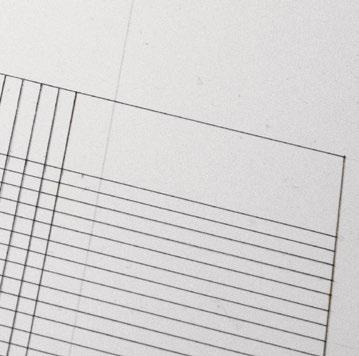
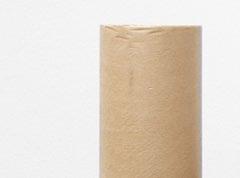
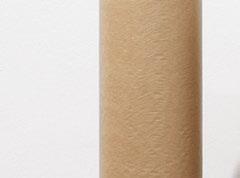
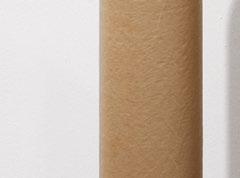
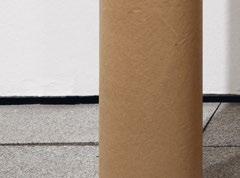
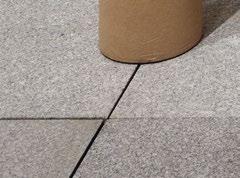


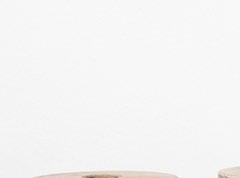
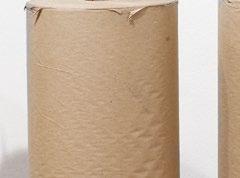
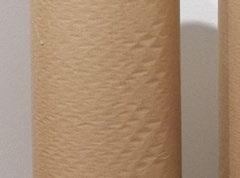
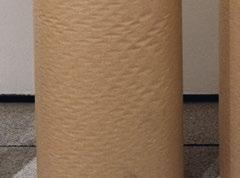
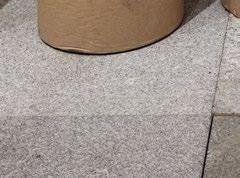

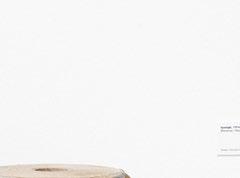

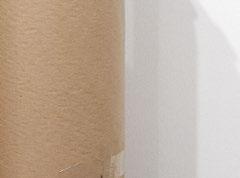
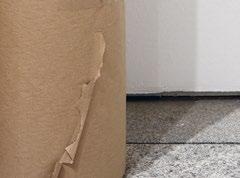


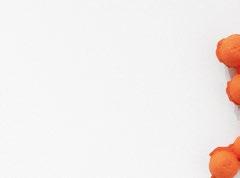

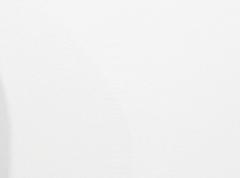
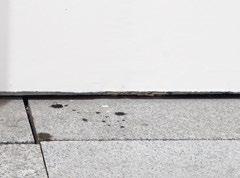
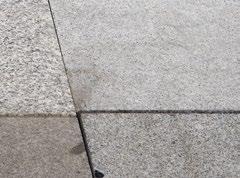

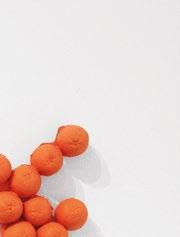

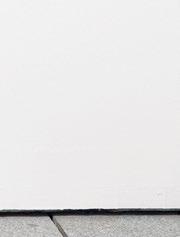

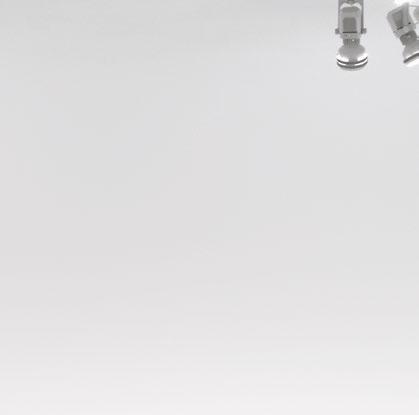

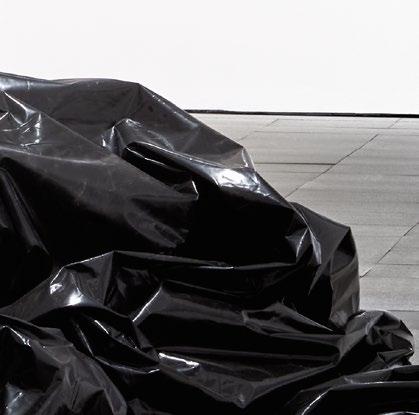
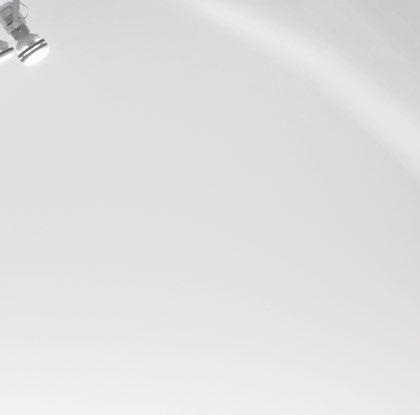
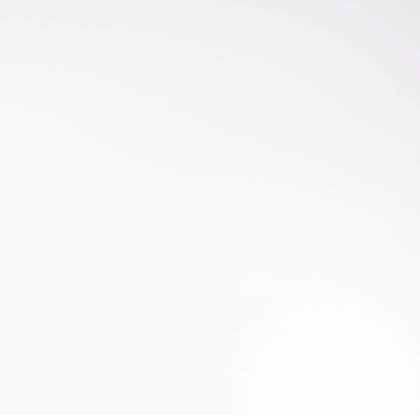
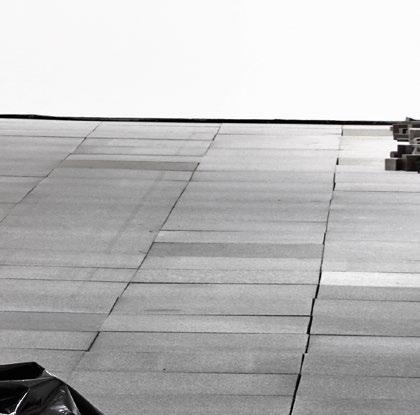



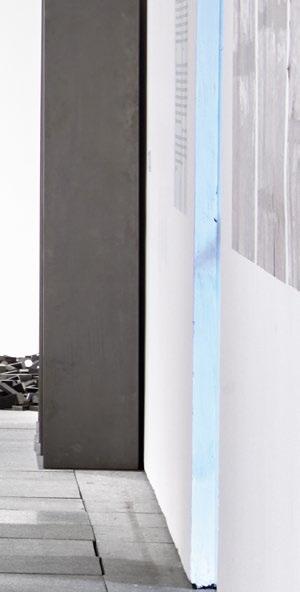

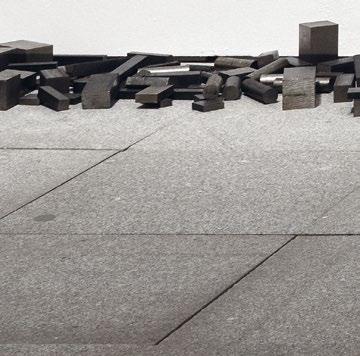


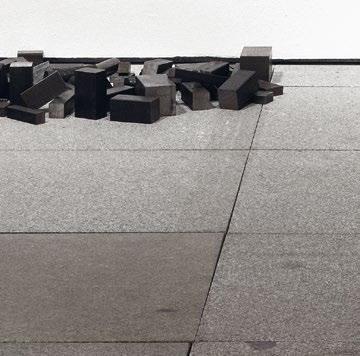
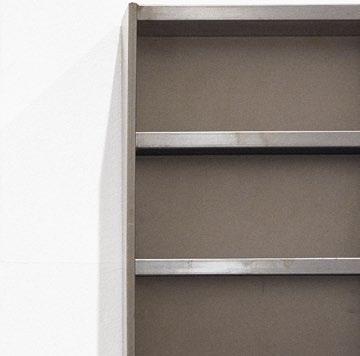
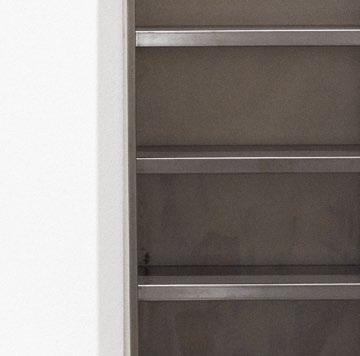
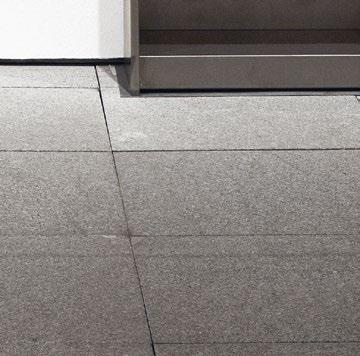
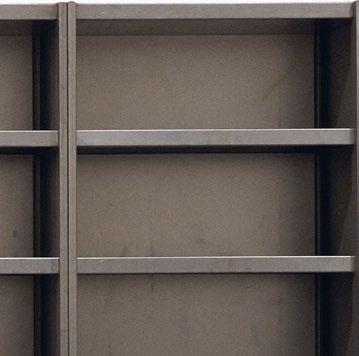
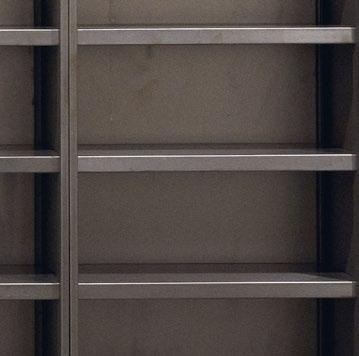

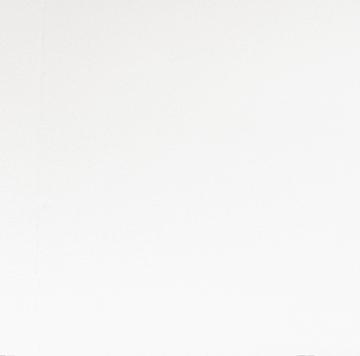

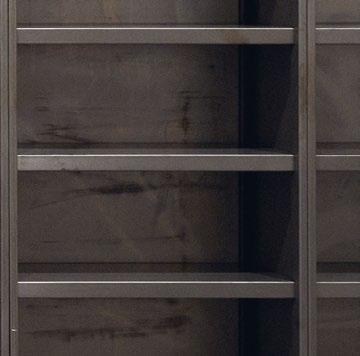
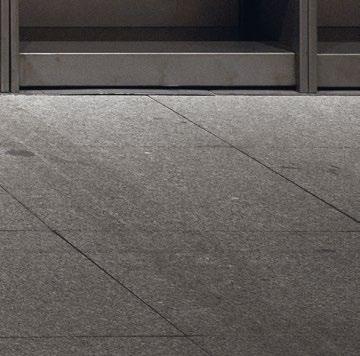
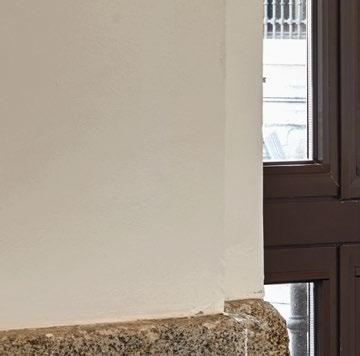
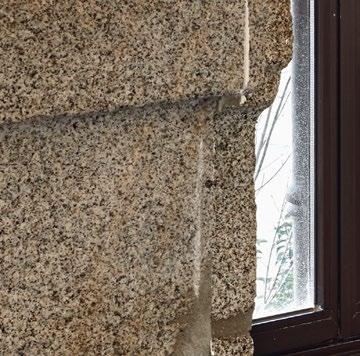

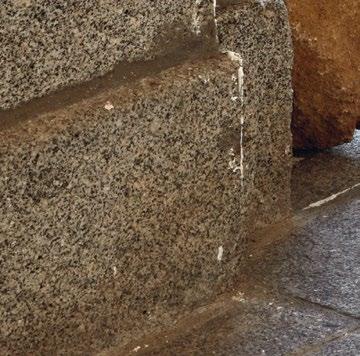


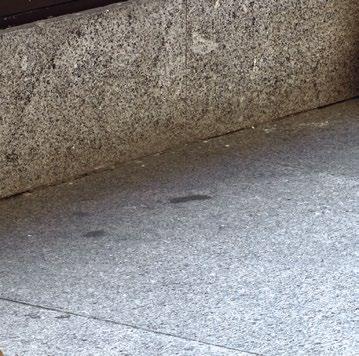


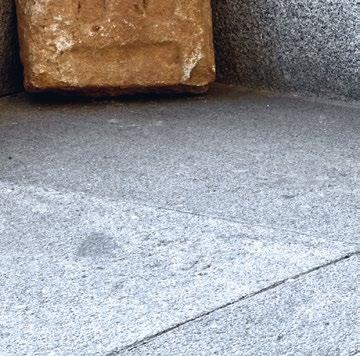


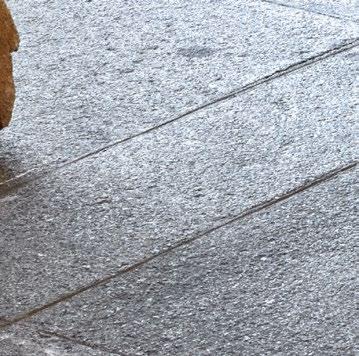
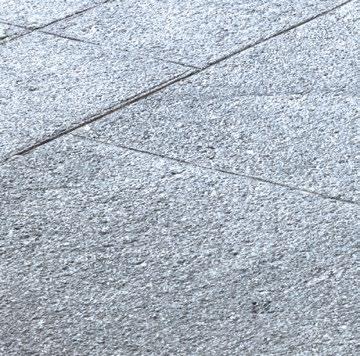
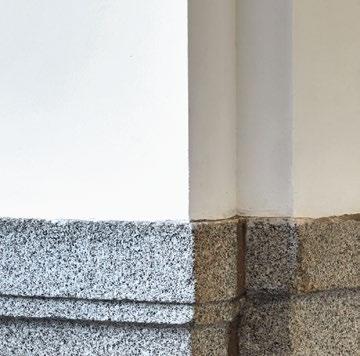
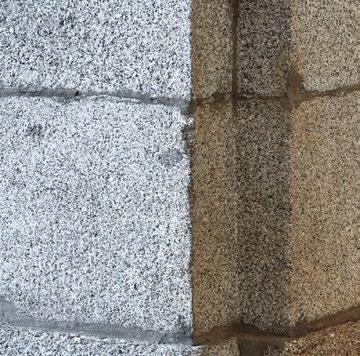
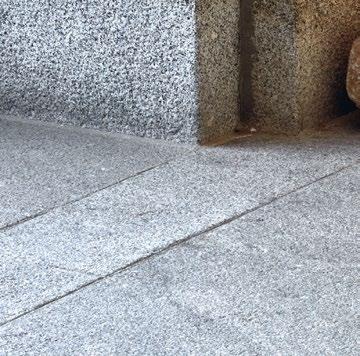

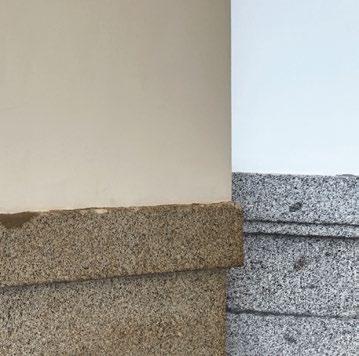

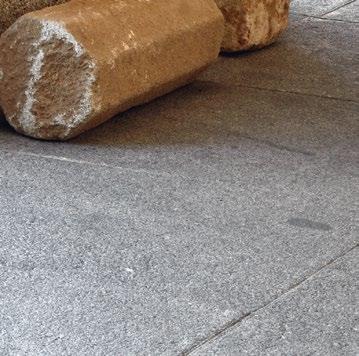
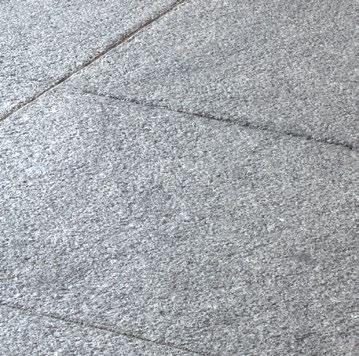

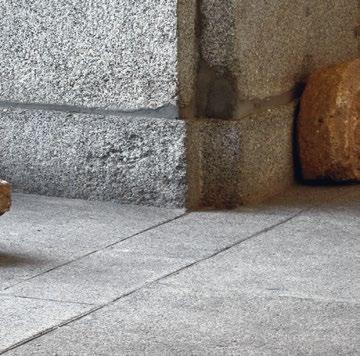
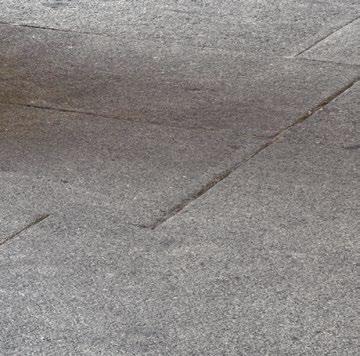
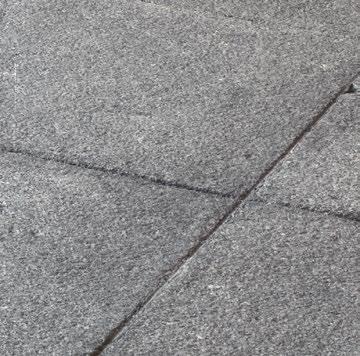
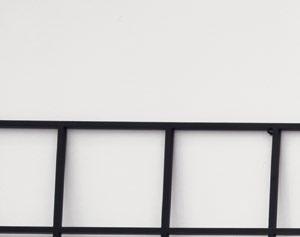

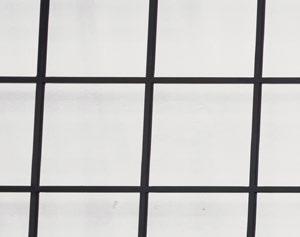
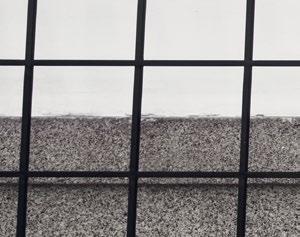



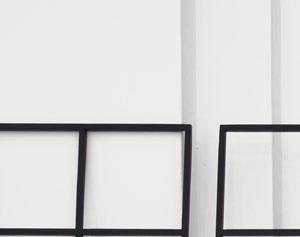
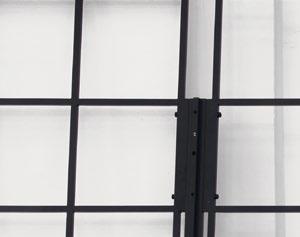
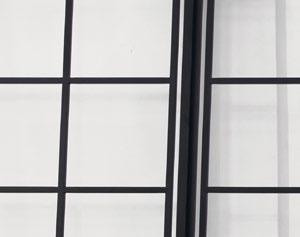
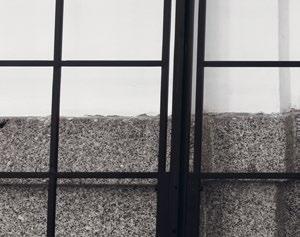


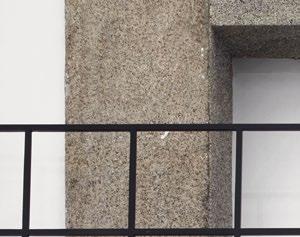
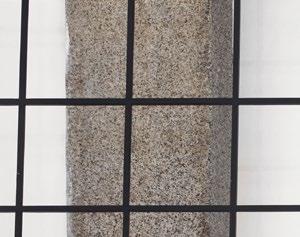
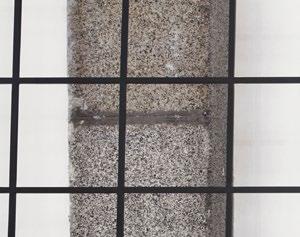

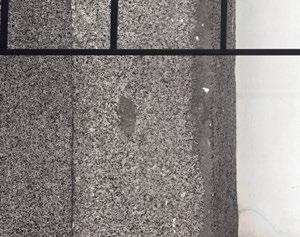
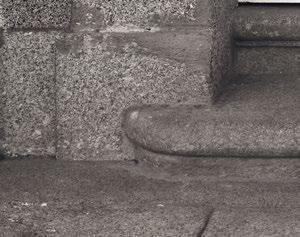



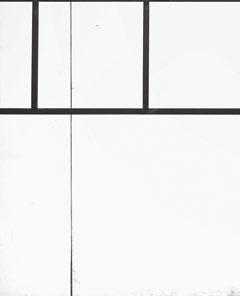
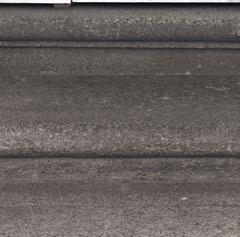
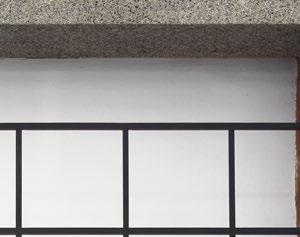

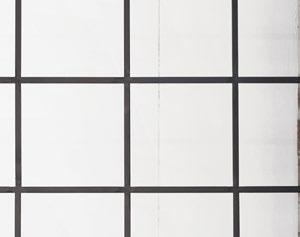
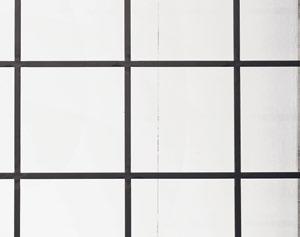
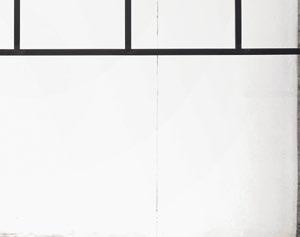

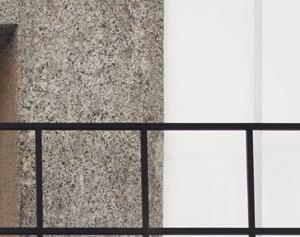
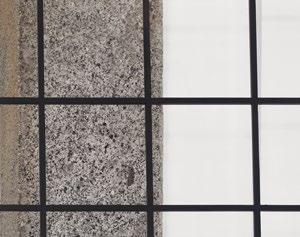

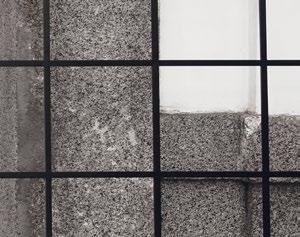
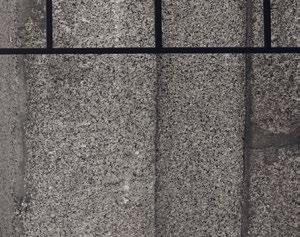
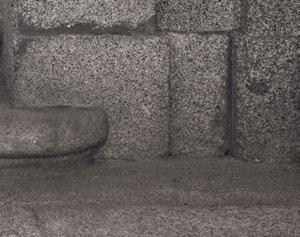
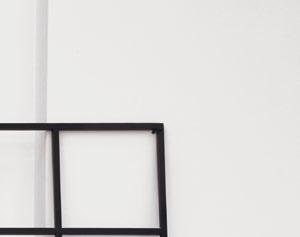
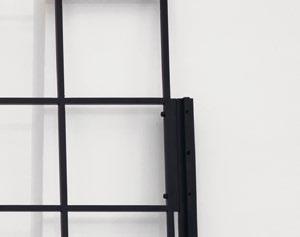
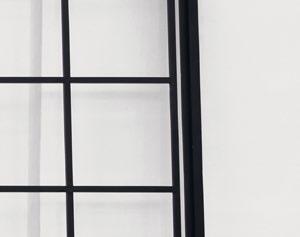


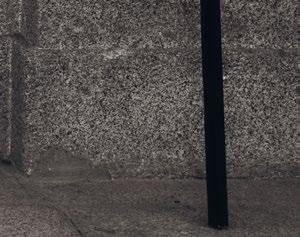

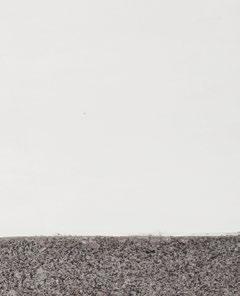

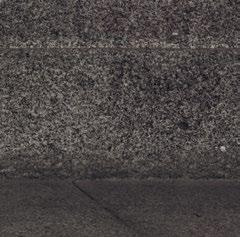
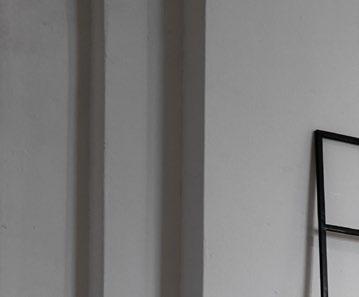


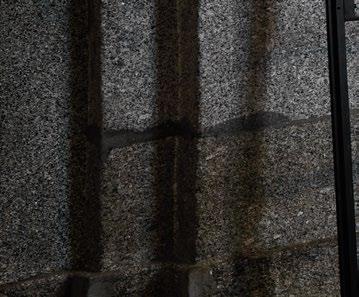
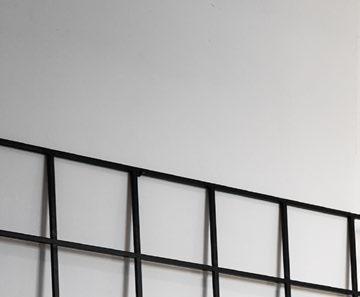
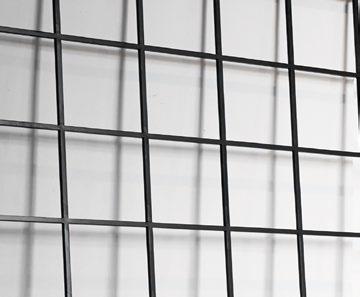

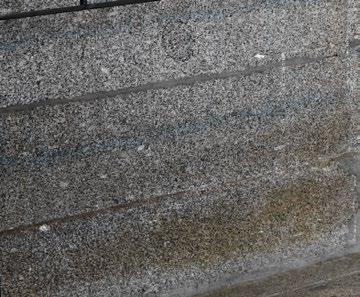
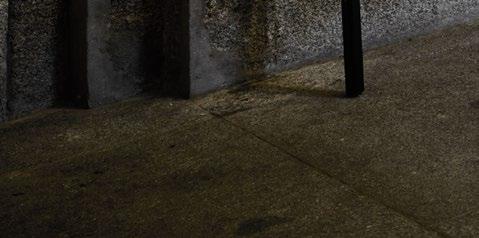

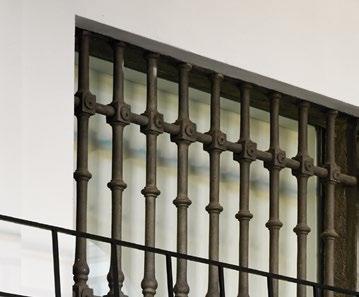
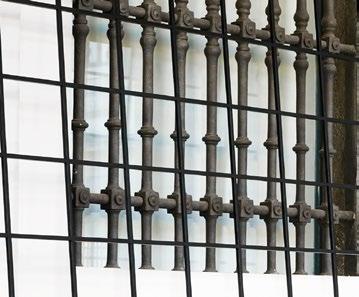
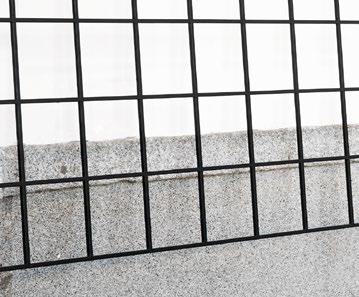

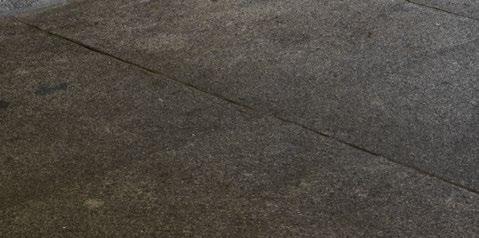
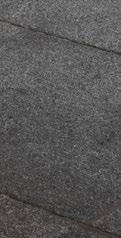
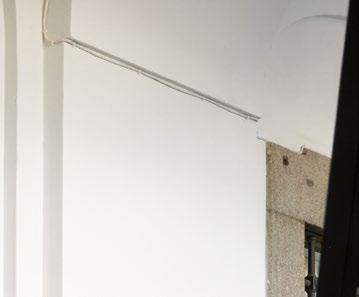

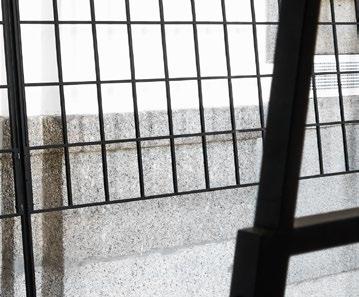


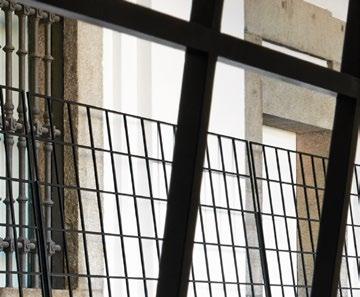


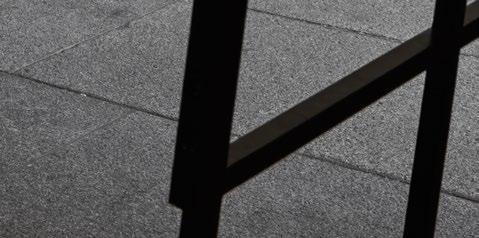

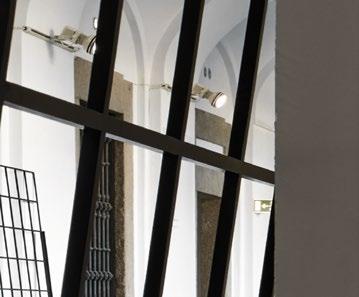
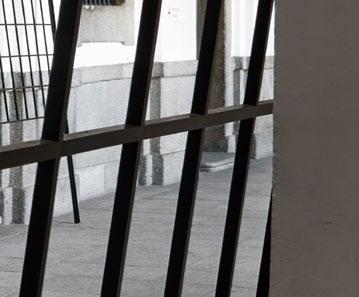


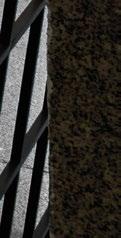
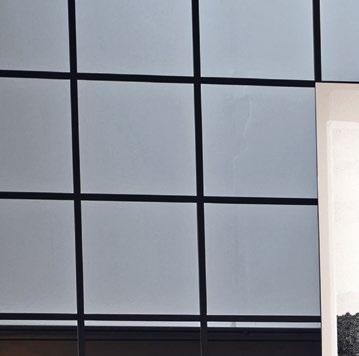


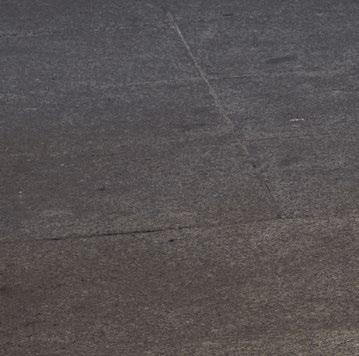

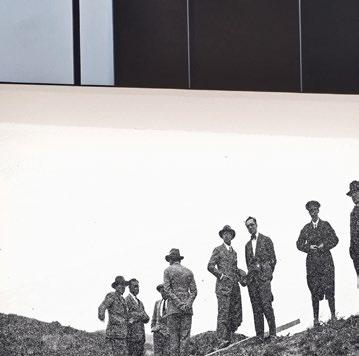
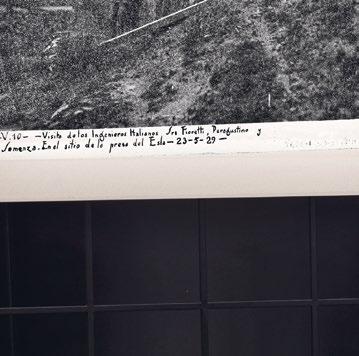
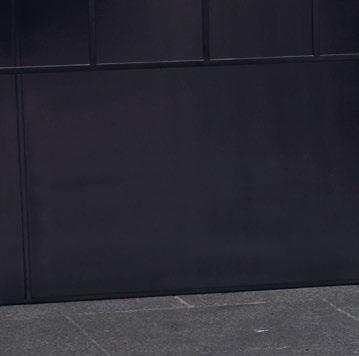

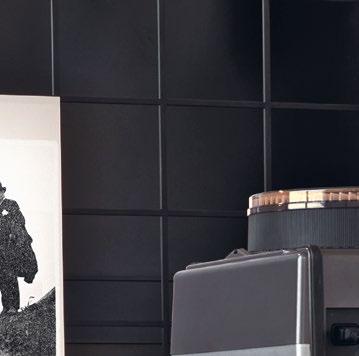
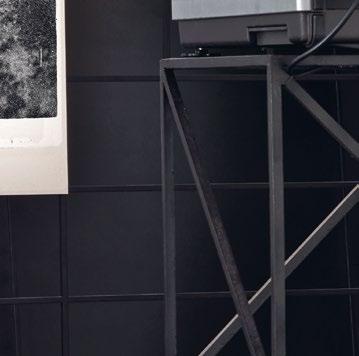
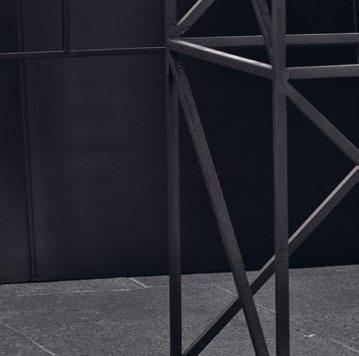
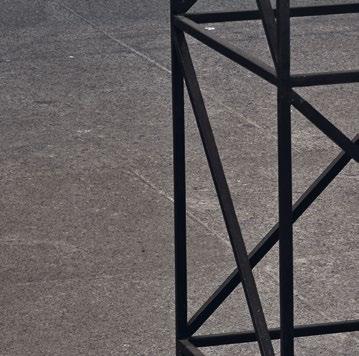


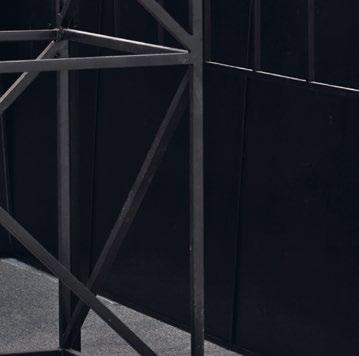


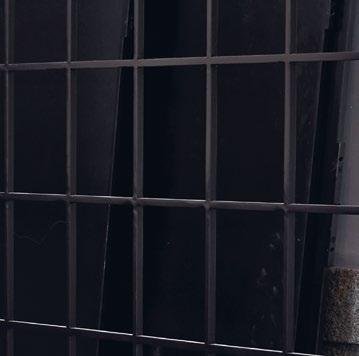
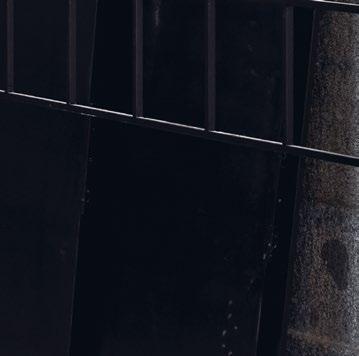
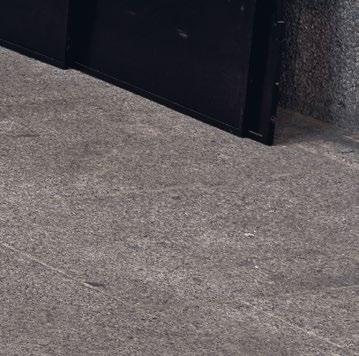
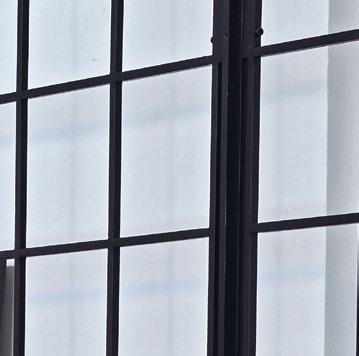
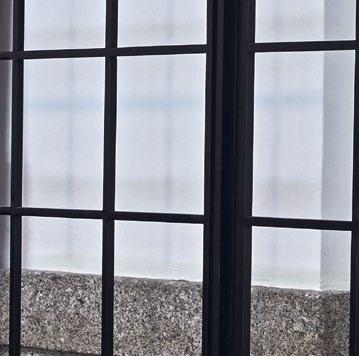
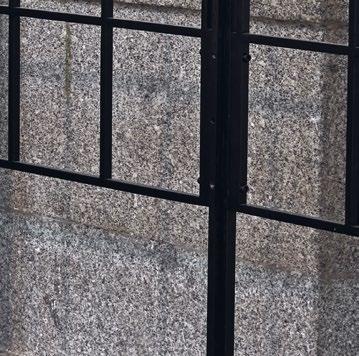
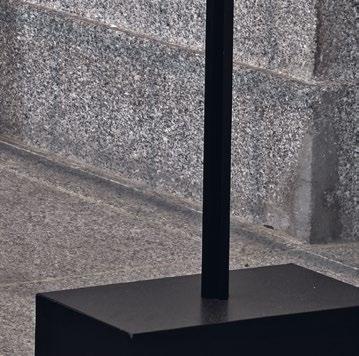
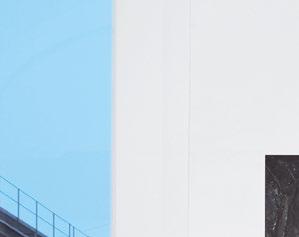
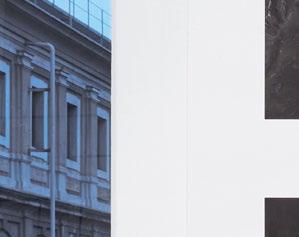
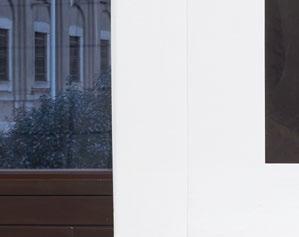
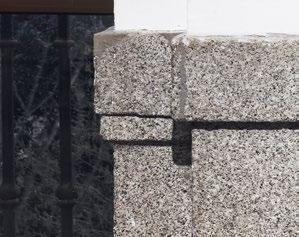
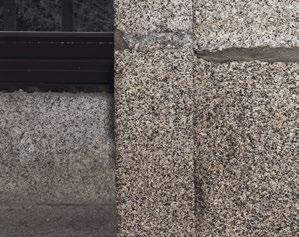
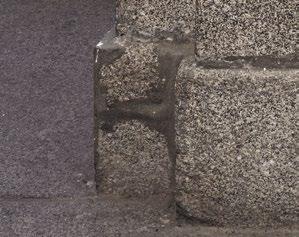

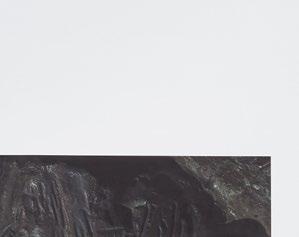

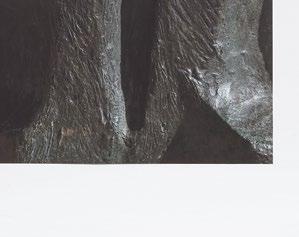
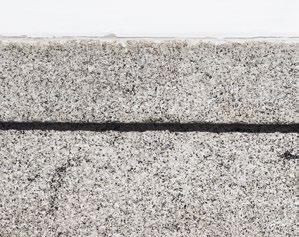
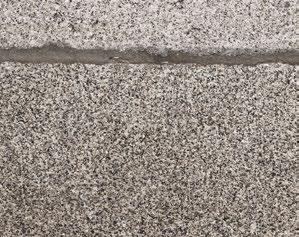
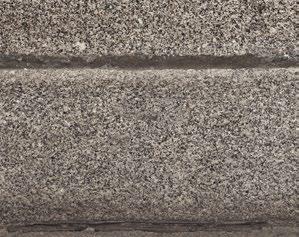

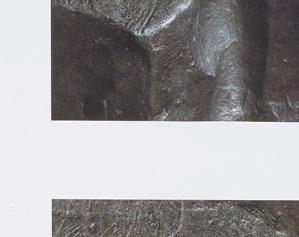
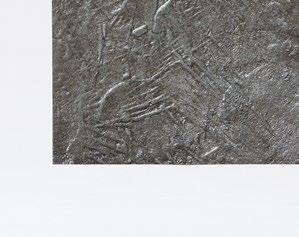

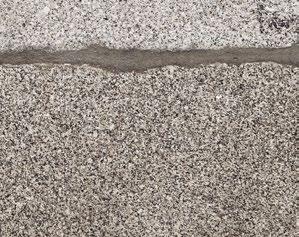
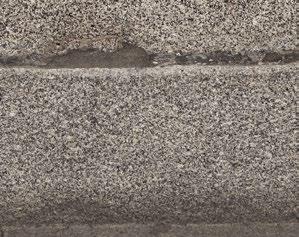

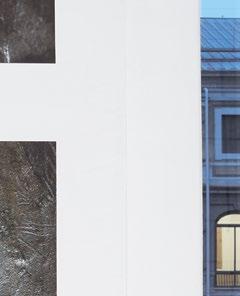
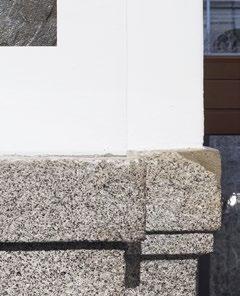

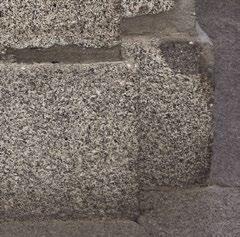


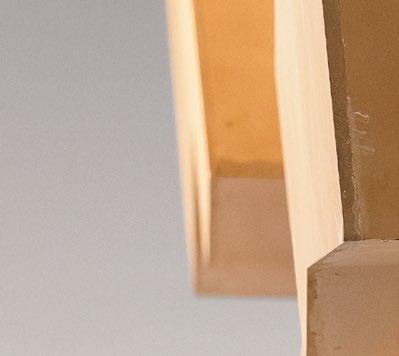
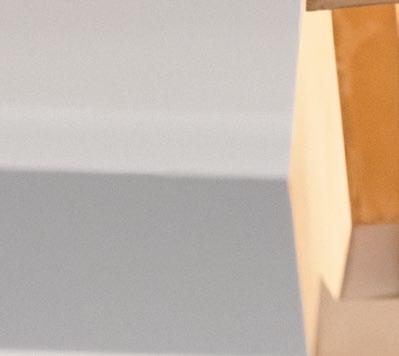



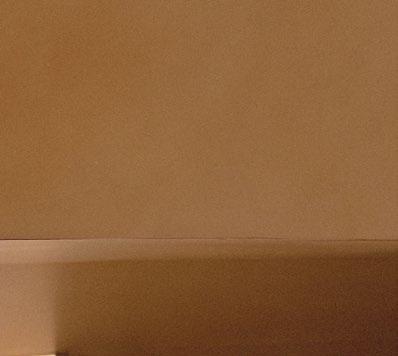

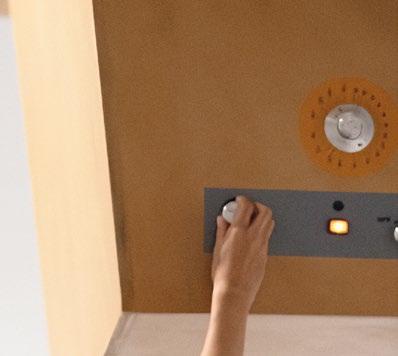
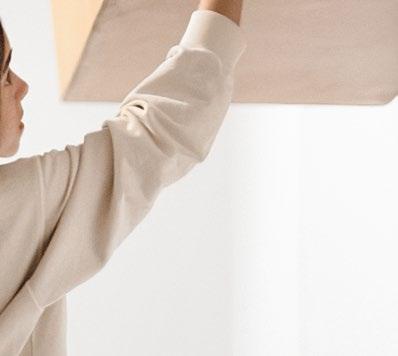

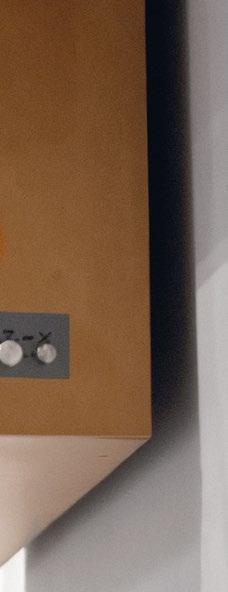
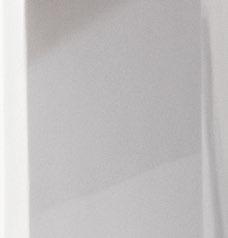
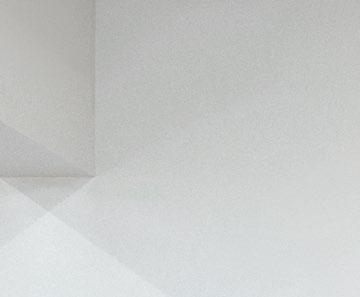
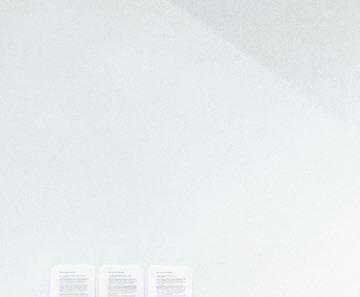
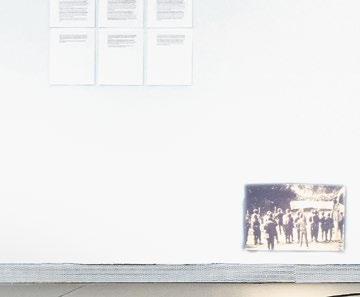
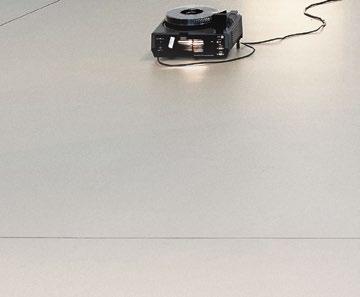
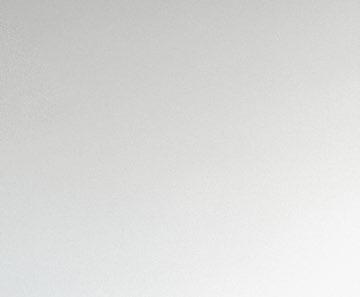

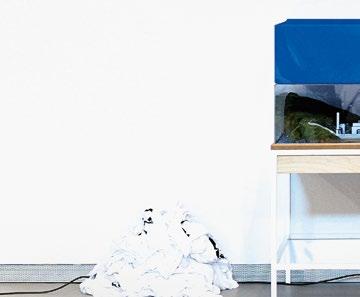
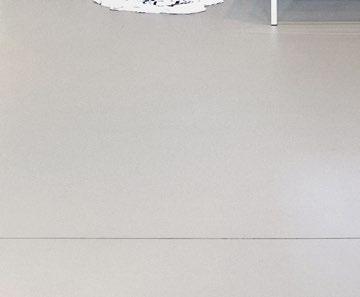
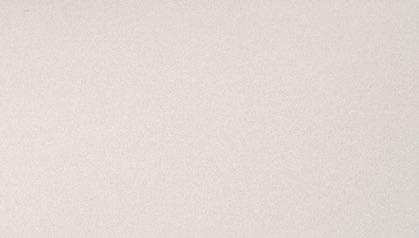


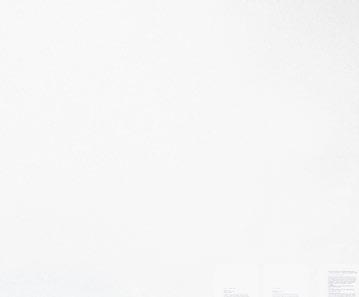
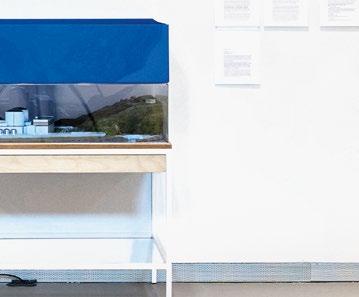
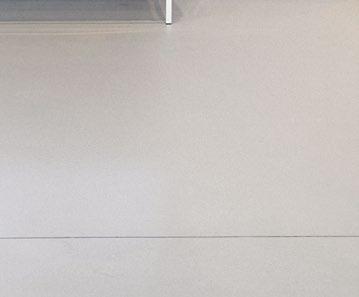

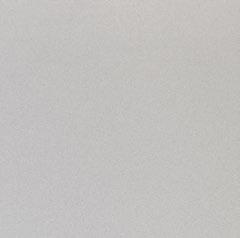
We are back inside the prehistoric cave. But it has not snowed, and nor are we at the bottom of a karst canyon.
It is the rst night of summer 2023 and we are in London, in a small darkened room, looking at a wall on which a video is projected.2 The camera makes its way through the cave. Suddenly, a ickering light illuminates the wall and some paintings appear on the rock. They are rock paintings, but not prehistoric paintings. Next to us, a young woman takes pictures with her mobile. After the abstraction of darkness: light, images. In capital letters and black paint, the outlines blurred by the years and the humidity, we can make out the words “SEXUAL FREEDOM,” and below it on the right “YO” (me), which could also be “YA” (now).
What has changed. There is a gap of twenty years between the group’s excursion to a cave and this encounter with the video Barrutik kanpora (Inside Out, 2019). There is little memory of the gra ti from the 2003 visit3—it probably testi es to the private unregulated use of the cave during the years of the Spanish transition to democracy. Around that time, in the Basque Country in the early twenty- rst century, those words in Spanish—partly because they were written in that language, but not only—seemed jarring, anachronistic, an oddity from a recent and distant past. Two decades later, in a di erent place, those words address viewers in a new way: a call for the liberation of bodies, from inside a cave. This is so because things—forms of life, expectations—have changed.
The reencounter with Barrutik kanpora is the rst of a series of reencounters with a practice characterized by marking out its own emotional landscape; by subtly capturing the structure of feeling of its historical moment. This is no easy task. Because “the felt sense of the quality of life at a particular place and time”3 is tied to a speci c temporality, and the artist’s oeuvre spans three decades in which di erent temporalities converge and are crystallized.
1. The video was part of the exhibition Unequal Diameters, which opened on June 21, 2023, at Raven Row, London.
2. Barrutik kanpora and the group excursion are part of a family of works based around the Iritegi cave that Aranberri began in February 2003, sealing the cave entrance with steel plates.
3. According to one of Raymond Williams’s de nitions of the term he coined six decades ago. See Raymond Williams, The Long Revolution (London: Chatto & Windus, 1961), 63
p. 99
p. 9, pl. 2
For example, in the video that moves through the cave. There is historical time, re ected in the gra ti that speaks of modern utopias and expectations, “SEXUAL FREEDOM” and “NOW,” and also, higher up, in some older and blurrier writing on the wall: “P.U. 1945.” There is the biological time of the bat colonies, with their habits that are blind to, and mostly indi erent to, human activity. There is deep time, the geological time in which the cave was formed by the action of water. A dense time made tangible by the sound of a dripping stalactite. And there is the time of seasonal cycles, evident in the long nal shot: on the other side of the perforated opening in the metal plate—which, in the video, is the black screen—a circular piece of summer foliage with an abundance of branches and leaves appears like a piece of printed fabric, interrupted only by the comings and goings of the bats.
There is also cinematic time: constructed time that portrays the cave as a time chamber, a negative space in which various substances, organisms, cycles, rhythms, and di erent moments coexist. In the course of a two-minute, 360-degree pan, the entrance to the cave starts out untouched and ends up sealed by metal plates.
November 2023, Madrid
The cave entrance that changes in the blink of an eye; a tire that rolls downhill and is carried uphill, where the whole thing is repeated; the jagged outline of pine trees that changes as the tracking shot moves toward the right, although the scene remains the same… Di erence in repetition generates change—making, remaking, and unmaking—not story. It is a formal strategy that avoids narrative linearity and produces abstraction.
A tire rolling downhill and pine trees outlined against the sky. Another recent reencounter, this time on some monitors on the day of the opening of the rst retrospective exhibition.4
It is a reencounter with two videos, Firestone (1997) and Contraplan (Counterplan, 1996). Something that was unforeseen at the time: how old they are now. The analog image has not remained stable. Its quality has been a ected by the passage of time. Back when these were made, there was still talk of the medium’s lack of materiality. But in these two videos, the noise and dirt are inseparable from the image. They give it density, a quality that was once thought to be incompatible with the electronic image. Nevertheless, the landscape is familiar to those watching the monitors at the opening. The sense of closeness is accompanied by a sense of strangeness. That of recognizing and not recognizing at the same time. The questions raised by the burnt-looking greens and yellows: Did it not rain much that year? Was there a drought? Or does the video make the grass look scorched?
4. In reference to the exhibition Ibon Aranberri: Partial View, which opened at the Museo Nacional Centro de Arte Reina Sofía, Madrid, on November 29, 2023
And other questions ow from these: Do these same saturated tones color our memories? Do the technological mediums produce the discontinuities between then and now? And do they make it possible to transfer the structure of feeling—“the felt sense of the quality of life at a particular time and space”—to another place and another time?
There are other elements that have not been mentioned and that also a ect the moving images: the instability of the camera, the unpredictability of the movements—of the rolling tire, of the city bus from which the footage is lmed along the AP-8.5 The absurdity of the actions: throw a tire down a rough slope, lm a tracking shot of a single shape outlined against the sky… I watch the two videos as if they were two silent lm comedies.
One of the tools by which language can disrupt the prevailing logic, create interruptions, capture our attention, reveal aws. Humor. In a mid-career retrospective exhibition. A useful strategy when looking back in time. It allows for the reactivation of relationships with old materials, opens up new paths into the work. Make, remake, and unmake. Playfulness, a mocking spirit, survival instinct.
The element of humor is also at the origin of some of the works, and it is picked up and deepened in the retrospective. For example: seventy-two slides on a light box mounted on the wall. If you contemplate the light box from a distance of a meter and a half, as if looking at a painting, it is impossible to make out the images on the illuminated transparencies, even though this position allows you to understand the overall pattern. The slides contain a single image, the repetition of which produces a recursive e ect, which increases as you get closer.
It is also what happens when you go up close to read the exhibition label— Mirando a Madrid desde la distancia (Looking at Madrid from a Distance, 2000-2004)—and then look up, refocusing on one of the slides, and recognize the action (carried out two decades earlier): in the center, a gure atop an embankment looks to the right through a pair of binoculars. “Looking at Madrid from a Distance,” multiplied by seventy-two in this version. You are in a room at the national museum, looking at that looking. Lengthening and expanding the shockwave of the gesture carried out “in absentia” twentythree years ago.6 The coup d’e et. The waterer watered.
5. Name of the Behobia-Bilbao stretch of the highway known as the Autovía del Cantábrico.
6. The intervention was the artist’s response to an invitation to participate in the group show Where the grass is green, use it, held at Galería Salvador Díaz, Madrid, in 2000. Talking about this work a few years later, the artist said, “It arose from a lack of constructive ideas in line with the proposal, and from the lack of safety
(or the unpleasant memories the city brings up for me). It has to do with the coming and going, and with disappearing. Like foreigners, placing myself far away and never quite arriving, and then leaving the way I came.” See Ibon Aranberri, Ibon Aranberri, exh. cat. Galería Lelong, Paris; Galería Oliva Arauna, Madrid (Arles: Actes Sud/Altadis, 2005), 56
How to modulate a shockwave, given that the release of energy following an explosion is inherently uncontrollable. That said, the eld of operations of artworks is language, and the e ects and disruptions produced by artworks— unlike those of other human activity—remain within the symbolic realm. Ideally, artworks are able to change the trajectory of the wave. Alter its course. Avoid entropy. Stay with the trouble.
Staying with the trouble in the retrospective exhibition. Staying with the issues and the materials of the beginnings of the artist’s practice, which are the same, but also di erent now. An example from the same period as the action on the embankment on the outskirts of Madrid. Its earliest title, Luz sobre Lemoniz (sin onda expansiva) (Light Over Lemoniz [Without Shockwave], 2000), was a reference to a hypothetical future action: the launching of reworks over a nuclear power plant that never went into operation.7 The title also alluded to the potential of an art object to resignify and restore a place that had become a black hole in the collective memory.
In the late twentieth century, Luz sobre Lemoniz (sin onda expansiva) presented the abandoned nuclear plant as a counterpoint to a building erected on a nearby site years later, a contemporary art museum.8 The museum opened in a time of optimism,9 in contrast to the sense of despondency arising from the sociopolitical con ict of which the nuclear plant building—a ruin before its time—was the remnant and evidence.
In the retrospective, the installation, now renamed Mapa interrumpido (Interrupted Map),10 continues to draw attention to a space that is still on hold in the local area. In a small room in the museum, the materials are brought together and displayed: a slideshow of images associated with the physical and mental geography surrounding the power plant—archival maps, drawings, and photographs, as well as the artist’s own images, a pile of T-shirts printed with slogans for a future protest, and models of several unbuilt architectural projects for the nuclear power plant that was never switched on. Past, present, and future converge in the installation: an open mirror-space in which all possible versions of the place coexist and accumulate. The entropic versions too. “Weeping Willow, Red Peony, Flashing Pink
7. Built by electricity company Iberduero (later Iberdrola) in the 1970s, the Lemoniz nuclear power plant was part of a plan to build several power plants on the Basque coast. The plan to move toward nuclear power led to the emergence of a social and cultural opposition movement supported by a large part of Basque society. ETA took a stand against the plan and carried out several attacks against the plant’s management and workers. In 1984, the plan came to a standstill.
8. In reference to the building that houses the Guggenheim Museum Bilbao, designed by architect Frank Gehry, which was inaugurated on October 19, 1997. It is considered largely responsible for the so-called Bilbao e ect.
9. In reference to the sense of hope generated by the signing of the Lizarra-Garazi Pact on September 12, 1998, which led to ETA announcing a “a total and permanent ceasere” on September 16, 1998. After a series of failed negotiations with the Spanish government, the organization announced the end of the truce on November 28, 1999
10. On the occasion of the exhibition Organigrama at Fundació Antoni Tàpies in Barcelona in 2011, the work was titled Luz de Lemoniz / Diseño de nuestro desarrollo. Ría y acantilado (2011).
Roman Candle.”11 Shapes and colors integrate and disintegrate in the darkness of the night.
* * *
Returning to the information label for the light box with seventy-two slides in the retrospective show. Rereading the title that describes an action: looking at a city from afar. To check that the dizzying e ect of the recursive gesture—the looking from a distance in time at someone looking from a distance in space—does not disappear on second look.
Moving away from the city. A strategic move—and also a return home— that shaped the artist’s methodology in the rst decade of the new century, a time of expansive euphoria and uncritical celebration of growth—we are quick to forget, even though little has changed. The place seen through the binoculars represents the social space of human beings. And also what lies beyond its boundaries, those other spaces in which the city expands and over ows.
The suburbs, the outskirts, the countryside, the natural environment, the earth’s surface, its atmosphere… All of these are peripheral spaces subject to human activity, to acts of culture. Acts of culture such as reservoirs: infrastructures that radically transform the landscape. Major sculpting and shaping operations. Spatial disoccupation and occupation. Acts of violence against the land indicating a widespread fracture. Their scale is such that it is di cult to remember what the place was like before.
In the retrospective, I look for the stack of twelve tra c signs that no longer signal anything—given that the place from which the bulldozers removed them has long ceased to exist. I do not nd the stack. The sculpture now has a new form.
Two decades ago, the now pointless signs of Dam Dreams (2004) were presented in a stack. Their messages indicating directions, prohibitions, distances, and names faced the wall, silenced, in a gesture—a language action—that rea rmed the canceling e ect of the action of the bulldozers pulling them out from their place. Only a message written in white paint is visible on the metal surface of the back of a sign: “SOS ITOIZ.”12
Two decades on, the sculpture whose title speaks of drowned and doomed dreams—the dam is also damned—has once again changed. New materials have been added to the old ones. The time elapsed is one of these materials. The space of the retrospective exhibition is another. The plasticity of the materials—all material is plastic, and anything can become material, including a title—makes it possible to generate a new encounter, to escape
11. Technical names of the reworks listed on paper in the installation at the retrospective exhibition.
12. Gra ti probably made by supporters of
Solidari@s con Itoiz – Itoitzekiko Elkartasuna taldea, a grassroots movement created in 1995 to protest against the construction of the Itoiz dam in Navarra.
the capture and fossilization of forms, to work as if facing a blank page every time.
* * *
Twelve A3 sheets arranged in two columns. The useless signs facing the wall are now presented as drawings on paper. One sign per sheet, its outline accompanied by the technical manufacturing speci cations: type of sign, dimensions, retrore ection, etc.
Before becoming objects in everyday use, and, later, forensic evidence of the recent past, these metal structures showing traces of their passage through the world—marks left by blows, traces of gra ti and cement—were graphic representations designed according to standard criteria. Uprooted from their place, the signs have been restored to a regime outside of object-and-thingtime. A regime that orders, classi es, and regulates, and that, in a sense, they never left.
In a corner of the retrospective, the inventory of twelve digitally printed sheets—the sculpture, both contracted and expanded—invokes the regime of standard guidelines that govern contemporary forms of life: a land-use plan, the font used on tra c signs, the label of a toner cartridge, the bureaucratic protocol for the loan of works in a museum, the way visitors make their way through an exhibition room...13
* * *
A sheet of paper—a stationery item. Originally intended to be drawn or written on, it is now more likely to be found in the output tray of a printer, one sheet among many others in a pile. It is an ordinary, reproducible, and a ordable object. And also, possibly due to the combined e ect of the disappearance of forests and the advance of screens—on which we write and draw and read—it is an endangered object, although it may not seem so when we see the regular and un agging pace at which the sheets are deposited into the printer’s tray.
Another corner of the exhibition. More sheets of paper, also in standard format. In this case, the sheets do not contain a predesigned digital image. In Inverted Schemes (2003–ongoing), a series of pencil drawings are dotted around the convergence of two walls. They highlight two of the artist’s recent reencounters: the return to the cave14—not a physical return, but one that takes place through the artist’s memory—and the hand’s reencounter with paper, with drawing from life. This reencounter has reinvigorated his p. 45, pl. 9
13. In a later conversation, the artist explained that the excavators never actually removed the signs from their locations. There was no need to do so; they were never of interest because they were to be covered by water in any case. On the other hand, the elements that make up Dam Dreams are not “forensic evidence of the recent past,” but signs that were expressly
manufactured industrially, based on the signs that disappeared. The description given is thus a ction suggested by an installation seen only through photographs.
14. And the almost fty caves visited during preliminary work in the lead-up to the intervention at Iritegi cave.
ways of doing things, bringing about a change of scale relative to things. Touching the paper with the hand, looking with the hand, thinking with the hand, etc.
Drawing from life as a space for fabulation. Two bats drawn upside down on a sheet of paper. An endangered animal species. A harmless creature that is essential for maintaining the ecological balance, but traditionally associated with the idea of the monstruous, of the other. The nocturnal ying mammal that reads space with the help of its ears, as an image of a world upside down—of the potentialities of looking from that vantage point. Its opaque forms, closed in on themselves, are strange to the eye. More abstract than gurative, their shape is vaguely reminiscent of that of a mussel.
Another exhibition,15 another sheet of paper. This time a sheet belonging to a page-a-day calendar. Calendars are a way of spatializing and counting the passage of time. When a new day arrives, you tear o the page from the previous day. The daily repetition of this gesture con rms the objective fact that today is no longer yesterday.
This time, the sheet of paper is presented as a static image on a computer screen. On the following day, it will be printed out on two sides of a sheet of paper and placed on the table, on the pile of sheets of the days that have passed since the opening of the exhibition.
This exhibition is di erent from the previous ones. It is domestic in scale and context. It features two works, Almanaque (Almanac, 2022)—which unfolds over time—and Compendium (2022)—which at the time of this exhibition does not yet have a title. Both have been produced on-site and with the site. In other words, they have been made with the locals.
The site is a village on the northern slope of a mountainous area near the Picos de Europa. Like many other rural areas, it is underpopulated. As the people left, the forest broke through, encroaching on the village, surrounding it, in a reversal of the process that has taken place elsewhere.
The forest surrounding the village was traditionally one of its key economic resources, and it also became one of the reasons for its depopulation in recent decades. Many local residents moved elsewhere to cut down trees and provide timber to the paper industry.
The unused tools for cutting and felling trees that make up Compendium have been loaned by the people—those who live in the village and those who migrated. The tools, stripped of their purpose, are now ethnographic in nature, although the way they are arranged in the studio—which has been
p. 81, pls. 13–16
turned into an exhibition room for a few weeks—has little to do with museum displays. The exhibited objects are a window into ways of life that no longer exist, into a speci c structure of feeling, which in the village on the northern slope of the mountain corresponds to an inventory of gestures, knowledge, and oral stories. Once the exhibition is over, the tools will be returned to their lenders.
Another encounter with the north side of the mountain, although in this case—an artwork in the major group exhibition almost two decades ago16 the mountain is a di erent one. As is the structure of feeling, equally anachronistic at the time, evoked by Exercises on the North Side (2007).
The central element of the installation at Kassel was a 16mm projection made up of an unedited series of shots of a mountain on the French side of the Pyrenees. The footage—attempts to portray the mountain and recordings of an ascent—was lmed by a group of young mountaineers with no experience using a lm camera. Another element of the installation, a row of display cabinets, consisted of materials related to lm production—slides of stills from the shoot, black-and-white contact sheets, drawings, and credits on acetate…— perhaps alluding to a future lm.
Exercises on the North Side explored the meeting of two modern phenomena: modern mountaineering—which began in the late eighteenth century and was linked to a romantic vision of the landscape and of adventure—and the cinematic device, a succession of still photographs that creates an illusion of movement and is thus a more suitable medium for recording actions than either painting or photography. And it explored this meeting at a time when both of these elements—mountaineering practice and the cinematic apparatus—had changed. As had our relationship with notions such as the collective subject and the individual subject, action and recording, experience and language.
At the beginning of the new century, cultural associations between rope teams—the groups of mountaineers who climb to the top of mountains—and political activism survived in small gestures that, although minor, were full of meaning. Exercises on the North Side included materials that were not directly related to the production of the lm but were close to the experience of the young mountaineers. Photographs in a display case show details of a damaged tree trunk. They are the traces left by the anonymous destruction of a small monument embedded in the trunk: an ice axe in remembrance of a mountain club member who died in an accident.
16. In reference to documenta 12, which opened in Kassel on June 16, 2007
The participation of a small community of individuals united by practical bonds that become emotional—as in the case of the villagers who lent the saws that are family heirlooms—is a key element in understanding the process and the nal form of Exercises on the North Side, a work in which we can see a methodology applied consistently over years of practice. This methodology consists of generating situations that give rise to processes that unfold over time, and entail establishing a dialogue with diverse interlocutors. In these processes, the drive to produce something is clearly visible to the outside observer, although the speci c purpose appears vague and ambiguous. Sometimes it can be projected as a metaphorical horizon—to launch reworks over a nuclear power plant, to trigger an avalanche in the highlands…—allowing the outside observer to visualize the goal, while enabling the person on the inside to focus on it without closing it o , so as to keep pushing.
To observe, weigh up, project. To look from a distance and adjust the path: a tactic more reminiscent of the strategist than the anthropologist. The art object understood not only as the result of an action but as an action in itself—a way of approaching art practice that betrays the in uence of twentieth-century post-minimal practices. A sustained action giving rise to e ects that are not always immediately perceptible.
Engaging in ongoing dialogue with di erent interlocutors. A tool that inevitably leads to institutional critique. The interlocutors may be autonomous individuals: the cameraman friend who lmed the rolling tire in Firestone; part of a collective: the group of artists who visited a cave in 2003, the young climbers from the mountaineering club, and so on; or represent an institution, like the personnel of the science society in the works on the cave, or those of the historical archives of the hydroelectric companies in the series on large infrastructures. Through ongoing negotiation over time, one ensures that although the relationship with the institution can never be “one-to-one,” the relationship itself can move in that direction. Conversation as an e ect-generating action.
Two encounters with the same work. The rst and last. Both in the same place—the national museum. The rst encounter took place in the context of a group show.17 The last occurred in a retrospective show,18 which followed
17. The exhibition Ibon Aranberri, Iñaki Garmendia, Azucena Vieites, which opened at Artium Museoa – Museum of Contemporary Art of the Basque Country, Vitoria-Gasteiz, on October 27, 2005, featured the work of the three winners of the eighteenth edition of the Gure Artea awards.
18. In reference to the exhibition Ibon Aranberri. Entresaka, which opened at Artium Museoa –Museum of Contemporary Art of the Basque Country, Vitoria-Gasteiz, on April 26, 2024
p. 73, pls. 12, 50, 56, 57
another retrospective a few months earlier in another national museum. This last retrospective was presented as a new exhibition, not a variation of the earlier one.
In both cases, Política hidráulica (Water Policy, 2004–10) was shown partially, in incomplete form. In the 2005 group show, it was presented as a work in progress. The ten or so framed photos of di erent sizes displayed on a wooden shelf presaged the accumulation of the almost one hundred photos taken over seven years that made up the nal series.
In 2024, the work returns to the museum as a ghost of its rst incomplete version. The shelf and the stack of photographs do not form a single entity, but are spatially dissociated. The shelf occupies a corner of the large central room. The stack of eight photographs is not far away, although the mental distance between them and the shelf is large. To nd the photos, one has to retrace one’s steps a few meters back to the entrance of the room and turn left into an adjoining corridor, a space set aside—as indicated on a sign partially covered by one of the eight photographs—for the storage and consultation of the museum’s archive and documentary holdings.
In a nod to its history, this now iconic work is presented in a dismembered and displaced form without losing its completeness. The power of the part to evoke the whole. The artist follows a modular logic and treats the sculptural piece as a malleable, plastic material, adapting it to the circumstances of each new occasion. A logic that builds, rebuilds, and dismantles; enters, leaves, and enters again. A logic applied in the same way to the exhibition itself.
In Política hidráulica, the modular units are each of the almost one hundred framed photographs of di erent sizes that make up the work. Each frame shows an aerial view of one of the reservoirs planned for the Iberian Peninsula in the 1930s, most of which were built in the following decades. All the images are di erent, as are the framings, the types of dam, and the surrounding landscapes, even though they all portray the same thing: the feat of engineering, the mass of water contained between the concrete walls. The photographs fall within a recognizable typology, one which would probably once have graced the walls of lobbies, waiting rooms, and o ces in companies and public institutions, most of which have now probably been demolished or renovated.
The stack of framed photos is part of the large family of works created over the course of a decade to explore the construction of dams and reservoirs designed as part of the modernization projects of the twentieth century. As in Dam Dreams—the installation of tra c signs facing the wall—the artist uses a linguistic operation to mark and amplify the upheavals in the land as a result of major public infrastructure works. In this sense, while the blue irregular shape of each reservoir marks the erasure of a speci c structure of feeling—the material culture and ways of life that disappeared beneath the water—the overlapping of attened, indeterminate, disjointed, and fragmented spaces in Política hidráulica multiplies this erasure almost a hundredfold.
A slide projection at the back of the vaulted room at the Benedictine abbey. A metal structure placed between the beam of light from the projector and the masonry wall serves as a screen. Black-and-white images of stone walls and loose stones on the oor are projected onto it. The photographs are part of the hydroelectric company archives located in the di erent places the artist has visited. They show the dismantling of a series of buildings and structures of historical value—medieval churches, bridges, and necropolises from Roman times, etc.—which were moved stone by stone in the rst third of the twentieth century, before work began on the planned infrastructures.
One of the slides shows a detail of a rendered belfry housing two bells, each inside an opening and tied to a wooden yoke. This rudimentary system of stone, metal, and wood allows the bells—a community symbol in the agricultural world19—to perform their duty, marking the hours and summoning the inhabitants from the top of the rural church.
The bells can also be found in another part of the vaulted room with stone walls. They reappear in a group of color photographs displayed on the modular metal structure—of which almost all sections are transparent—that runs through and connects the space, like a second wall. The photographic prints show details—stretches of wall, numbered carved stones, capitals, arches, and keystones—of the current condition of the moved and rebuilt buildings.
In the photograph of the bells, the belfry has been replaced by a modern piece of engineering: a white lattice cover. There is a large contrast between the lightweight technological tubular structure and the two survivors of the material rural culture. So much so that the bells appear to be suspended in the void, marking the hours out of time or not marking them at all, summoning a community that no longer exists. They vaguely recall a drawing of two bats hanging upside down.
The exhibition in the monastery hall, several ights of stairs below, continued with works dedicated to the major infrastructure projects of the twentieth century. Gramática de meseta (Meseta Grammar, 2010),20 focused on the loss or change of purpose of the buildings and their constituent elements as a result of being uprooted and decontextualized—the transformation from objects in everyday use into pieces of cultural heritage.
Another object was also replicated in two places. An exception. In this case, the old photograph projected in the slideshow reappears in the space, not as an image displayed on the modular metal structure, but as a physical object.
19. Signum was the word Visigoths and Mozarabs used for “bell,” according to Joaquín Díaz in “Nubes y campanas. Bajo el signo del signum,” in Pensar la tradición. Homenaje al profesor José Luis Alonso Ponga, ed. J. Díaz et al. (Valladolid: Ediciones Universidad de Valladolid, Fundación Centro Etnográ co Joaquín Díaz, 2021), 119–31
20. The exhibition Gramática de meseta, organized by the Museo Nacional Centro de Arte Reina Sofía, opened on July 14, 2010, at the Santo Domingo de Silos Abbey, Burgos.
p. 189, pl. 41
It does so at the beginning of the exhibition, or rather outside of it, at the top of the stairs leading to the vaulted room.
Embedded within a gridlike structure that serves as a pedestal, the funerary stele from the Roman-era necropolis has gone through many moves and repurposings in its lifetime. Only the upper part of the stele—with relief decoration in the vernacular style—has survived. It takes the form of a quadrangular piece of granite with two lateral grooves and a solar disk with curved beams in the center. The grooves were made in order to incorporate the stele into the masonry of a Visigothic church a few centuries after it was carved.21 Once the building had been dismantled, it was decided not to include it in the new church. Thus the mutilated stele with its solar disk and anomalous shape lost its second purpose and became a piece of cultural heritage, a museum object—the ultimate fate of things that lose their purpose through a process of inertia.
Here again, as with the inverted shapes of the bells and the bats, there is humor, a playful spirit. The improbable and extremely remote possibility that the ancient stele—whose shape is reminiscent of a loose cog in a gear, and which has a solar disk with curved rays at its center—might slide o the metal structure and tumble down the stairs, like a tire rolling down a hillside, and come to a stop in the basement in front of the vaulted room, where it would attain its maximum degree of entropy and disorder.
A small landing between two ights of stairs, with several vinyl prints pasted on a corner, one on top of another, forming a column. The prints are color photographs, large-scale detailed views of a wall with cut stones numbered in bright red paint. There is no doubt that this intervention continues the series dedicated to the moving of buildings and other structures that began with Gramática de meseta
However, the architecture of the building housing this temporary installation bears little resemblance to the stone wall of the Benedictine monastery. All the elements—the stucco walls on which the adhesive vinyl prints are pasted, the stainless-steel handrail, the polished granite oor—tell us that we are in a recently built building, which is probably an institutional space.
The building is in fact the museum that hosted the second retrospective, the exhibition in which the works were shown in an incomplete or dismantled state, or as sketches. And where the forms, following a modular logic, appeared, disappeared, and reappeared in unexpected corners, as they do here.
21. The funerary stele from the necropolis at Muelas del Pan, Zamora, was part of the reliefs that were reused in the masonry of San Pedro de la Nave, Zamora. On the initiative of Manuel Gómez-Moreno, given the planned construction of the Ricobayo reservoir, the
Visigothic church built on the banks of the river Esla between the end of the seventh and beginning of the eighth century was dismantled and moved stone by stone to its current site, El Campillo, between 1930 and 1932
Printed in saturated colors and on a gigantic scale, the photograph of the stone wall shows details of a life out in the open—moisture stains, vegetation in the cracks, and so on. There is something incongruous in this image that sticks like a second skin to the plaster wall of a circulation zone in a museum that opened two decades ago. Nonetheless, a dialogue is established between the two buildings, the one supporting the image and the one that is present only as the supported image of a fragment. As suggested by the title of the intervention, Obstáculos para la renovación (II) (Obstacles for a Renovation [II], 2010–22), they are stories of partial failures and inertia. In both cases, the buildings move.
In the story of the older building, the stones were numbered in anticipation of a future dismantling for a move that never eventuated. Or that did eventuate, in a process that brings to mind the saying, “If the mountain will not come to Muhammad, then Muhammad will go to the mountain.” The stone wall belongs to an old shing building in a city by the sea. As a result of the expansion of the city’s port area—and in a process that is the opposite of that of the reservoirs—land was reclaimed from the sea, and the abandoned building, waiting with red-numbered stones, ended up far from the coastline, stranded in the middle of the city.
This rst story summons up the second building, the museum, which also has its own history of inadequacy and adaptation to the environment. It is the story of a new building in the city center that, early this century, displaced an old facility (a bus station), which was moved to the outskirts even though the original plan for the site called for the construction of a new bus station, not a museum. When the plan failed, the new building design had to quickly adapt to its new purpose.
The stairwell is one of the spaces where the problems of this rapid adaptation, the “renovation obstacles,” are most clearly visible. As you go up the stairs and approach the landing, the size of the photography and its rich colors capture all your attention. It is only when you stop on the landing that you spot the half-hidden nod to the connection between the two buildings: near the red numbers you can make out a ghostly trace of an adhesive vinyl print torn from the plaster wall—“A0” and an arrow pointing down—a fragment of the signage that helps visitors nd their way around the museum.
Arriving at the large hall with high ceilings and visible trusses, the section of the retrospective show in which works are presented in incomplete form or as references. We enter the space ready to stroll comfortably among fragments, as if visiting an archaeological museum or classical ruins. We realize on entering that this is not possible, that the contents of the space are not what we expected.
Once again, the dramatic e ect. Neither the exhibition space—in this case, a hall of unusual scale and proportions—nor the concept of a retrospective exhibition—the selection of the most signi cant works produced over the course of an artist’s career—have been taken into account.
p. 143, pls. 10, 30, 36, 47
p. 195, pls. 39–41, 53–57, 59
In light of what is before us, it would seem that the artist has used the retrospective as an opportunity to attempt to answer a number of questions. For example: how to give meaning to things made in the past from a position in the current day, how to present the old as new, how to give an account of oneself, how to keep going, how to retain the spirit of play.
Another possible question, which encompasses the others and demands a speci c answer in this space: how to compress a thirty-year career in the here and now of the high-ceilinged elongated room. To answer, the artist draws on two elements from his repertoire: a metal structure and a graphic motif, which work together to bring about an articulation of the space.
The modular metal structure, Organigrama (Organogramme, 2011), is the one that was shown in an early version at the Benedictine monastery. The following year—in its nal form consisting of twenty-four panels—it lent its name to the title of the artist’s rst survey exhibition, structuring it physically and conceptually.22 In the 2024 retrospective, the metal structure abandons that rst role. It no longer serves to display and interconnect materials from di erent works. It no longer functions as a screen, a wall, a hanger, a mirror, a shelf, or a display unit, as required by the occasion. Here, the modular panels function as an autonomous sculptural form, but also—two or three vague materials testify to a previous use—as a frame or a place that has been emptied out. And also as a path to move along, although it is full of obstacles that hinder circulation and make it di cult to understand the space.
The second element used by the artist is a graphic motif that has accompanied him over the years:23 the jagged outline of pine trees silhouetted against a sky seen from a moving bus. The motif is a reference to this species of trees that are not native to the Basque Country but have quickly become a common presence in the landscape due to intensive plantations. In the exhibition, it takes the form of a continuous series of screen-printed pieces of cardboard displayed across the entire large wall connecting the foyer and the main hall, lling it up on a massive scale. Punctuated by the lines of the trusses, the serial repetition of the same fragment produces a non-landscape.
It is hard to avoid reading the show in negative, nihilistic terms: as a vacant and stripped-back exhibition that does not allow itself to be seen. As a retrospective that, rather than featuring “a selection of the most important works,” presents a fragmentary and incomplete view of the artist’s career.24
22. In reference to the exhibition Organigrama, which opened at the Fundació Antoni Tàpies, Barcelona, on January 28, 2011
23. In works on di erent media such as Contraplan (1996), Nature Reduced to Cultivation (1998), In Pine E ect (2004), and in the exhibition discussed here, S/T (Territoire) (Untitled [Territory], 2017–24).
24. Or as a homage to the radical practices of the late 1960s and early 1970s that Ibon Aranberri’s work draws on. With their invention of a whole series of inverse neologisms, these practices
contributed to broadening the eld of vision. These terms include Robert Smithson’s “nonsite” and “displacement,” Gordon MattaClark’s “anarchitecture,” Robert Morris’s “anti-form,” and Allan Kaprow’s “nonart,” as well as the experimentations of Arte Povera and radical architecture. Another relevant neologism, especially in the context of an exhibition, is Michel Foucault’s “heterotopia,” understood as a space that is “capable of juxtaposing in a single real place several spaces, several sites that are in themselves incompatible.”
Finishing back where we began. In the exhibition, watching the video of a cave. In a darkened room in a semibasement in the company of strangers on the day of the opening. We have just climbed the stairs of the old building to the third oor. The recently renovated, almost domestic-scale interior, its walls lined with white-lacquered wood, retains a period feel. A series of drawings on standard-sized sheets of paper are displayed around the perimeter of the space lit by natural light. They are arranged according to a regular pattern, which is determined by the space between the wall frieze moldings. The clear ordering of the drawings clearly re ects the structure of the space.
The seventy-four technical drawings that make up Operatori (2021–ongoing) are copies that the artist has made of drawings from workbooks used in apprentice schools in the rst half of the twentieth century. The drawings were intended as a guide for future industrial workers, who had to translate them into steel components. Part of a set of standard geometric shapes, the components are shown in di erent projections—plan, elevation, side view— sometimes accompanied by notes specifying dimensions, procedures, and so on. Written in di erent languages—“Elements of dimensioning,” “Tolerancia general” (General tolerance), etc.—they speak of the diverse origins of the notebooks.
Repositories of geometric shapes and construction solutions, the workbooks were key tools in the process of learning this manual trade, which became obsolete with the advent of mechanization and the automation of industrial production. In any case, the catalogue of shapes and solutions is still valid today. These instruction workbooks also reveal the link that connected the industrial training and arts training programs of the working class under the shared concept of “trades” during the “machine era” at the turn of the twentieth century.25
To appreciate the draftsmanship on the third oor of the old building, one must get up close to the drawings. The copies are precise and have been made with extreme care, although they have been left un nished. Pencil marks are visible alongside the fountain pen lines, revealing the process of making the drawing—the lines drawn as a visual guide, the corrections, and so on. These marks allow us to reconstruct the act of copying as a process that is both manual and mental.
With a leap of the imagination, the marks also allow us to put ourselves in an entirely unfamiliar situation: to step into the shoes of an industrial worker
See Michel Foucault, “Des espaces autres” (Of Other Spaces), lecture given at the Cercle d’études architecturales on March 14, 1967, and published in Architecture, Mouvement, Continuité, no. 5, (October 1984): 83–91
25. In the speci c context of the Spanish state, the Schools of Arts and Industries, created in 1900, split into two branches in 1910: Industrial Schools and Schools of Arts and Crafts.
ninety years ago. To recognize the impact that learning and practicing a trade involving the production of complex shapes in space—albeit reproduced from a received model—would have had on the self-awareness of workers at a time when manual labor was still organically integrated into industrial production processes.
The pencil marks that were deliberately not erased also allow us to recognize the speci c hand behind the drawn shapes. The hand’s ability to produce shapes. The relationship between the hand and the drawn mechanical component. The hand as machine.
One of the artist’s earlier works highlighted this relationship between hand and machine in its title. Makina eskua da (The Machine Is the Hand, 2016)26 was presented in the arms industry museum in a Basque town located in a valley with a long industrial tradition—a narrow valley anked by the ever-present jagged outline of pine trees. The installation consisted of a series of steel molds and models: exercises produced by gunsmith apprentices. The collection was assembled with the help of former apprentice schools and workshops, as well as former apprentices.
The installation was the rst in a series exploring industrial manual labor. It also entailed a change of point of view—from looking from a distance to looking up close—illustrated by the image on the exhibition invitation: two hands with open palms display four of the exercises, small geometric metal shapes with a rough nish and an enigmatic appearance. The change of point of view was accompanied by another change: a reencounter between the hand and paper. A revitalization of ways of doing. Drawing.
Returning to the third oor on the morning after the opening. Moving from one drawing to the next, around the perimeter of the room, ending on the small landing between the two ights of stairs. Stopping in front of one of the drawings. In it, a new gesture—a few unexpected and barely perceptible lines. An encounter with another hand. In the margin, some carefully handdrawn small lines in blue ink have been added to the fountain pen and the graphite of the pencil. I recognize gra ti. I look again, in case I had been mistaken. I mention this small act of sabotage to the person beside me. The artist smiles on discovering the mischievous gesture.
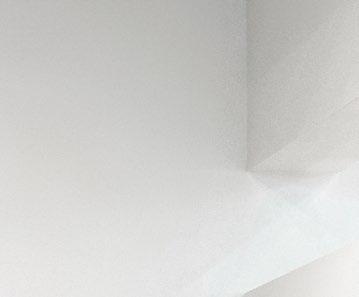
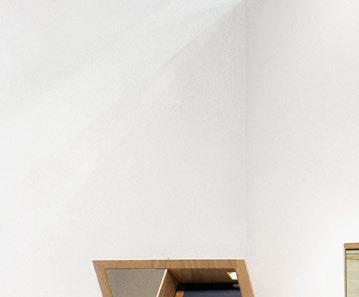
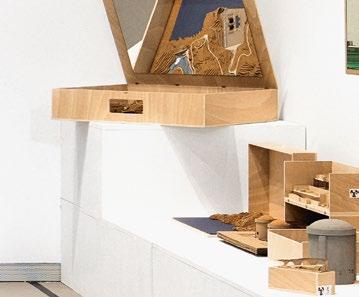
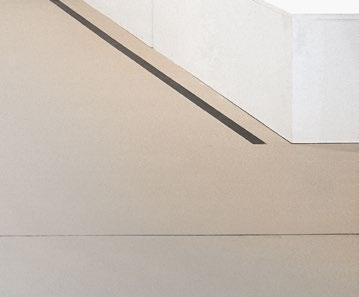
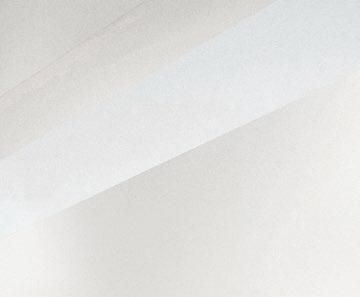
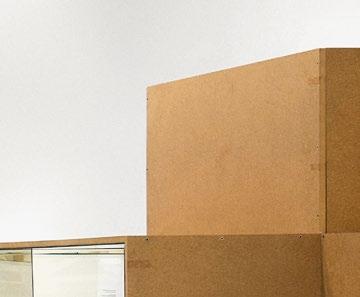

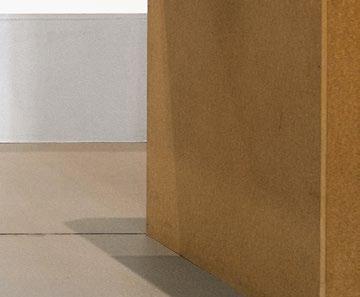
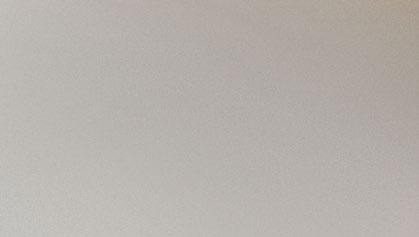

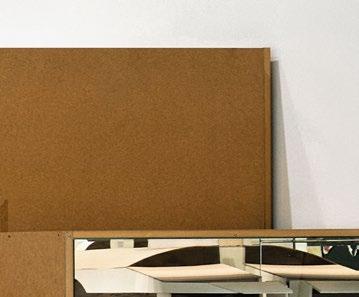
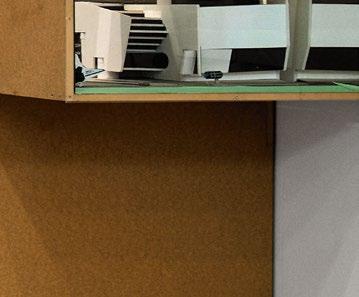

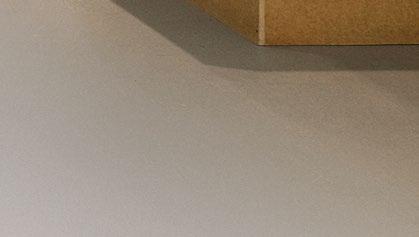
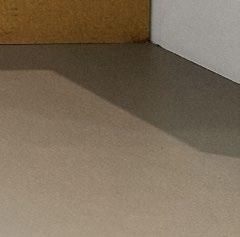
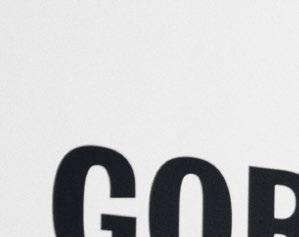

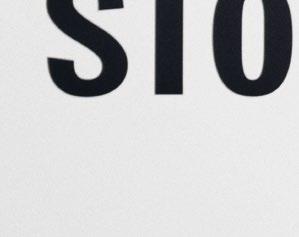


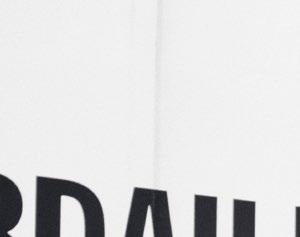
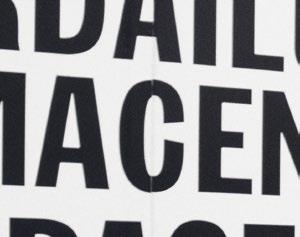

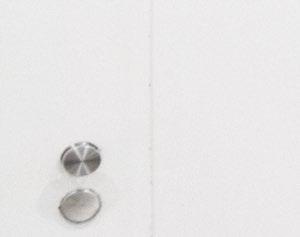
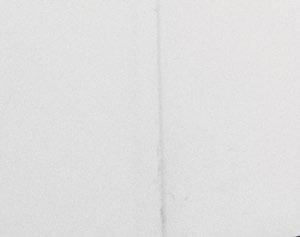
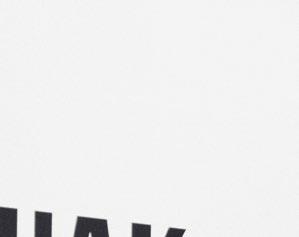
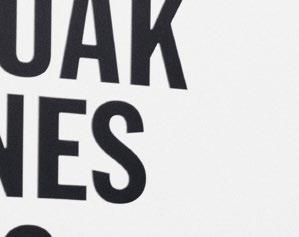
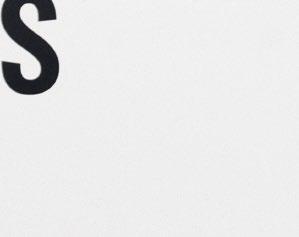
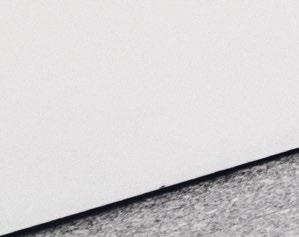
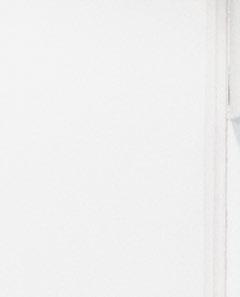
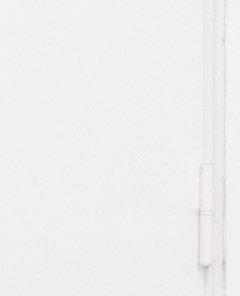
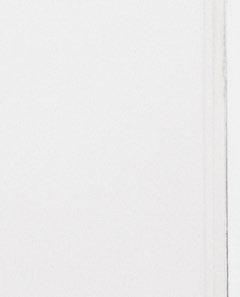
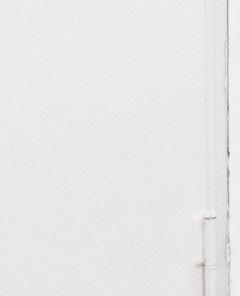
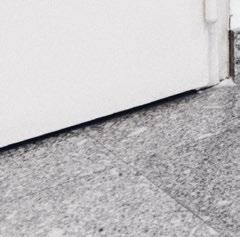

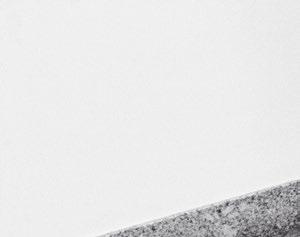
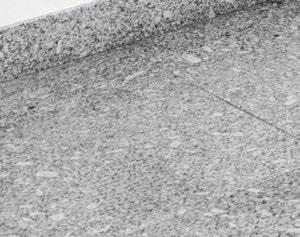
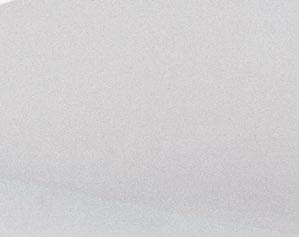
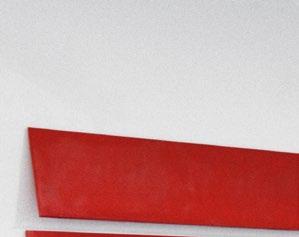

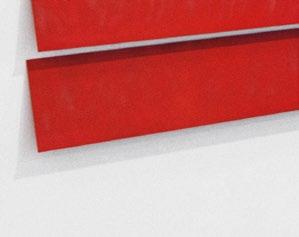
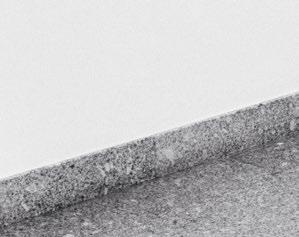
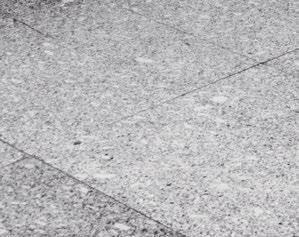
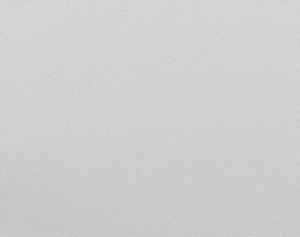
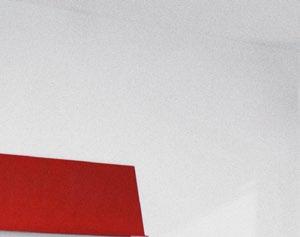


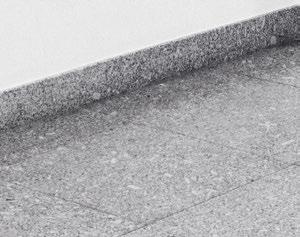
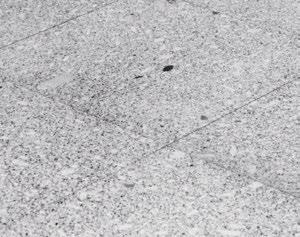
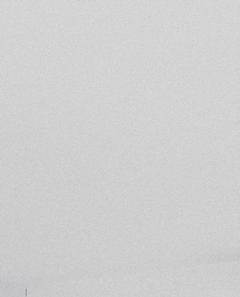
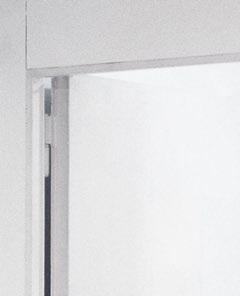
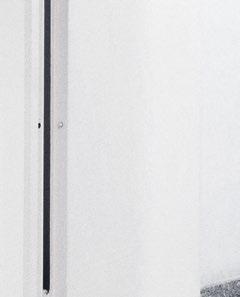


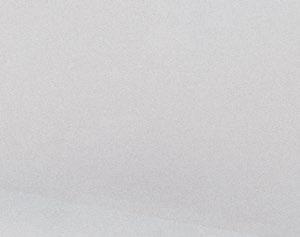
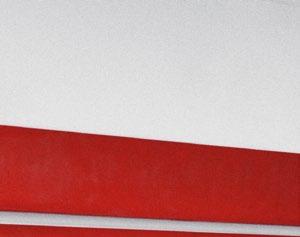



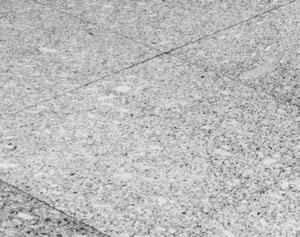

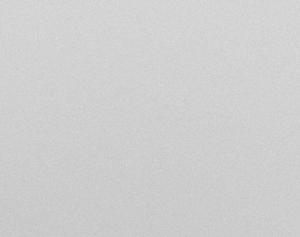
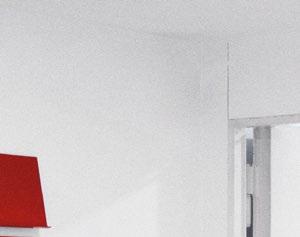
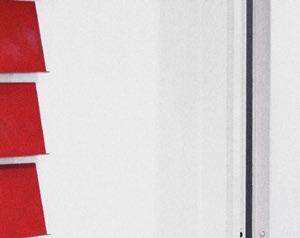
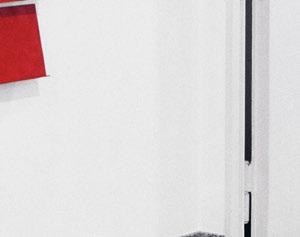



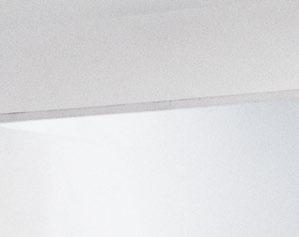
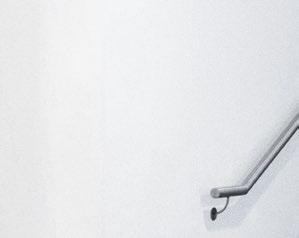
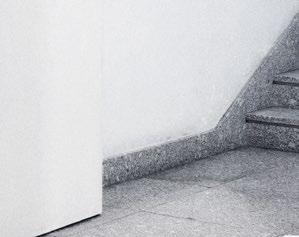

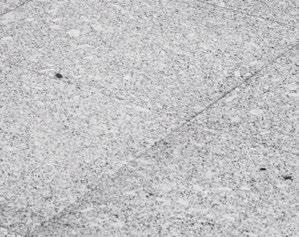


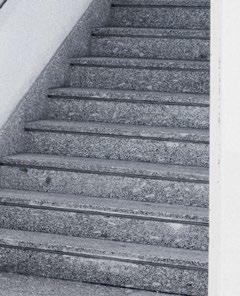
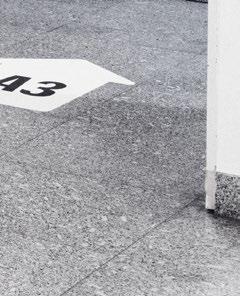
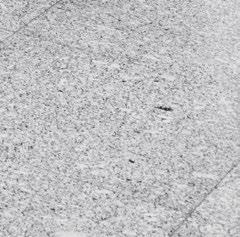




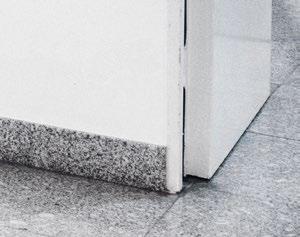
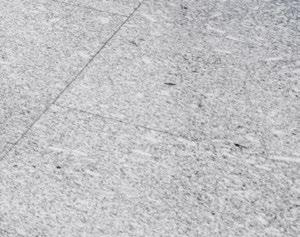
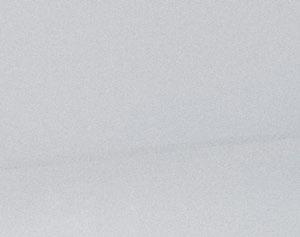
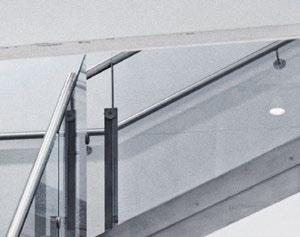
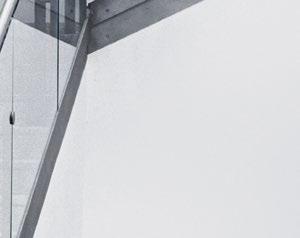
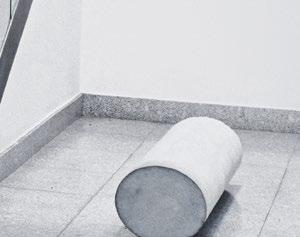
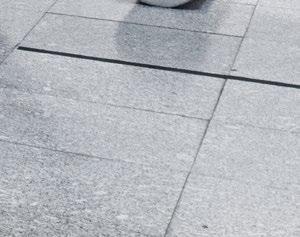

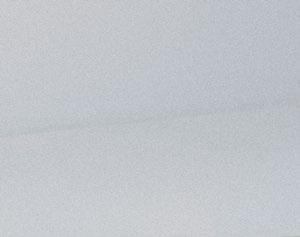
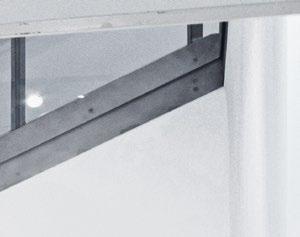
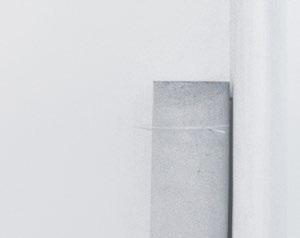

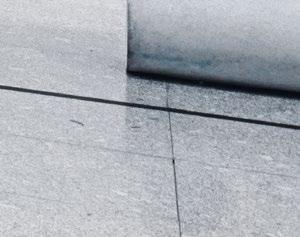




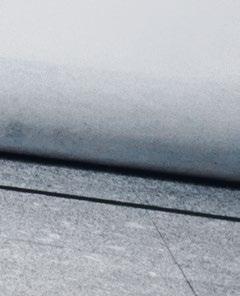


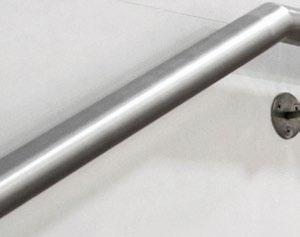
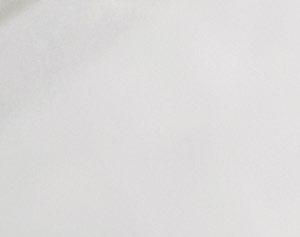
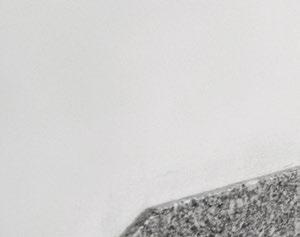


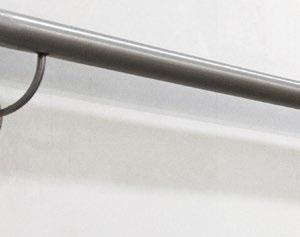

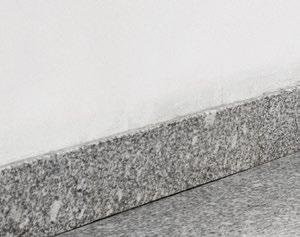
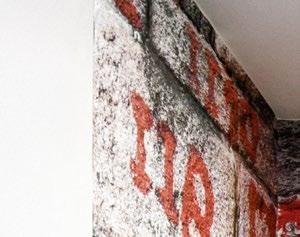



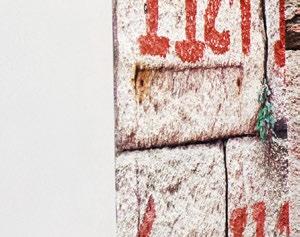

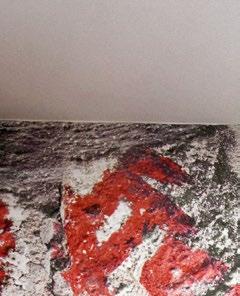
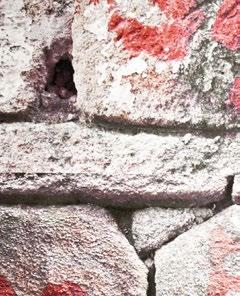
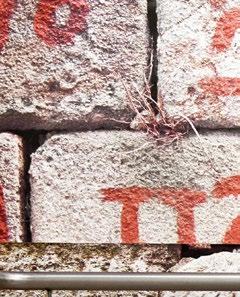
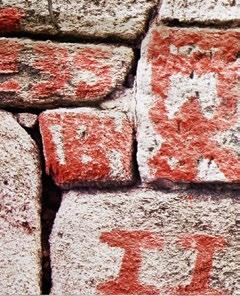
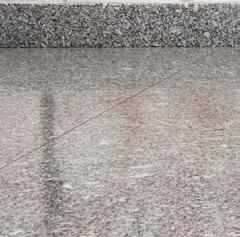
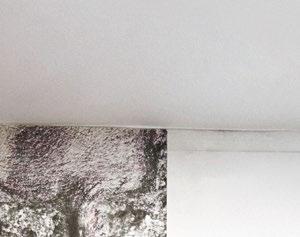

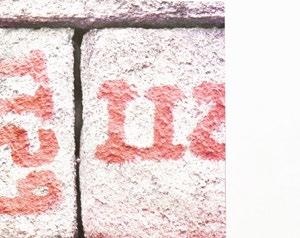
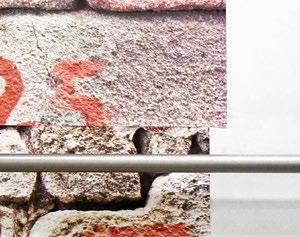

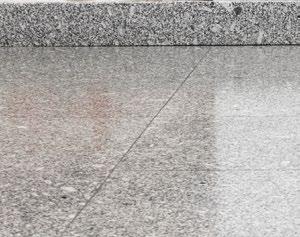

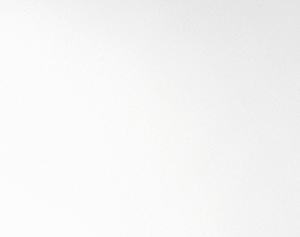
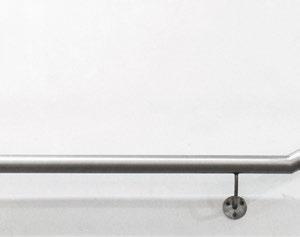
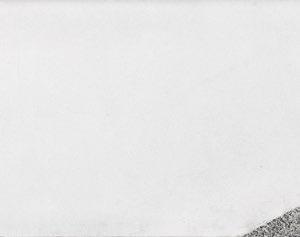
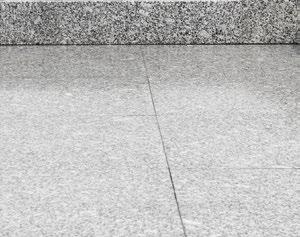
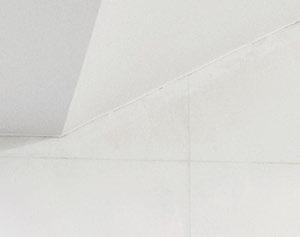



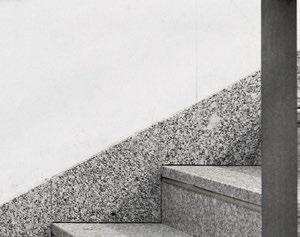
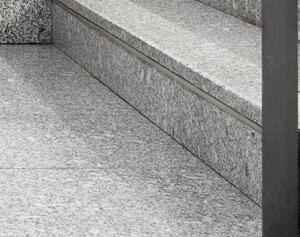
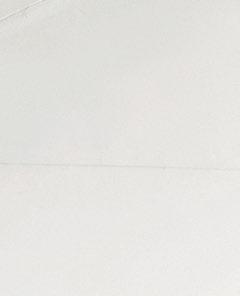
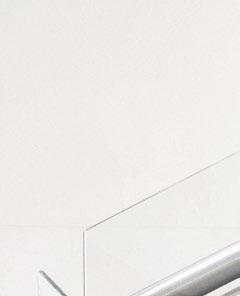
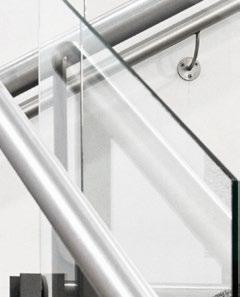
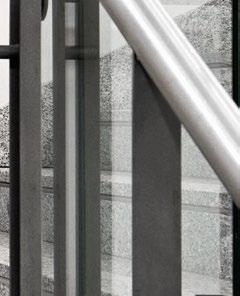
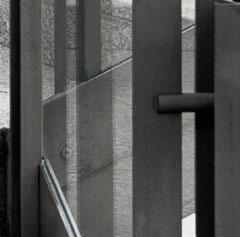

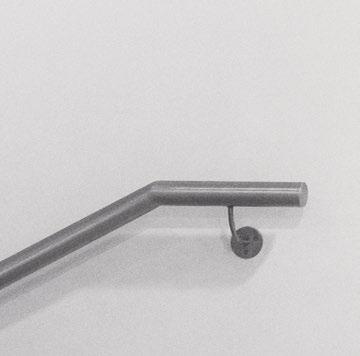
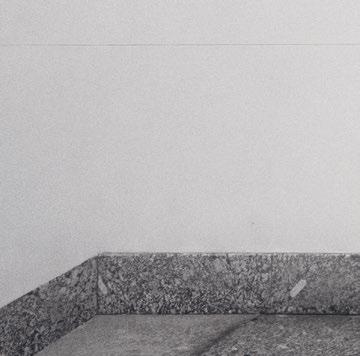


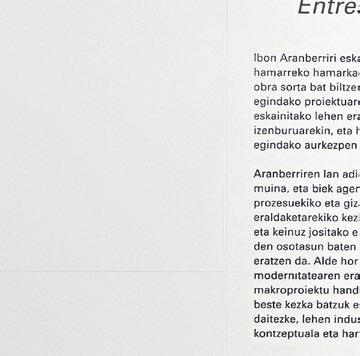
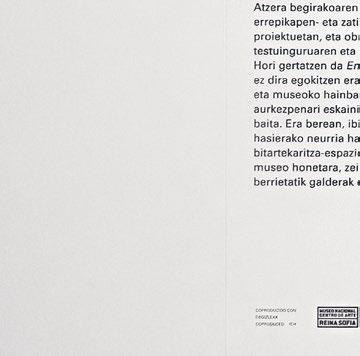

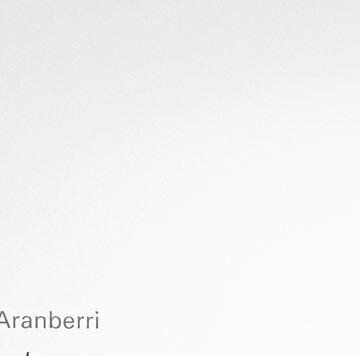
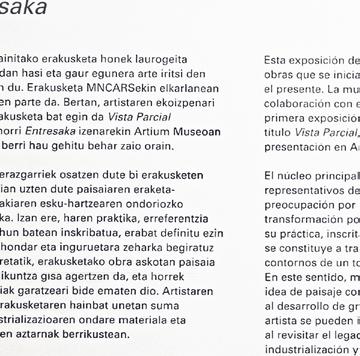
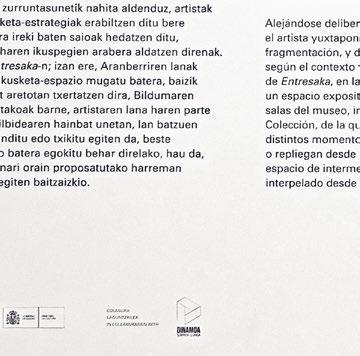

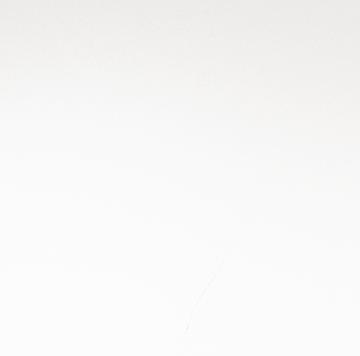
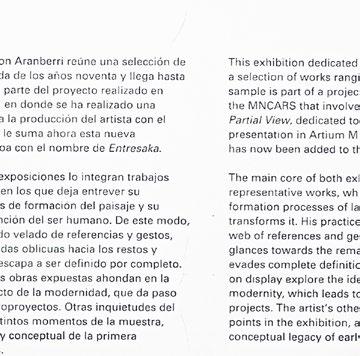
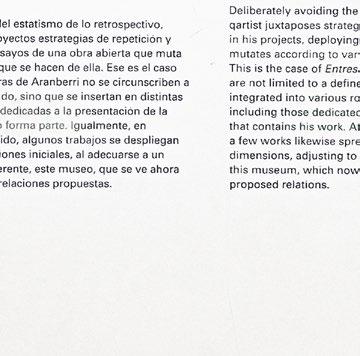

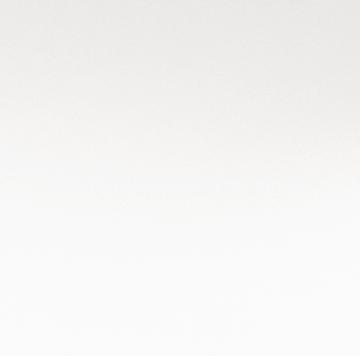

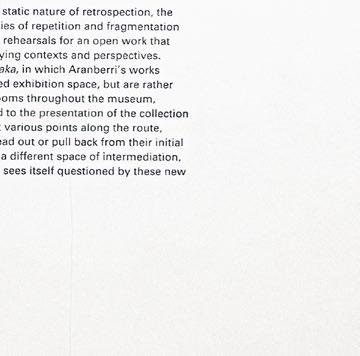

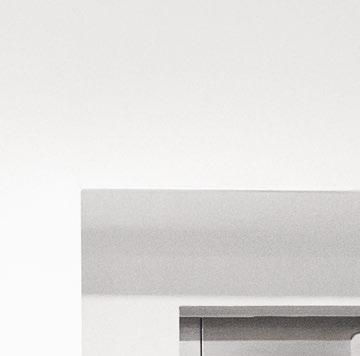
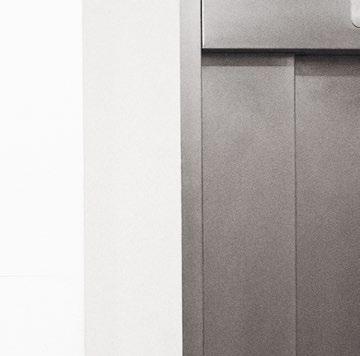
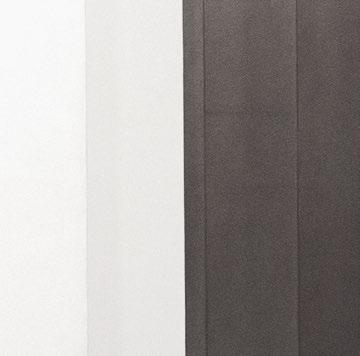
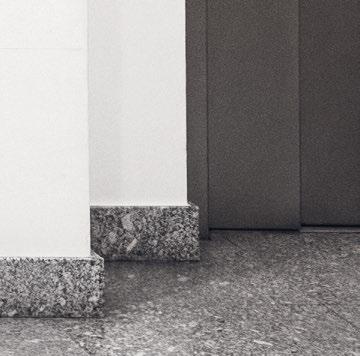


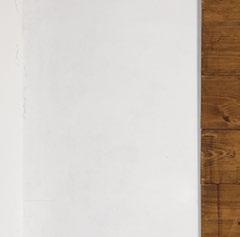

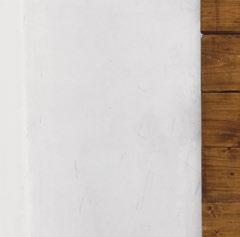
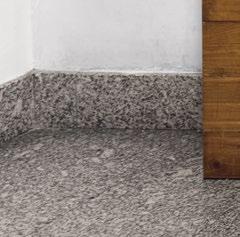


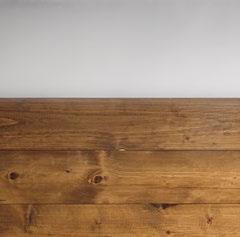
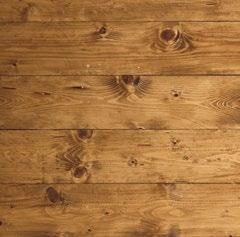

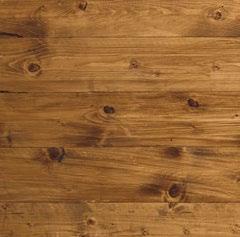


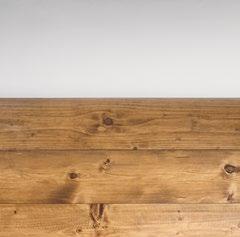
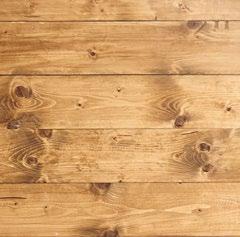
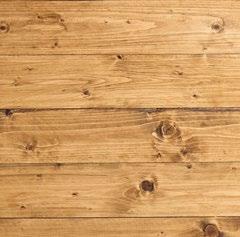

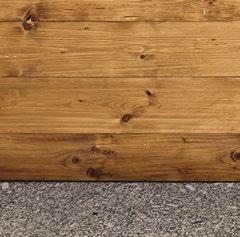

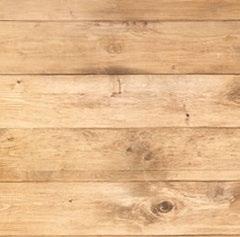

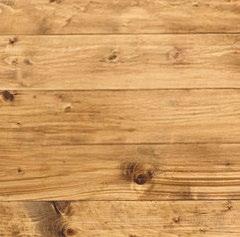
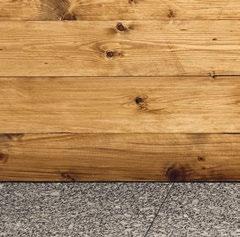

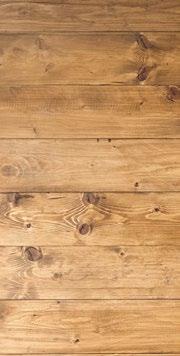
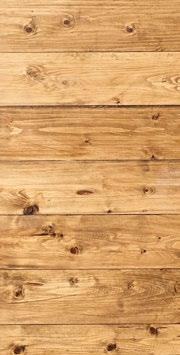
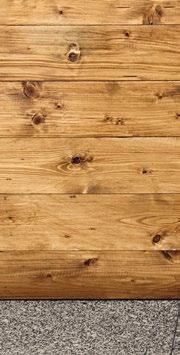



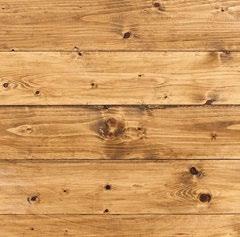
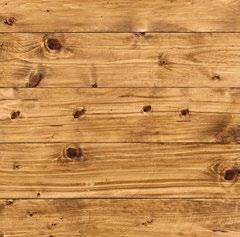


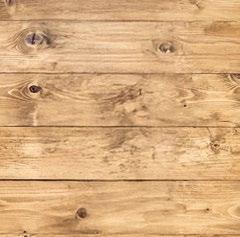
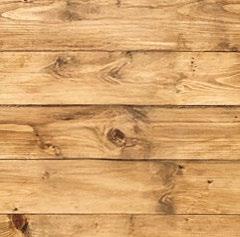



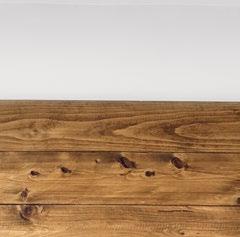
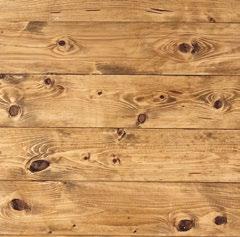

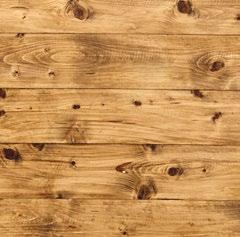


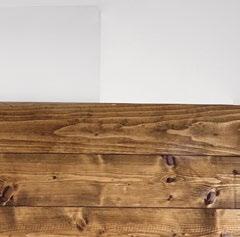
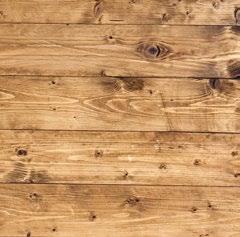
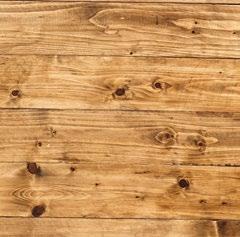

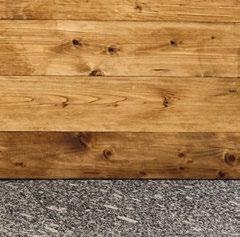
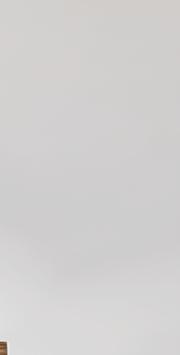
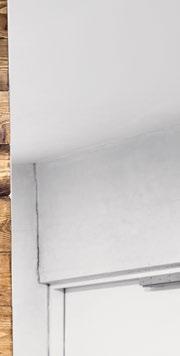


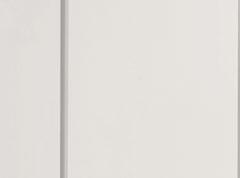
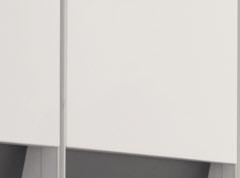
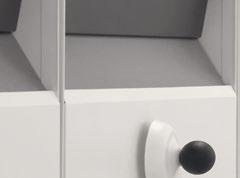
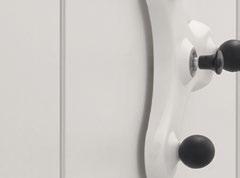
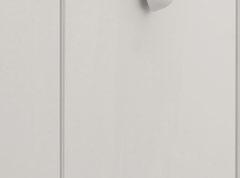
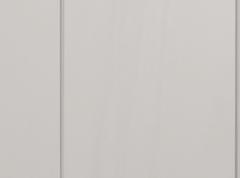
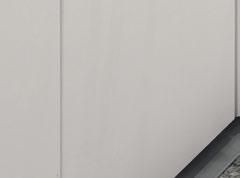
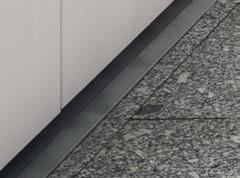

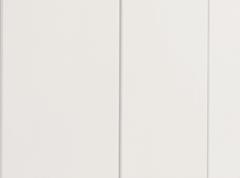
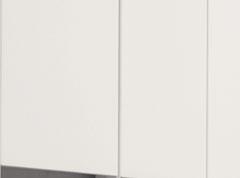



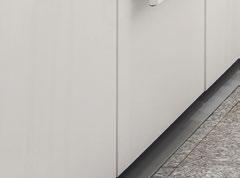

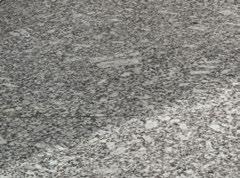
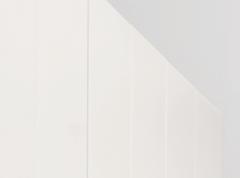
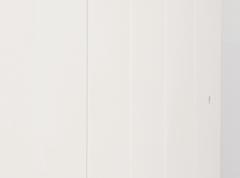

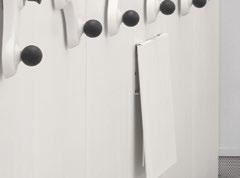
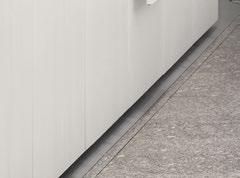
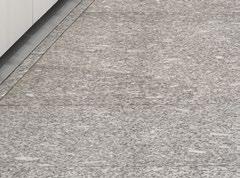

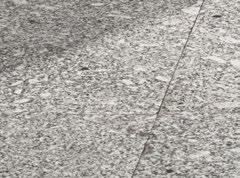
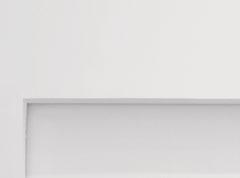
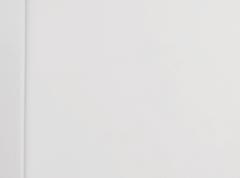
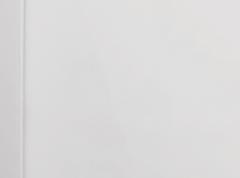
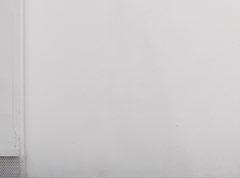
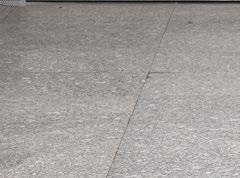
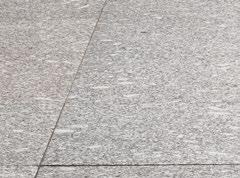
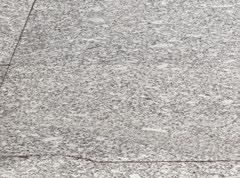
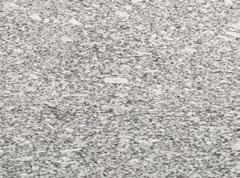
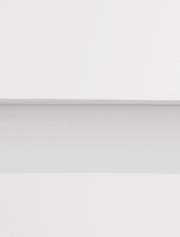

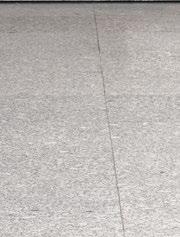
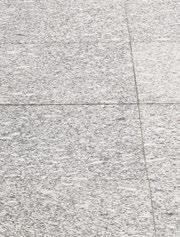




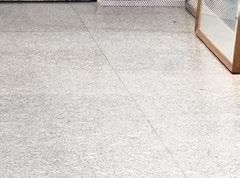
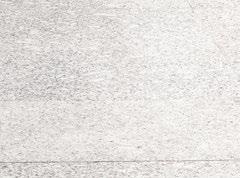
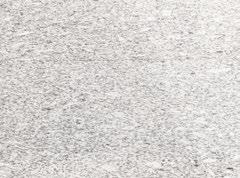

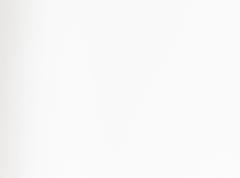


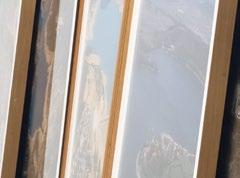


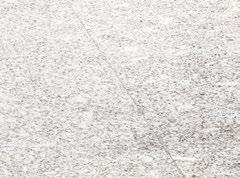

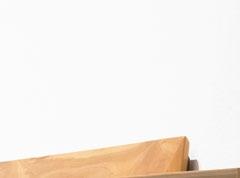
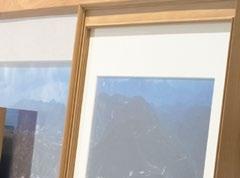
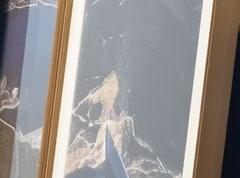
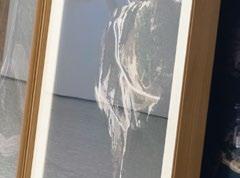
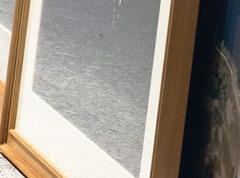

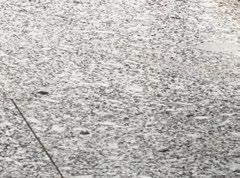

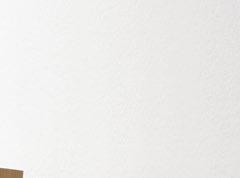
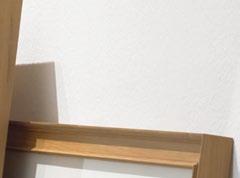
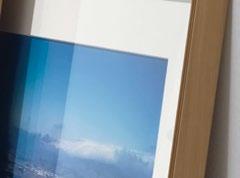
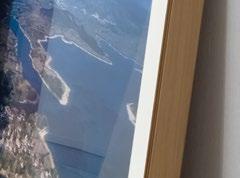
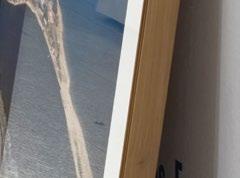

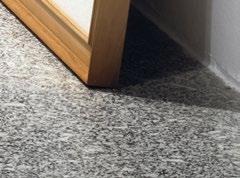

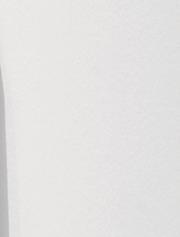
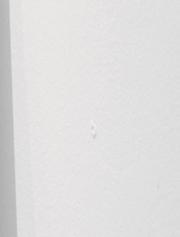
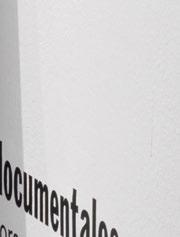


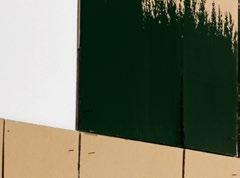
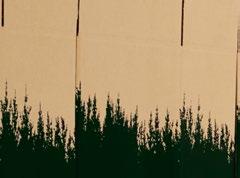

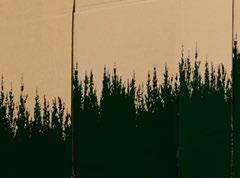

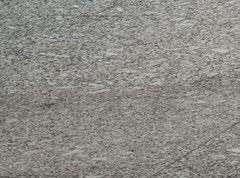
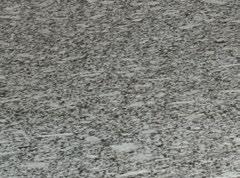


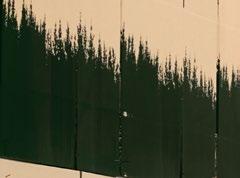
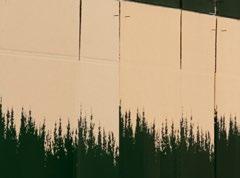
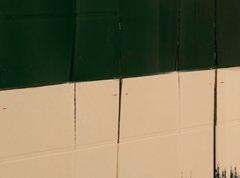
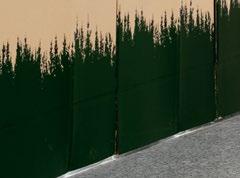
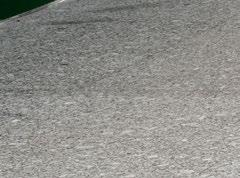
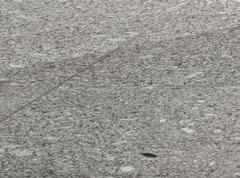
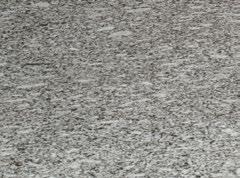


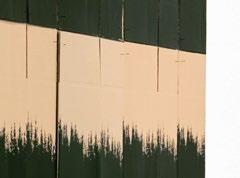
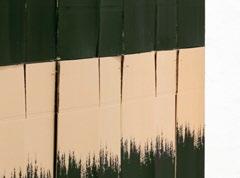
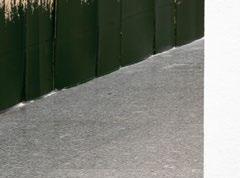
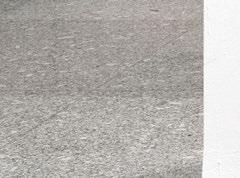
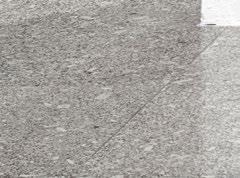


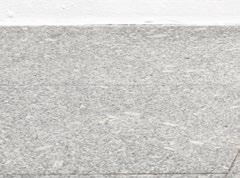
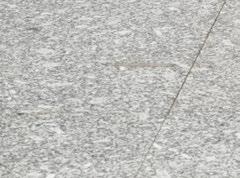



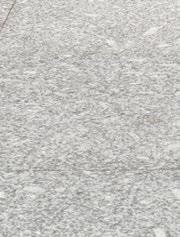





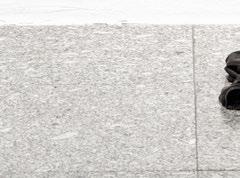
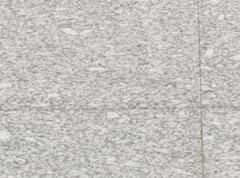




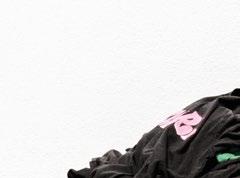





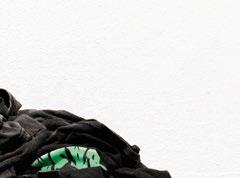
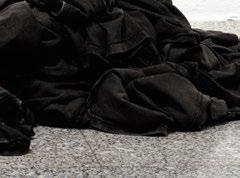


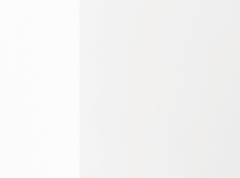

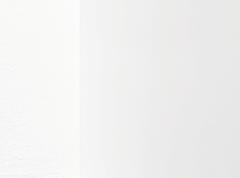
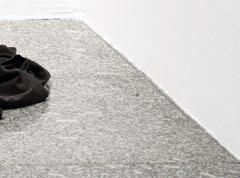
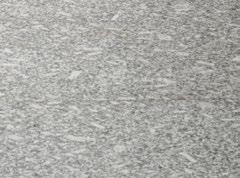



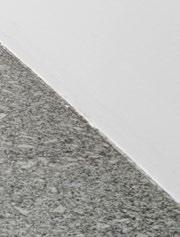
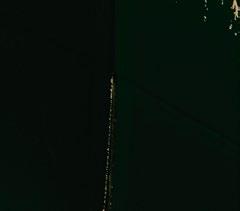

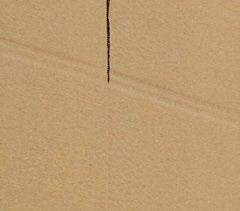
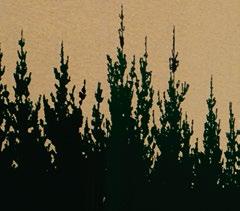


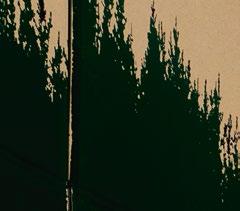



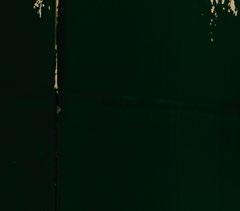


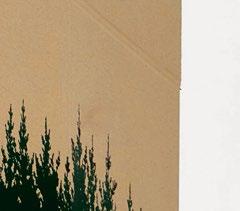
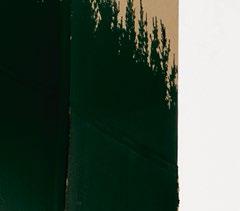



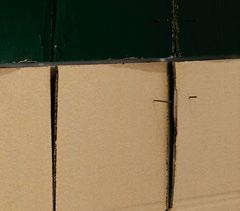
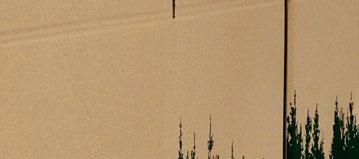
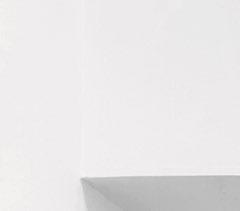
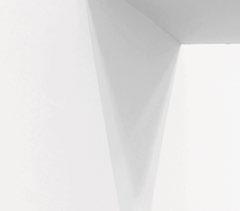

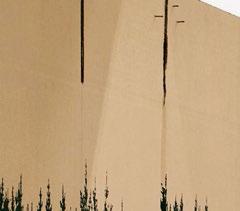
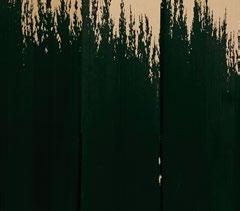
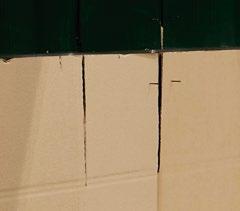
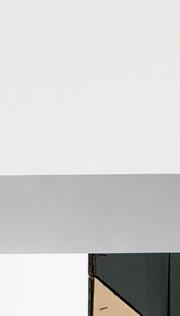

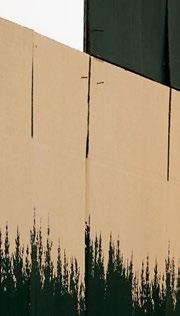

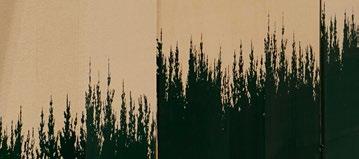

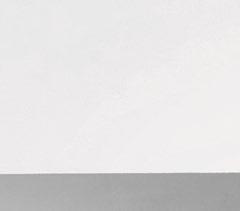
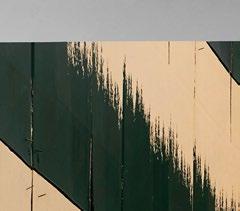

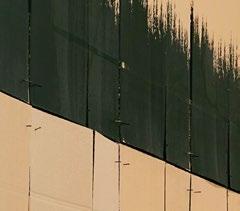

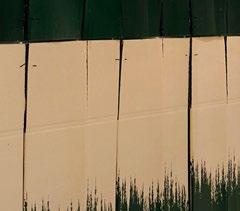
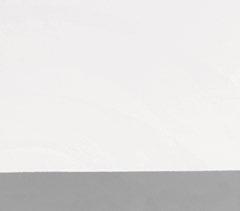

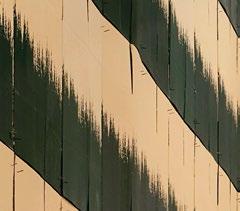
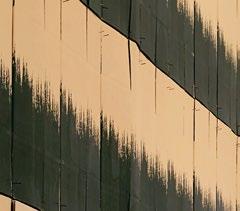
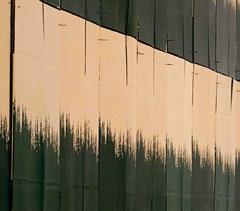
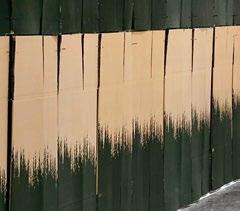

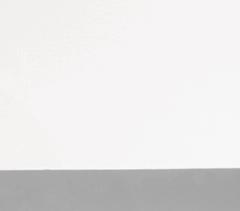

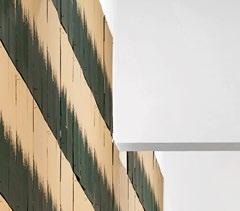

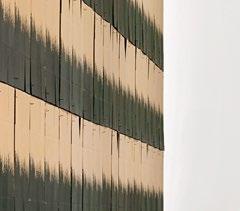
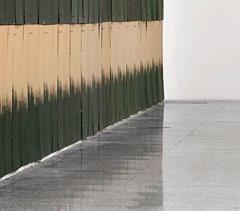
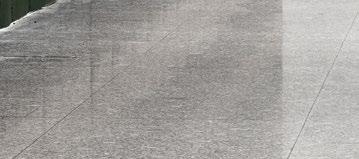
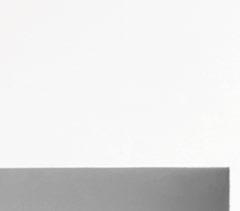



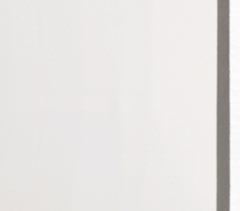
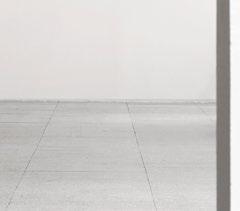



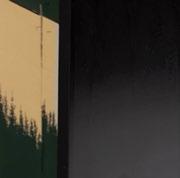


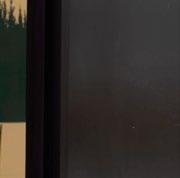
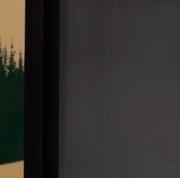
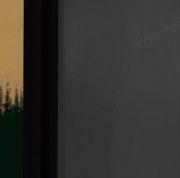

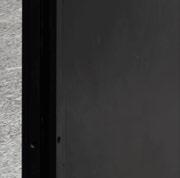

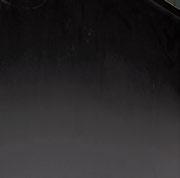
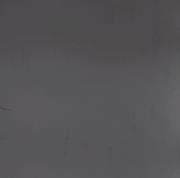
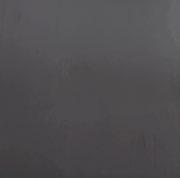
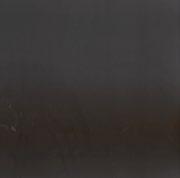
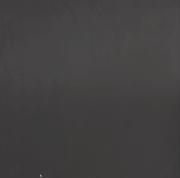

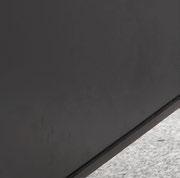
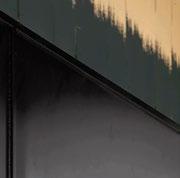




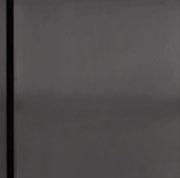
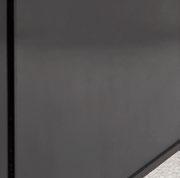

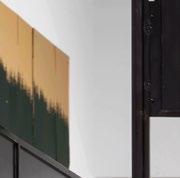
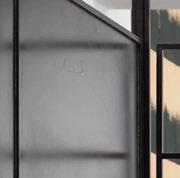
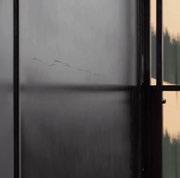

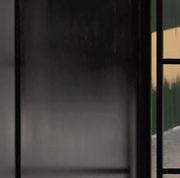
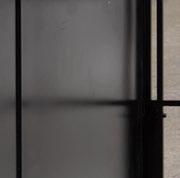
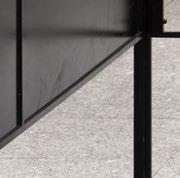
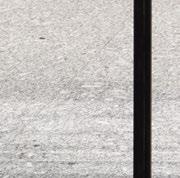

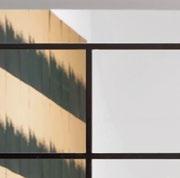
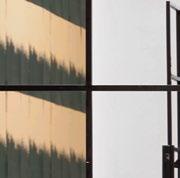
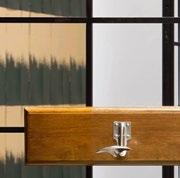
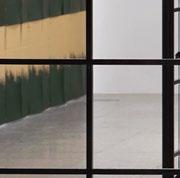
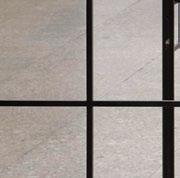

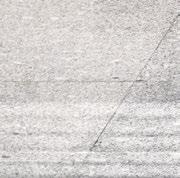
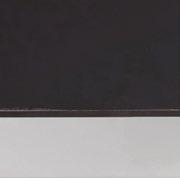


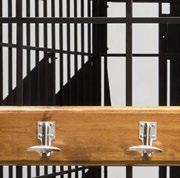
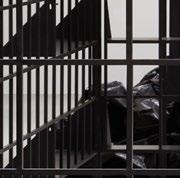

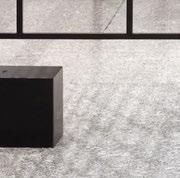
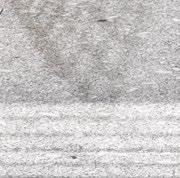

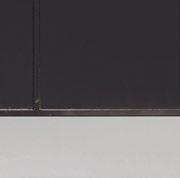
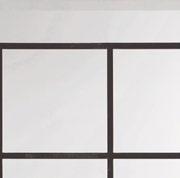


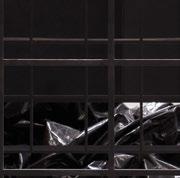

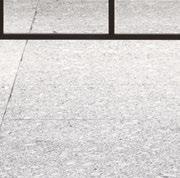
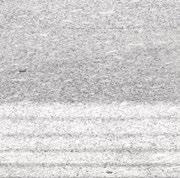
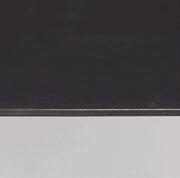

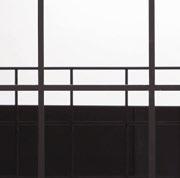
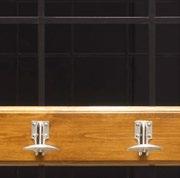
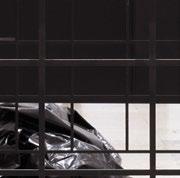

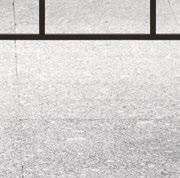
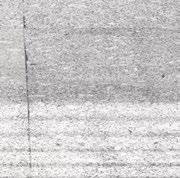
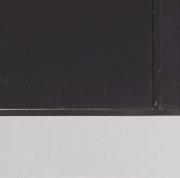
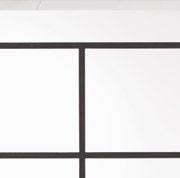

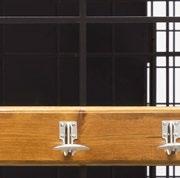
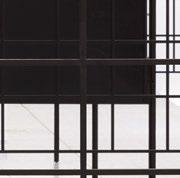


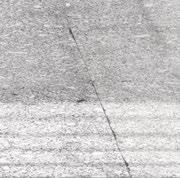
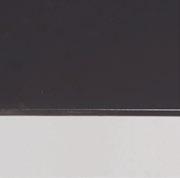
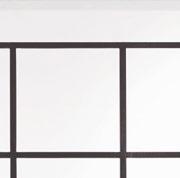

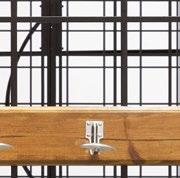
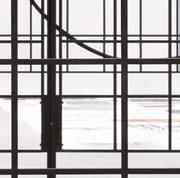

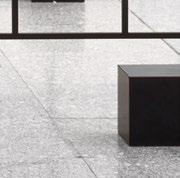
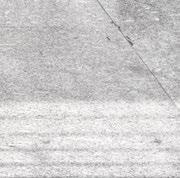

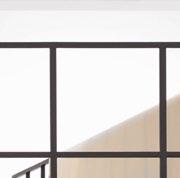
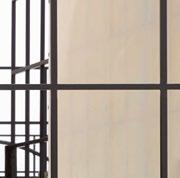
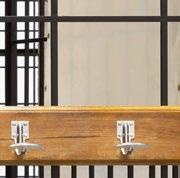

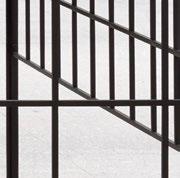
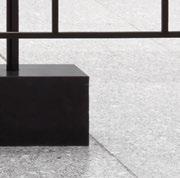




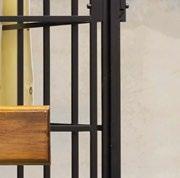
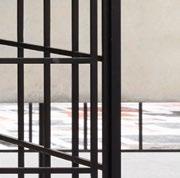
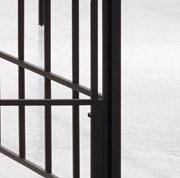
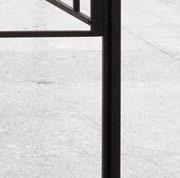


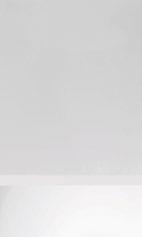
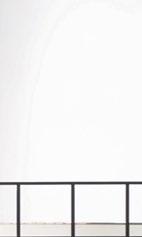

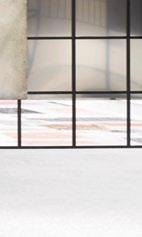
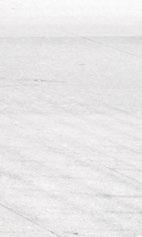
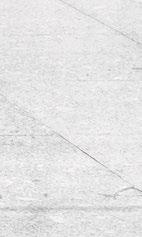
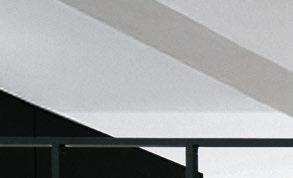
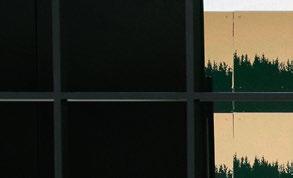
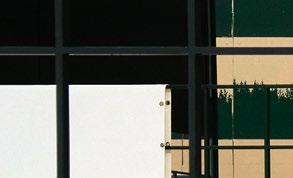
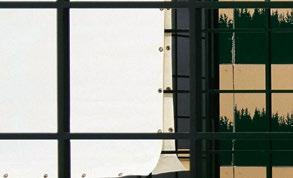
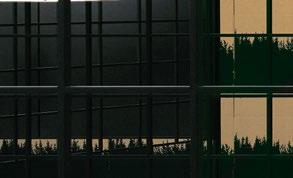

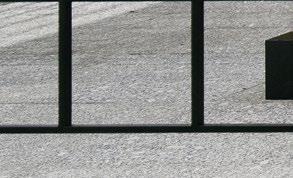


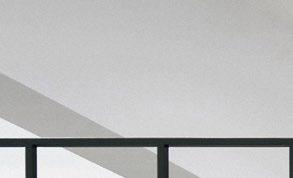
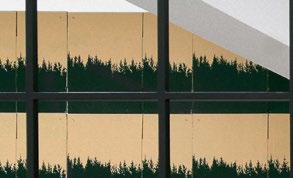

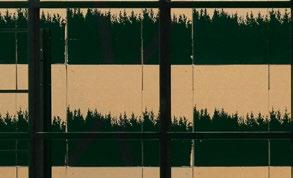
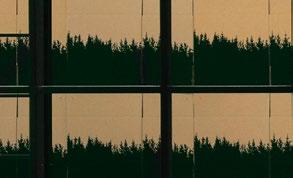

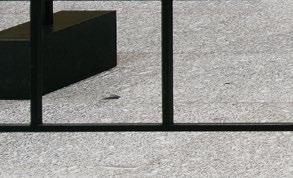
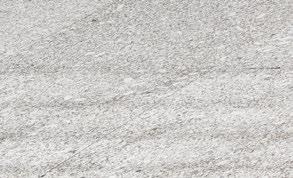
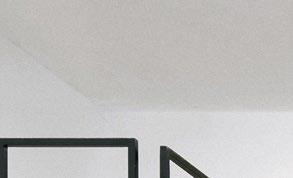

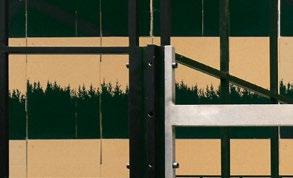
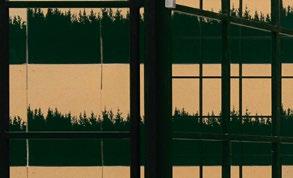

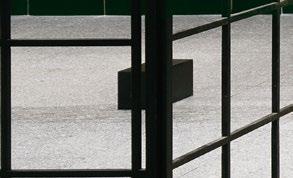
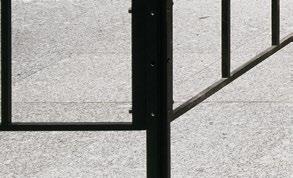
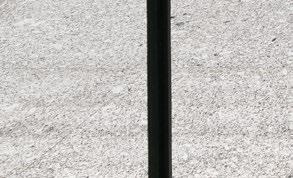




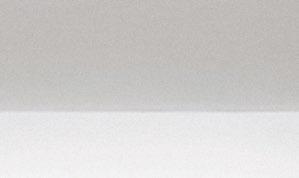

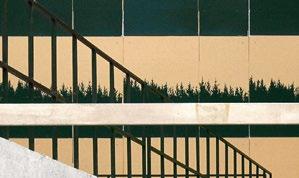
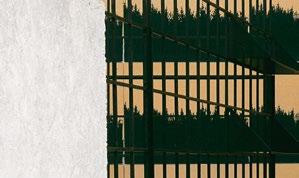


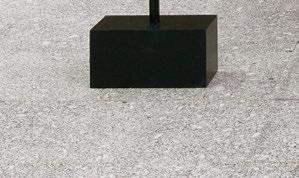
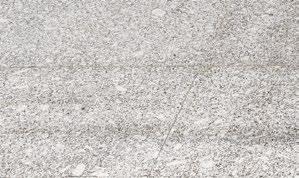

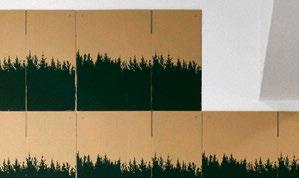
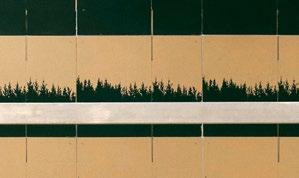
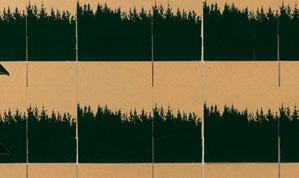
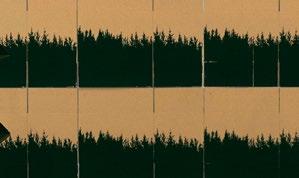

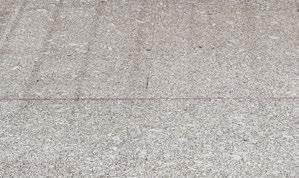
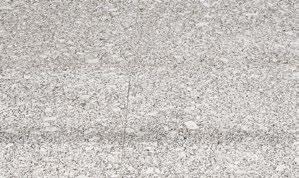
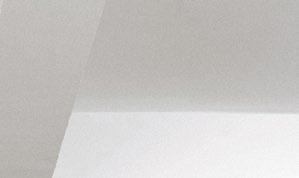
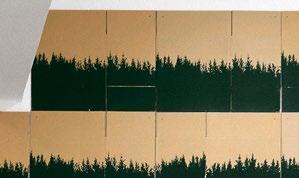
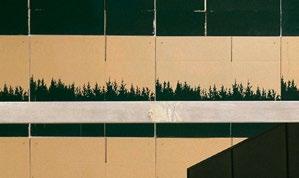
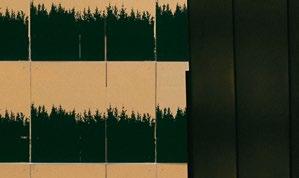



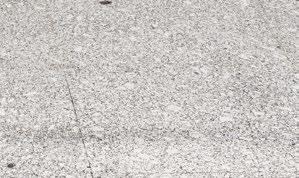
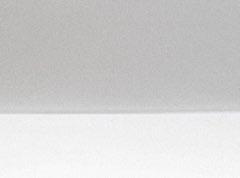
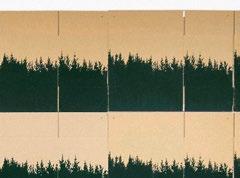

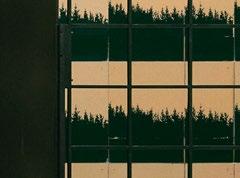


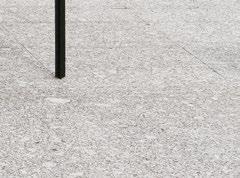




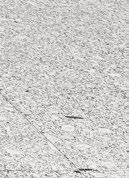



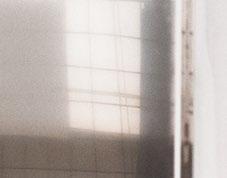



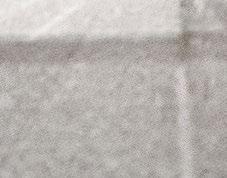


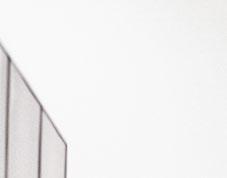
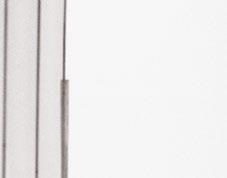

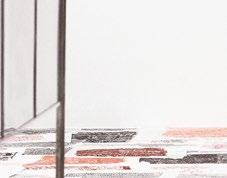
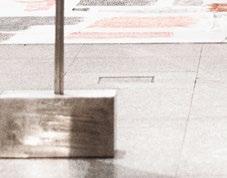
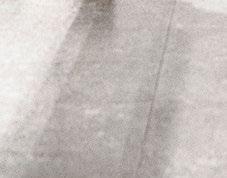
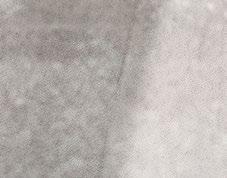
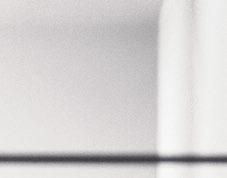
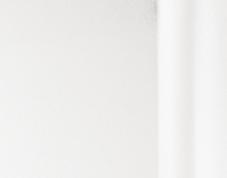
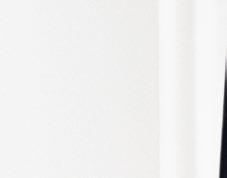
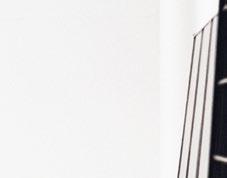
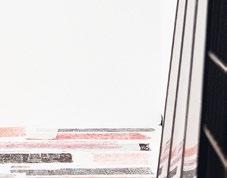
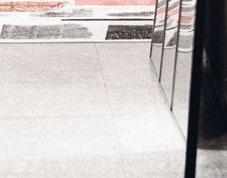
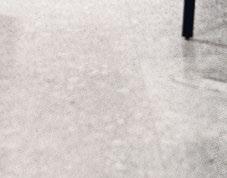



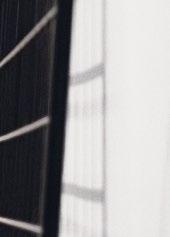
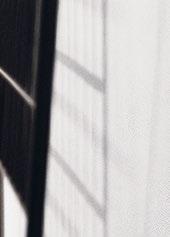
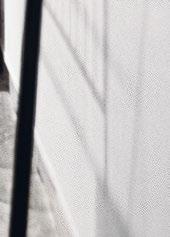

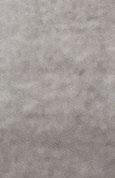

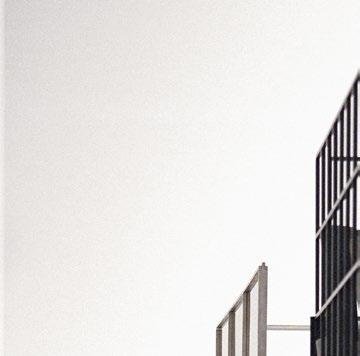

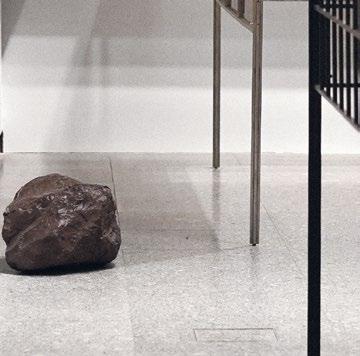
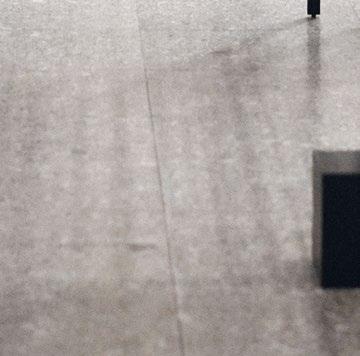

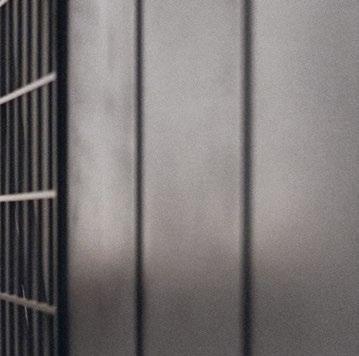



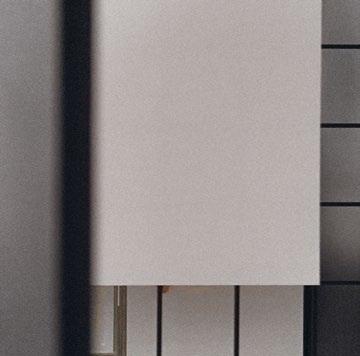
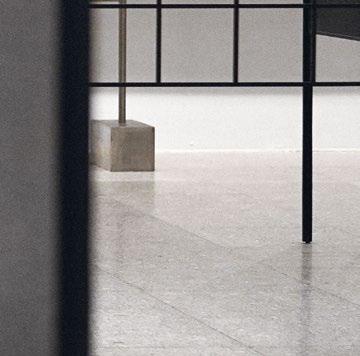
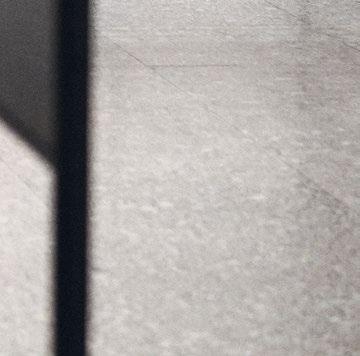

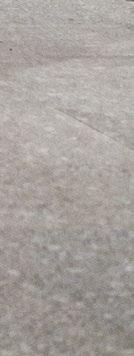
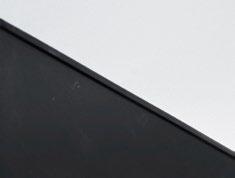
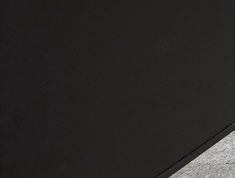
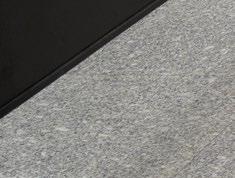
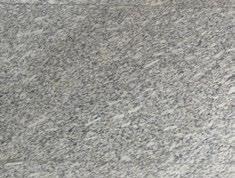

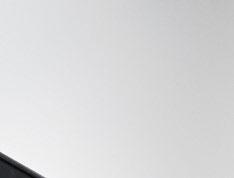
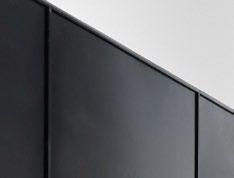

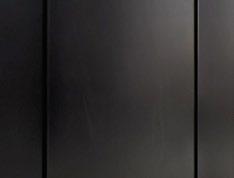
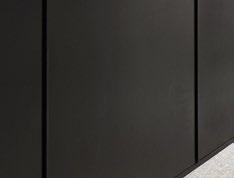
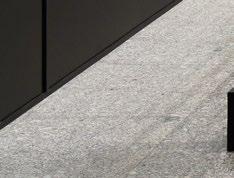
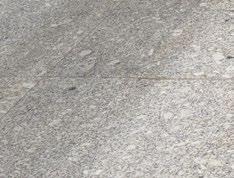
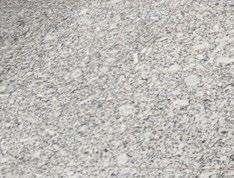
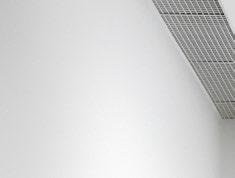
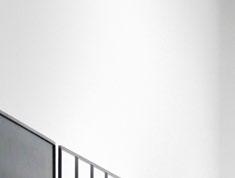
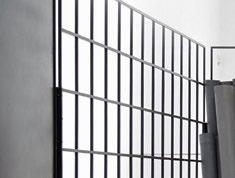

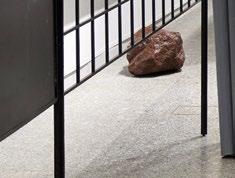
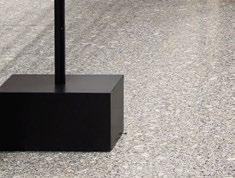
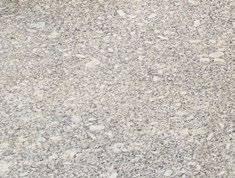
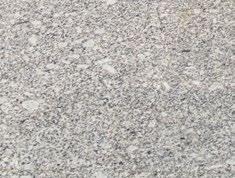

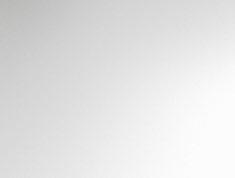
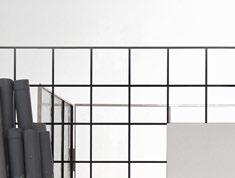

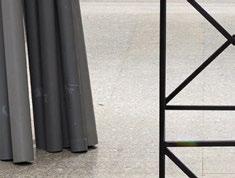
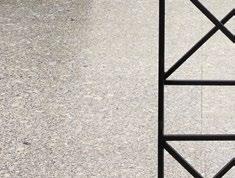
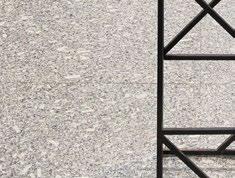
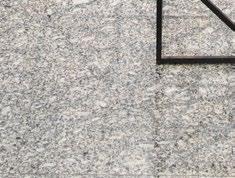


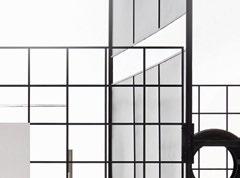
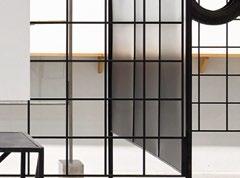
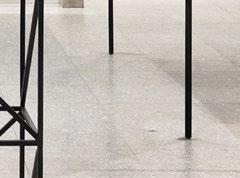



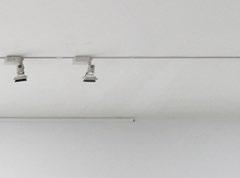
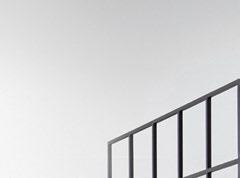
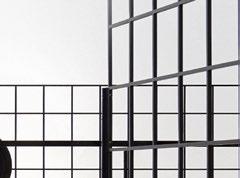
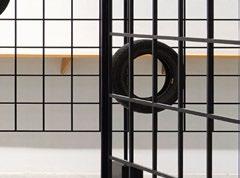
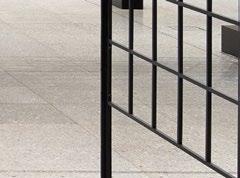
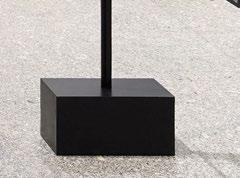

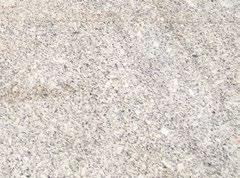

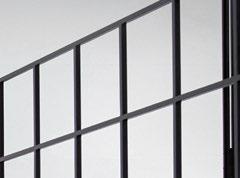

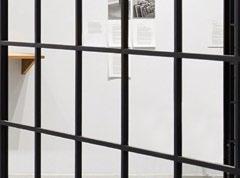
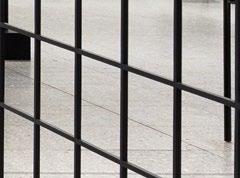

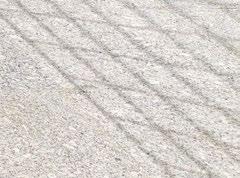
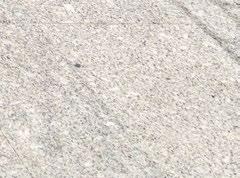
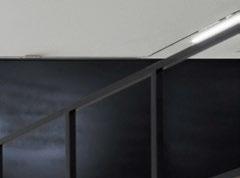

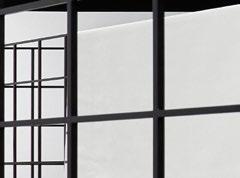
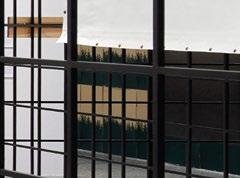
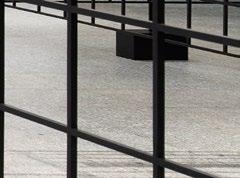
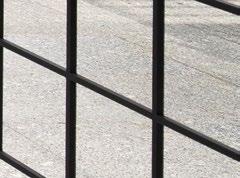


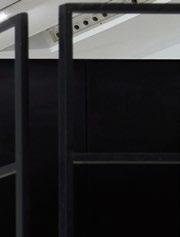

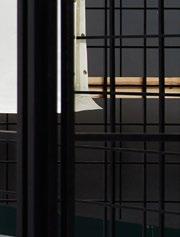
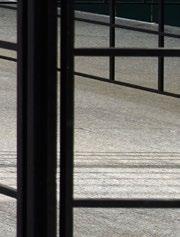
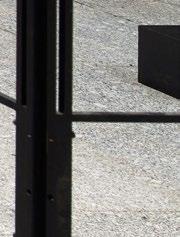
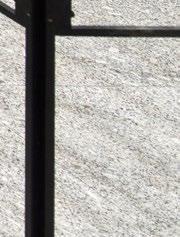
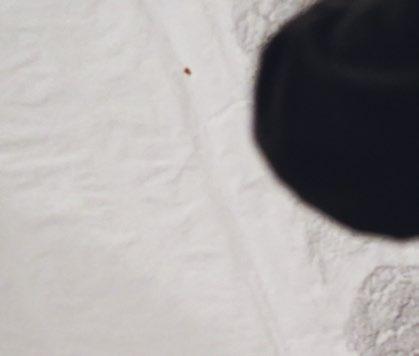

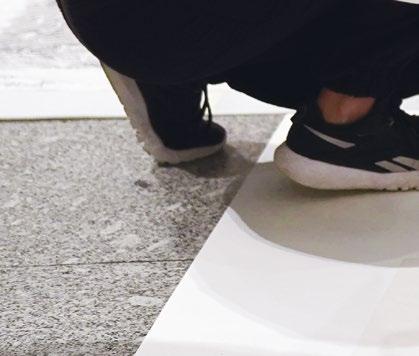
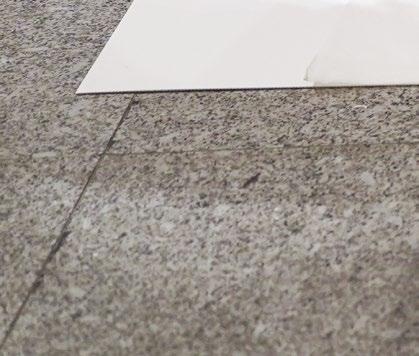


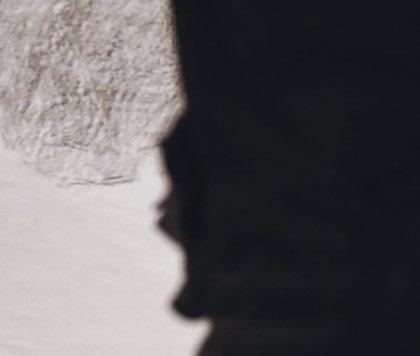
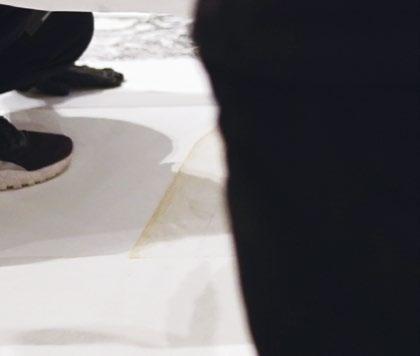
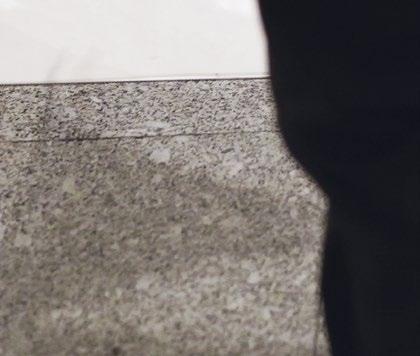
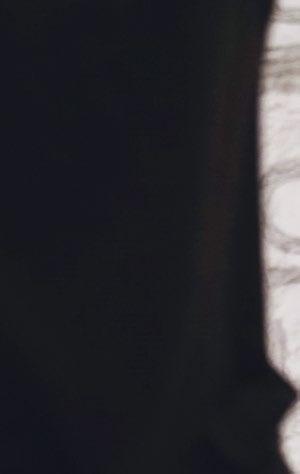


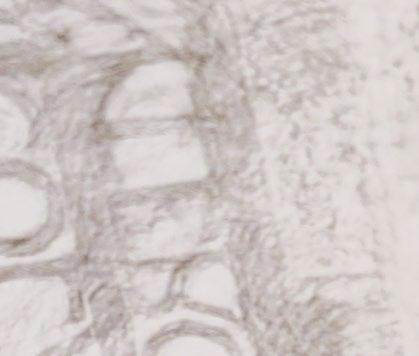
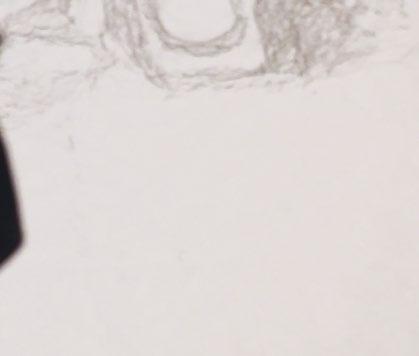
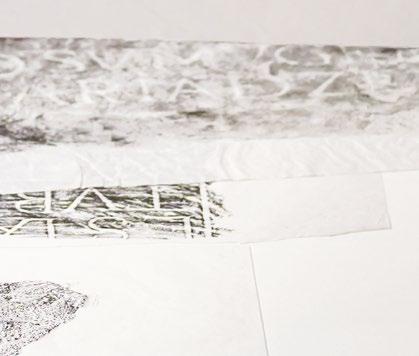


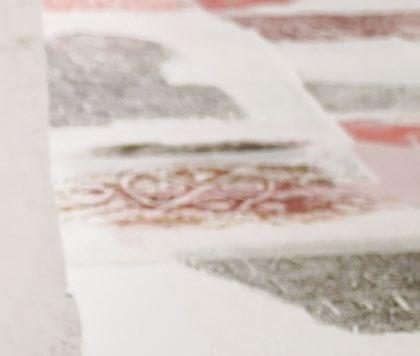
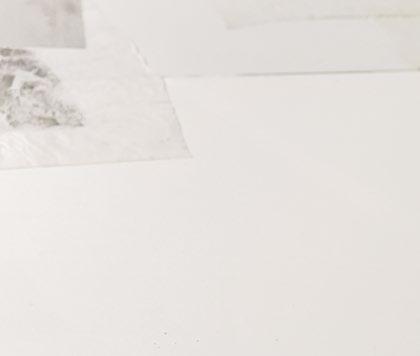
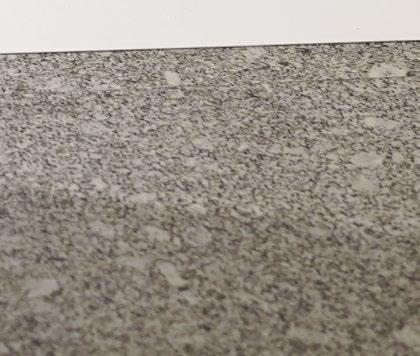

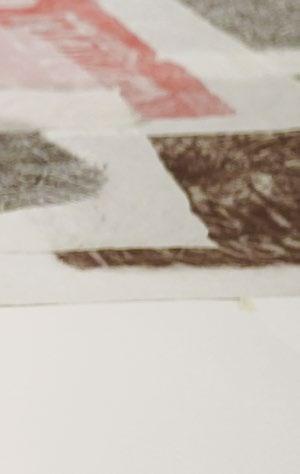
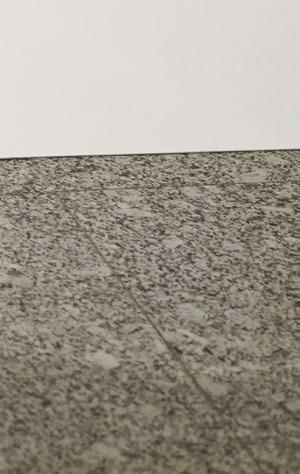

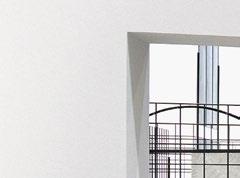
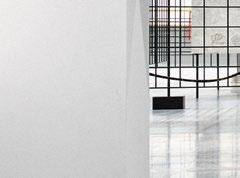

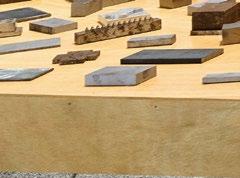

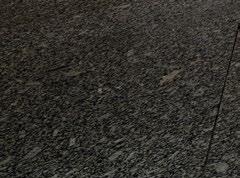

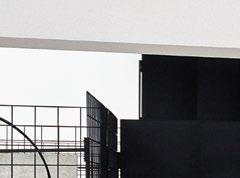
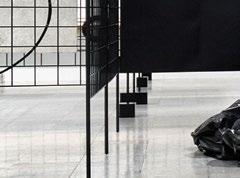

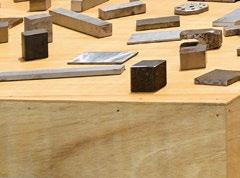
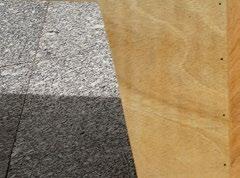
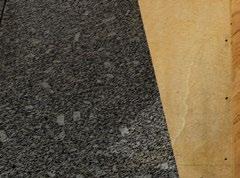
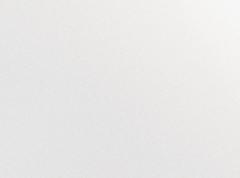
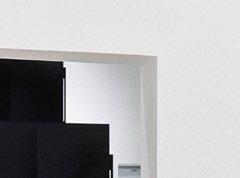

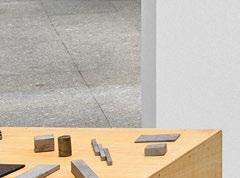

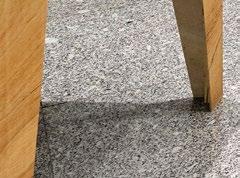
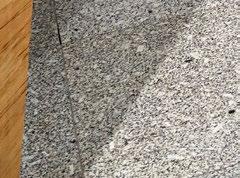


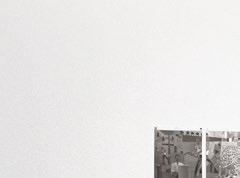
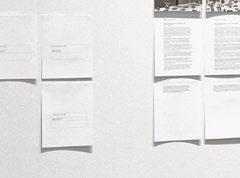
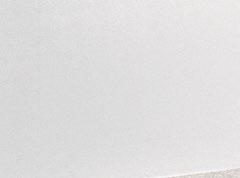


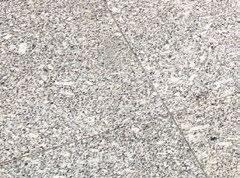

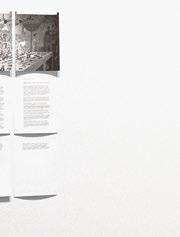
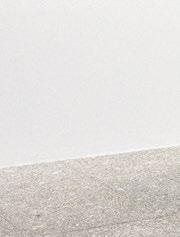
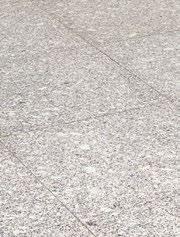
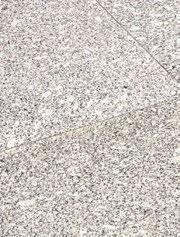


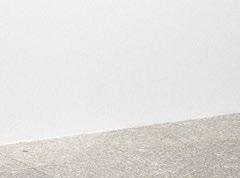


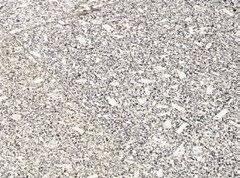
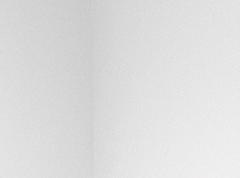


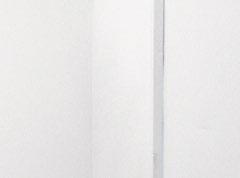
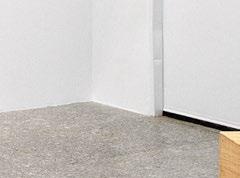


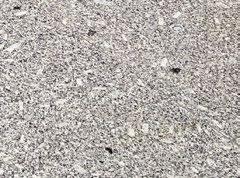
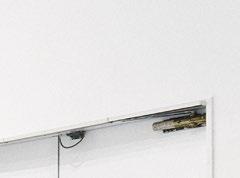
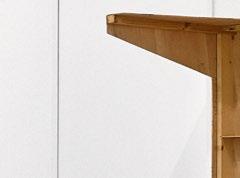

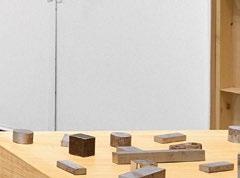
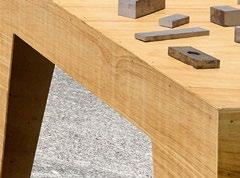
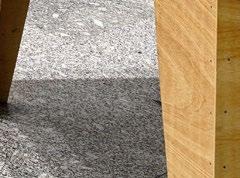


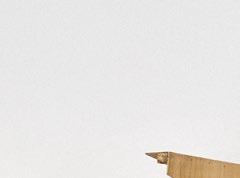
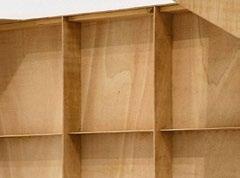

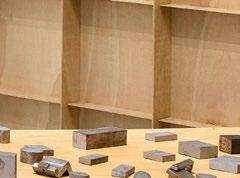
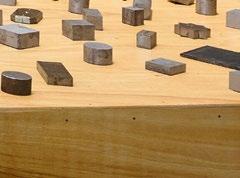

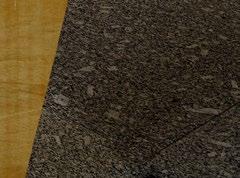

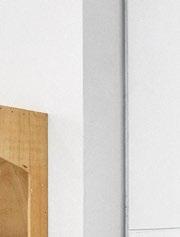
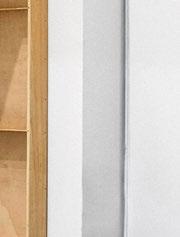

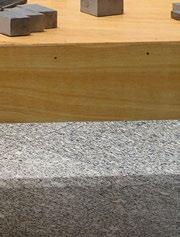




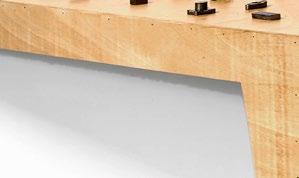

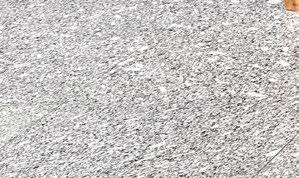
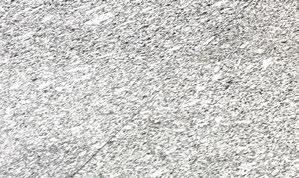
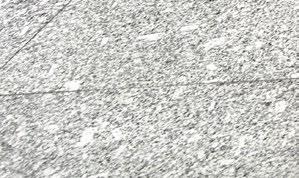



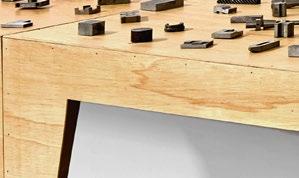
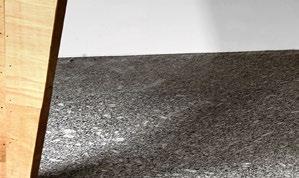
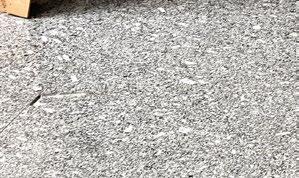
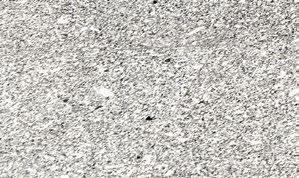






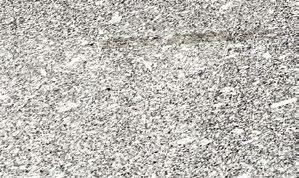
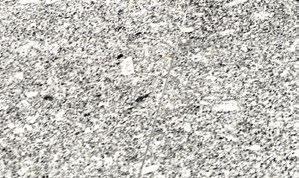
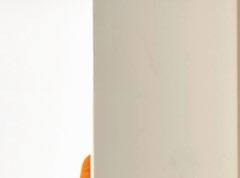
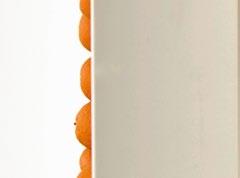
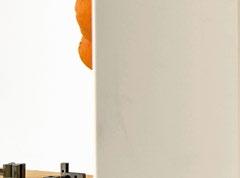

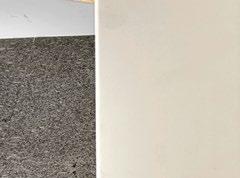

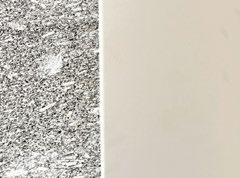
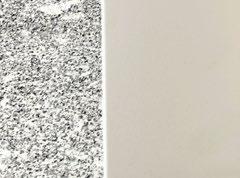
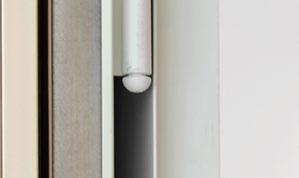


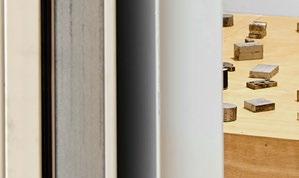
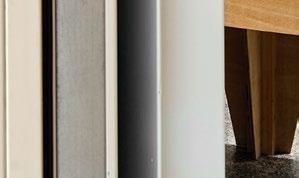
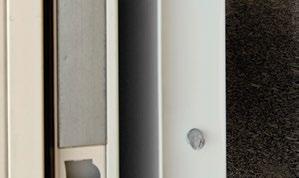
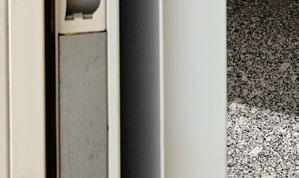
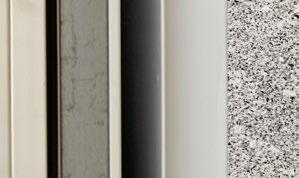
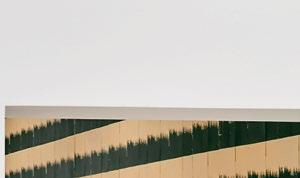
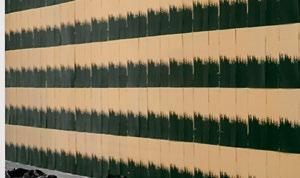
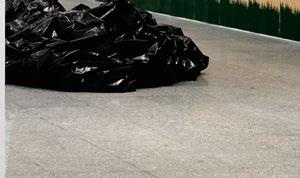
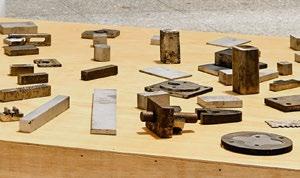
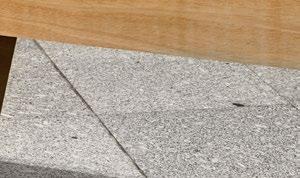
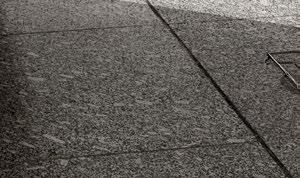
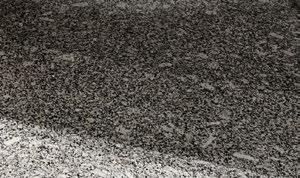
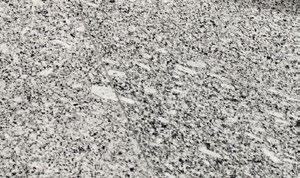
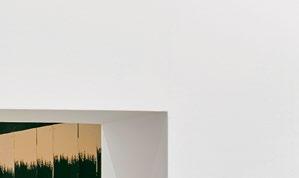

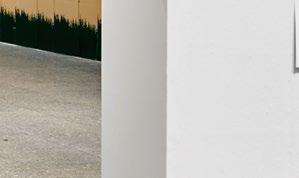

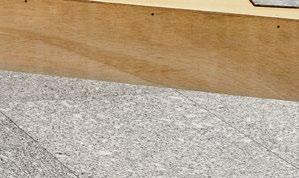



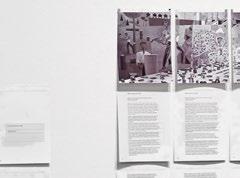
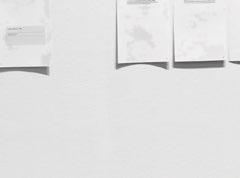





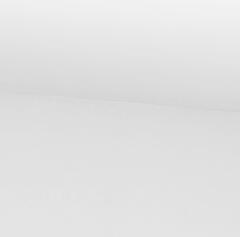
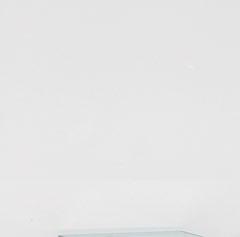

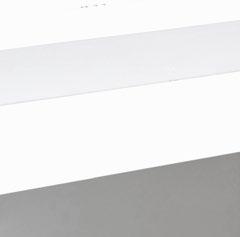
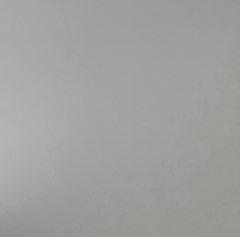


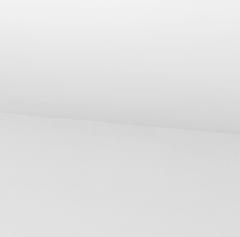

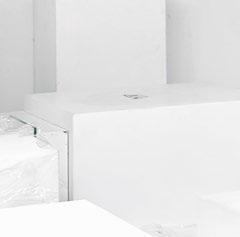
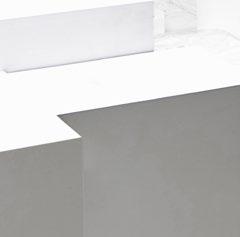
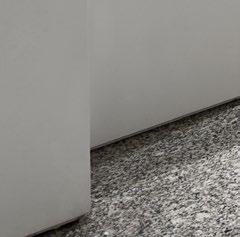
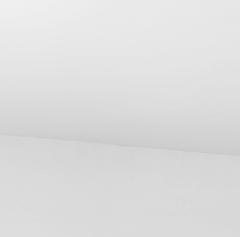
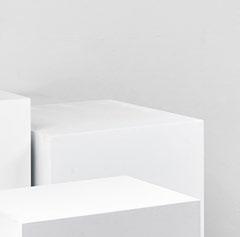
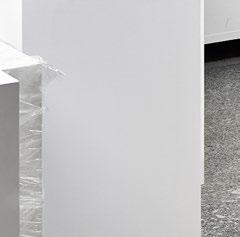

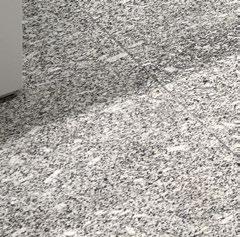


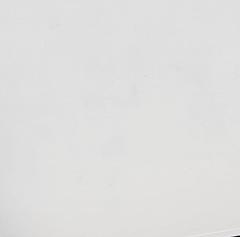
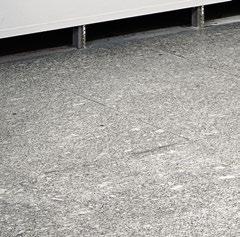



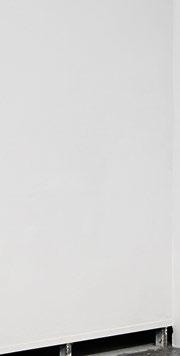

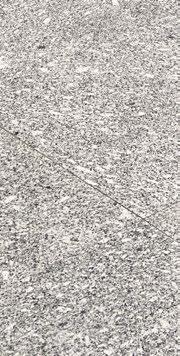
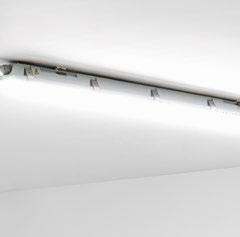
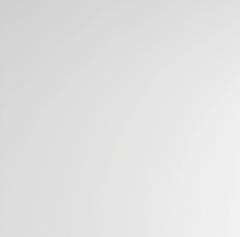
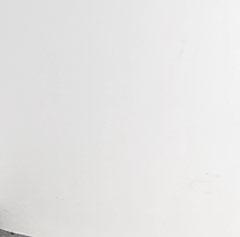
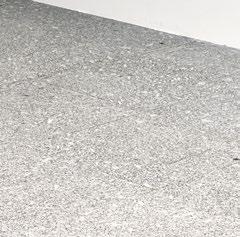

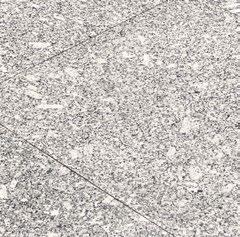

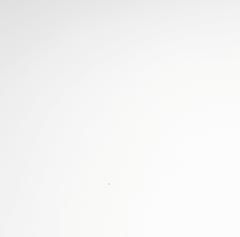
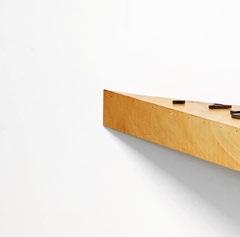
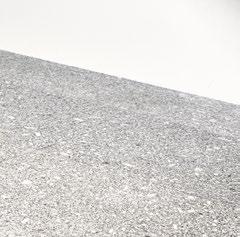
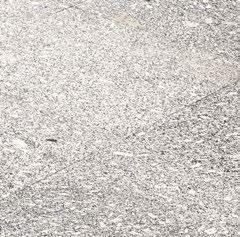
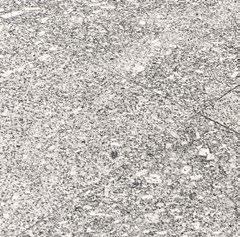
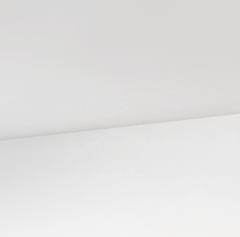

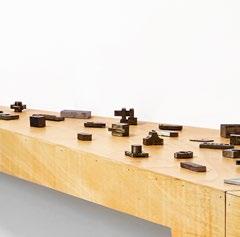
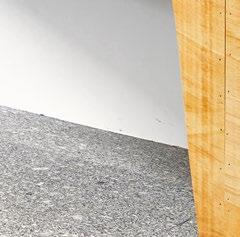
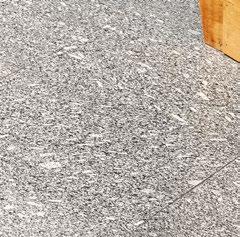
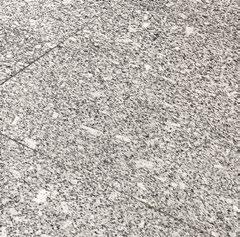
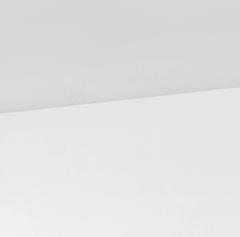




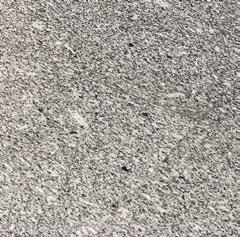



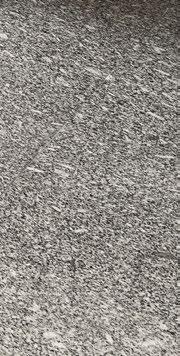
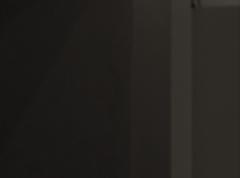
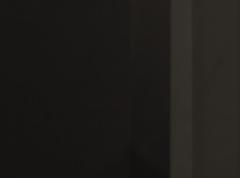

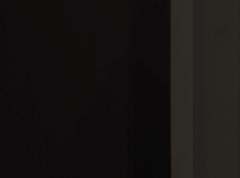

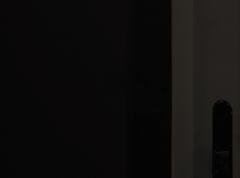
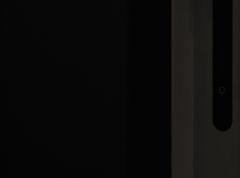


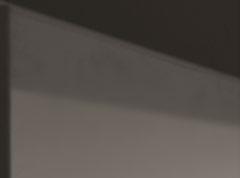
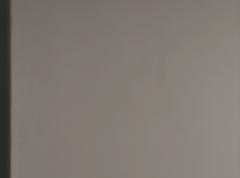


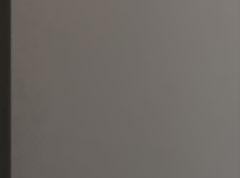


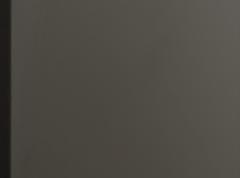
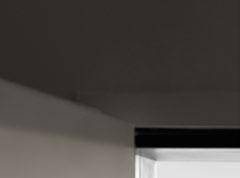
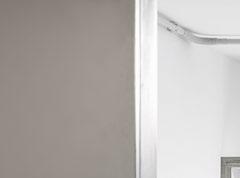
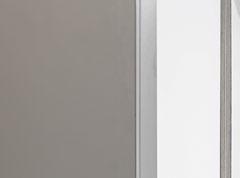
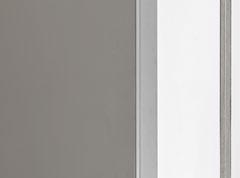
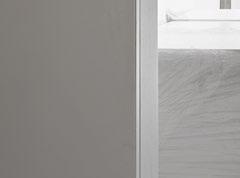
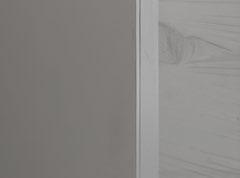
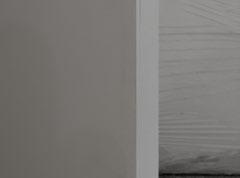
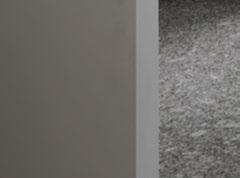
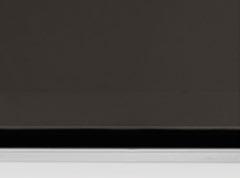
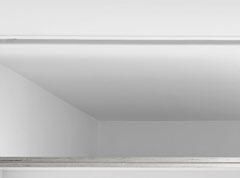
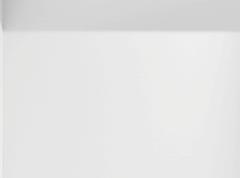
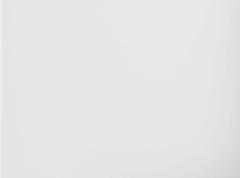

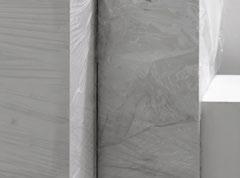
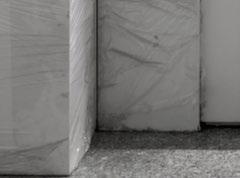

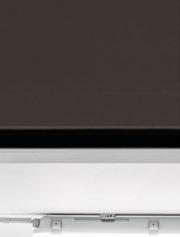

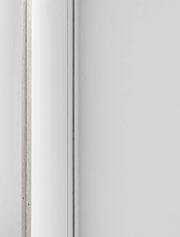
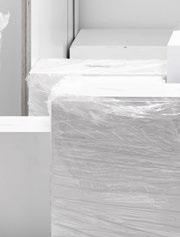






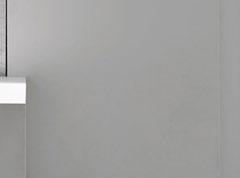
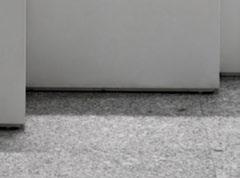
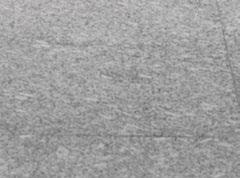


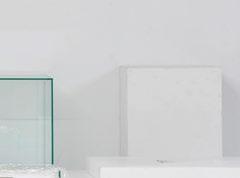
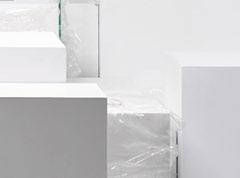
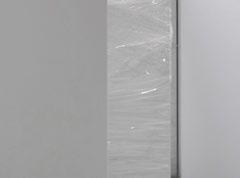
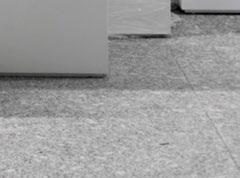
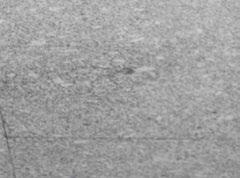
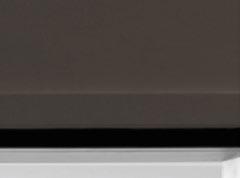
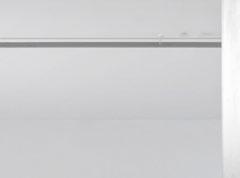
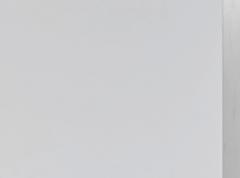
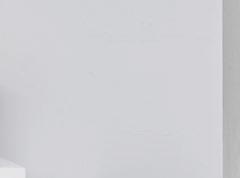
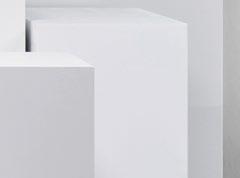
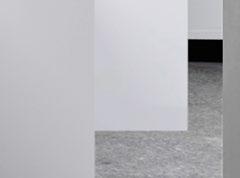
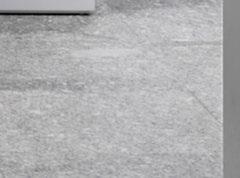
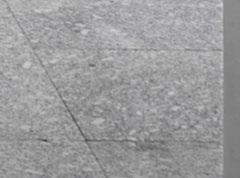

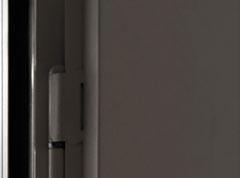
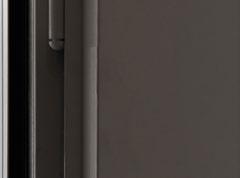
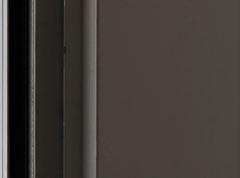

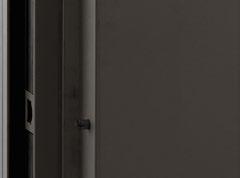
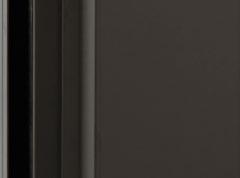
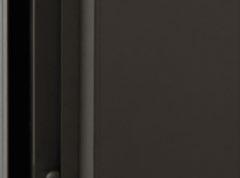




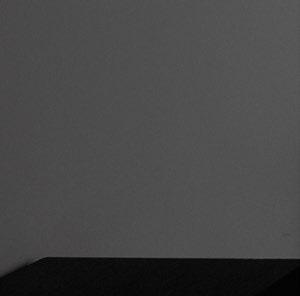

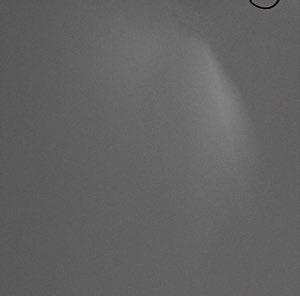


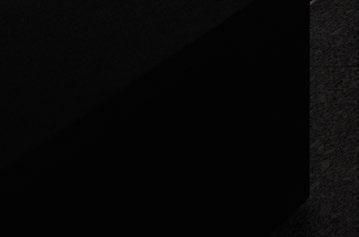

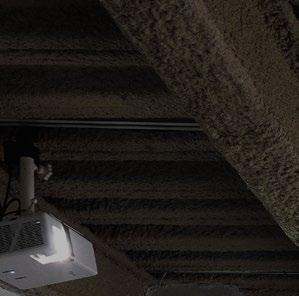
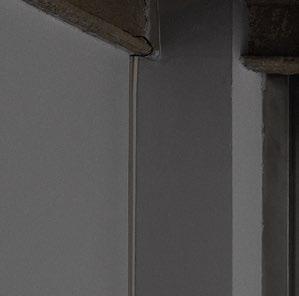

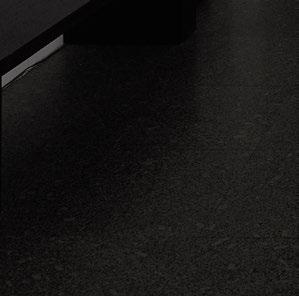
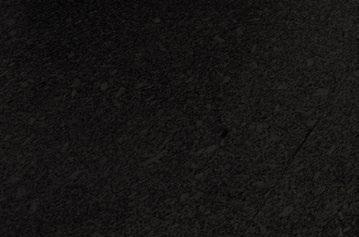

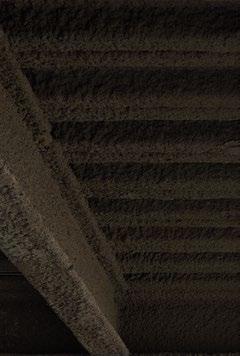

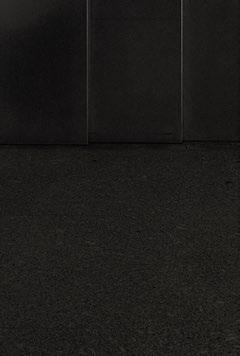


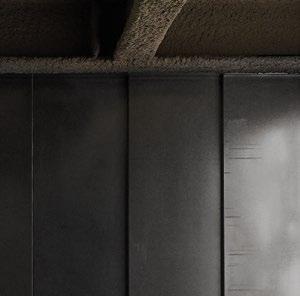
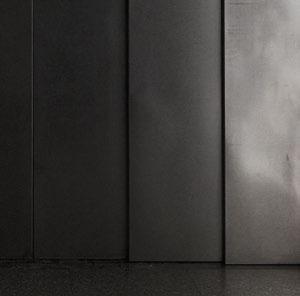
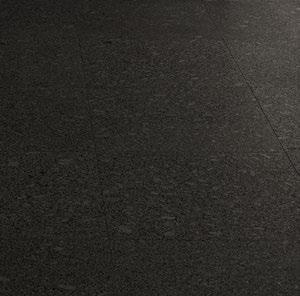
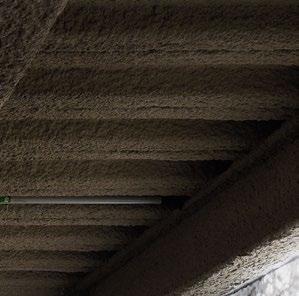

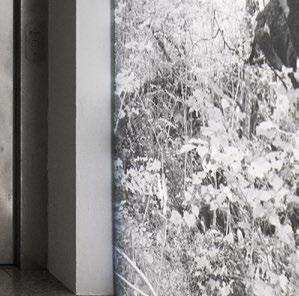

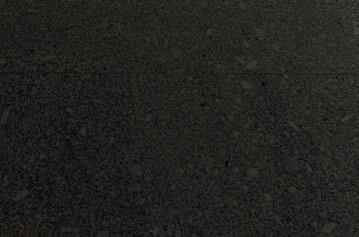

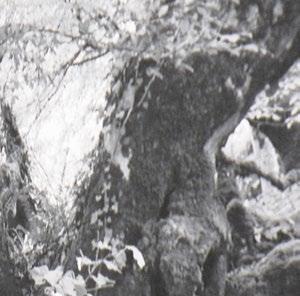
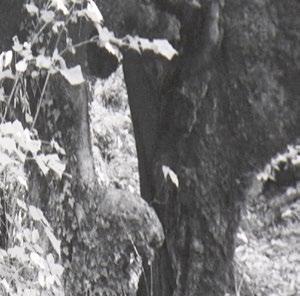

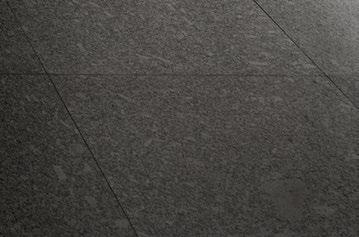

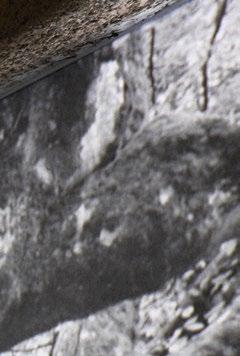
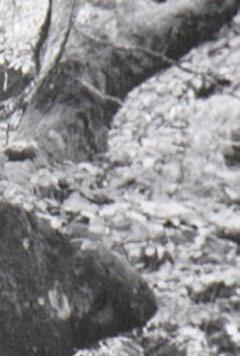



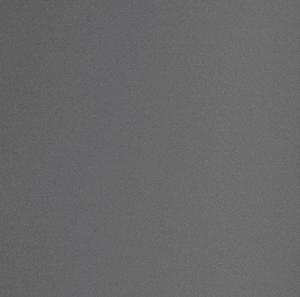
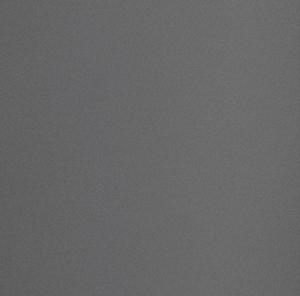
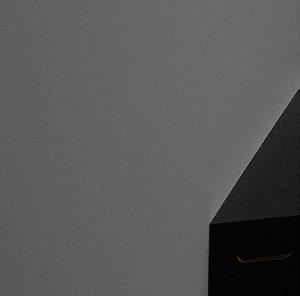
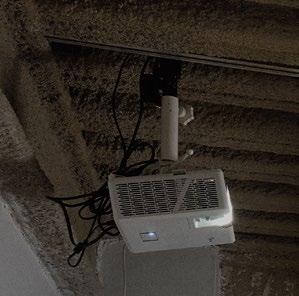
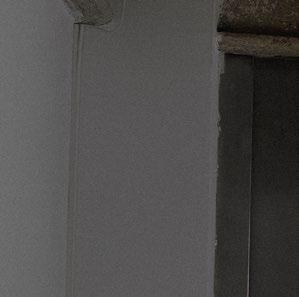
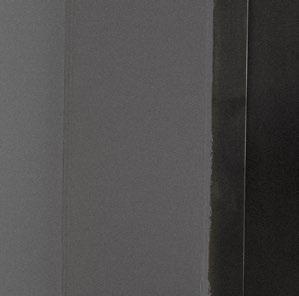

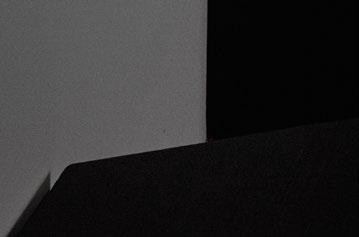

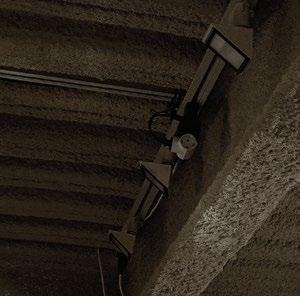
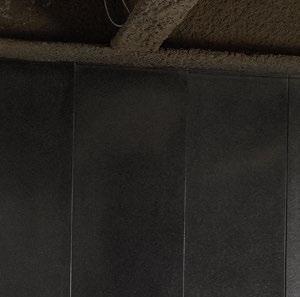

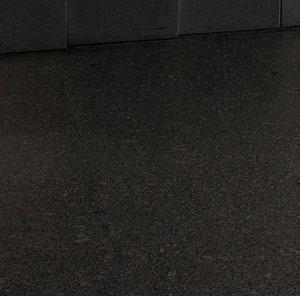




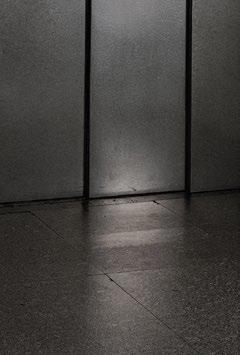
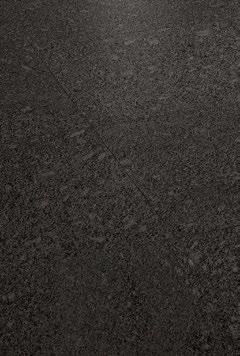
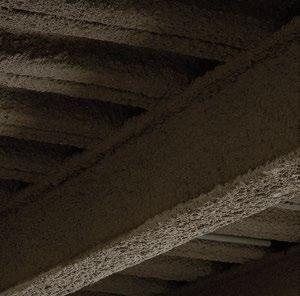
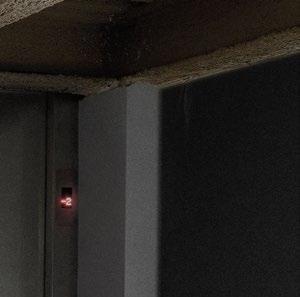
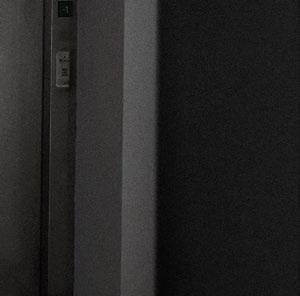
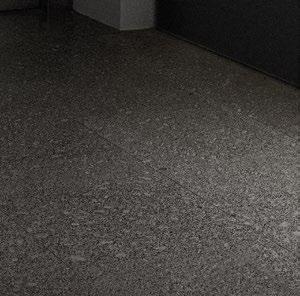
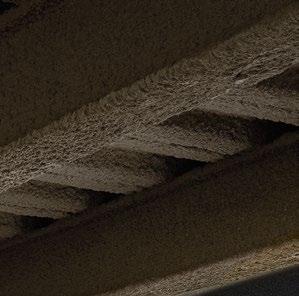
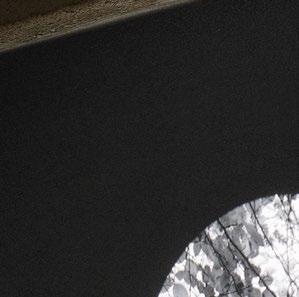
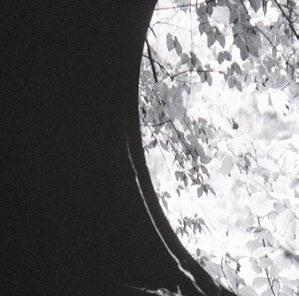
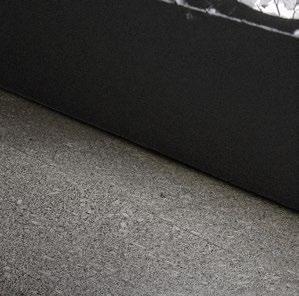
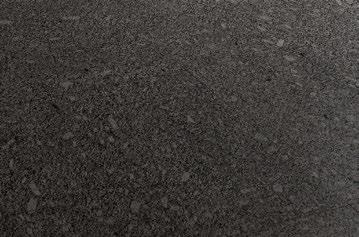
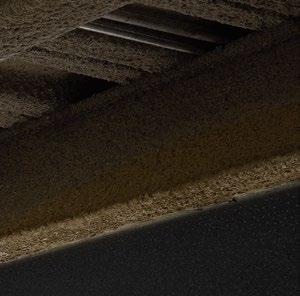
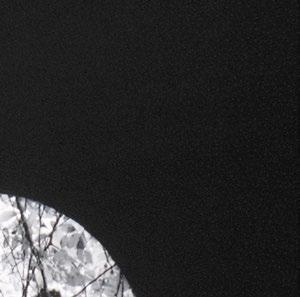

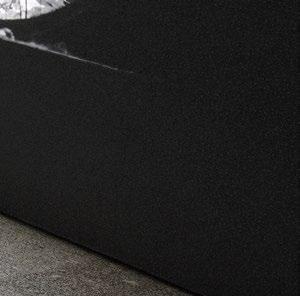
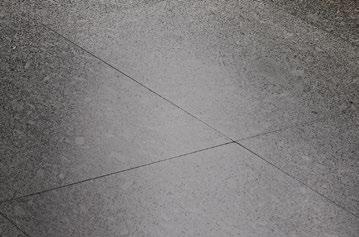
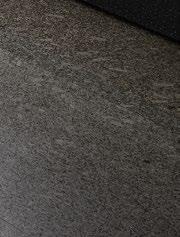
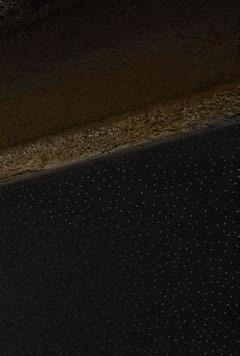
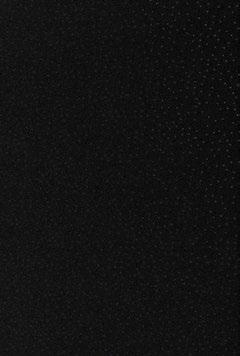
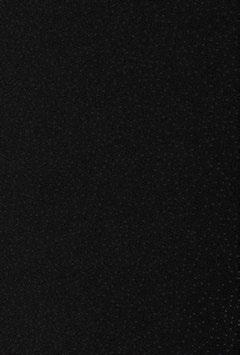
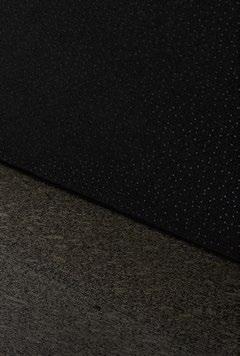
Pl. 1 (M) Disorder, 2007 (photo: MUSEO REINA SOFÍA)
Pl. 2 (M) Contraplan, 1996; Mapa interrumpido, 2004–2004; Disorder, 2007 (photo: MUSEO REINA SOFÍA)
Pl. 3 (M) Protopaisaje (working title), 2003 (photo: MUSEO REINA SOFÍA)
Pl. 4 (M) Mirando a Madrid desde la distancia, 2000–2024 (photo: MUSEO REINA SOFÍA)
Pl. 5 (M) Mapa interrumpido, 2000–2004 (photo: MUSEO REINA SOFÍA)
Pl. 6 (M) Mapa interrumpido, 2000–2004 (photo: MUSEO REINA SOFÍA)
Pl. 7 (M) Zulo beltzen geometria, 2019; S/T (Detour), 2011 (photo: MUSEO REINA SOFÍA)
Pl. 8 (M) Zulo beltzen geometria, 2019 (photo: MUSEO REINA SOFÍA)
Pl. 9 (M) Inverted Schemes, 2003 (photo: MUSEO REINA SOFÍA)
Pl. 10 (M) Obstáculos para la renovación, 2010–22; Mar del Pirineo, 2006 (photo: MUSEO REINA SOFÍA)
Pl. 11 (M) Barrutik kanpora, 2019 (photo: MUSEO REINA SOFÍA)
Pl. 12 (M) Política hidráulica, 2004–10 (photo: MUSEO REINA SOFÍA)
Pl. 13 (M) Exercises on the North Side, 2007 (photo: MUSEO REINA SOFÍA)
Pl. 14 (M) Exercises on the North Side, 2007 (photo: MUSEO REINA SOFÍA)
Pl. 15 (M) Exercises on the North Side, 2007 (photo: MUSEO REINA SOFÍA)
Pl. 16 (M) Exercises on the North Side, 2007 (photo: MUSEO REINA SOFÍA)
Pl. 17 (M) PLACED SOMEPLACE WITH INTENT / ASMOZ NONBAIT JARRIA, 2014 (photo: MUSEO REINA SOFÍA)
Pl. 18 (M) Positions (working title), 1996 (photo: MUSEO REINA SOFÍA)
Pl. 19 (M) Cavity, 2005 (photo: MUSEO REINA SOFÍA)
Pl. 20 (M) Cavity, 2005 (photo: MUSEO REINA SOFÍA)
Pl. 21 (M) Home & Country, 2018; Basauri, 1998; S/T (Territoire), 1997–2024 (photo: MUSEO REINA SOFÍA)
Pl. 22 (M) S/T (Territoire), 2017 (photo: MUSEO REINA SOFÍA)
Pl. 23 (M) S/T (Retratos), 2003; Piedra e intersección, 1994; S/T (Taula), 2003 (photo: MUSEO REINA SOFÍA)
Pl. 24 (M) Pronóstico meteorológico de Madrid del 10/04/2014 al 06/06/2014 escrito en euskera, 2014; PLACED SOMEPLACE WITH INTENT / ASMOZ NONBAIT JARRIA, 2014; S/T, 2005 (photo: MUSEO REINA SOFÍA)
Pl. 25 (M) Dam Dreams, 2004; Mar del Pirineo, 2006 (photo: MUSEO REINA SOFÍA)
Pl. 26 (M) Itzal marra, 2019; Modelos y constructos, 2014 (photo: MUSEO REINA SOFÍA)
Pl. 27 (V/G) Itzal marra, 2019 (photo: I.A.)
Pl. 28 (M) Compendium, 2022 (photo: MUSEO REINA SOFÍA)
Pl. 29 (M) Alamanaque, 2022; Compendium, 2022 (photo: MUSEO REINA SOFÍA)
Pl. 30 (M) Obstáculos para la renovación, 2010–22 (photo: MUSEO REINA SOFÍA)
Pl. 31 (M) Laranjak, 1994; Makina eskua da, 2016; Operatori, 2021–ongoing (photo: MUSEO REINA SOFÍA)
Pl. 32 (M) Makina eskua da, 2016 (photo: MUSEO REINA SOFÍA)
Pl. 33 (M) Makina eskua da, 2016 (photo: MUSEO REINA SOFÍA)
Pl. 34 (M) Operatori, 2021–ongoing (photo: MUSEO REINA SOFÍA)
Pl. 35 (M) Makina eskua da, 2016; Laranjak, 1994 (photo: MUSEO REINA SOFÍA)
Pl. 36 (M) Sources Without Qualities (2), 2017; Obstáculos para la renovación, 2010–2022 (photo: MUSEO REINA SOFÍA)
Pl. 37 (M) Sources Without Qualities (2), 2017 (photo: MUSEO REINA SOFÍA)
Pl. 38 (M) Despoblación (working title), 2010 (photo: MUSEO REINA SOFÍA)
Pl. 39 (M) Organigrama, 2010–11 (photo: MUSEO REINA SOFÍA)
Pl. 40 (M) Organigrama, 2010–11 (photo: MUSEO REINA SOFÍA)
Pl. 41 (M) Organigrama, 2010–11 Gramática de meseta, 2010 (photo: MUSEO REINA SOFÍA)
Pl. 42 (M) Apariencia tridimensional, 2013 (photo: MUSEO REINA SOFÍA)
Pl. 43 (V/G) Gaur Egun (This is CNN), 2002 (photo: I.A.)
Pl. 44 (V/G) Mapa interrumpido, 2000–2004 (photo: ARTIUM MUSEOA)
Pl. 45 (V/G) Modulaciones, 1998 (photo: ARTIUM MUSEOA)
Pl. 46 (V/G) Modulaciones, 1998; Untitled, 2010 (photo: ARTIUM MUSEOA)
Pl. 47 (V/G) Obstáculos para la renovación, 2010–22 (photo: ARTIUM MUSEOA)
Pl. 48 (V/G) Wall text (photo: I.A.)
Pl. 49 (V/G) Disorder, 2007 (photo: ARTIUM MUSEOA)
Pl. 50 (V/G) Política hidráulica, 2004–10 (photo: ARTIUM MUSEOA)
Pl. 51 (V/G) S/T (Territoire), 1997–2024; Basauri, 1998 (photo: ARTIUM MUSEOA)
Pl. 52 (V/G) S/T (Territoire), 1997–2024 (photo: ARTIUM MUSEOA)
Pl. 53 (V/G) Organigrama, 2010–11; S/T (Territoire), 1997–2024 (photo: ARTIUM MUSEOA)
Pl. 54 (V/G) Organigrama, 2010–11; S/T (Territoire), 1997–2024 (photo: ARTIUM MUSEOA)
Pl. 55 (V/G) Organigrama, 2010–11; Itzal marra, 2019 (photo: I.A.)
Pl. 56 (V/G) Organigrama, 2010–11; Piedra e intersección, 1994; Política hidráulica, 2004–10 (photo: I.A.)
Pl. 57 (V/G) Organigrama, 2010–11; Piedra e intersección, 1994; Política hidráulica, 2004–10; S/T (Territoire), 1997–2024 (photo: ARTIUM MUSEOA)
Pl. 58 (V/G) Itzal marra, 2019 (photo: I.A.)
Pl. 59 (V/G) Makina eskua da, 2016; Organigrama, 2010–11; S/T (Blackout), 2003 (photo: ARTIUM MUSEOA)
Pl. 60 (V/G) Makina eskua da, 2016; S/T (Territoire), 1997–2024 (photo: ARTIUM MUSEOA)
Pl. 61 (V/G) Dana, 1994; Makina eskua da, 2016 (photo: ARTIUM MUSEOA)
Pl. 62 (V/G) Pedestals of the Artium Museoa (photo: ARTIUM MUSEOA)
Pl. 63 (V/G) Barrutik kanpora, 2019 (photo: ARTIUM MUSEOA)
Pl. 64 (V/G) Barrutik kanpora, 2019 (photo: ARTIUM MUSEOA)
Places: (M) – Museo Reina Sofía, Madrid / (V/G) – Artium Museoa, Vitoria–Gasteiz
November 29, 2023 – March 11, 2024
List of Works
– Contraplan, 1996 p. 9; pl. 2
– Disorder, 2007 p. 13; pls. 1 & 2
– Mapa interrumpido, 2000–2004 p. 17; pl. 5
–Project to Turn the Lemoniz Nuclear Power Plant and the Affected Lands into a Space for Public Use, 1998 p. 17; pl. 5
–Untitled, 2007 p. 17; pl. 5
– Atlántida (Atlantis). Project for a Science Museum for Lemoniz Nuclear Power Plant, 2001–02 p. 17; pl. 5
– Mirando a Madrid desde la distancia, 2000–2024 p. 31; pl. 4
– Protopaisaje (working title), 2003 p. 33; pl. 3
– Zulo beltzen geometria, 2019 p. 39; pls. 7 & 8
– S/T (Detour), 2011 p. 49; pl. 10
– Inverted Schemes, 2003 p. 45; pl. 9
– Mar del Pirineo, 2006 p. 51; pls. 10 & 11
– Pronóstico meteorológico de Madrid del 10/04/2014 al 06/06/2014 escrito en euskera, 2014 p. 58; pl. 17
– PLACED SOMEPLACE WITH INTENT / ASMOZ NONBAIT JARRIA, 2014 p. 59; pl. 17
– Barrutik kanpora, 2019 p. 65; pl. 11
– Política hidráulica, 2004–10 p. 73; pl. 12
– Macrosistema, 2011 p. 71
– Exercises on the North Side, 2007 p. 81; pls.13, 14, 15 & 16
– Positions (working title), 1996 p. 89; pl. 18
– Firestone, 1997 p. 99
– Cavity, 2005 p. 93; pls. 19 & 20
– Home & Country, 2018 p. 103; pl. 21
– Basauri, 1998 p. 103; pl. 21
– S/T (Territoire), 1997–2024 p. 111; pls. 21 & 22
– S/T (Blackout), 2003 p. 121
– S/T (Retratos), 2003 p. 115; pl. 23
– S/T (Taula), 2003 p. 125; pl. 23
– Untitled, 2005 p. 127; pl. 24
– Piedra e intersección, 1994 p. 129; pl. 23
Lista de obras
– Dam Dreams, 2004 p. 107; pl. 25
– Itzal marra, 2019 p. 131; pl. 26
– Modelos y constructos, 2014 p. 139; pl. 26
– Obstáculos para la renovación, 2010–22 p. 143; pl. 30
– Almanaque, 2022 p. 151; pl. 29
– Compendium, 2022 p. 157; pls 28 & 29
– Makina eskua da, 2016 p. 171; pls. 31, 32, 33 & 34
– Operatori, 2021–ongoing p. 164; pls. 31 & 34
– Dana, 1994 p. 185
– Laranjak, 1994 p. 185; pls. 31 & 35
– Sources Without Qualities (2), 2017 p. 181; pls. 36 & 37
– Organigrama, 2010–11 p. 195; pls. 39, 40 & 41
– Gramática de meseta, 2010 p. 189; pl. 41
– Despoblación (working title), 2010 p. 203; pl. 38
– Apariencia tridimensional, 2013 p. 209; pl. 42
April 26 – September 29, 2024
List of Works
– Gaur Egun (This is CNN), 2002 p. 221; pl. 43
– Mapa interrumpido, 2000–2004 p. 17; pl. 44
–Project to Turn the Lemoniz Nuclear Power Plant and the Affected Lands into a Space for Public Use, 1998 p. 17; pl. 44
–Untitled, 2007 p. 17; pl. 44
– Atlántida (Atlantis). Project for a Science Museum for Lemoniz Nuclear Power Plant, 2001–02 p. 17; pl. 44
– Modulaciones, 1998 p. 213; pls. 45 & 46
– Untitled, 2010 p. 217; pl. 46
– Obstáculos para la renovación, 2010–22 p. 143; pl. 47
– Disorder, 2007 p. 13; pl. 49
– Política hidráulica, 2004–10 p. 73; pl. 50
– Basauri, 1998 p. 103; pl. 51
– S/T (Territoire), 1997–2024 p. 111; pls. 51, 52, 53, 54, 57 & 60
– Organigrama, 2010 p. 195; pls. 53, 54, 55, 56, 57 & 59
– S/T (Detour), 2011 p. 49
– Apariencia tridimensional, 2013 p. 209
– Piedra e intersección, 1994 p. 129; pls. 56 & 57
– Itzal marra, 2019 p. 131; pls. 27 & 58
– Makina eskua da, 2016 p. 171; pls. 59, 60 & 61
– S/T (Blackout), 2003 p. 115; pl. 59
– Dana, 1994 p. 185; pl. 61
– Barrutik kanpora, 2019 p. 63; pls. 63 & 64
CHAIRMAN OF MUSEO NACIONAL
CENTRO DE ARTE REINA SOFÍA
Minister of Culture
Ernest Urtasun Domènech
DIRECTOR OF THE MUSEUM
Manuel Segade
ROYAL BOARD OF TRUSTEES
Honorary Presidency
Their Majesties the King and Queen of Spain
President
Ángeles González-Sinde Reig
Vice President
Beatriz Corredor Sierra
Ex Officio Trustees
Jordi Martí Grau (Secretary of State for Culture)
María del Carmen Páez Soria (Undersecretary for Culture)
María José Gualda Romero (State Secretary for Budgets and Expenditure)
María Ángeles Albert de León (Director General of Cultural Heritage and Fine Arts)
Manuel Segade (Museum Director)
Julián González Cid (Museum Deputy Managing Director)
Tomasa Hernández Martín (Regional Minister of Presidency, Home Affairs, and Culture of the Government of Aragón)
Carmen Teresa Olmedo Pedroche (Regional Deputy Minister of Culture and Sports of the Government of Castilla-La Mancha)
Horacio Umpiérrez Sánchez (Regional Deputy Minister of Culture and Cultural Heritage of the Government of the Canary Islands)
Pilar Lladó Arburúa
(President of Fundación Amigos del Museo Nacional Centro de Arte Reina Sofía)
Elective Trustees
Pedro Argüelles Salaverría
Ignacio Garralda Ruiz de Velasco (Fundación Mutua Madrileña)
Juan-Miguel Hernández León
Antonio Huertas Mejías (FUNDACIÓN MAPFRE)
Carlos Lamela de Vargas
Rafael Mateu de Ros
Marta Ortega Pérez (Inditex)
Suhanya Raffel
María Eugenia Rodríguez Palop
Joan Subirats Humet
Ana María Pilar Vallés Blasco
Honorary Trustees
Pilar Citoler Carilla
Guillermo de la Dehesa
Óscar Fanjul Martín
Ricardo Martí Fluxá
Claude Ruiz Picasso †
Carlos Solchaga Catalán
Secretary
Rocío Ruiz Vara
Advisory Committee
María de Corral
João Fernandes
Inés Katzenstein
Chus Martínez
Gloria Moure
Vicente Todolí
Architecture Advisory Committee
Juan Herreros
Andrés Jaque
Marina Otero Verzier
NACIONAL
REINA SOFÍA
Director
Manuel Segade
Deputy Artistic Director
Amanda de la Garza
Head of Exhibitions
Teresa Velázquez
General Coordinator of Exhibitions
Beatriz Velázquez
Head of Collections
Rosario Peiró
Head of the Office of the Registrar
Maria Aranzazu Borraz de Pedro
Head of Restoration
Jorge García
Head of Editorial Activities
Alicia Pinteño Granado
Head of Cultural Activities and Audiovisual Program
Chema González
Head of the Library and Documentation Centre
Isabel Bordes
Head of Education
Fran MM Cabeza de Vaca
Director of Institutional Cabinet
Carlos Urroz
Head of Protocol
Diego Escámez
Director of Communication
Diana Lara
Head of Digital Projects
Olga Sevillano Pintado
Director of Studies
Julia Morandeira Arrizabalaga
Deputy Managing Director
Julián González Cid
Acting Deputy Director of Management
Sara Horganero
Technical Adviser
Ángel J. Moreno Prieto
Head of Area of Support to the Managing Office
Rocío Ruiz Vara
Head of Human Resources
María Paloma Herrero
Head of the Economic Department
Beatriz Guijarro
Head of the Revenue Service and Statistical Management
Azucena López
Head of Public Activity Policy
Francisca Gámez
Head of Architecture, Sustainable Development and General Services
Francisco Holguín Aguilera
Head of Security
Juan Manuel Mouriz Llanes
Head of IT Department
Mónica Asunción Rodriguez Escribano
Museum of Contemporary Art of the Basque Country
Director
Beatriz Herráez
Directorate Secretary
Mentxu Platero
Manager
Luis Molinuevo
Chief Curator
Catalina Lozano
Exhibitions Coordinator
Ainhoa Axpe
Collection Curator
Enrique Martínez Goikoetxea Coordination
Ixone Ezponda
Head of Library and Documentation
Elena Roseras Coordination
Jaione Cortázar
Estíbaliz García
Head of Education
Charo Garaigorta Coordination
Mª Fran Machín
Copyediting and translation
María José Kerejeta
Head of Marketing, Development and Audiences
Aingeru Torrontegi Coordination
Amaia Barredo
Head of Communication
Anton Bilbao
Marketing and Communication Officer
Sonia Jiménez Villanueva
Head of Infrastructures and Services
José Ramón Angulo
Safety and Prevention Officer
Gustavo Abascal
Finance Officer
Edurne Aguado
Administration
Dava Ábalos
Estíbaliz Calvo
Begoña Godino
Lucia Landa
Eva Pérez
Board of Trustees
Chairman
Ramiro González Vicente
President of Álava Provincial Council
Deputy Chairwoman
Ana del Val Sancho
Chair of Culture and Sport. Álava
Provincial Council
Members
Ibone Bengoetxea Otaolea
Minister of Linguistic Policy and Culture. Basque Government
Cristina González Calvar
Chair of Employment, Trade, Tourism and Provincial Administration Promotion.
Álava Provincial Council
Itziar Gonzalo de Zuazo
Chair of Treasury, Finance and Budget.
Álava Provincial Council
Andoni Iturbe Amorebieta
Deputy Minister of Culture. Basque Government
Sonia Díaz de Corcuera
Councilor of Culture, Education and Modernization of Administration. VitoriaGasteiz City Council
María Inmaculada Sánchez Arbe
Director of Culture. Álava Provincial Council
Mercedes Roldán Sánchez
Deputy Director General of State Museums. Ministry of Culture
María Goti Ciprián
Diario El Correo S.A.
Iñigo Recio Álvarez
Fundación Vital
Secretary
Susana Guede Arana
Álava Provincial Council
EXHIBITION MUSEO REINA SOFÍA
Ibon Aranberri: Partial View
Exhibition Project
Ibon Aranberri
Curators
Manuel Borja-Villel Beatriz Herráez
Project Director
Teresa Velázquez
Coordination
Beatriz Martínez Nieves Sánchez
Assistant to the Artist Nader Koochaki
Management
Natalia Guaza
Management Support Nieves Fernández
Design
Antonio Marín
Registrar
Iliana Naranjo
Camino Prieto
Restoration
Head: Begoña Juárez
Team: Alicia García, Silvia Montero, Regina Rivas, Juan Antonio Sáez
Translation
Philip Sutton
Shipping InteArt, S.L.
Installation Intervento 2 S.L.
Lighting
Toni Rueda
Urbia Services
Insurance
Hiscox S.A.
With the collaboration of:

EXHIBITION MUSEUM OF CONTEMPORARY ART OF THE BASQUE COUNTRY, ARTIUM MUSEOA
Ibon Aranberri: Entresaka
Curators
Manuel Borja-Villel Beatriz Herráez
Exhibition Coordination
Ainhoa Axpe
Coordination Assistance
IBAI SCANBIT
Project Assistance
Nader Koochaki
Design Filiep Tacq
Installation
Arteka Une Eta Gestioa
Insurance Alkora
Shipping Ordax
San Roque
With the collaboration of:
Publication coedited by the Museo Nacional Centro de Arte Reina Sofía and the Museum of Contemporary Art of the Basque Country, Artium Museoa
Editorial Director
Alicia Pinteño Granado
Editorial Coordinators
Jone Aranzabal Itoiz
Mercedes Pineda Torra
Translations
From Spanish to English: Nuria Rodríguez
Copyediting
Jonathan Fox
Design Filiep Tacq
Production Management
Julio López
Administration Management
Victoria Wizner
Plates
La Troupe
Printing and Binding
Brizzolis, arte en gráficas
© Museo Nacional Centro de Arte Reina
Sofía and the Museum of Contemporary Art of the Basque Country, Artium Museoa, 2024
© The essays, their authors
© The translations, their authors © All mages, their authors
We are committed to respecting the intellectual property rights of others. While all reasonable efforts have been made to state copyright holders of material used in this work, any oversight will be corrected in future editions, provided the Publishers have been duly informed.
MUSEO REINA SOFÍA
ISBN: 978-84-8026-665-9
NIPO: 194-24-017-2
DL: M-24090-2024
Catalogue of official publications https://cpage.mpr.gob.es
This book has been printed in: Cover: Invercote G 280 g.
Inside: Creator Vol 115 g.; Creator Star 135 g.; Lessebo Design Natural 115 g. 300 × 240 mm
384 pp.
Photographic Credits
Ibon Aranberri, plates 27, 43, 48, 55, 56, 58 Artium Museoa, plates 44–47, 49–54, 56–57, 59–64
© Luis Asín, Galería Elba Benítez, Madrid, p. 140 bottom
Museo Nacional Centro de Arte Reina Sofía, Joaquín Cortés/Román Lores, pp. 10–12, 50, 52, 53, 56, 64, 66-70, 75–80, 100–102, 108, 130, 142, 202, 206, 207 plates. 1–26, 28–42
Juantxo Egaña, pp. 41–44
Serge Hasenböhler © Kunsthalle Basel, 2007, p. 14 top
Marcus J Leith © Raven Row, 2023, p. 141 N. Miguletz, © Frankfurter Kunstverein, p. 14 bottom
Oliver Ottenschläger © Vienna Secession, 2014, p. 140 top
The Museo Reina Sofía and Artium Museoa wish to express their deep gratitude to Ibon Aranberri for his involvement in the project, as well as to the curators, Manuel Borja-Villel and Beatriz Herráez. Thanks are also due to the following lenders to the exhibition in both venues:
Carmen Abad
Peio Aguirre
Colección Bergé
Dinamoa Sormen Gunea
Fundación Valentín de Madariaga y Oya – MP
Galería Elba Benítez, Madrid
Galería Isabella Bortolozzi, Berlin INJUVE
Museo de Bellas Artes de Bilbao Parroquia de San Pedro de la Nave, Zamora
Asier Pérez
Hinrich Sachs
San Telmo Museoa
Leire Vergara
To the neighbours: Andrés (Luriezo), Óscar (El Hoyal), Tete (Camaleño), Casa de las Doñas (Enterrías), Julían, Filiep, and Amaranta (Avellanedo)
Ibon Aranberri would like to thank:
Those in charge of fluent Alejandro Alonso Díaz, Jesús Balbas and Daniela Ruíz Moreno, and the students of PRAXIS, Eric Armengod, Lucia Bayón, Aaa Biczysko, Augusto Cascales, Susanne Ewerlöf, Mireia Ferri, Thomas Grogan, Mary Hurrell, Andrés Izquierdo, Can Lejarraga, John Mark Hill, Kate Morgan, Lena Neuburger, Tom Nobrega, Rhiya Pau, Sunny Pfalzer, Judha Su, Marta Valledor, Cy X, and Wilhelmina Welsch, for listening and accompanying in the process between the exhibitions.
KINU Lantaldea, directed by Usue Arrieta and Ainara Elgoibar, and its team Leire Aranberri, Lide Mikele Billelabeitia, Gerard Borrás, Silvia Coppola, Imanol Expósito, Paula Guerrero, Maddi Iturria, Leire Lacunza, and Claudia Rebeca Lorenzo, without whose involvement and generosity this publication would not have come to fruition in the same way.
He thanks as well:
Alaitz Alberdi, Andoni Aranberri, Eneko Aranberri, Intza Aranberri, Manex Aranburu, Amaranta Ariño, Ion Arregi, Antonio Ballester, Jon Ander Beloki, Aitor Bengoetxea, Elba Benítez, Blami, Isabella Bortolozzi, Craig Buckley, Roger M. Buergel, Alejandro Cesarco, Clementine Deliss, Juantxo Egaña, Santiago Eraso, Nuria Enguita, Oier Etxeberria, Lourdes Fernández, Amadeo Fernández de Pinedo, Martin Ferran, Brenan Fuente, Xabier Gantzarain, Joaquín Gáñez, Fernando Illana, Niko Iturralde, Miren Jaio, Kimia Kamvari, Nader Koochaki, José Luis López de Zubiría, Bartomeu Marí, Antonio Menchen, Asier Mendizabal, D. Oscar Merino, Ion Munduate, Begoña Muñoz, Toñi Nieto, Ruth Noack, Jose Inazio Ostolaza, Olatz Otalora, Vicente del Pedregal, Mikel Pejenaute, Alfredo Puente, Annie Ratti, Ignacio Sáez, Alex Sainsbury, Ibon Salaberria, Fernando Sinaga, Susana Soto, Bettina Spoor, Shepherd Steiner, George Stolz, Filiep Tacq, D. Ángel Luis Toledano, Iker Treviño, Vicente Vázquez, Juan Manuel Villanueva, Gilermo Zuaznabar, Bixente Zulaika, Miguel Zugaza.

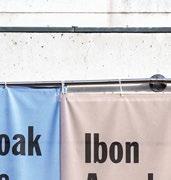
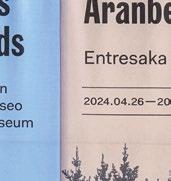
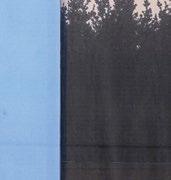
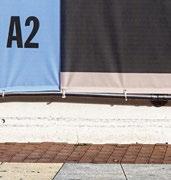
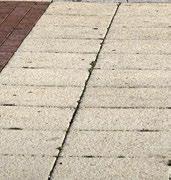
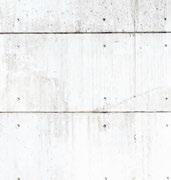
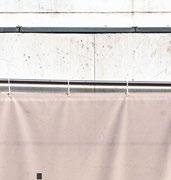
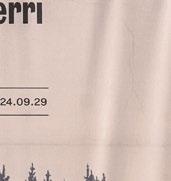
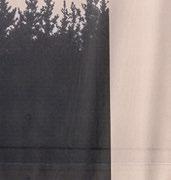

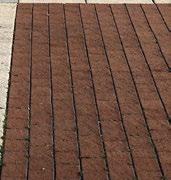




Museum of Contemporary Art of the Basque


Country, Artium Museoa, Vitoria-Gasteiz


With texts by: Ruth Noack, Shep Steiner & Miren Jaio
